Ever looked at the obé schedule and wondered: What’s the difference between Pilates, Barre, and Sculpt workouts—and which one is best for me?
All majorly effective low-impact workouts, these classes bring the burn without overly straining the body. Instead, they deliver results by toning and lengthening (from head to toe) with high reps, light resistance, and a healthy dose of core work.
To help break down the differences between these classes, we asked our expert instructors—Pilates pro Marcia M., Barre ballerina Katherine M., and Sculpt specialist Michelle B.—for the 101 on each modality.
But, spoiler alert, the one thing you can always expect to get out of all three? “Long, lean muscles that are strong and capable,” says Marcia. (Plus, they all count as forms of strength training).
Pilates: Stretch + Strengthen
Originally developed as a rehabilitation method for injuries, Pilates is an anaerobic type of strength training, involving short bursts of higher intensity movements—while remaining no-to-low impact. Precision, control, and concentration are key, which means it’s exercise for your brain as well.
“The goal of Pilates is to empower the smaller muscles to work with the larger muscles, thus creating harmony throughout the body,” says Marcia.
By connecting movement to breath, Pilates deepens the connection to your transverse abdominals (translation: your deepest, stabilizing core muscles) and puts them into work mode. The result: “A more aligned spine and a pain-free body,” Marcia explains.
And that’s one of the best reasons to give Pilates a taste: All bodies can benefit from this class, at any stage of life—especially those looking to build up their core, stand taller, and get stronger.
“Pilates stretches and strengthens the muscles at the same time,” Marcia says. “You can’t beat that combo platter.”
Not to mention, it’s extremely versatile and always adaptable to meet you at your level. Typically, you don’t need any equipment, and if you need to take it down a notch, there’s always a modification available. But if you want to add some spice to your life (à la Mary’s Hard AF Pilates), you can increase the challenge with bolder, higher-level variations.
What to expect in Pilates: Medium-intensity, no-impact movements like the 100s, teasers, and side-lying series.
Barre: Balance + Precision
Derived from ballet (hello, dancer physique with no dance experience needed), Barre is a powerful low-impact, high-intensity combo with elements of yoga, Pilates, and a touch of cardio. You only need a chair (your at-home “barre”), though many classes level up with a barre ball, ankle weights, or hand weights.
While the individual micro-but-mighty movements are designed to isolate and fatigue one muscle, they require full-body engagement to properly execute. So that killer leg (shaking) sequence? It’s also working the abs, diaphragm, obliques, shoulders, and glutes—to name a few, Katherine says.
Another key difference, adds Katherine, is that every Barre movement is done using external rotation, meaning they fire up the (often overlooked) smaller muscles running along the midline of your body, leaving you sore in all the right places.
That’s why Katherine recommends Barre to “every body and everybody:” The stronger your small muscle groups become, the easier it will be to exercise those large muscle groups.
Barre focuses on balance and body awareness in a way that brings everything to life. As a result, your muscle memory forms faster, allowing you to “bring what you practice in Barre into your daily life.”
In other words, that graceful Barre posture and powerhouse abs will carry into your daily life and improve the way you stand, sit, walk, and move about your day.
What to expect in Barre: Medium-intensity, no-impact (unless you’re leveling up for Barre Cardio) movements like squat pulses, planks, and standing seat work.
Sculpt: Stregnth + Cardio
This brings us to Sculpt—obé’s signature combo, and the ultimate beat-driven, full-body burn. Expect lots (and lots) reps that work every major muscle group, plus some more traditional exercises like planks, squats, and even a push-up or two. A few obé Sculpt classes are no-equipment, though most will involve props, like hand weights, ankle weights, or a resistance loop.
Part muscle toning, part muscle lengthening, and part cardiovascular training, Sculpt is a sure way to improve your endurance, strengthen your muscles, and—as with Barre and Pilates—build major core strength.
While it’s safe for any fitness level, Sculpt can get spicier and the pace moves more quickly than Pilates or Barre. Also, unlike Pilates, your spine won’t always be neutral—you’ll be moving in different directions and angles.
Anyone can reap the benefits of Sculpt, but “it’s especially effective for those looking to cross-train, like runners, cyclists, and weightlifters, as well as anyone wanting to build lean muscle mass, or keep their workouts low-impact due to injury,” Michelle notes.
What to expect: Medium-high intensity, low-medium impact movements like standing arm sequences, glute bridges, and donkey kicks.
Curious about other classes? Here’s the full breakdown of all obé class types.

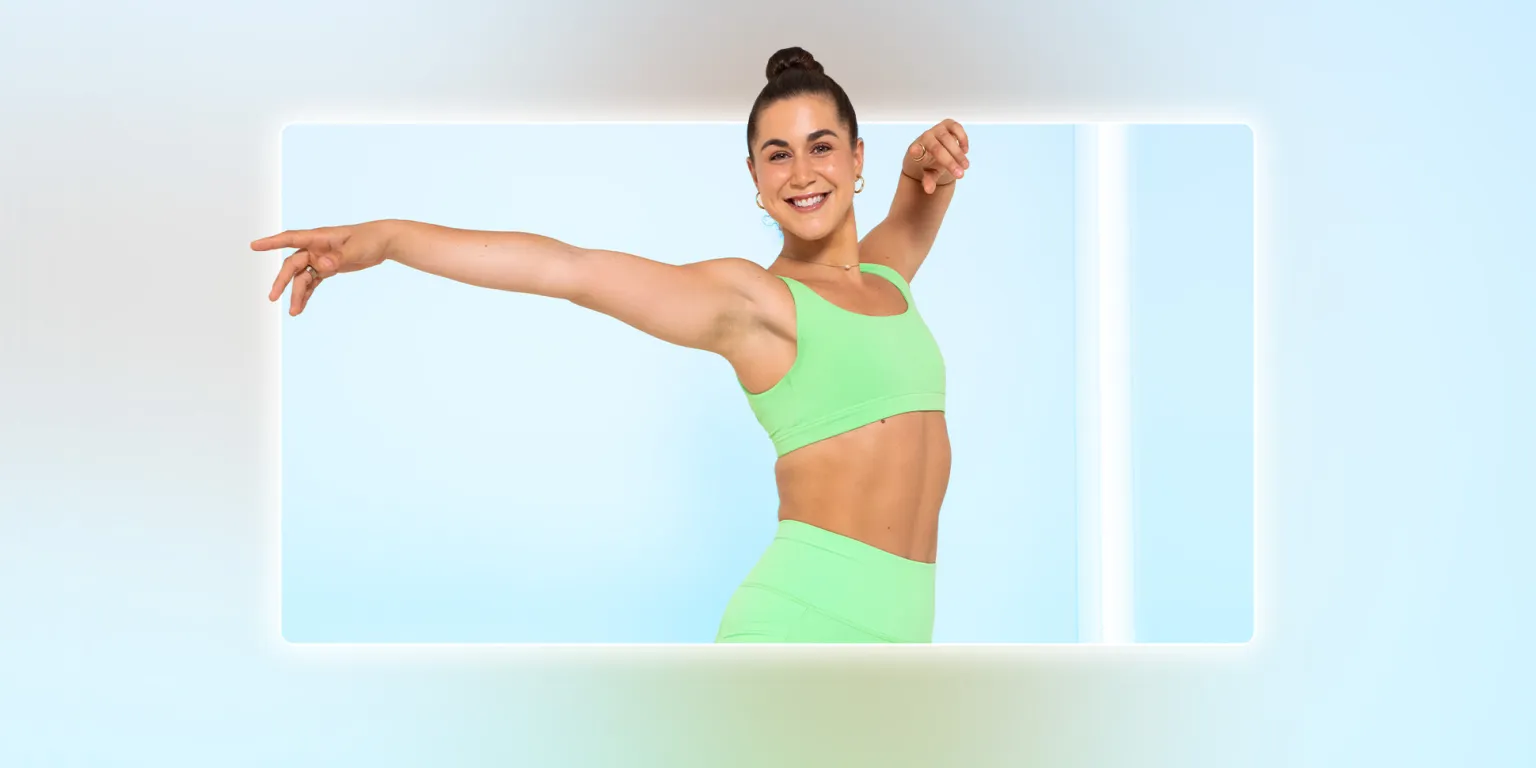
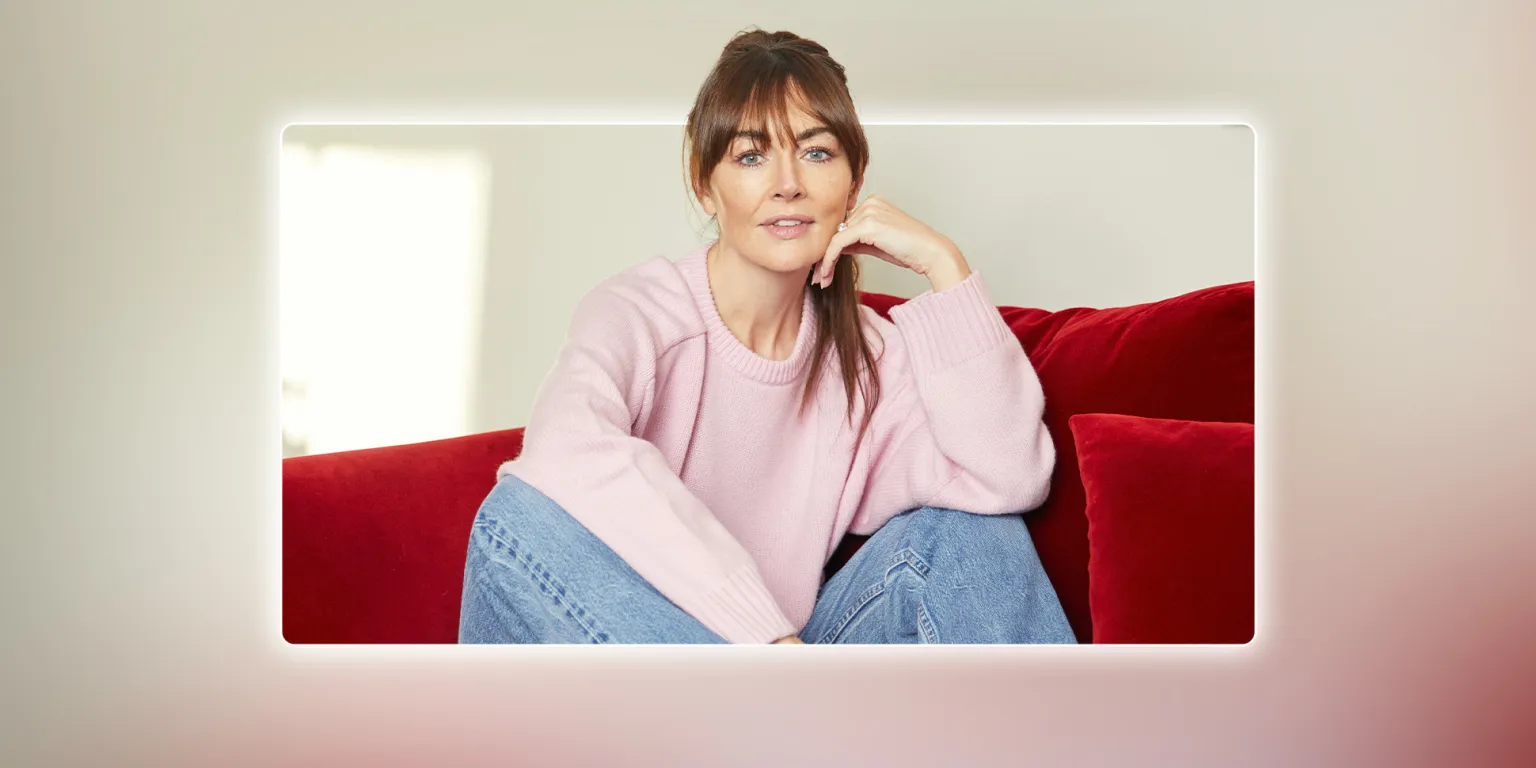


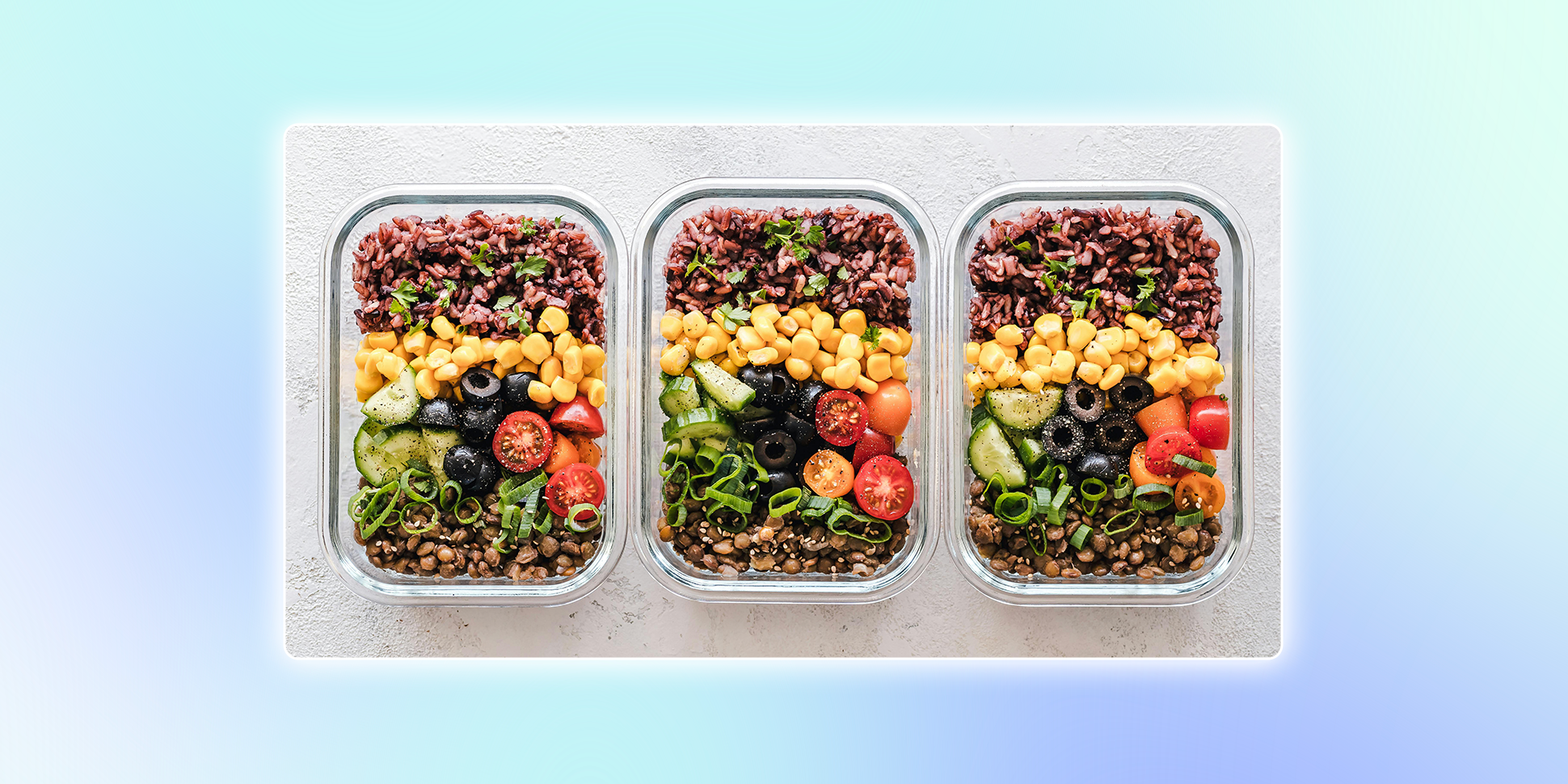
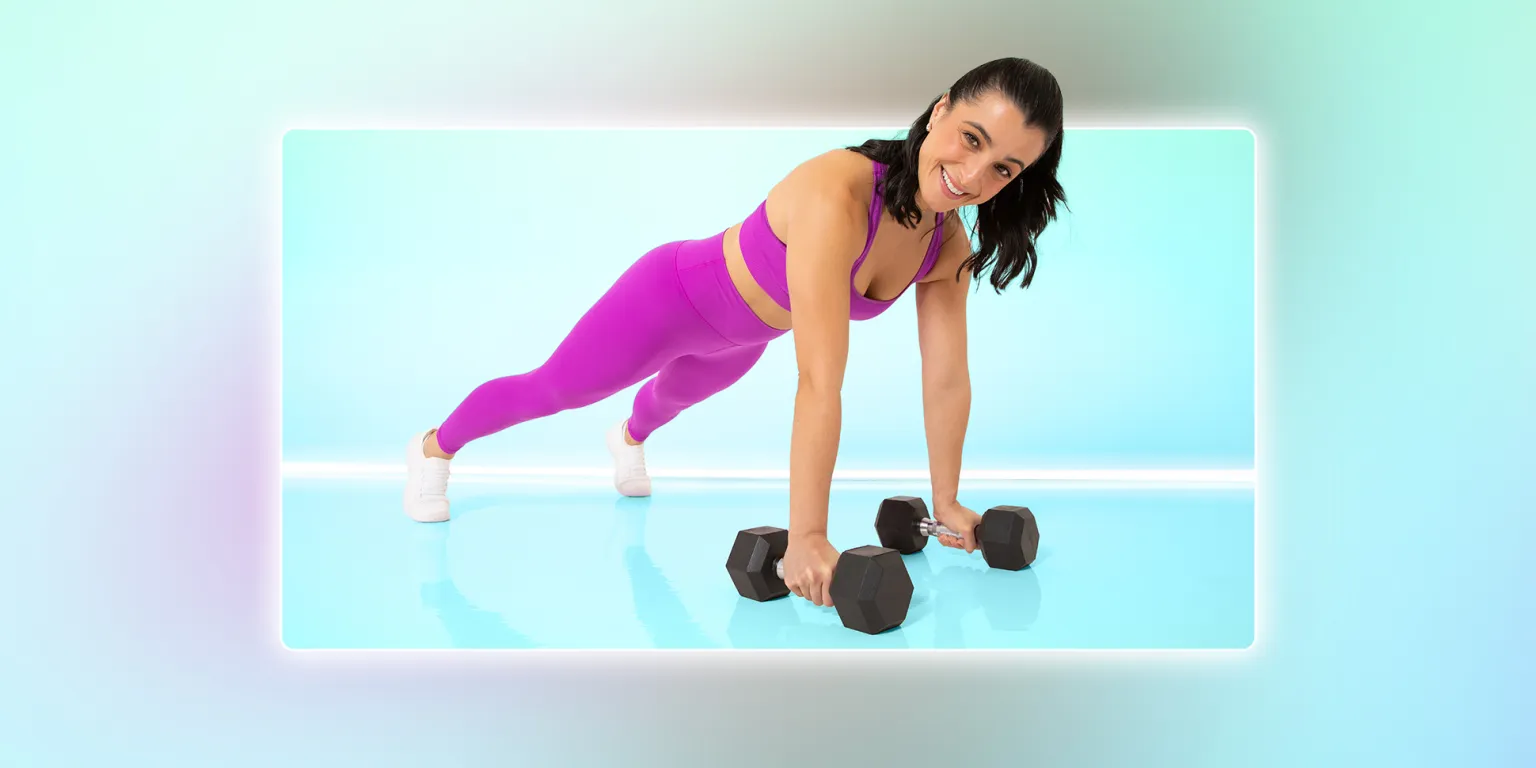
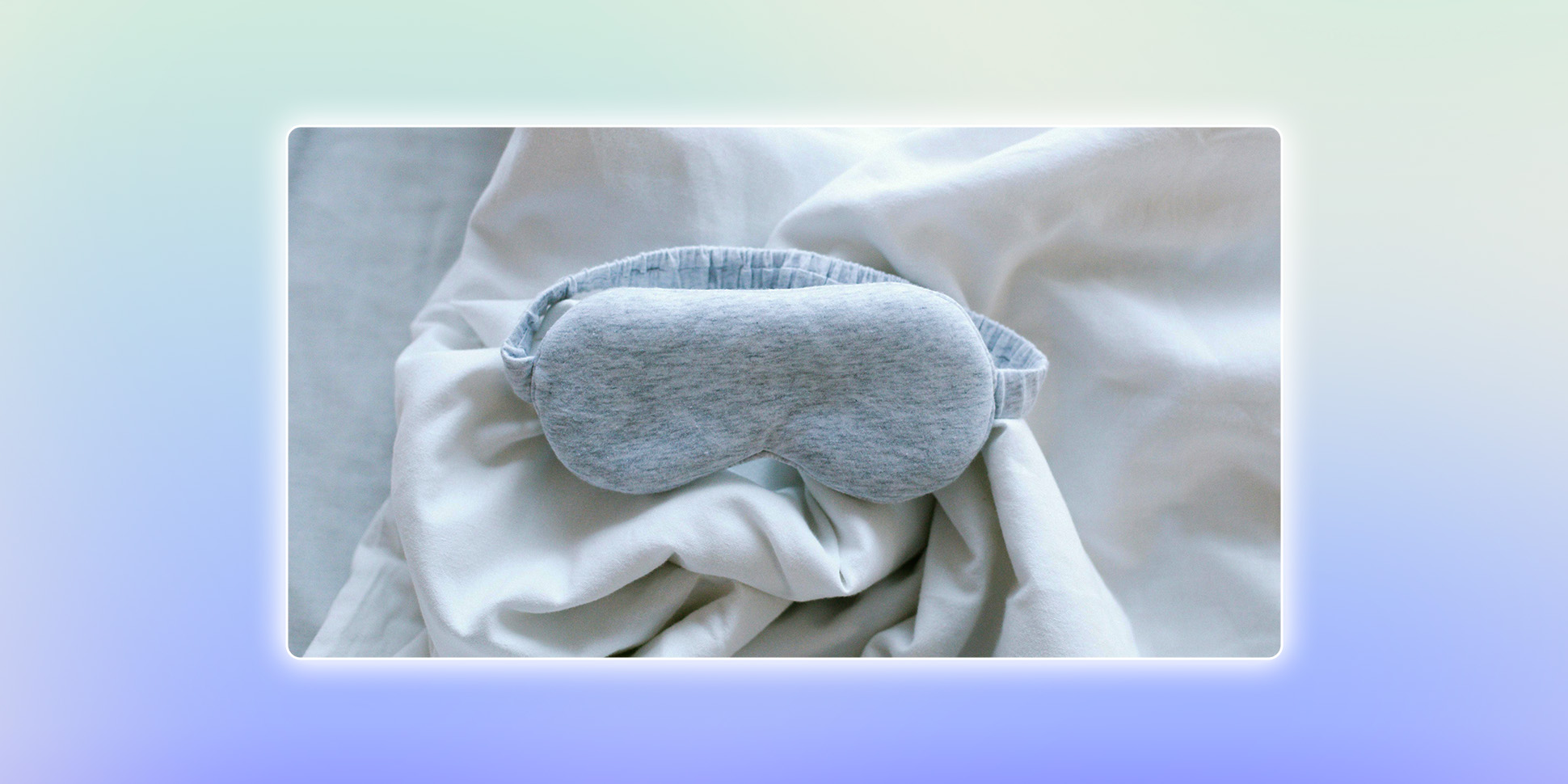
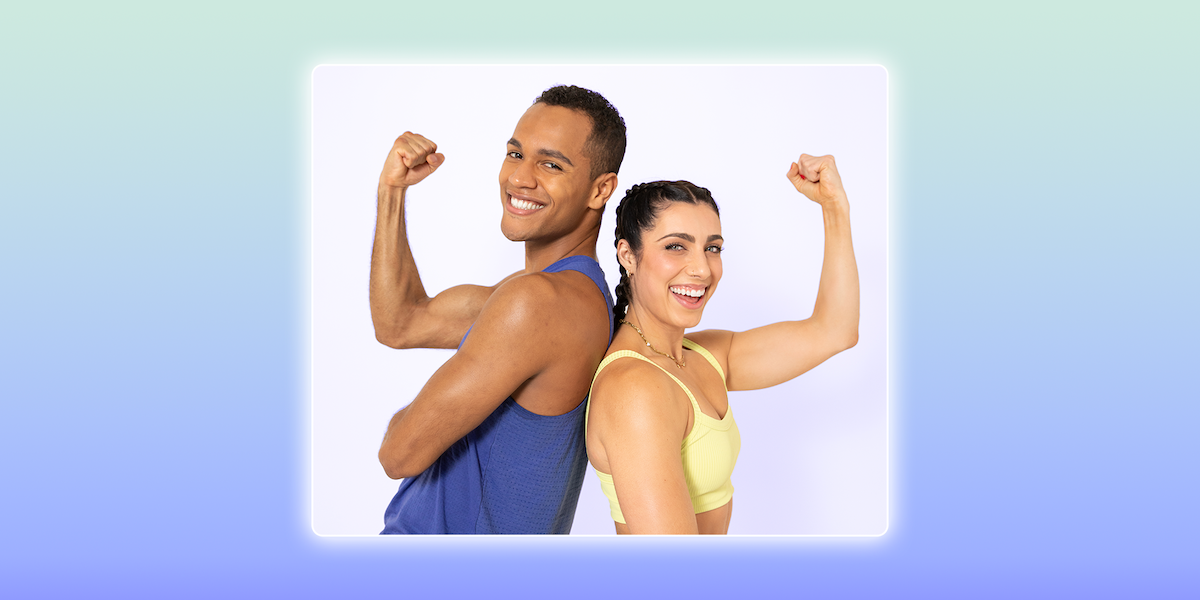
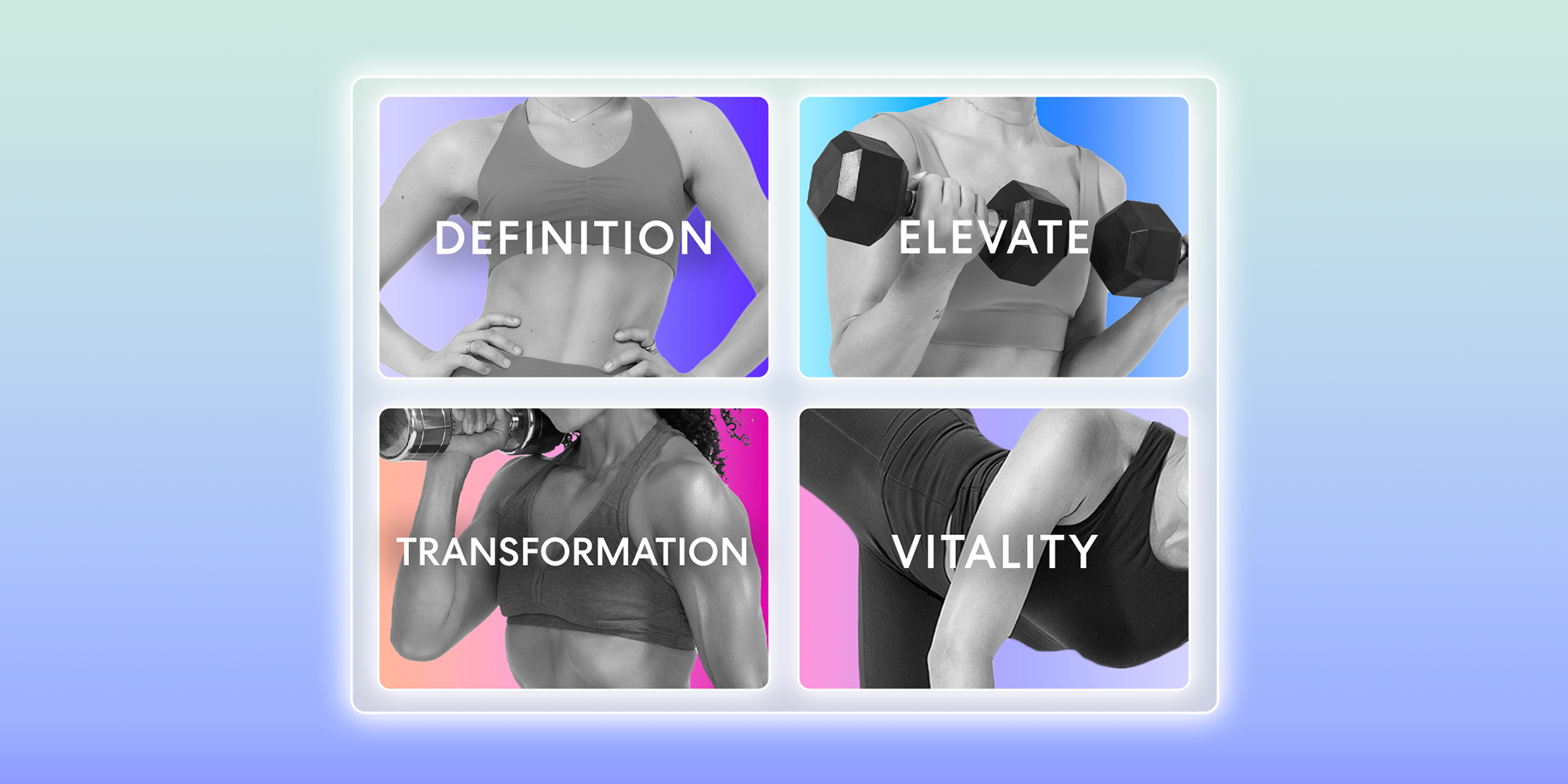
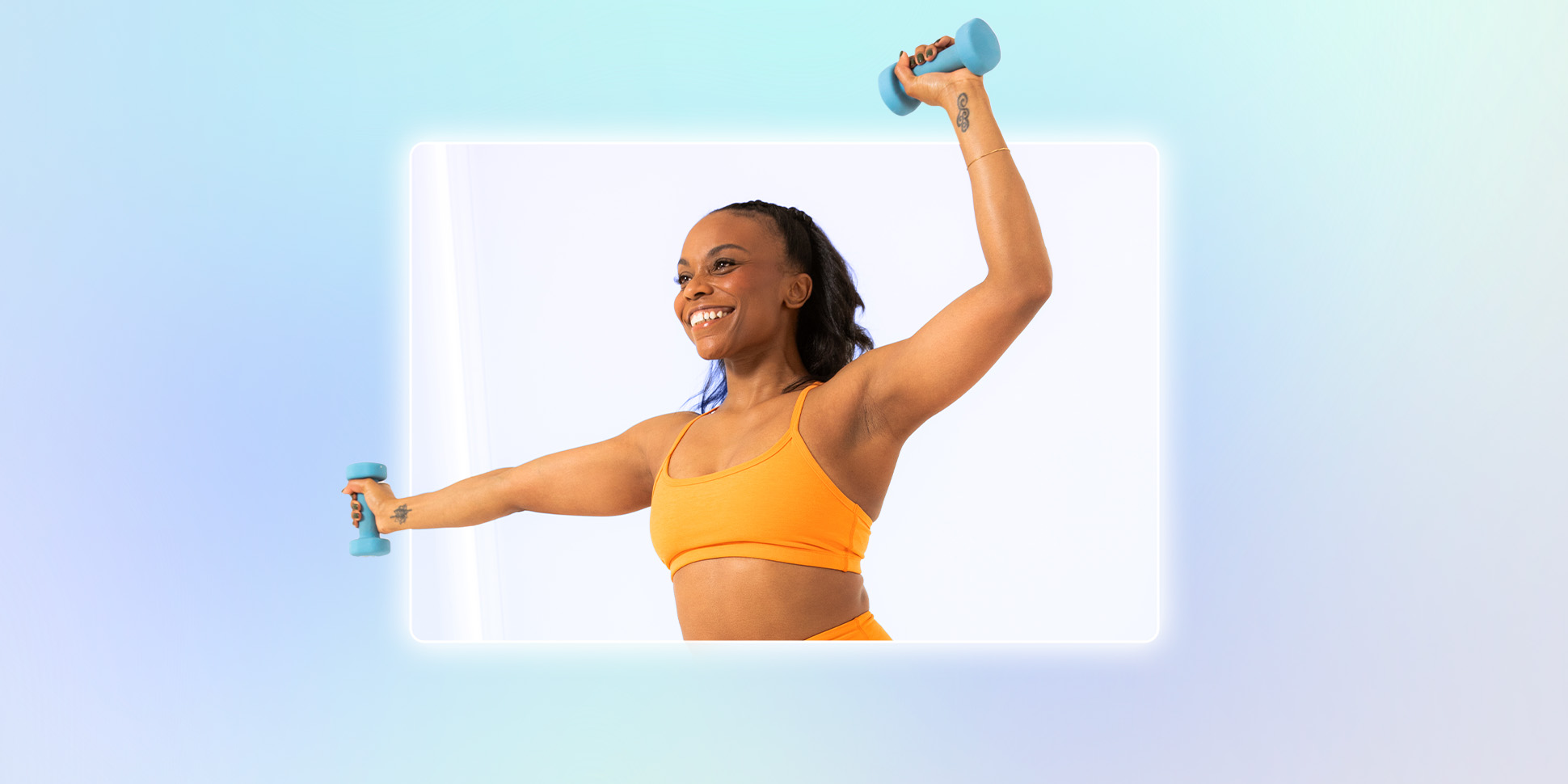

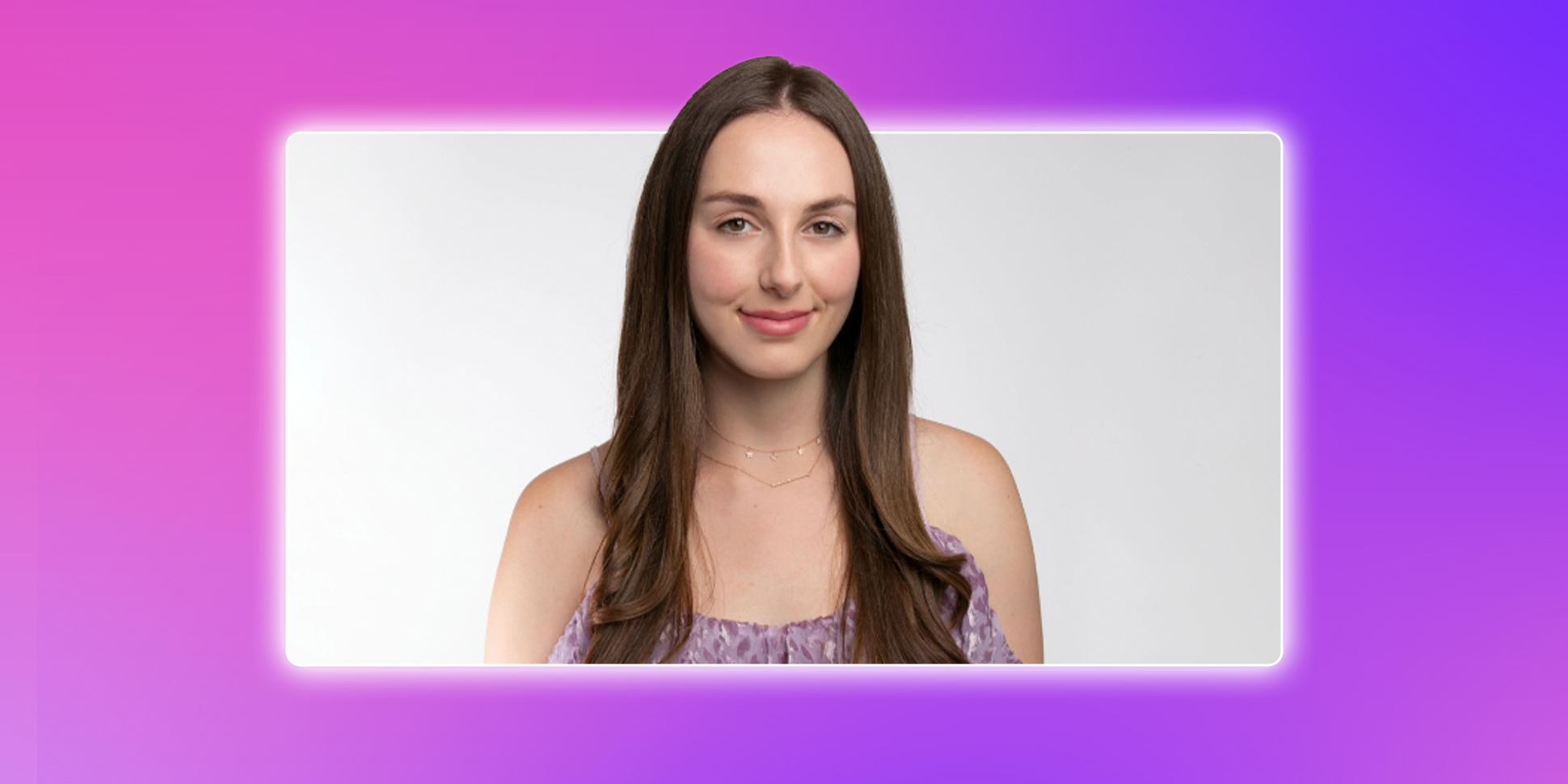
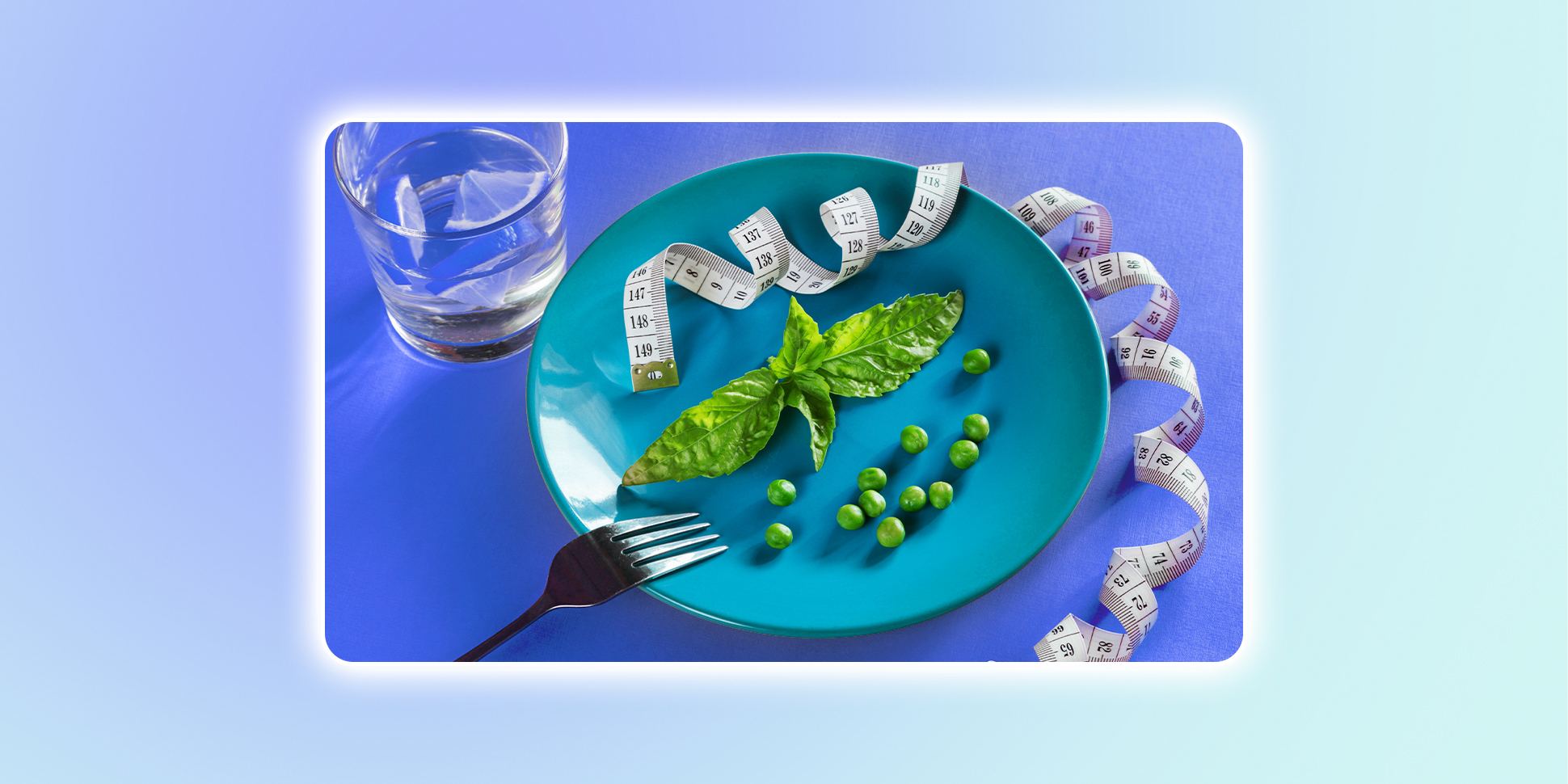

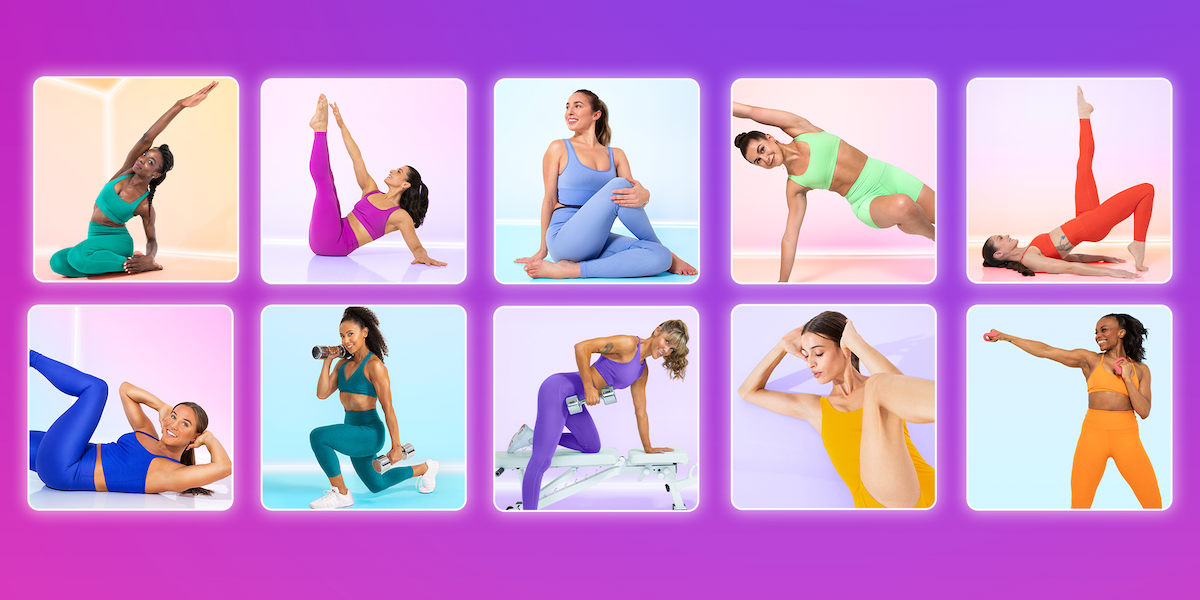

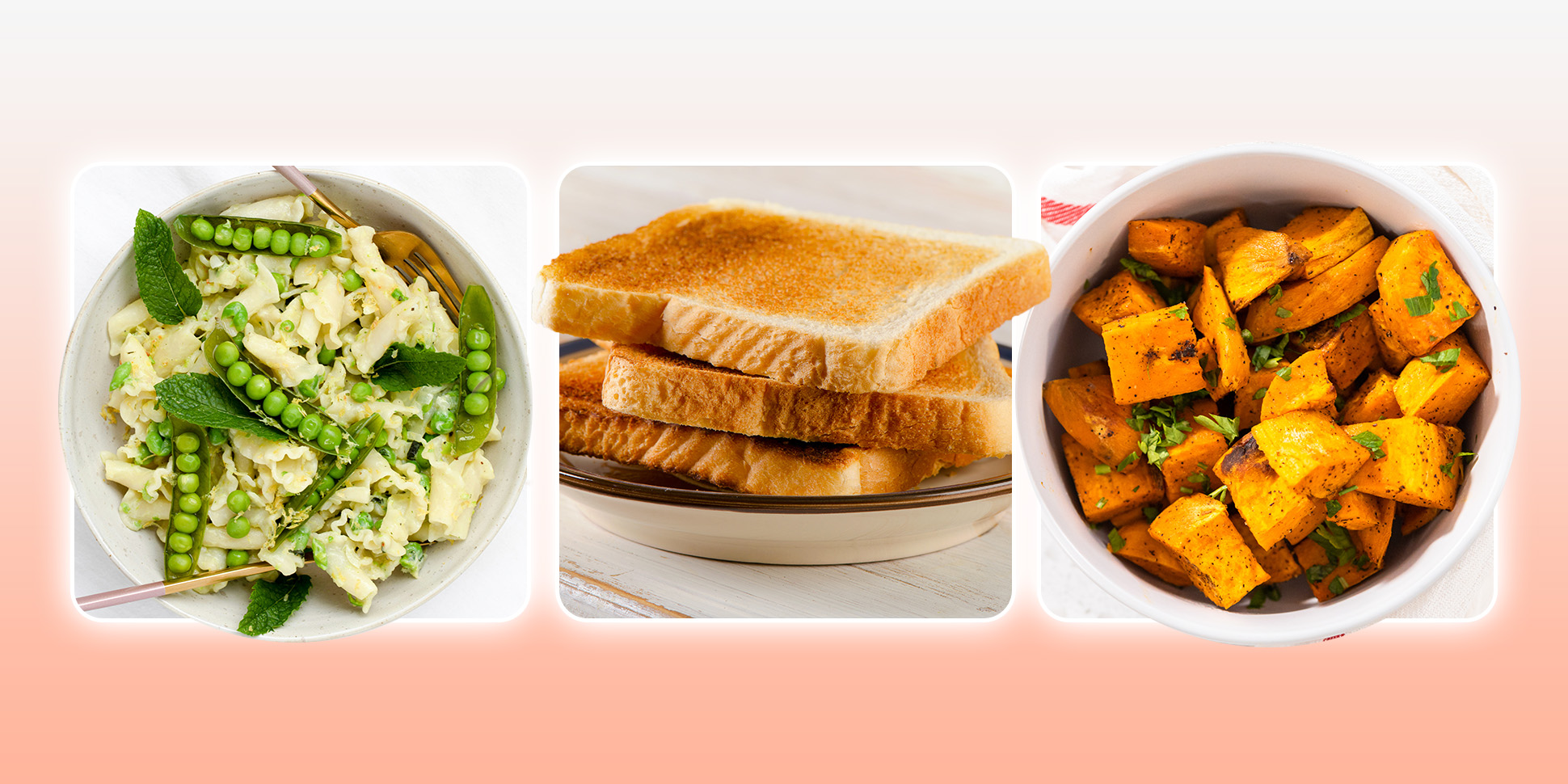
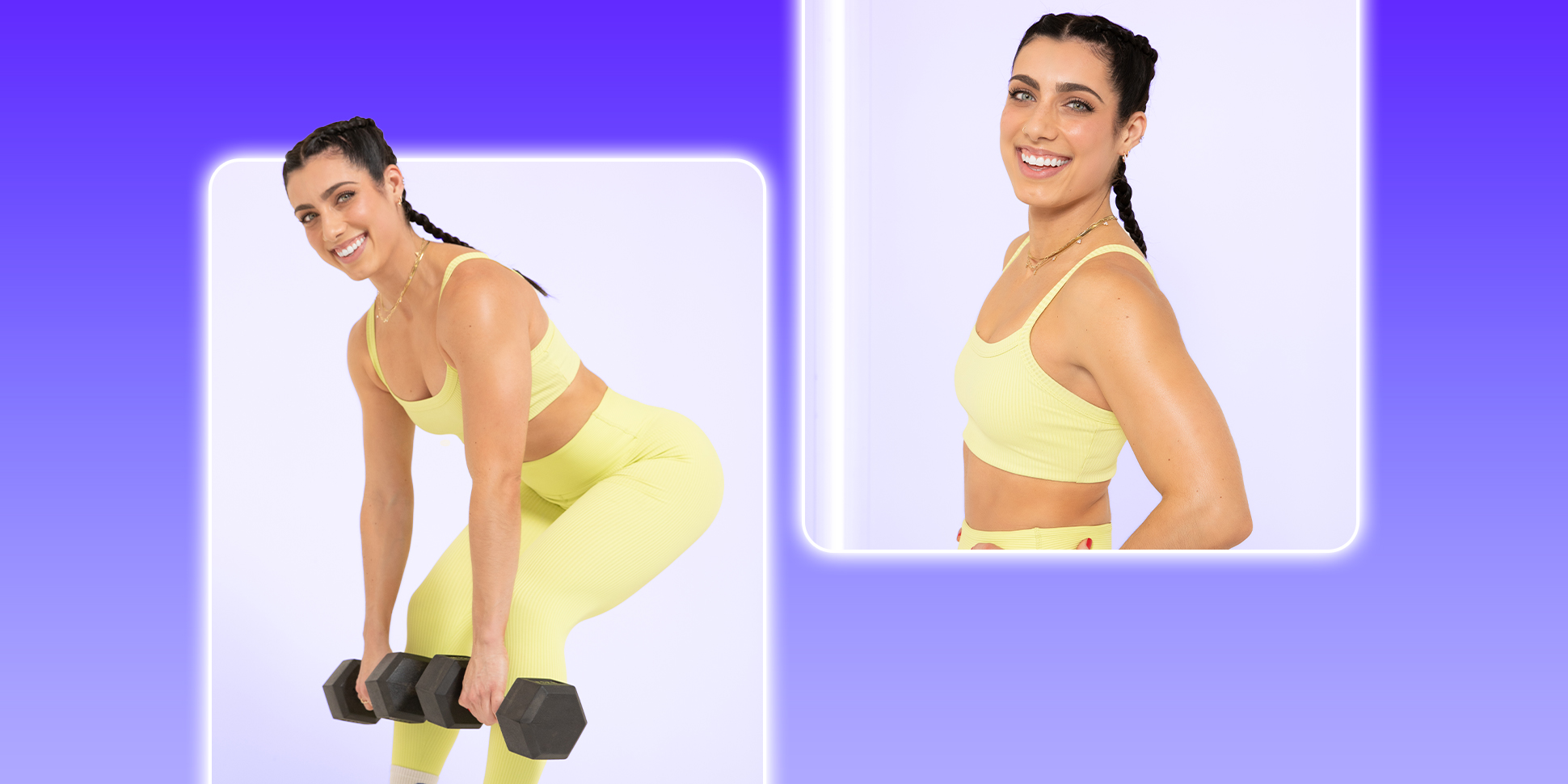
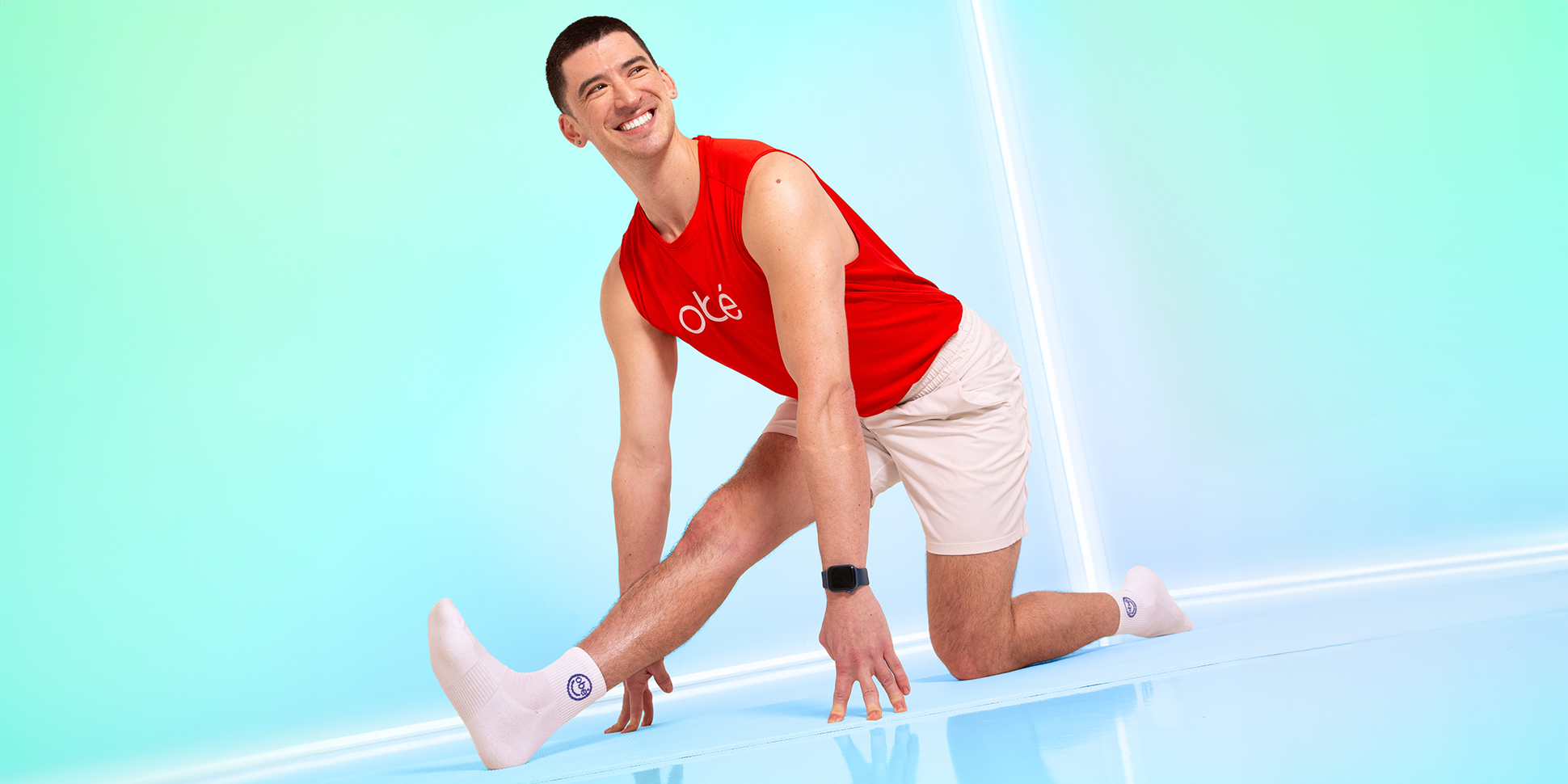

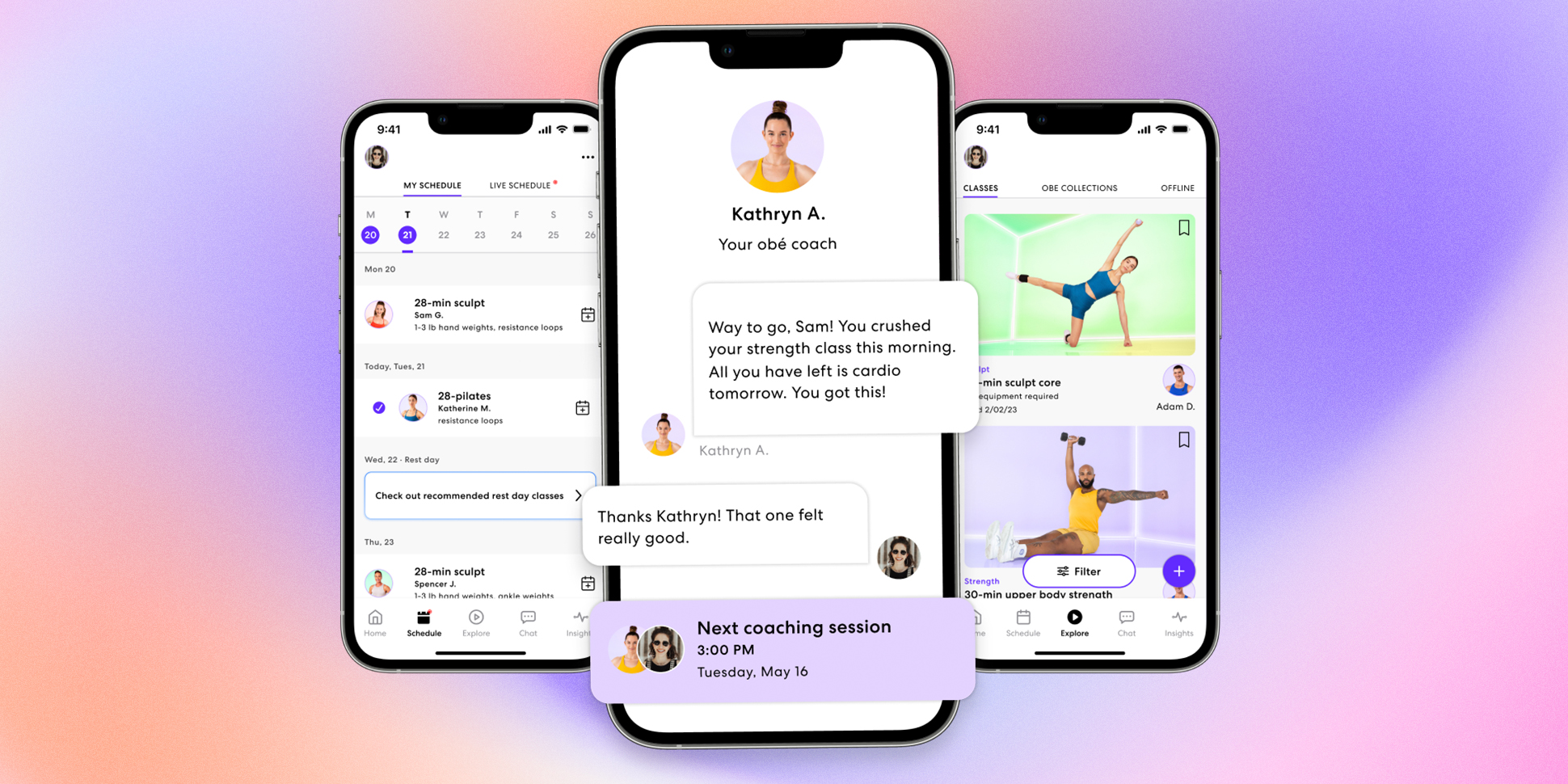
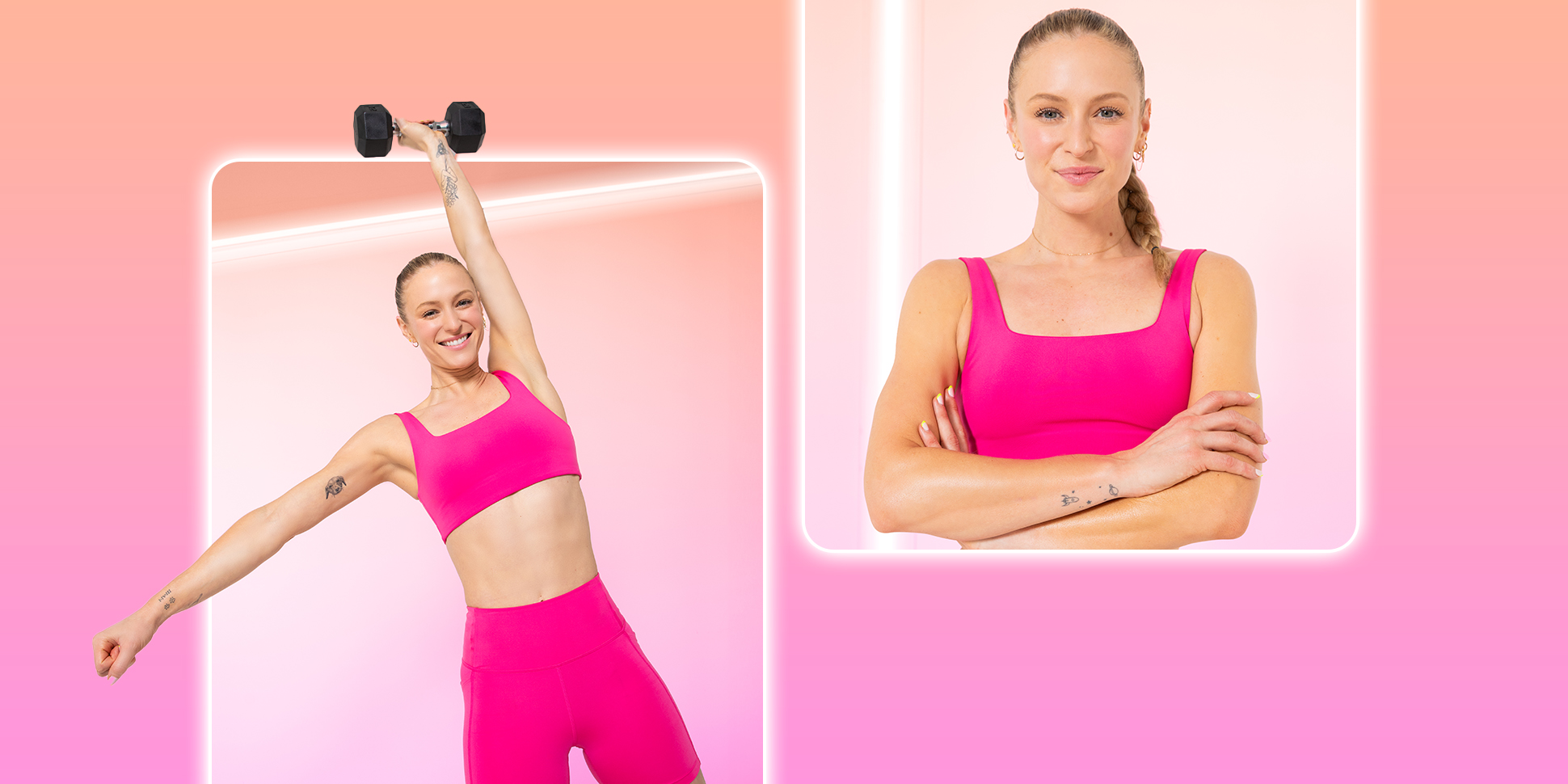
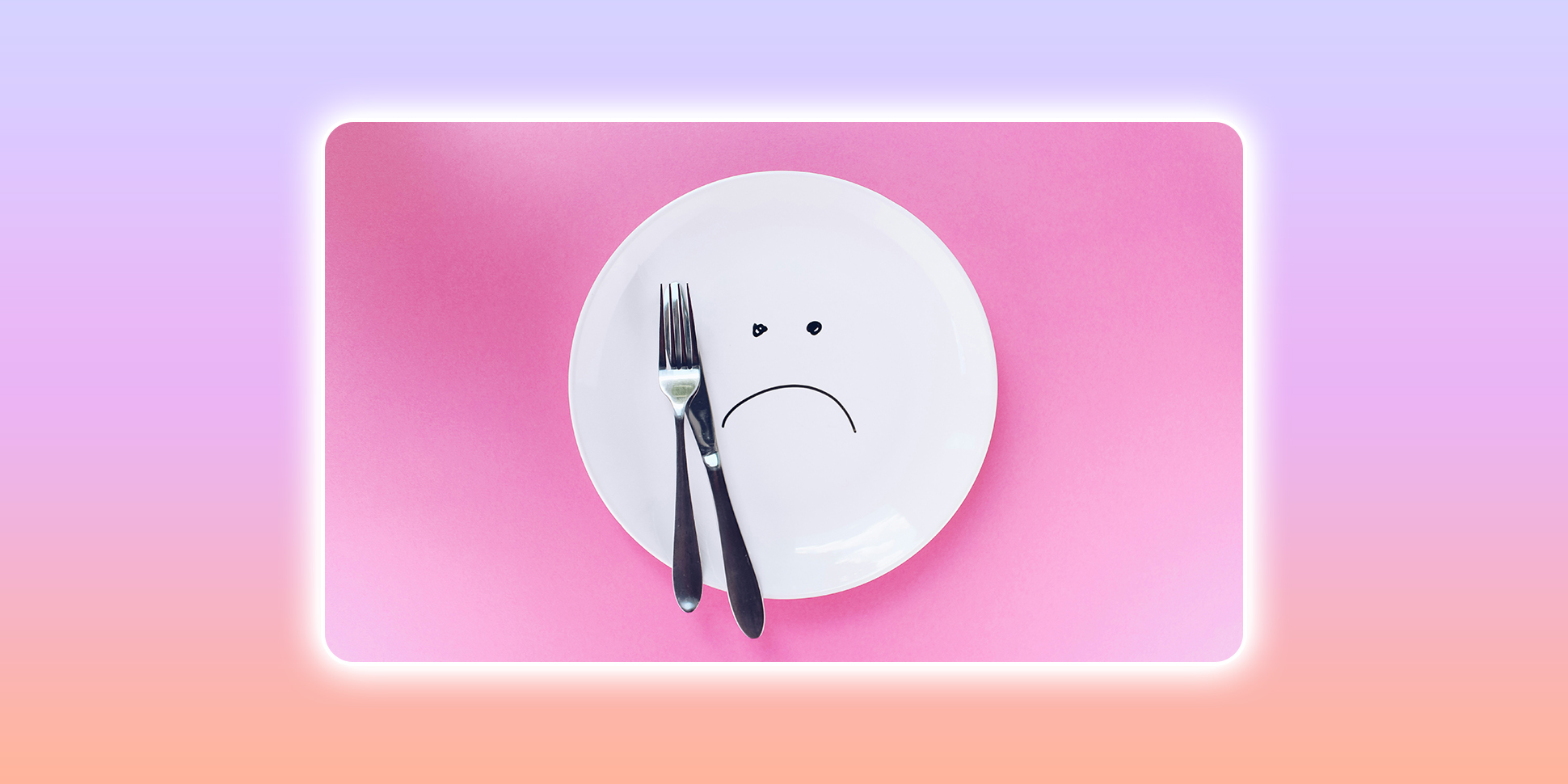
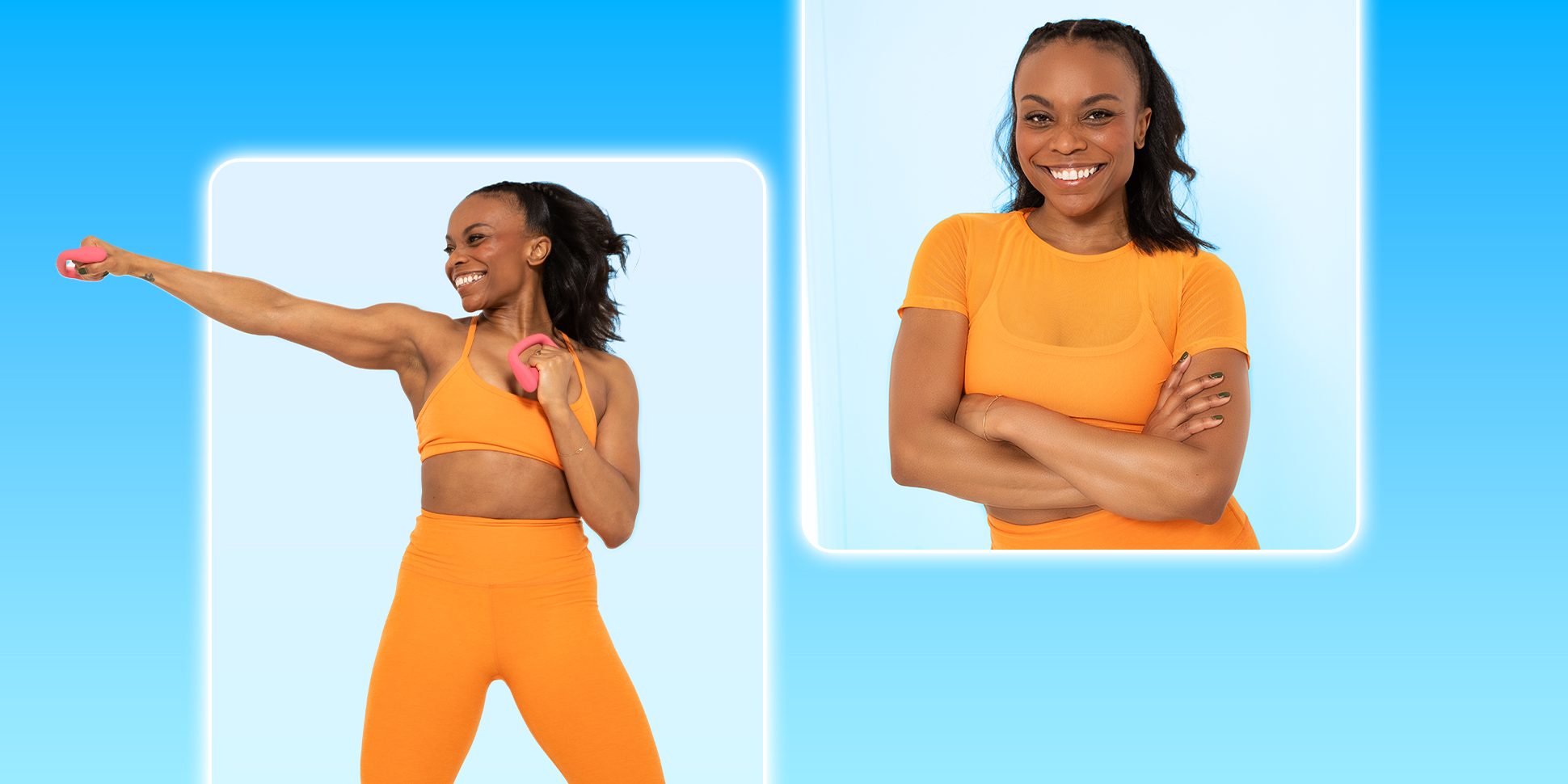

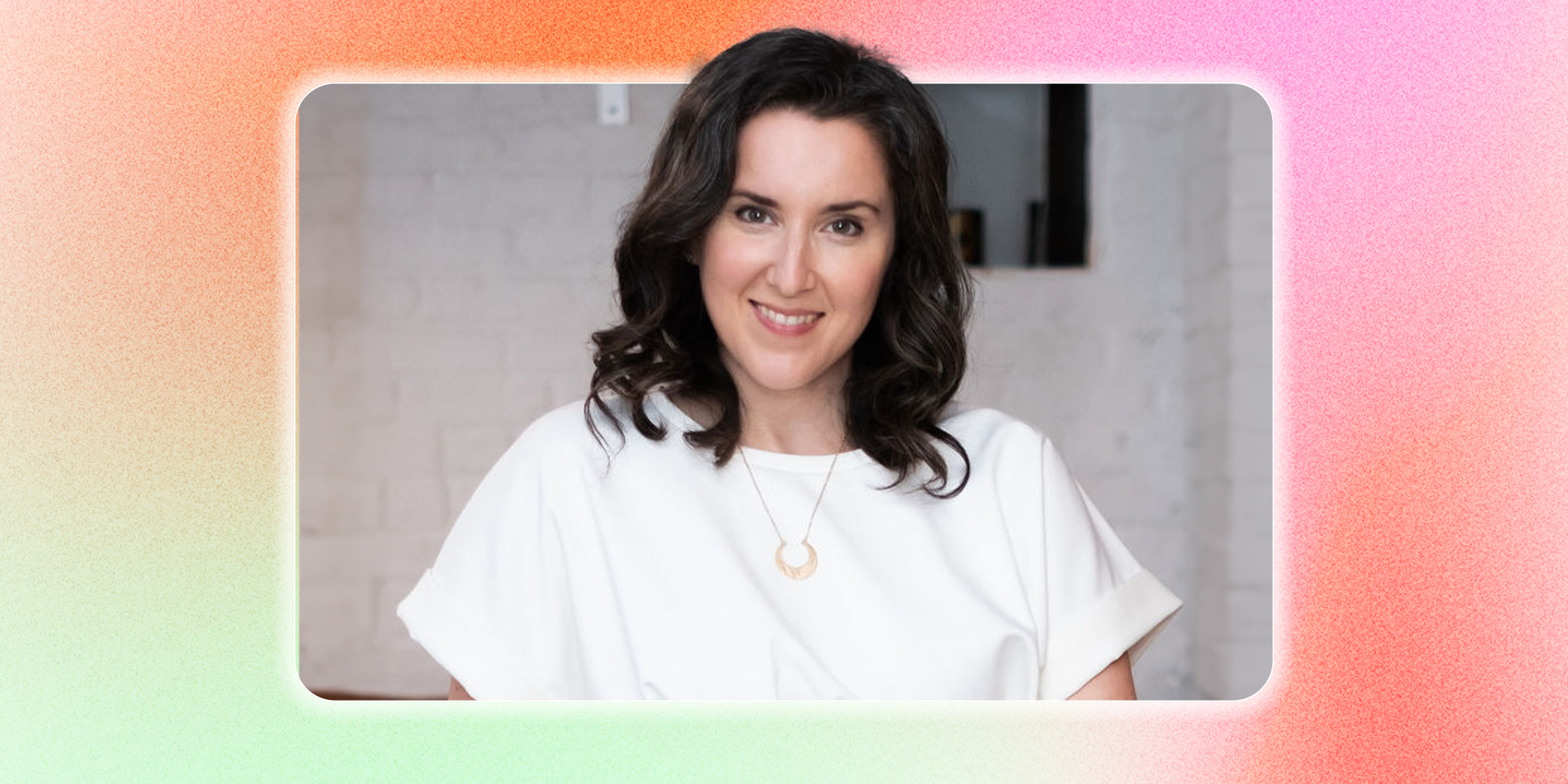
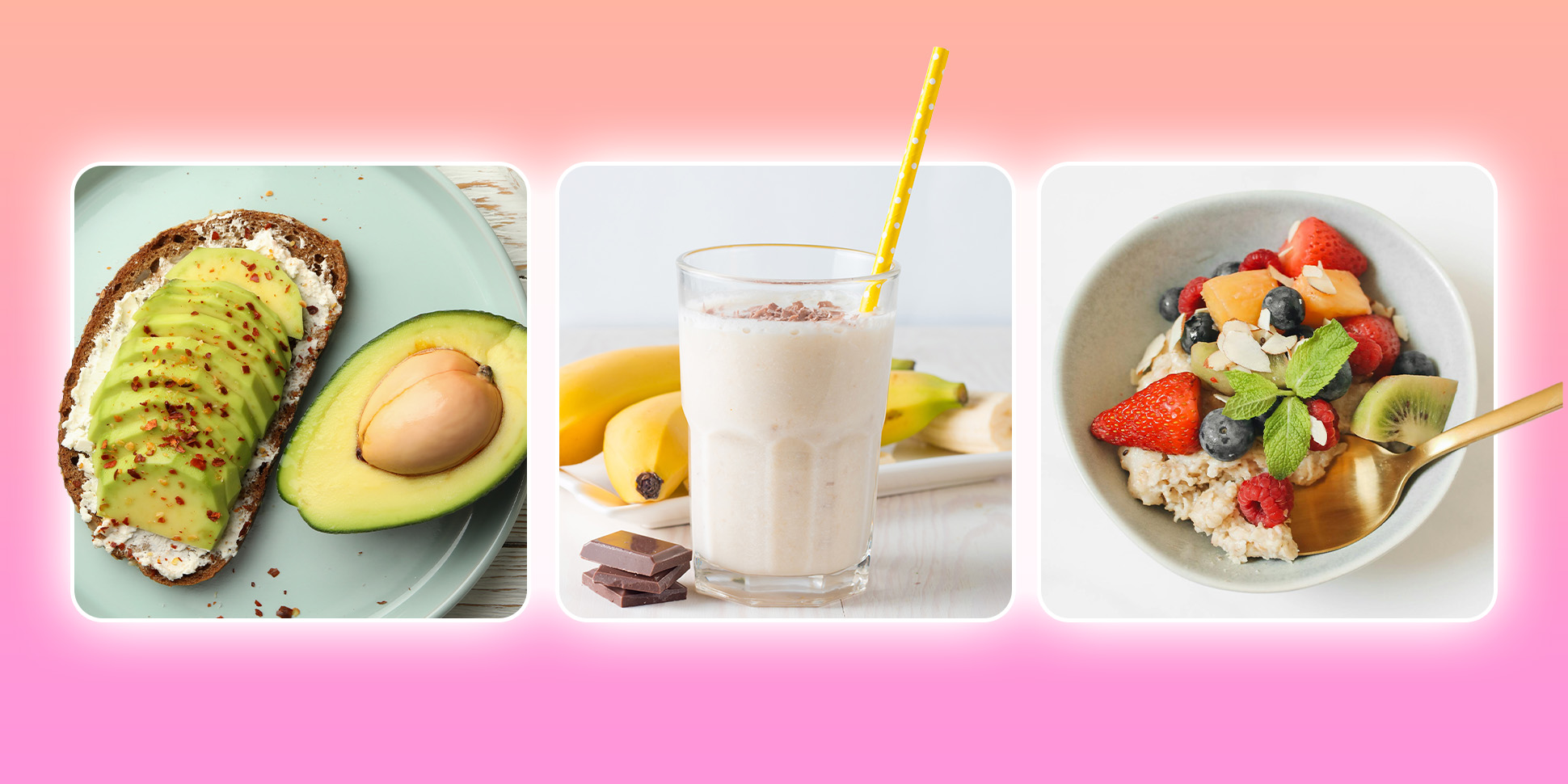
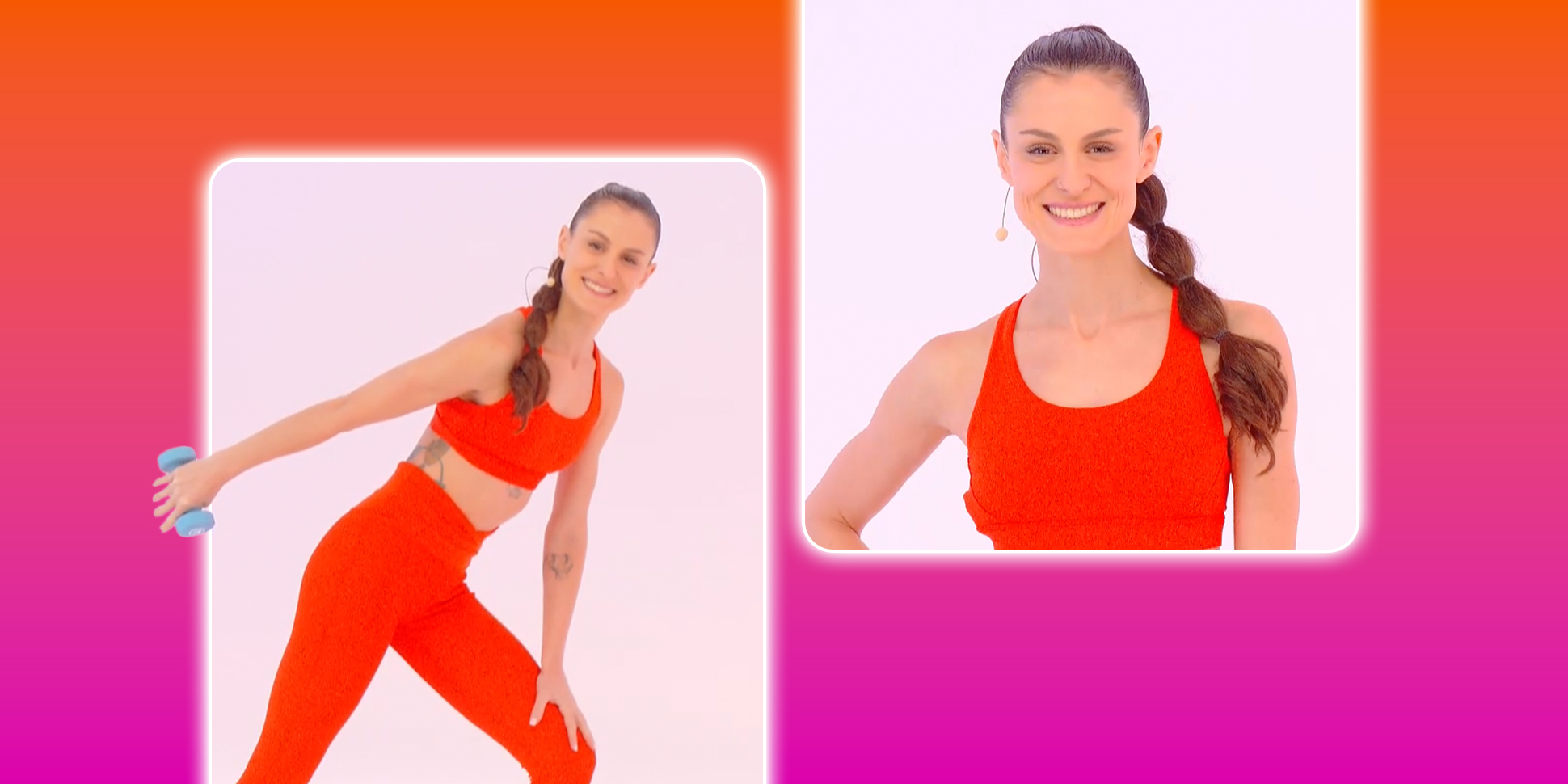
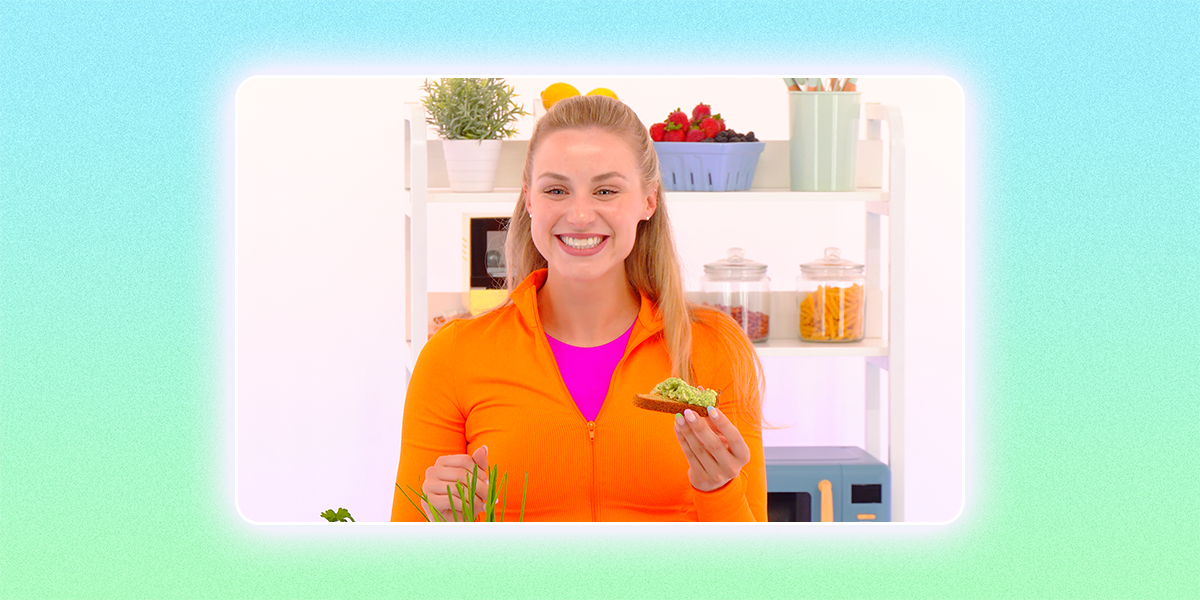

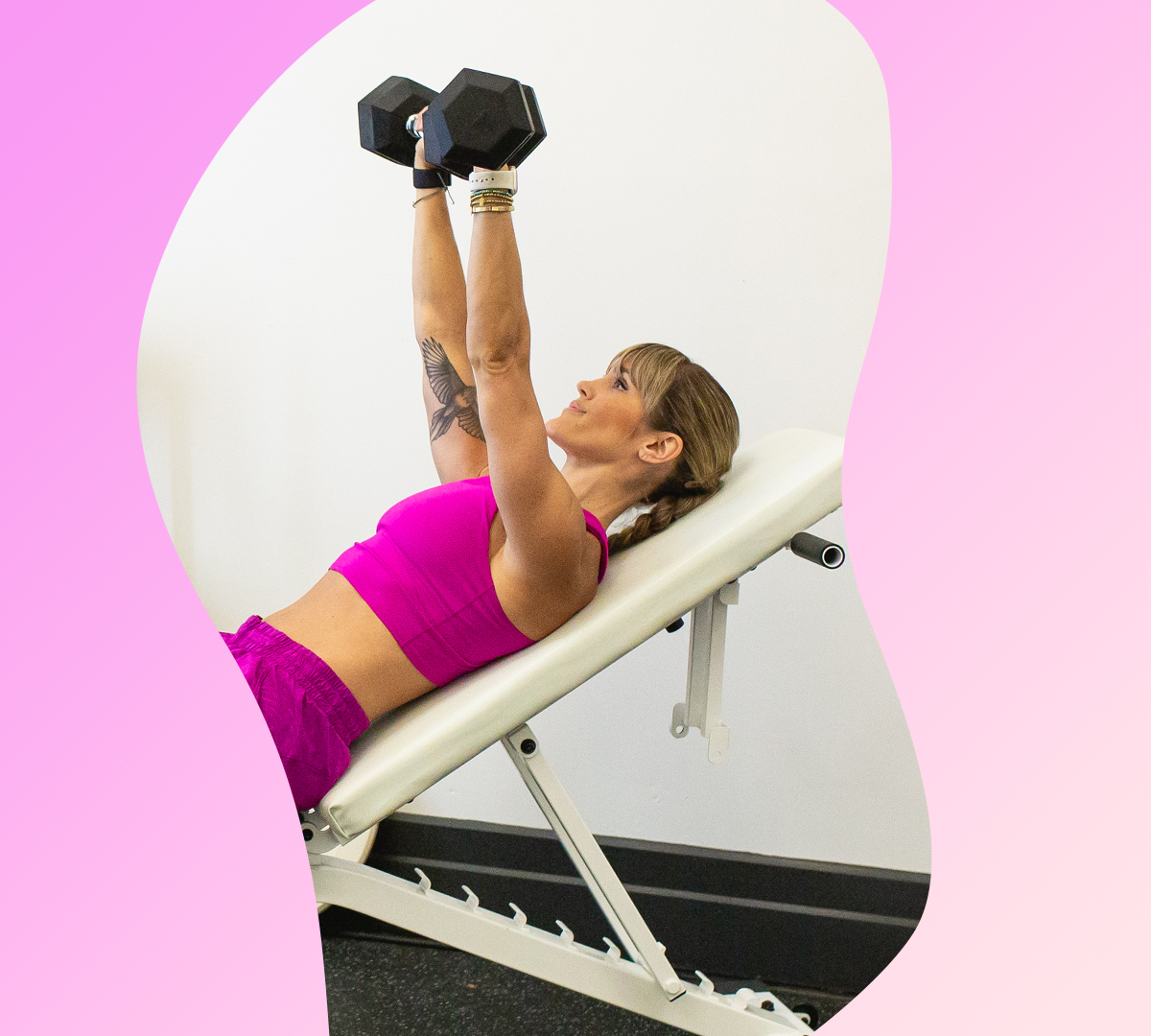
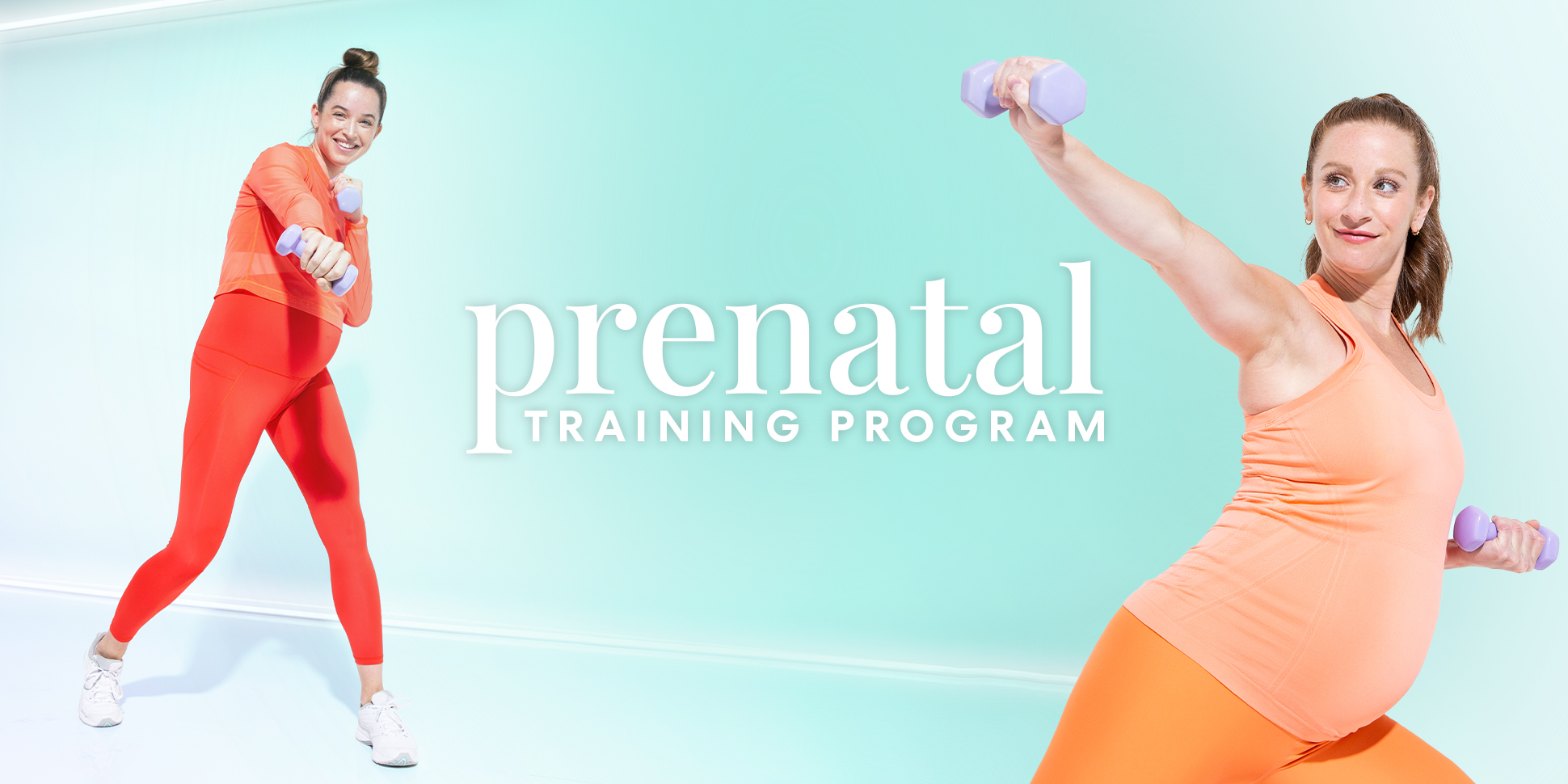


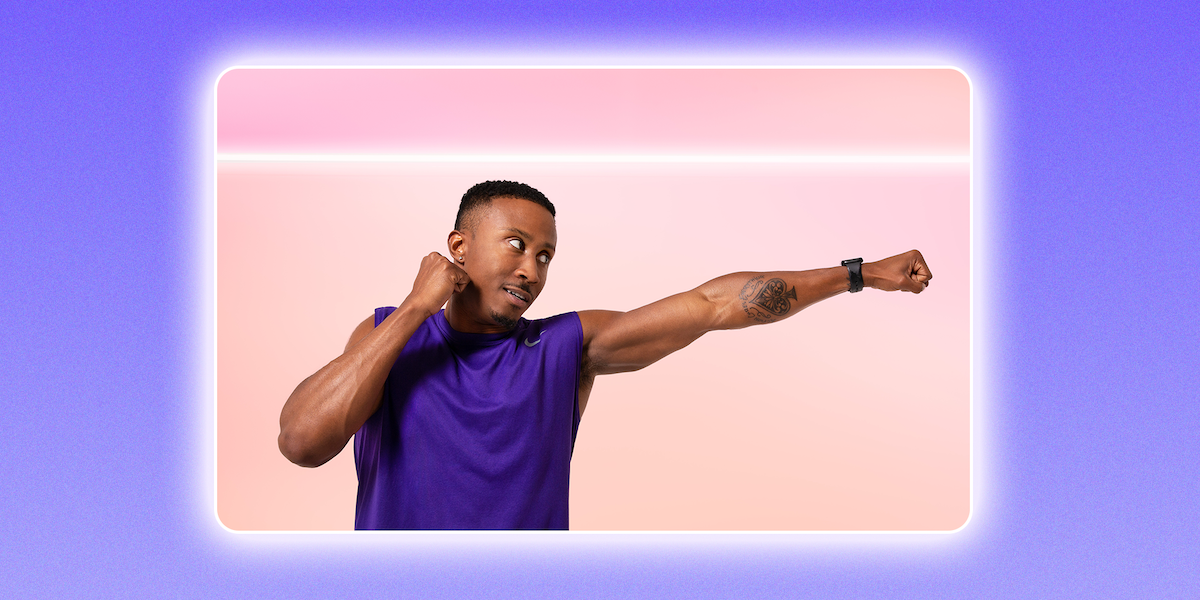
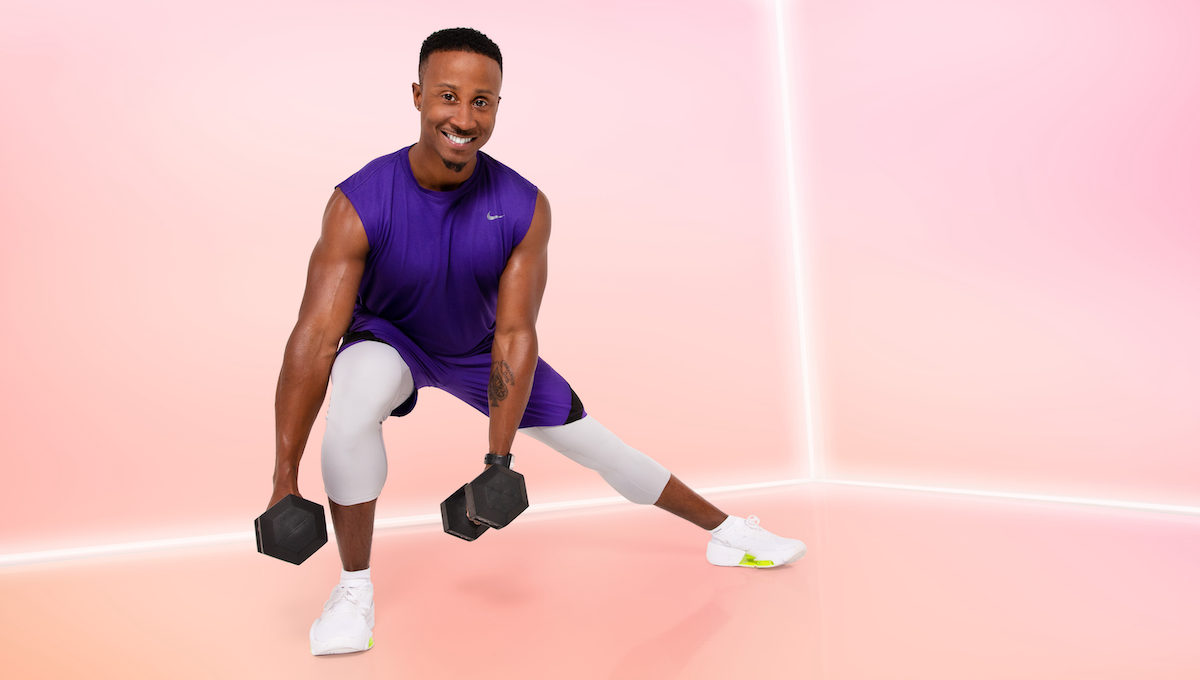

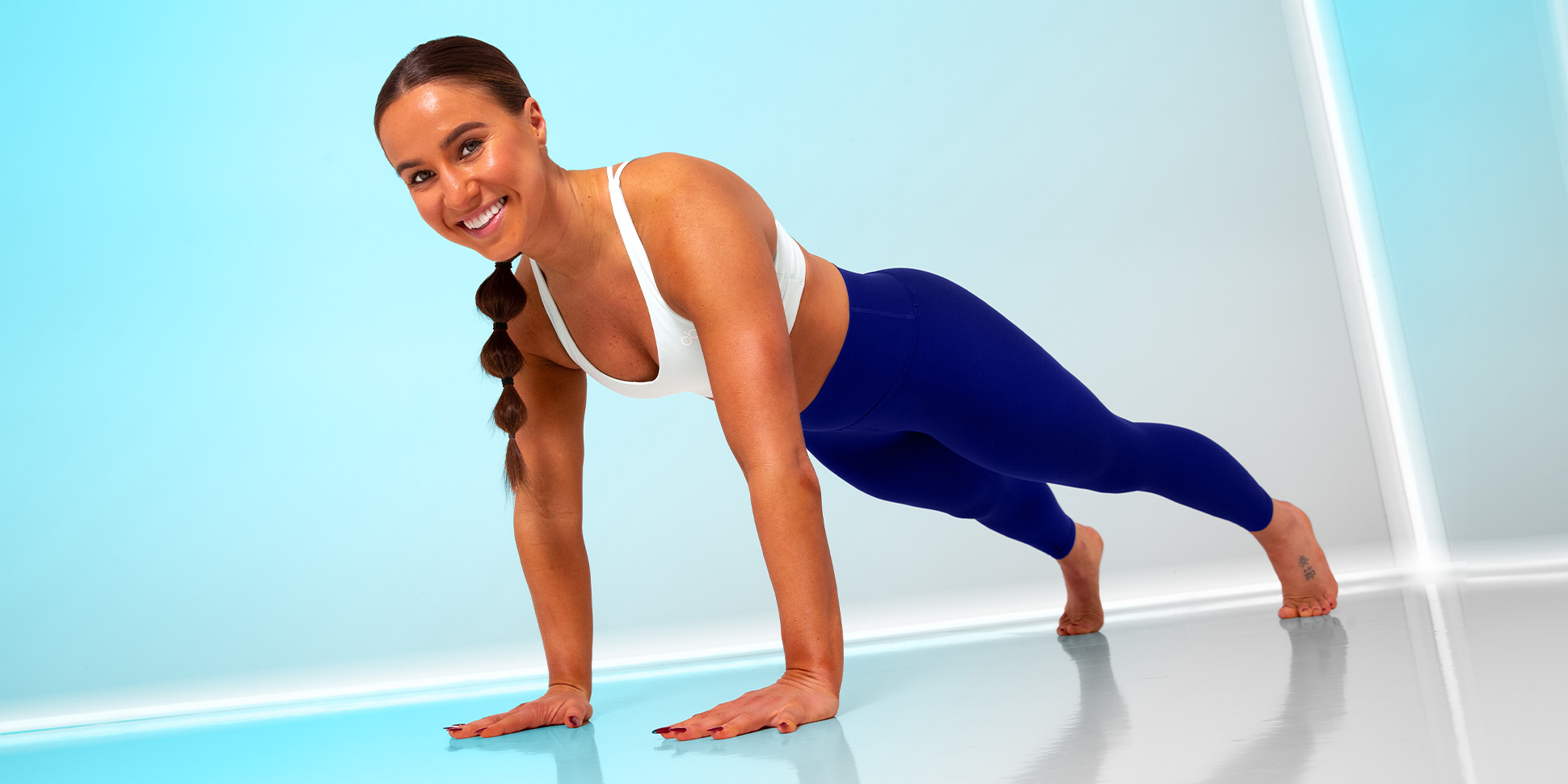
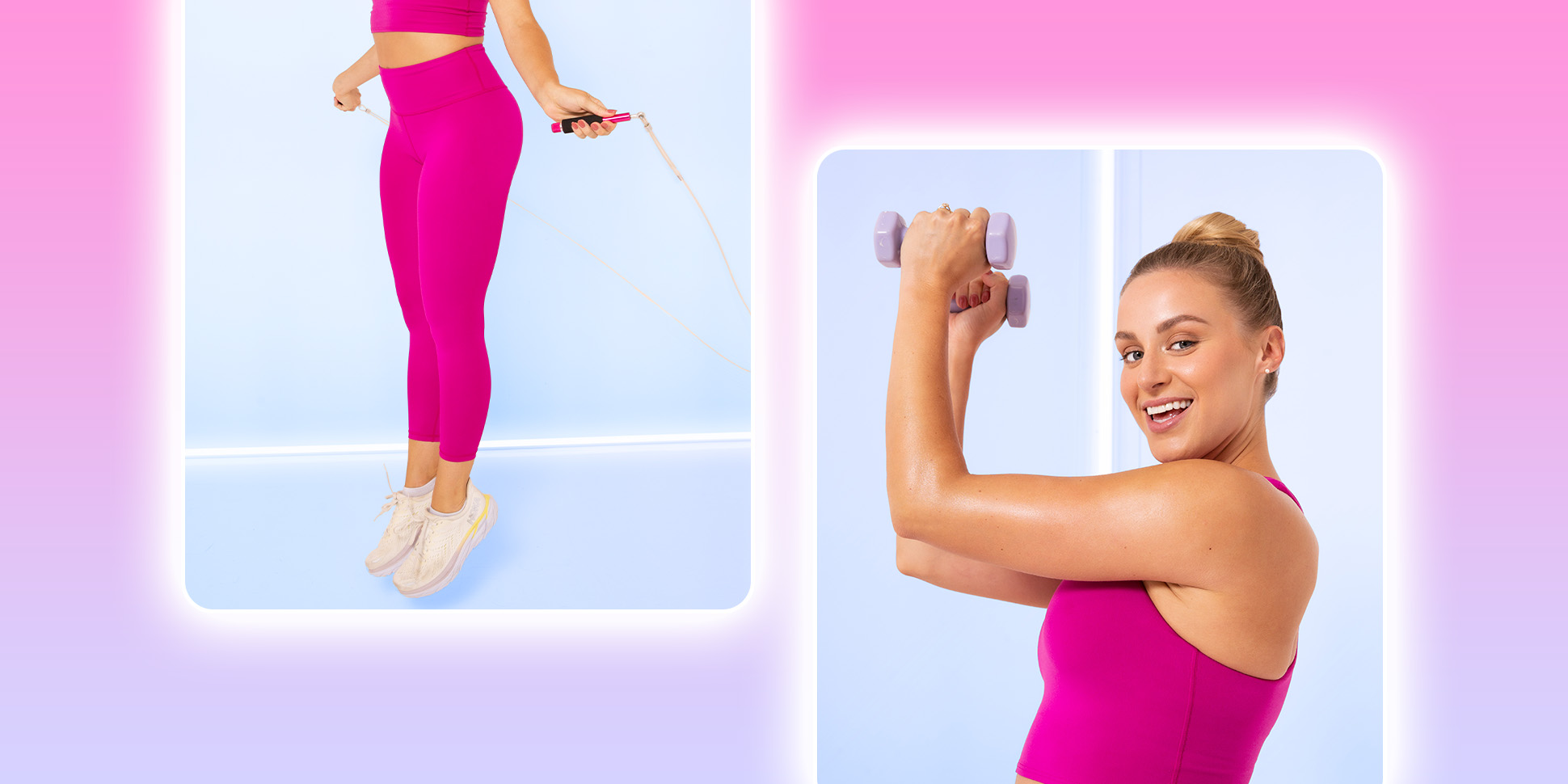

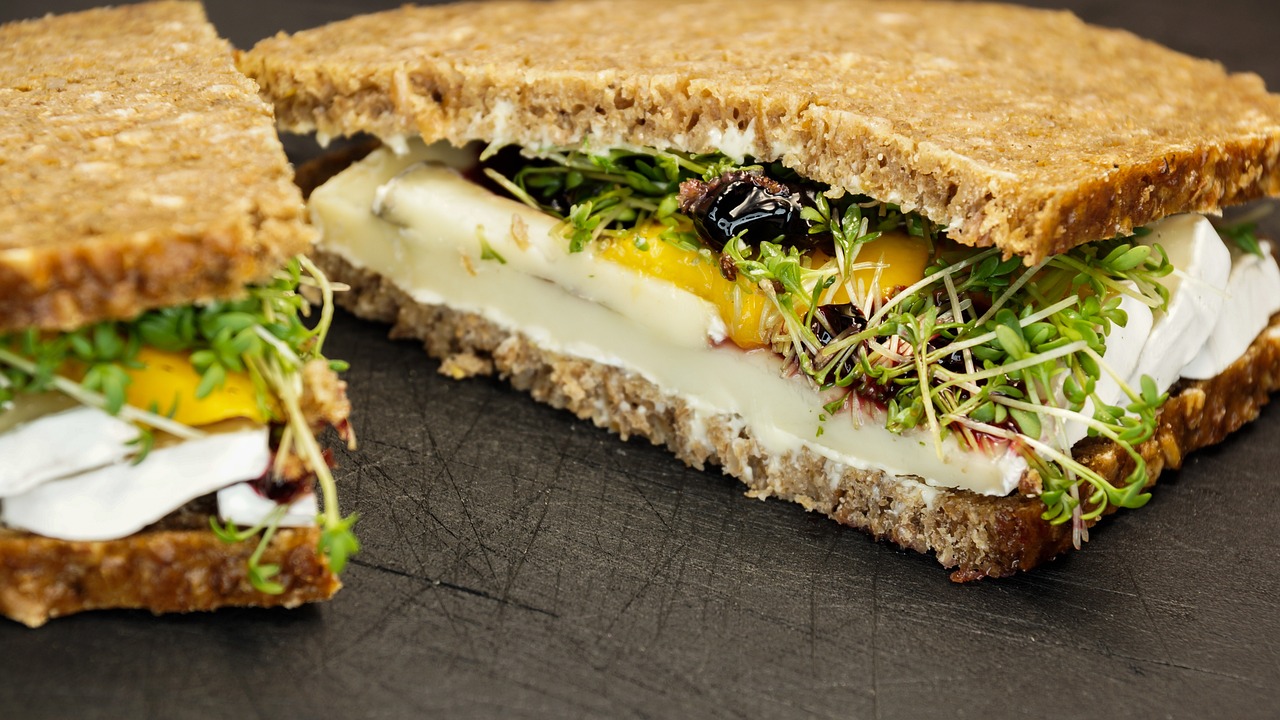
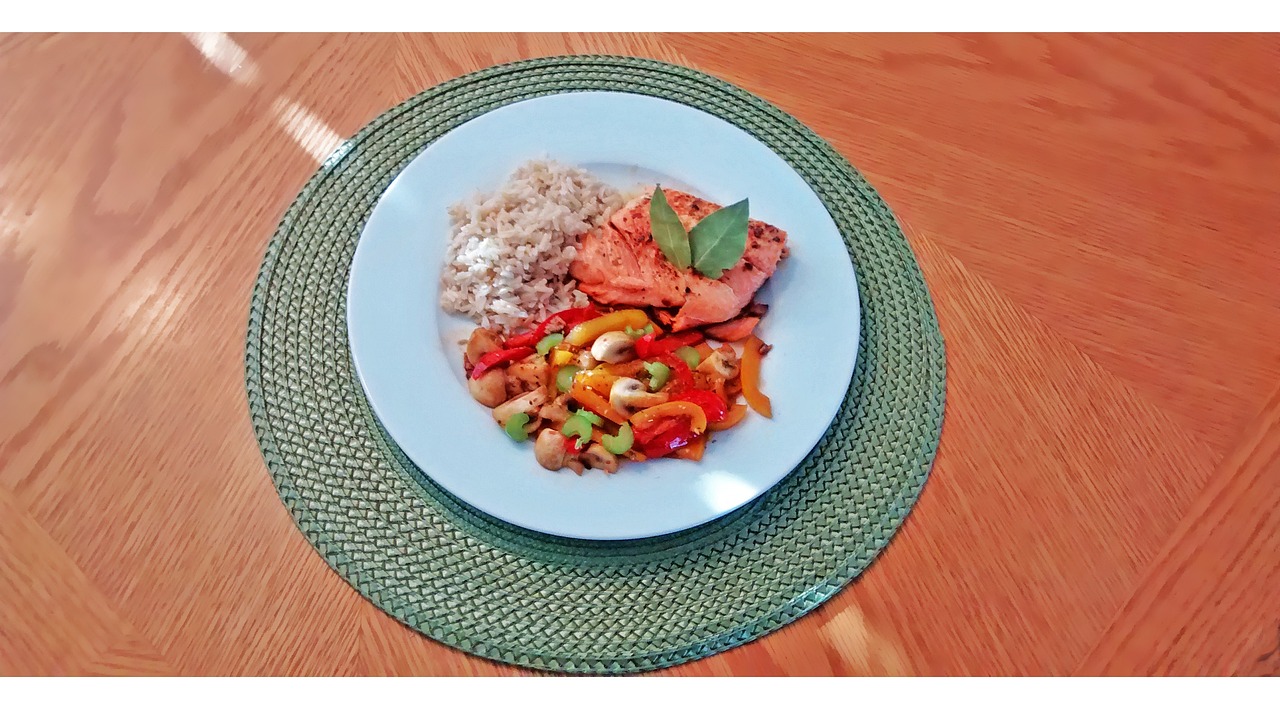
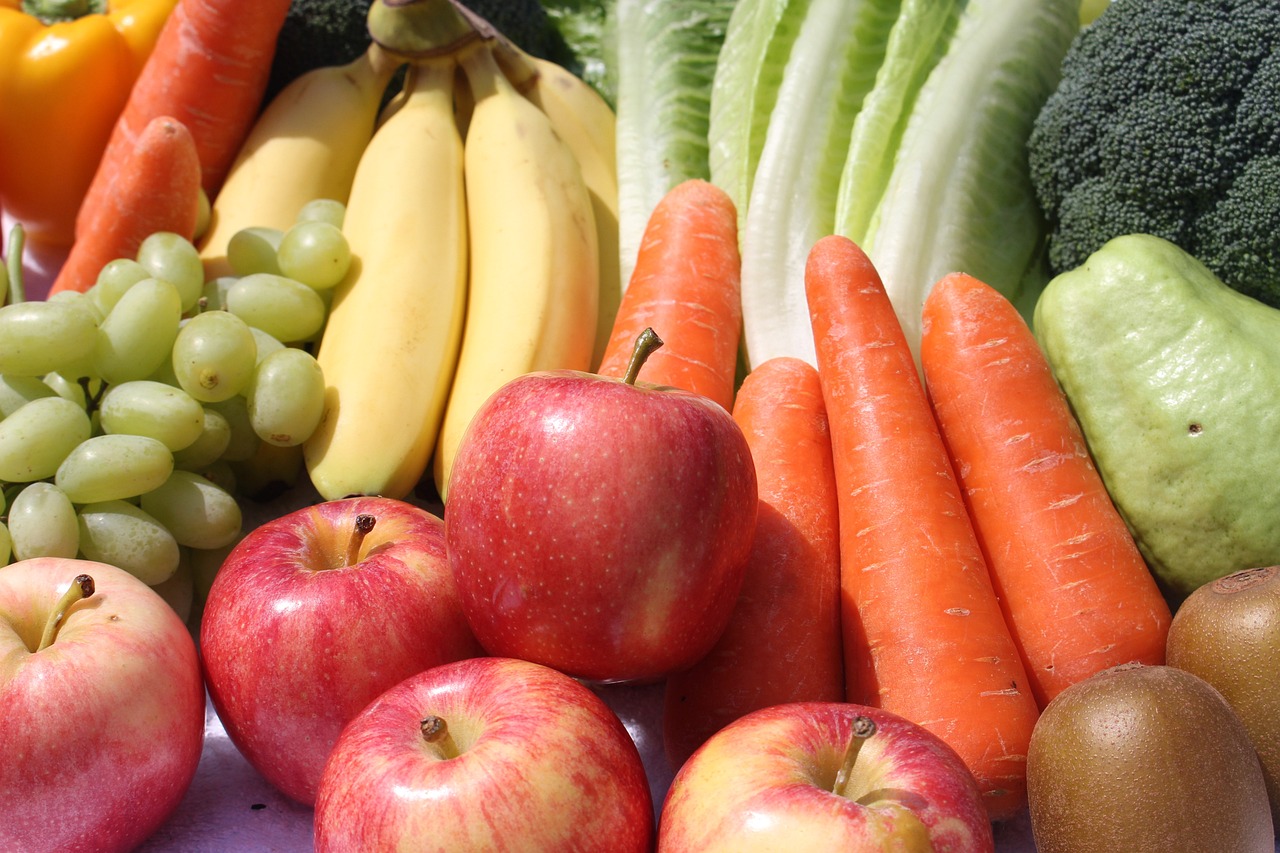
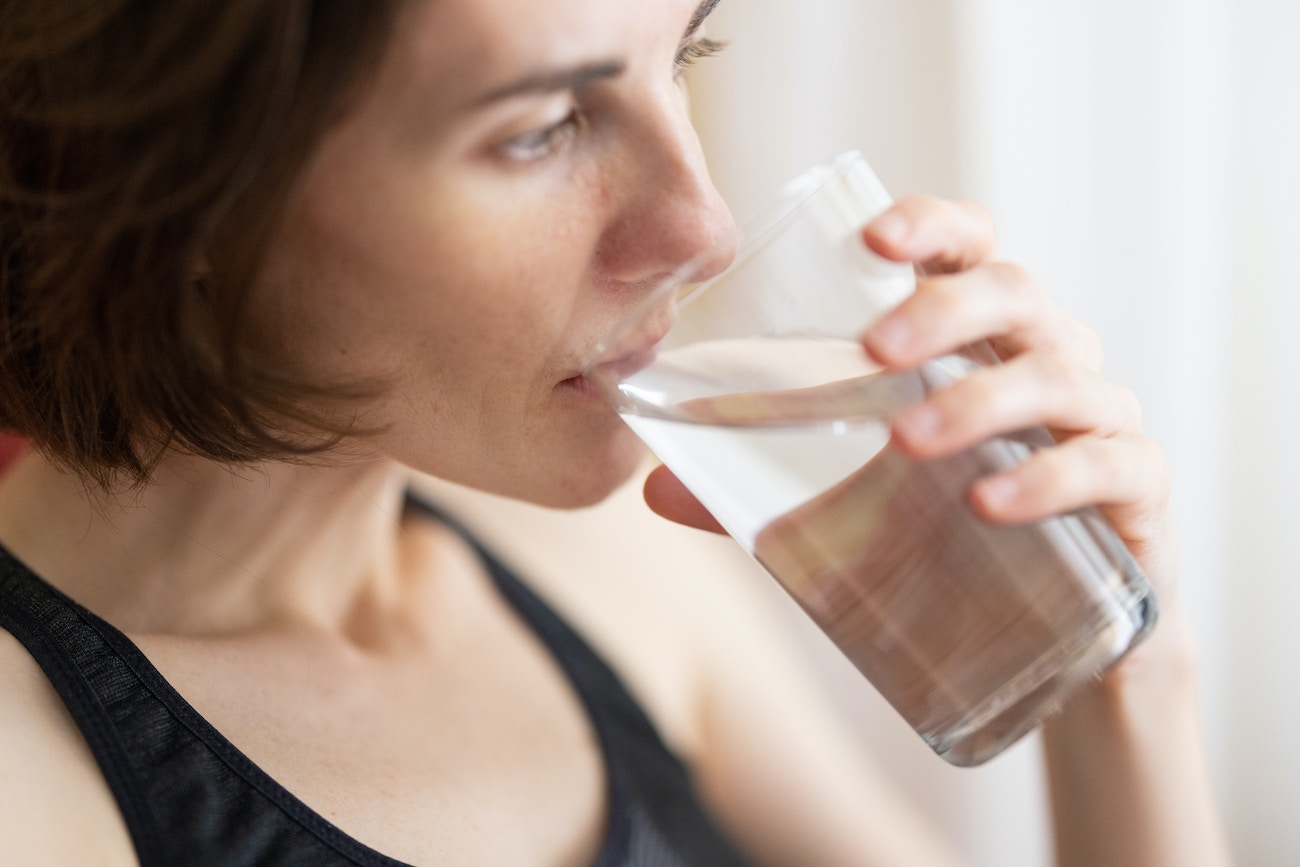
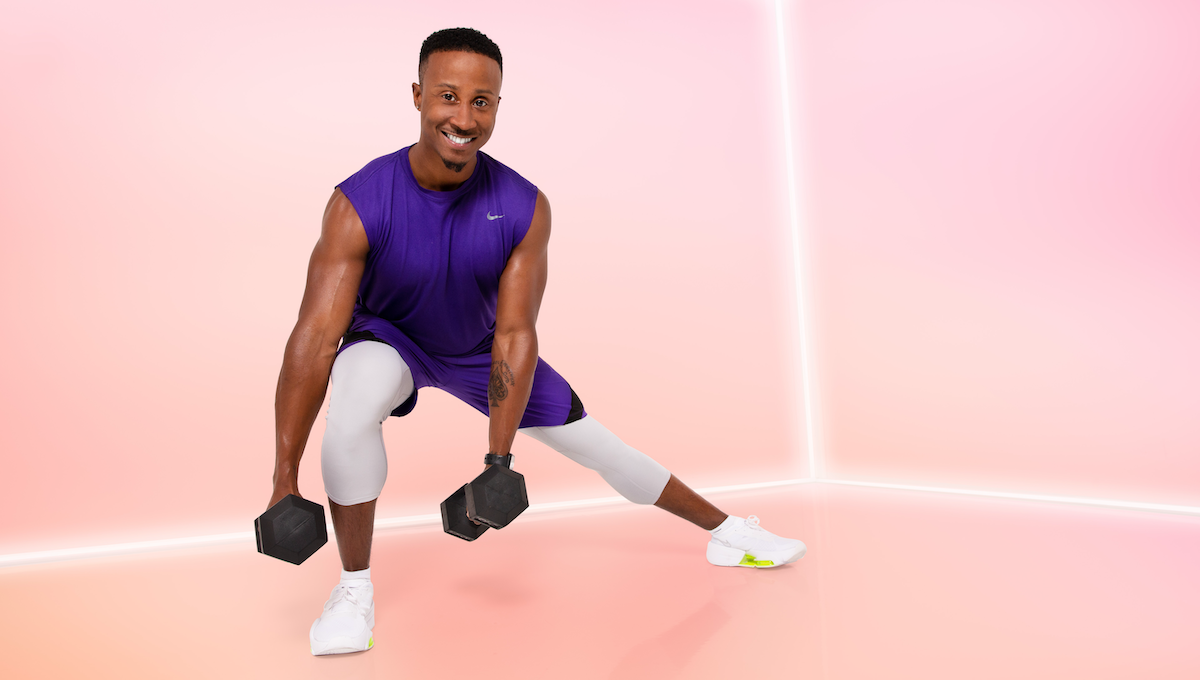
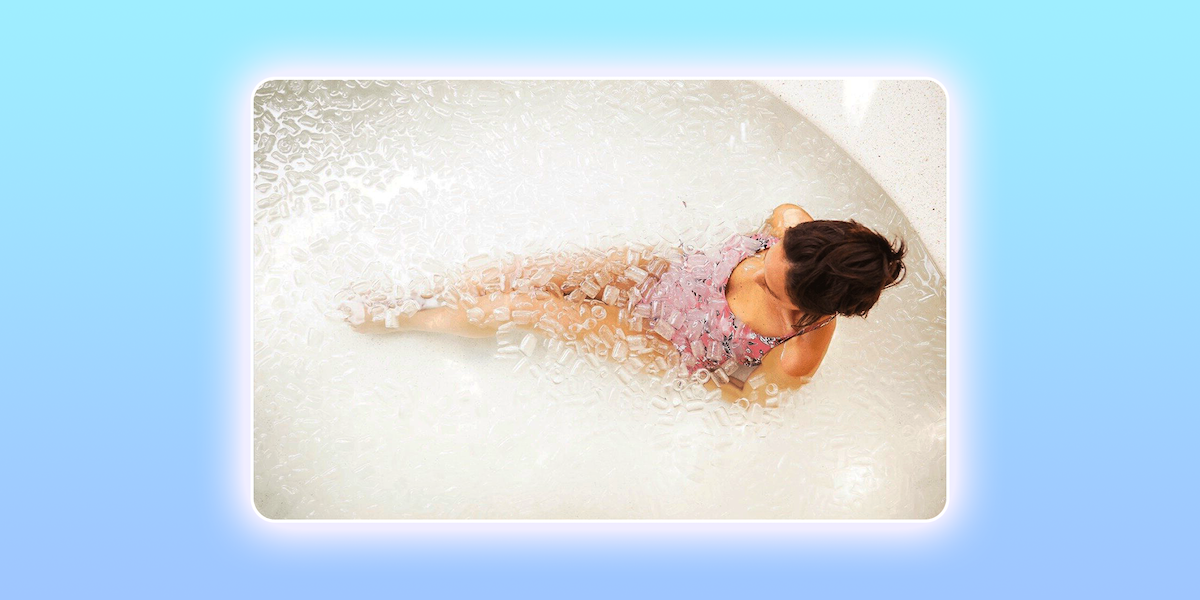
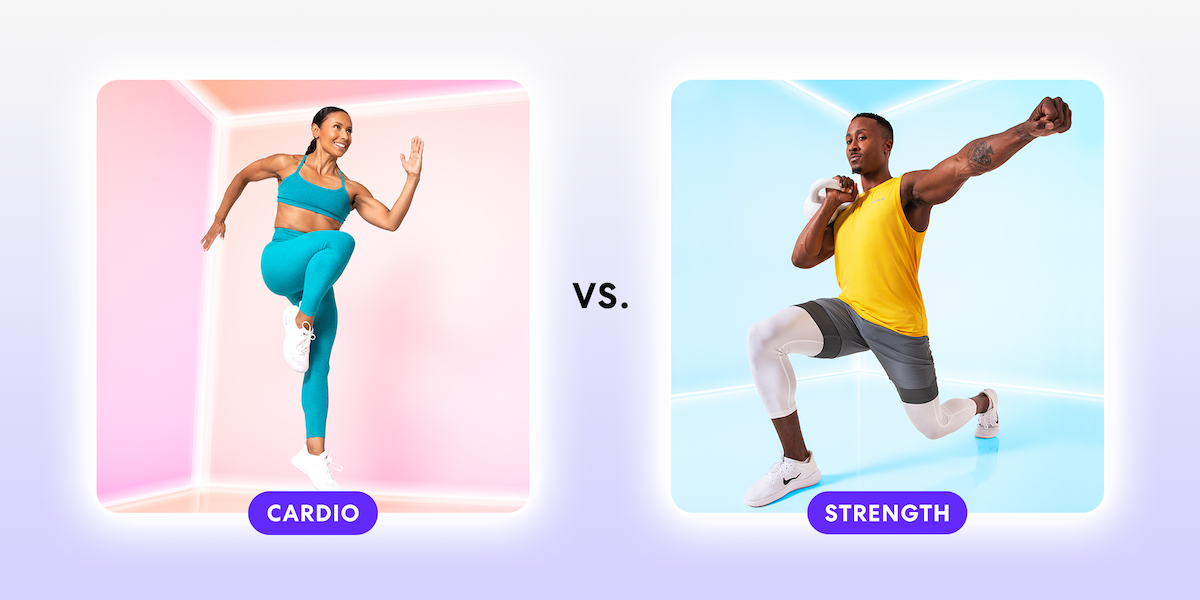
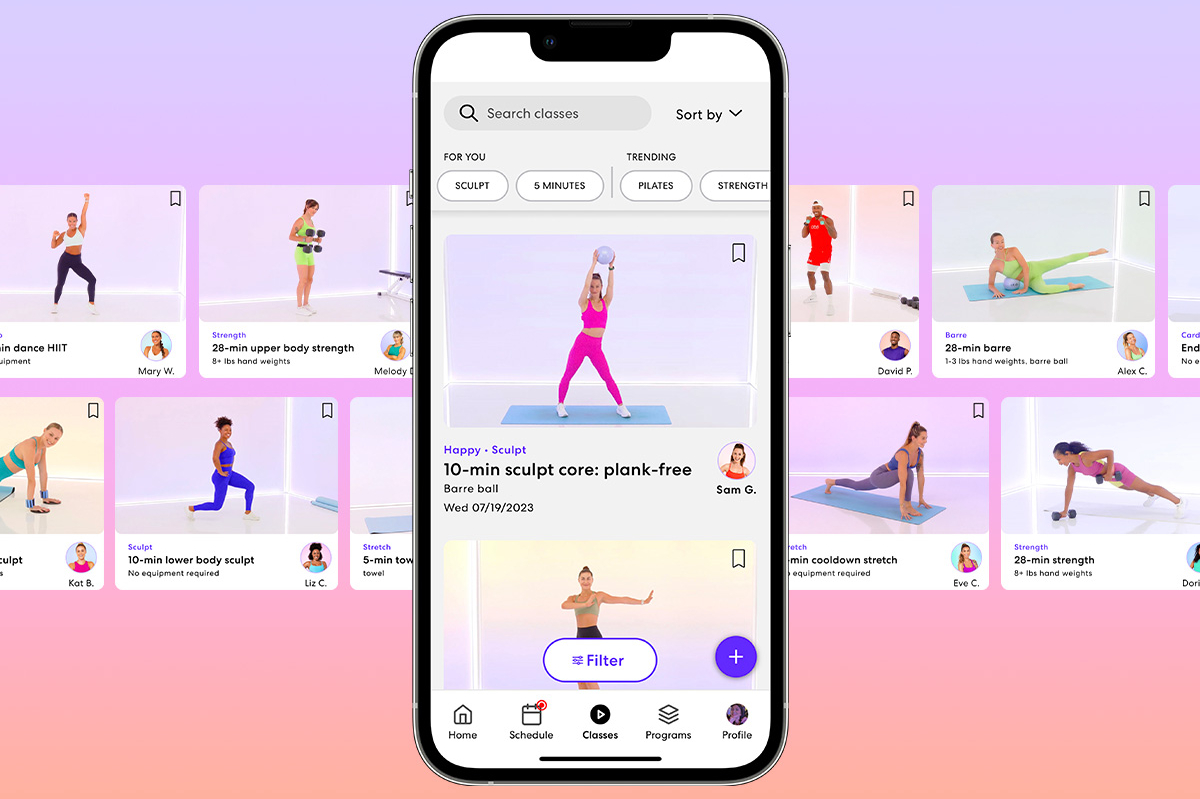

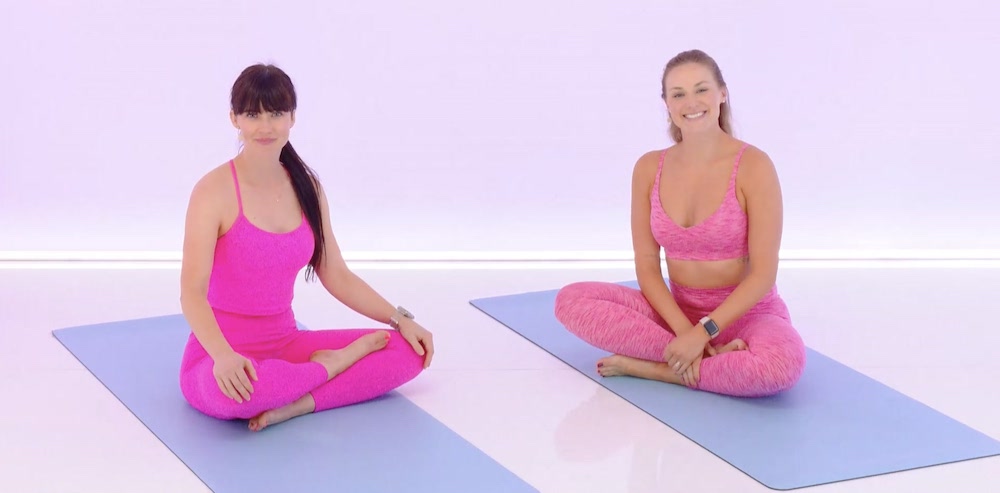
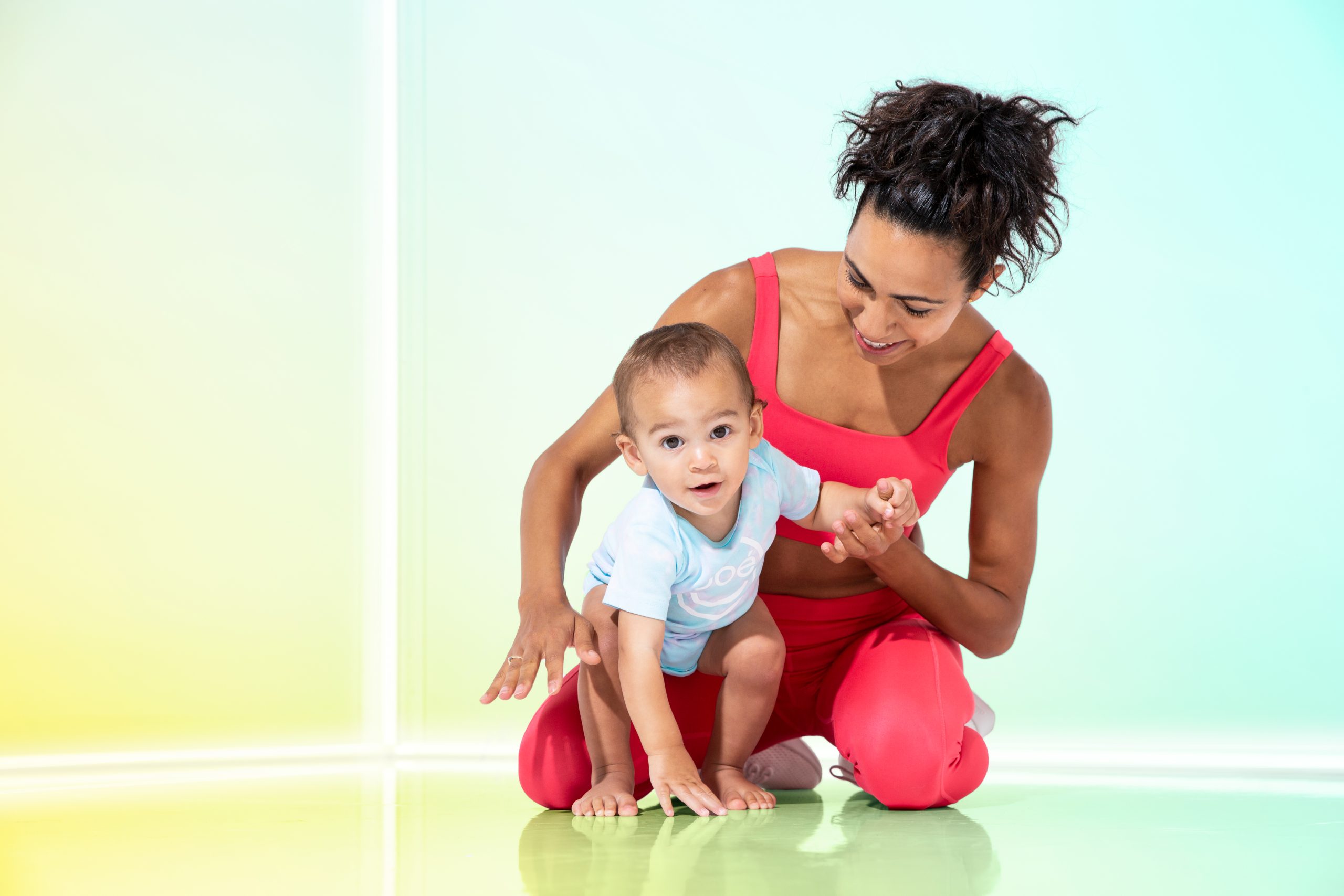

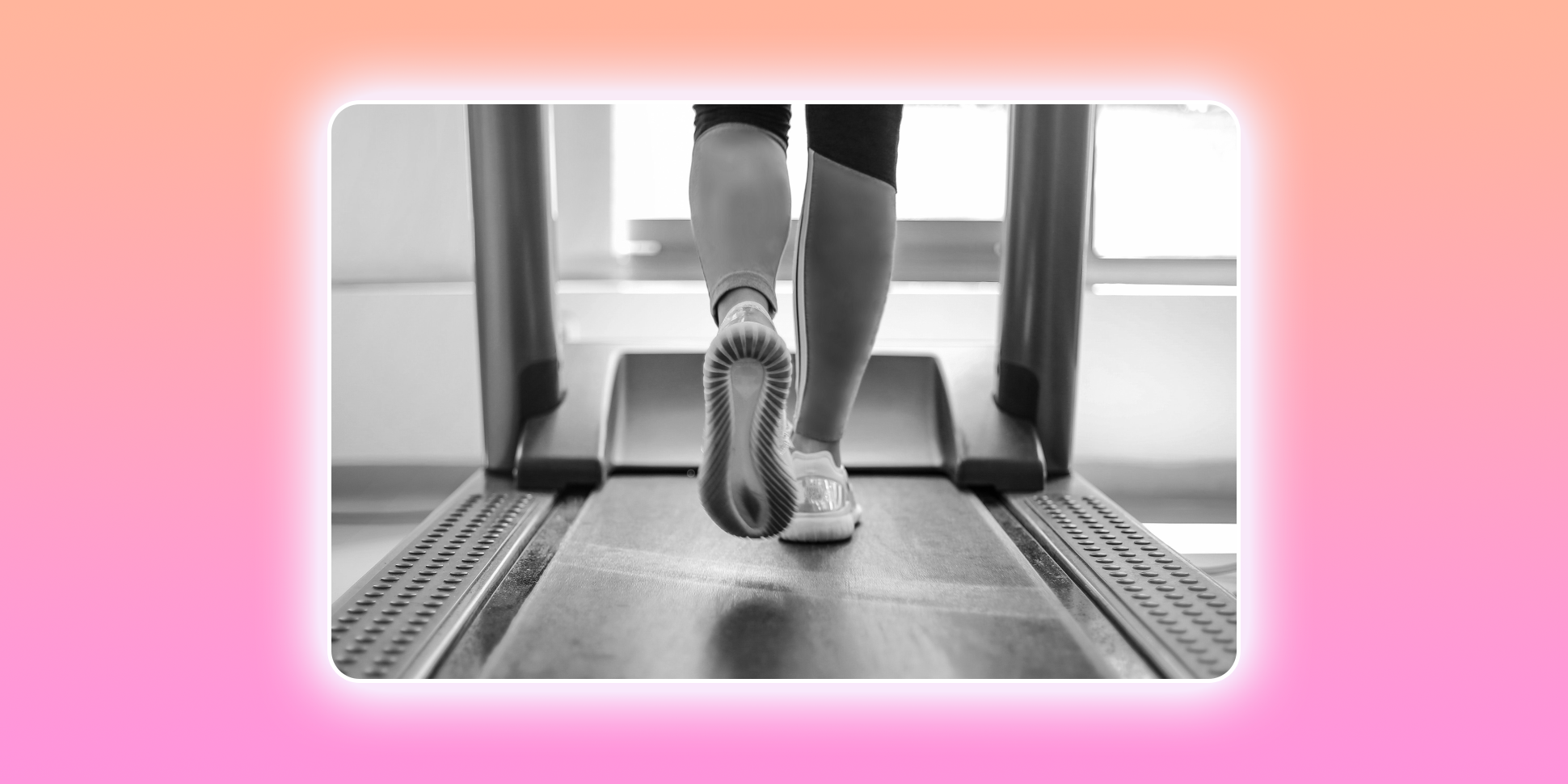
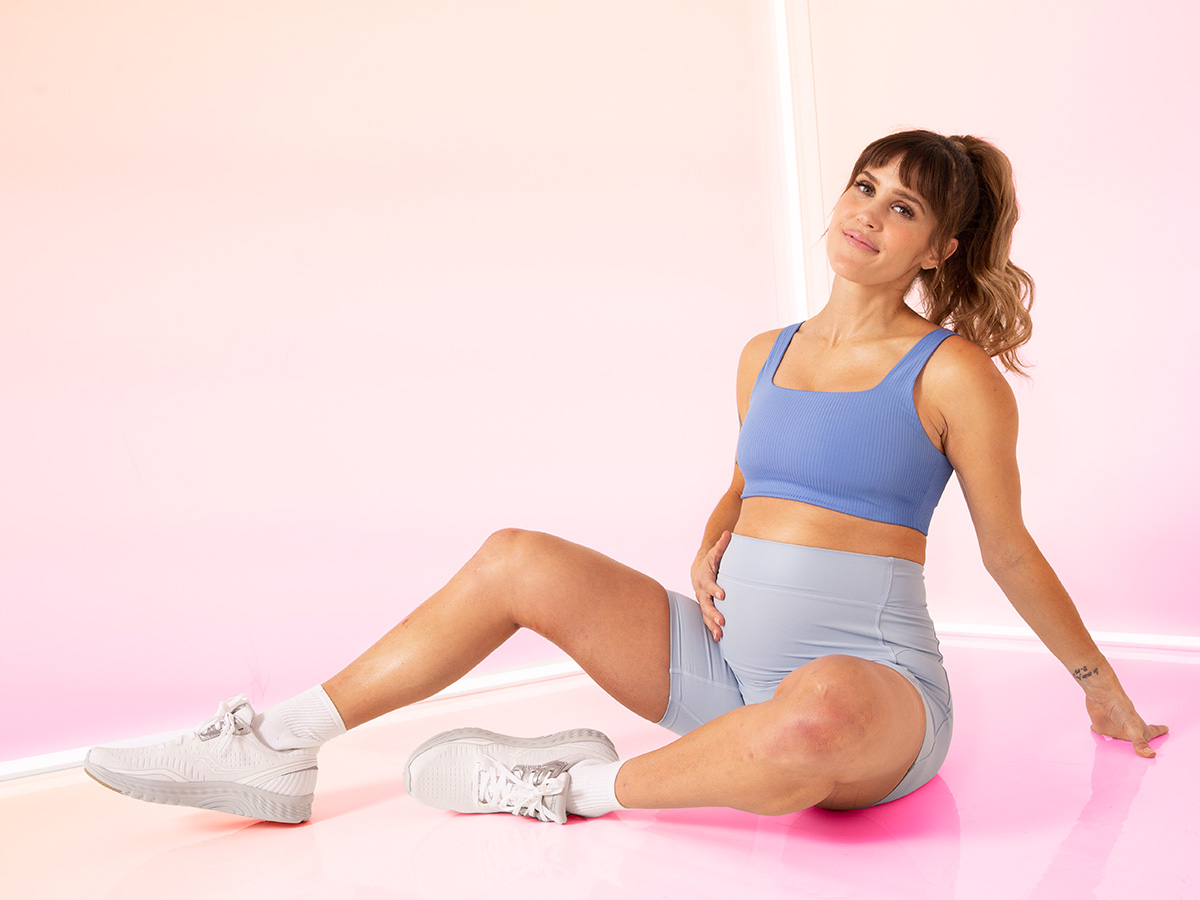
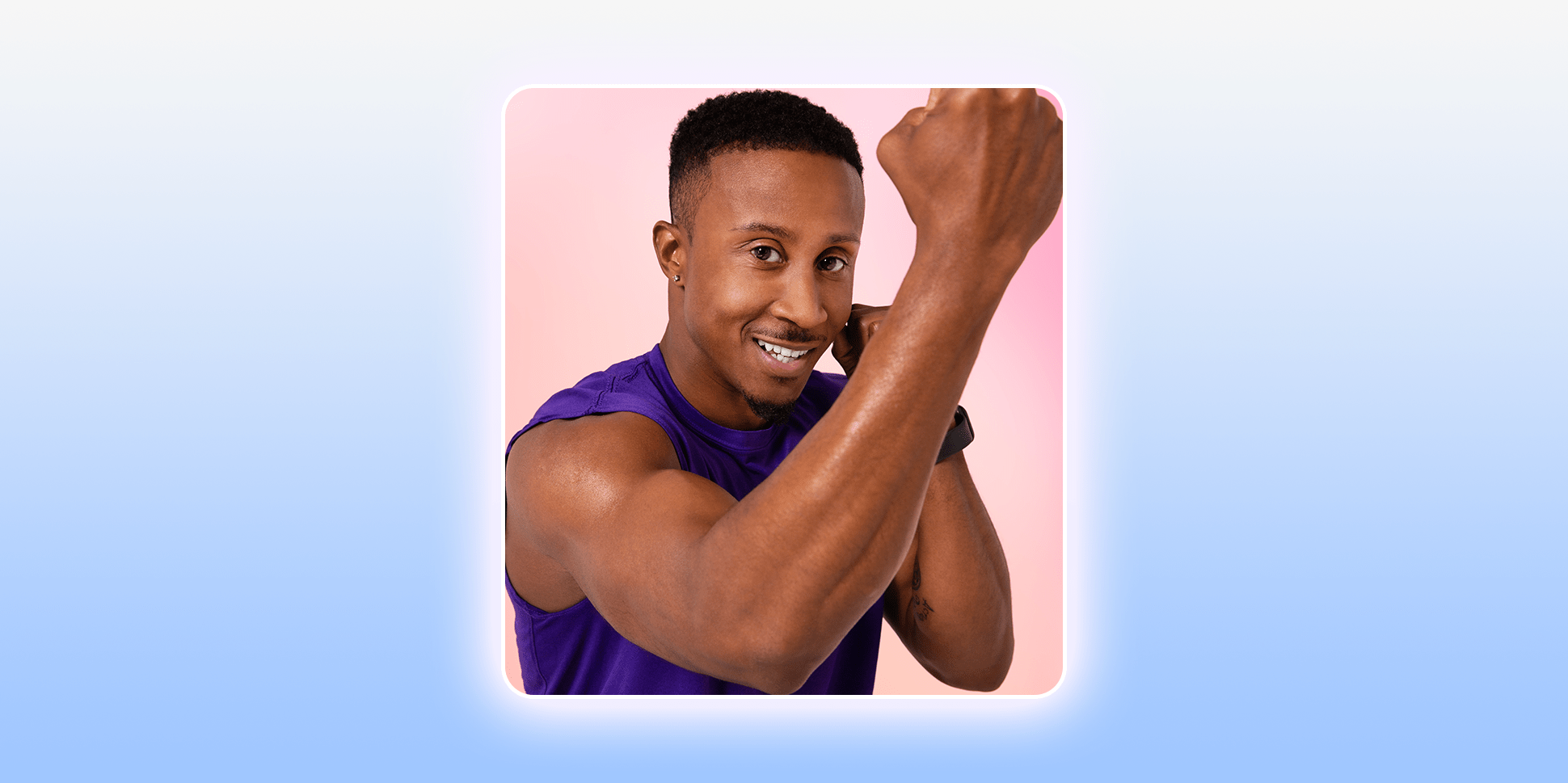
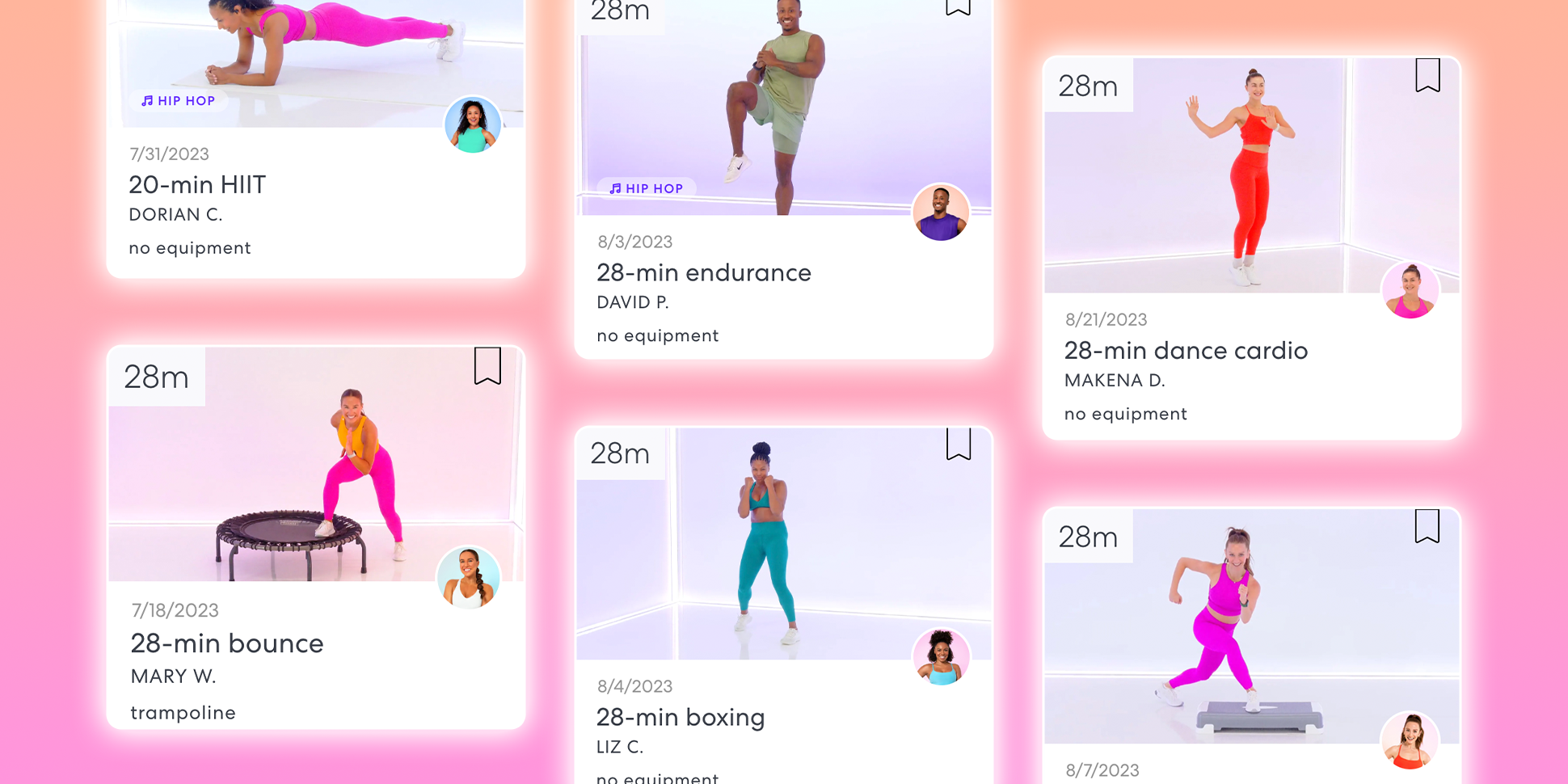
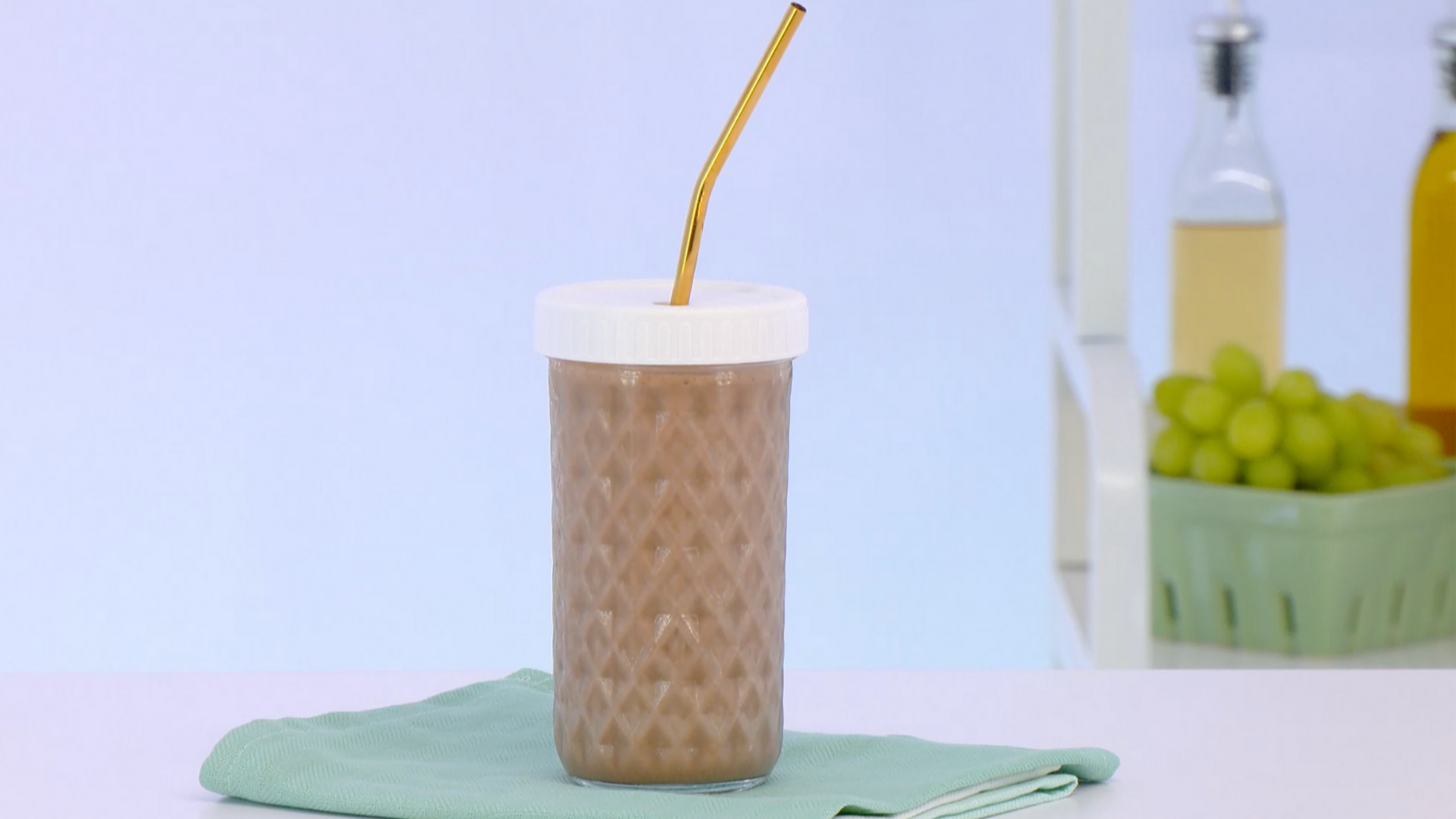
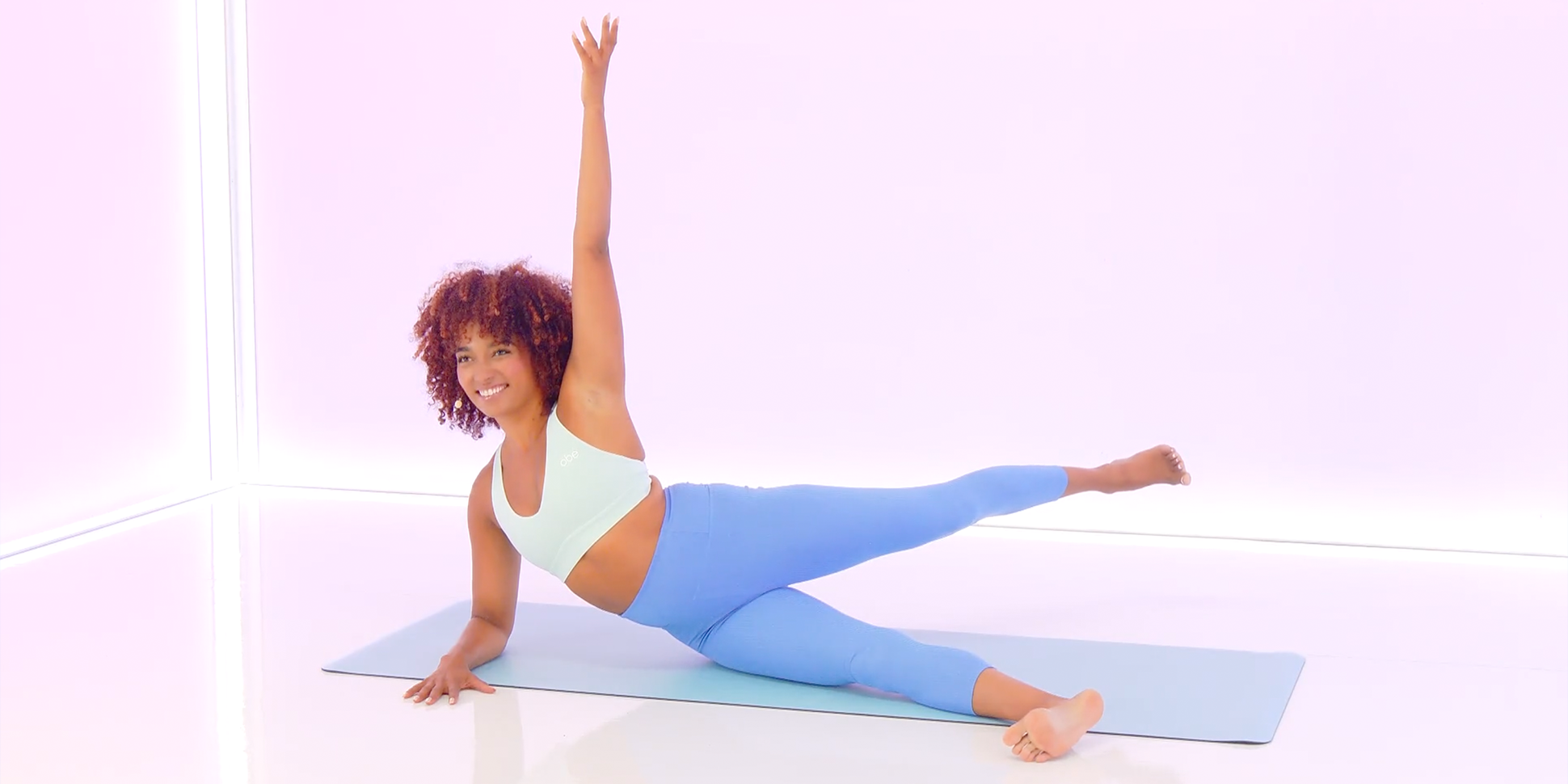
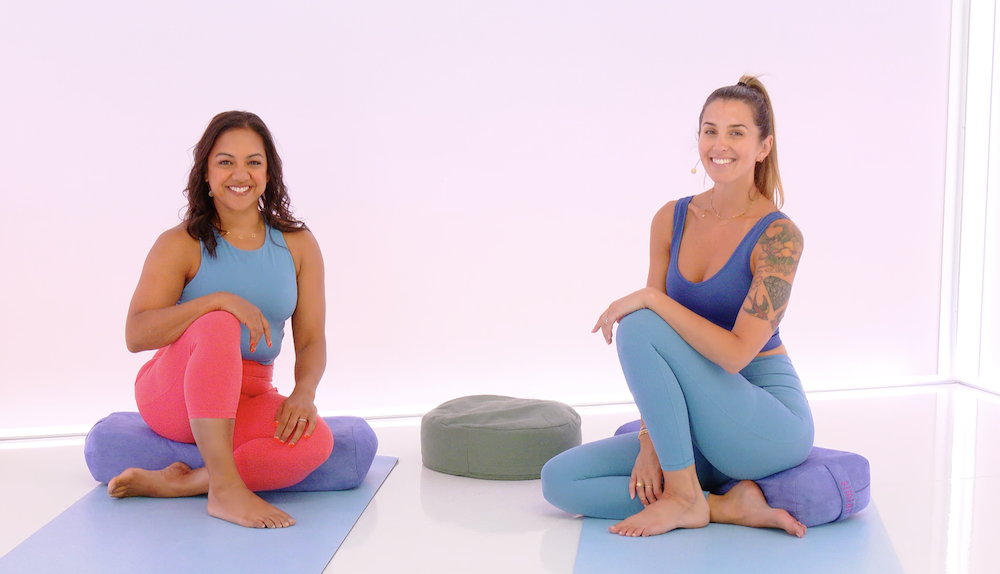
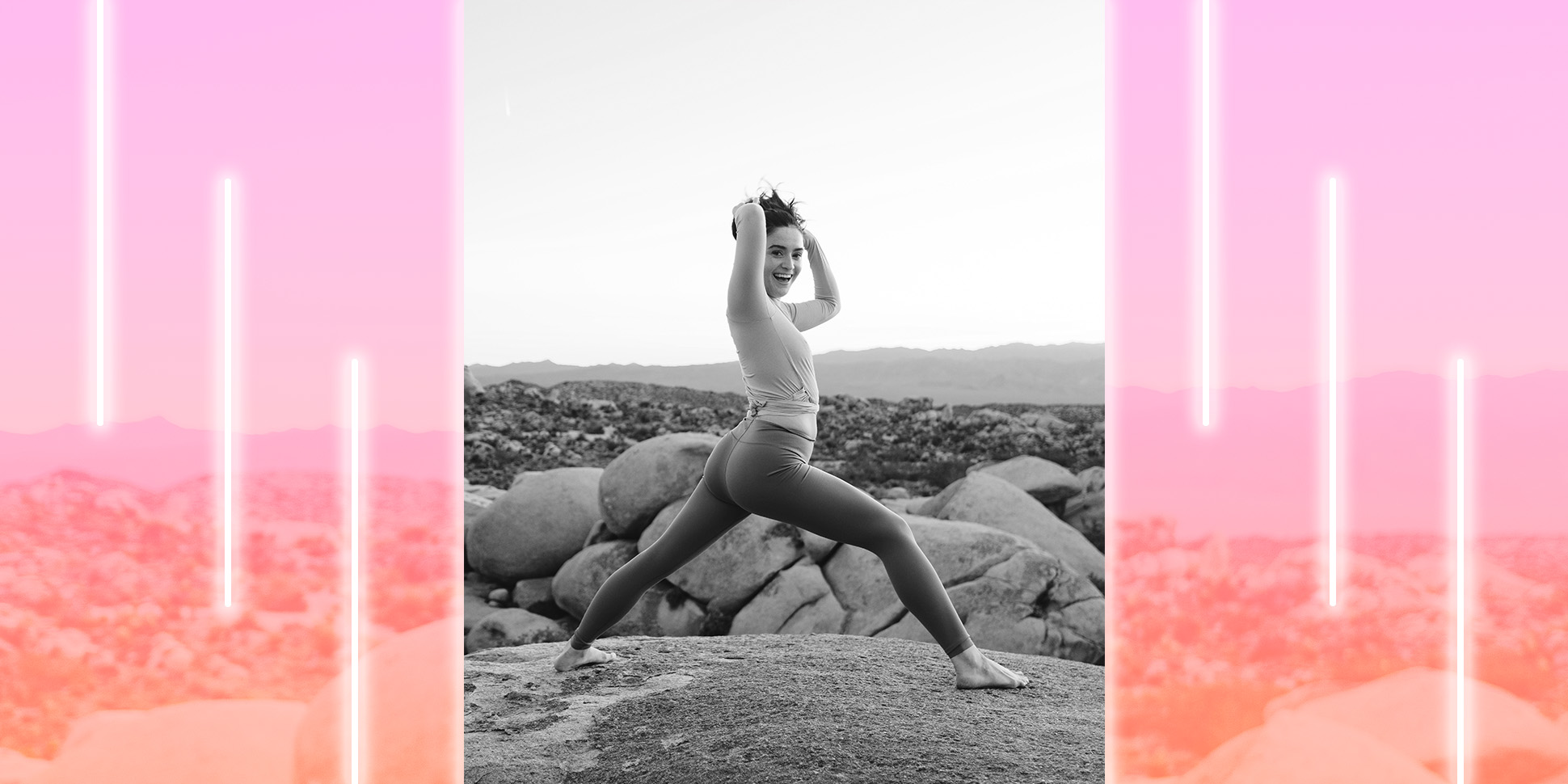

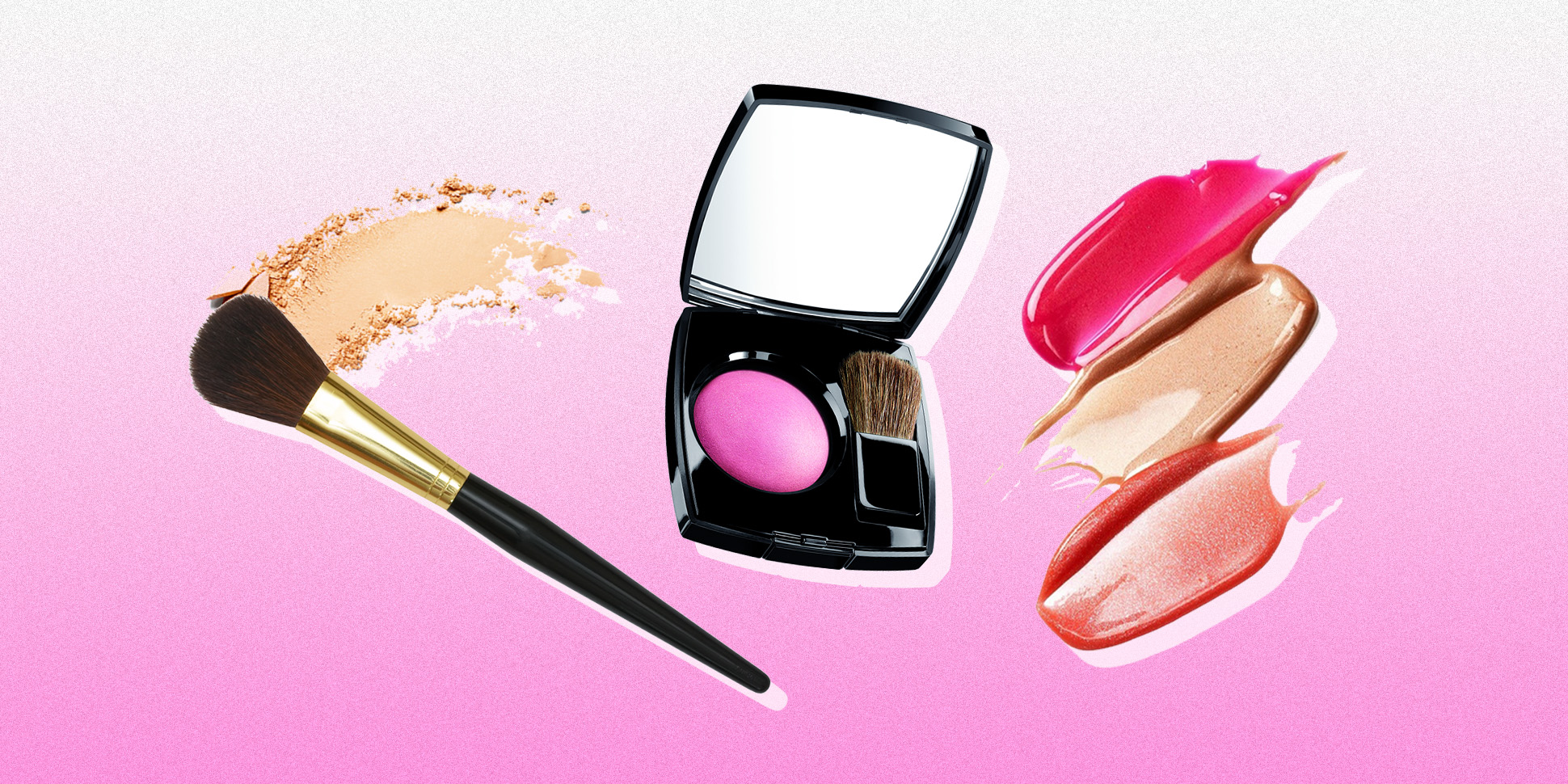
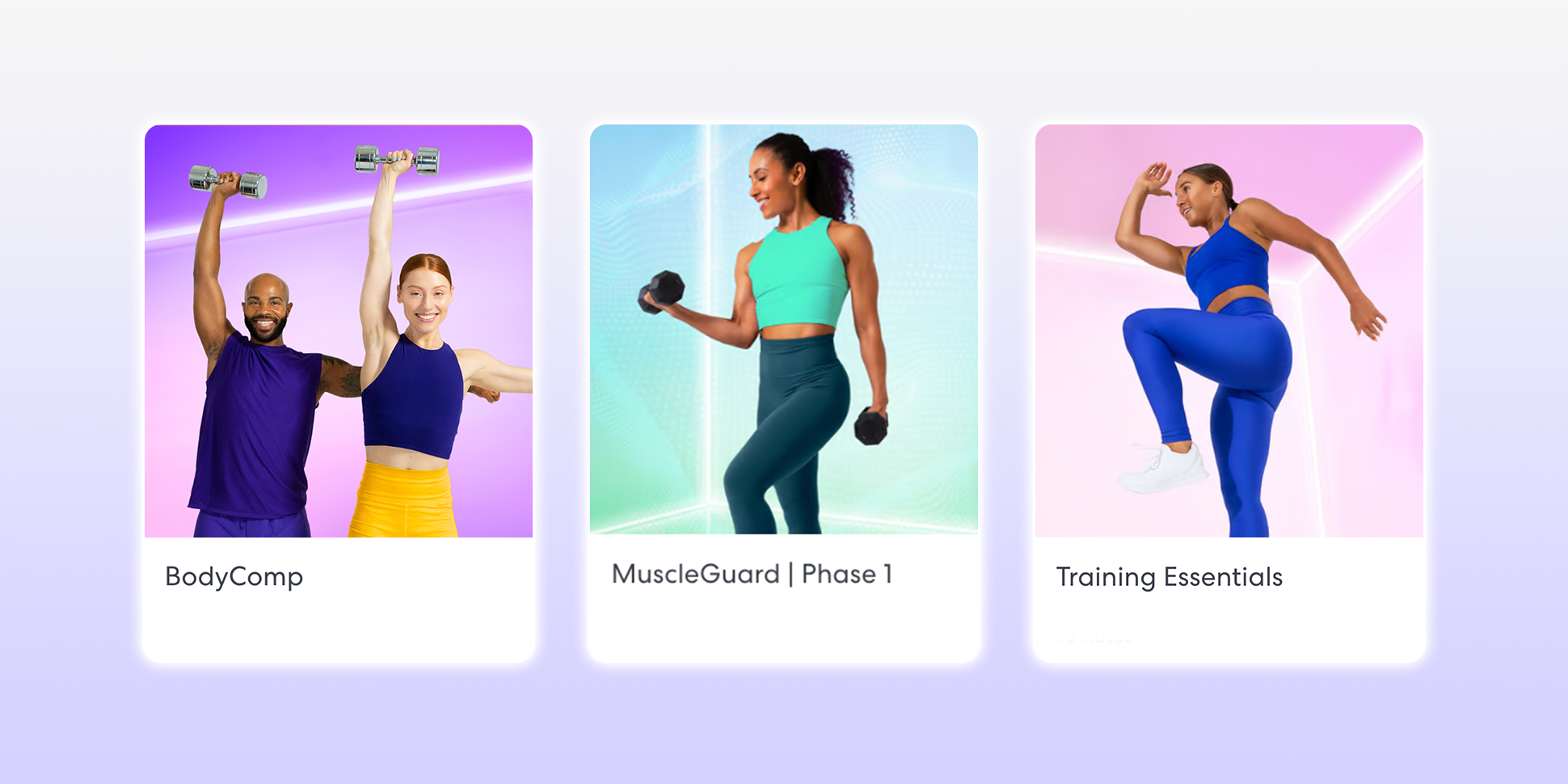
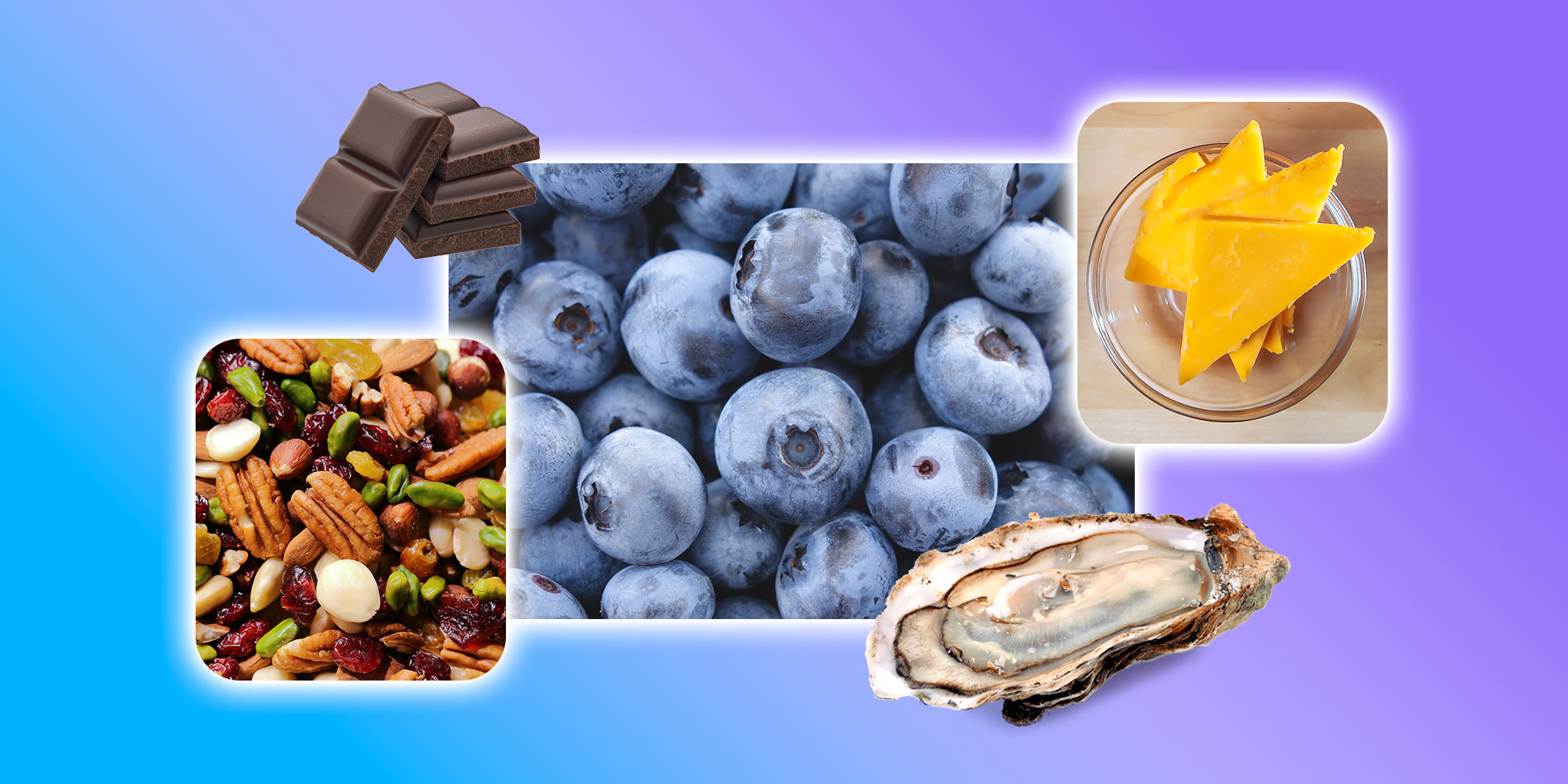
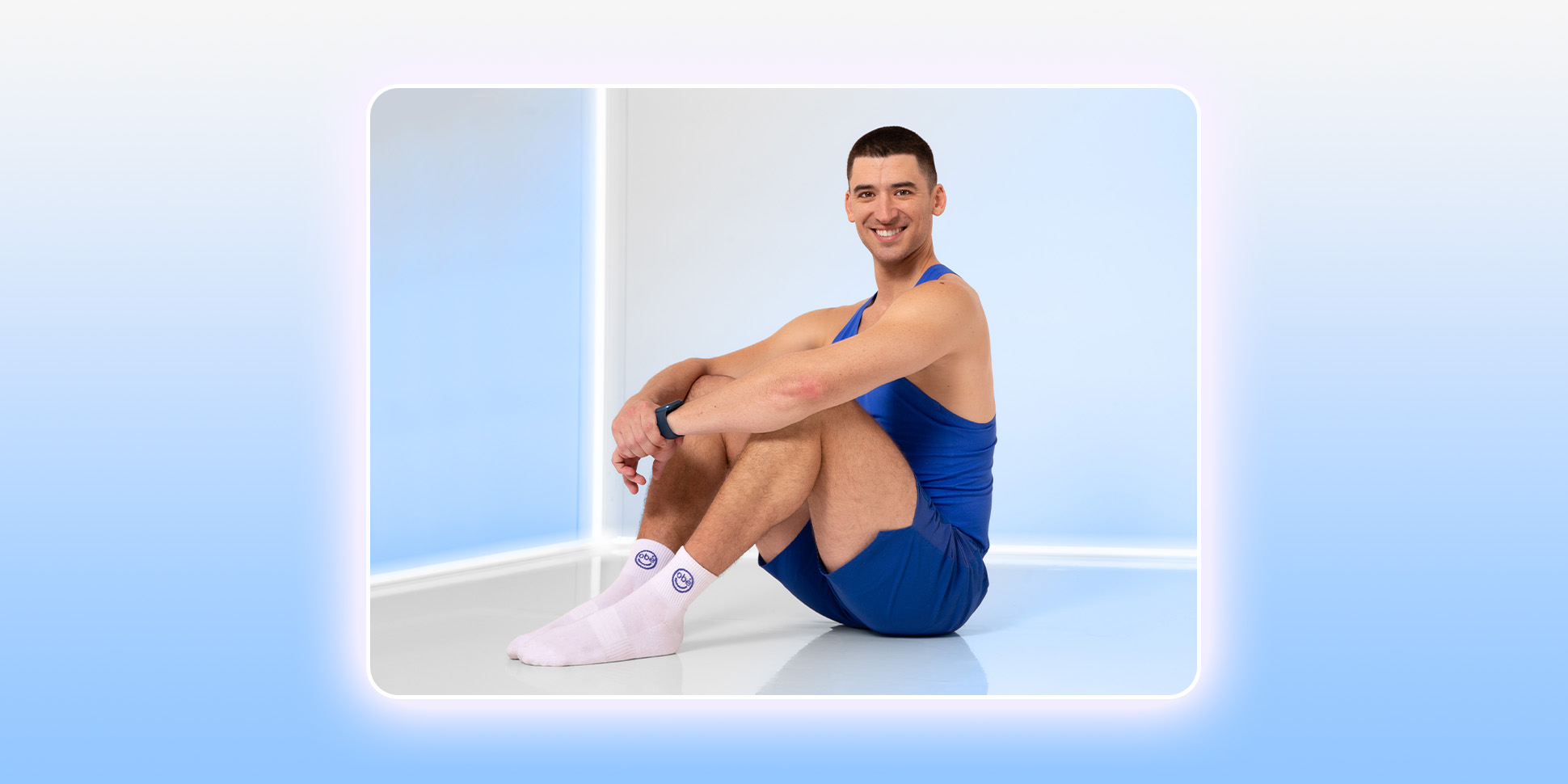

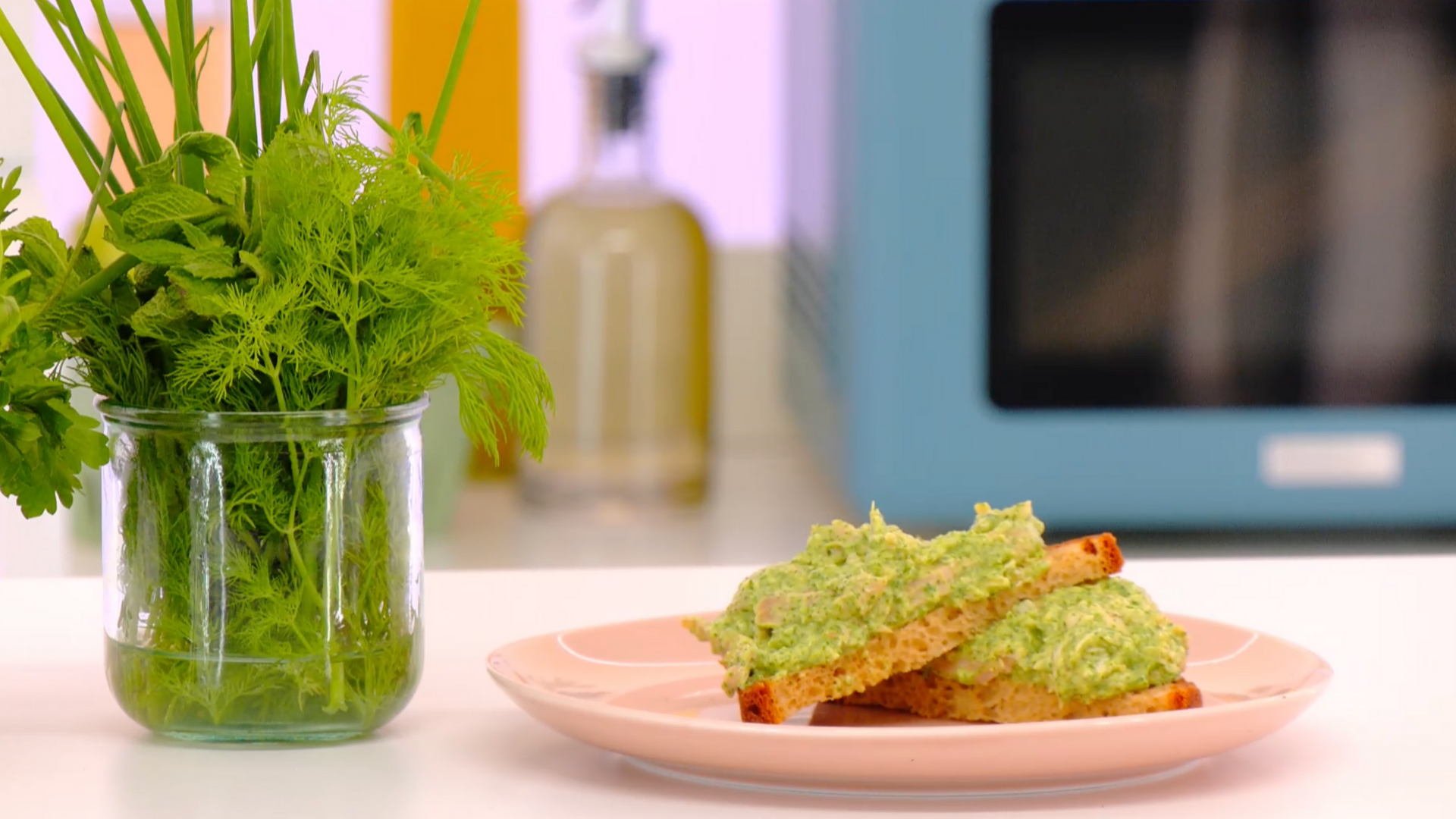
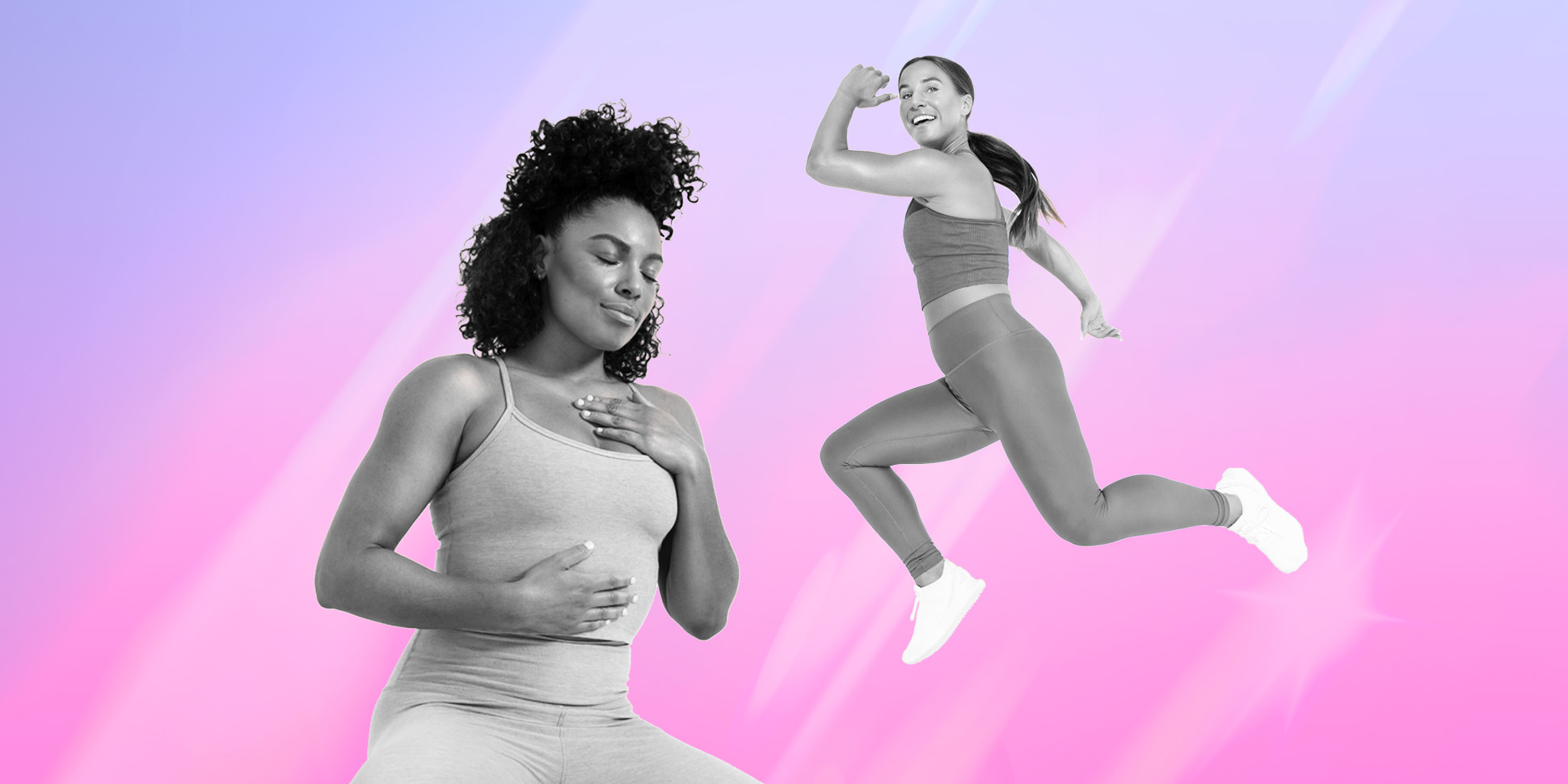
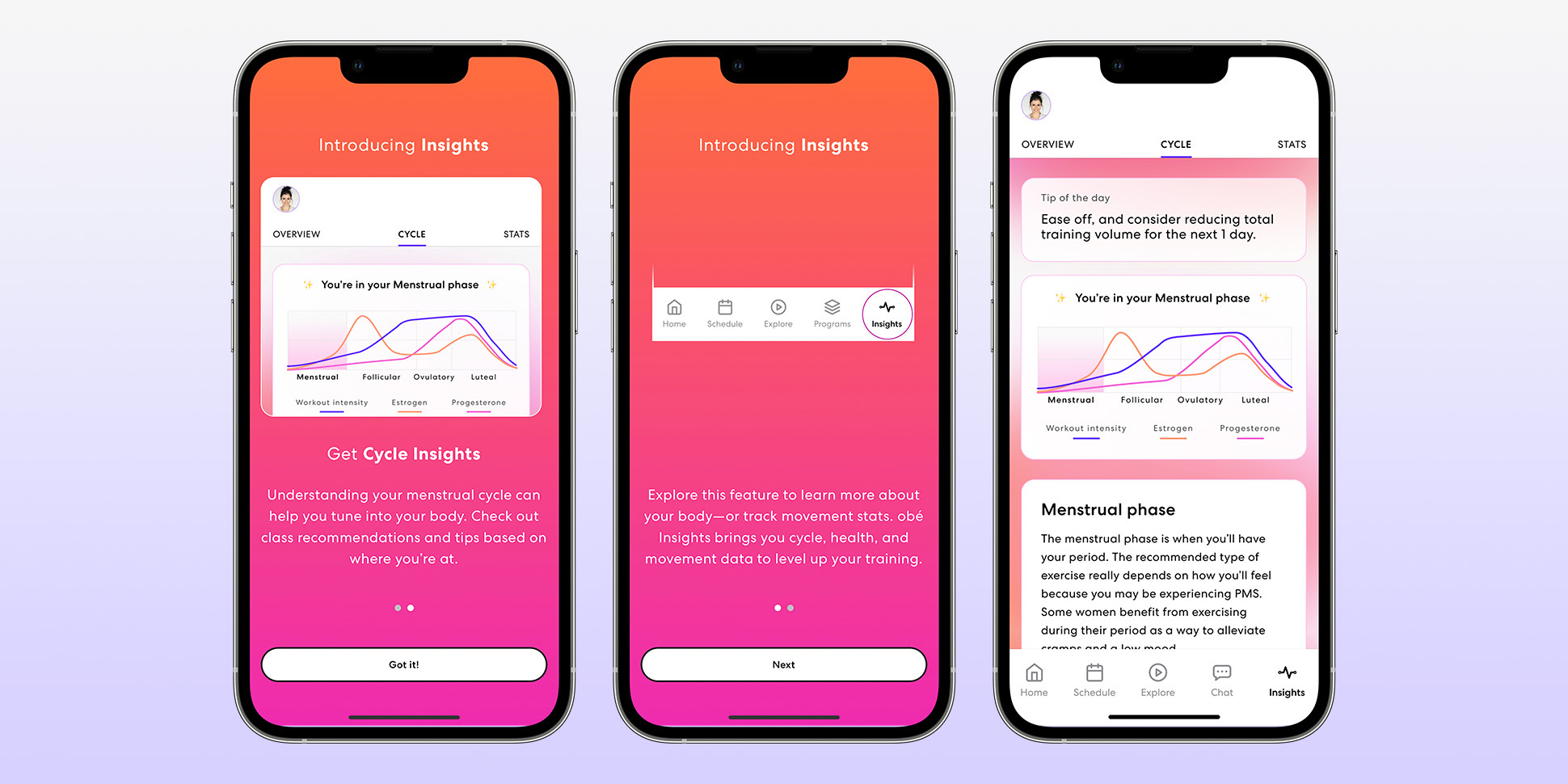

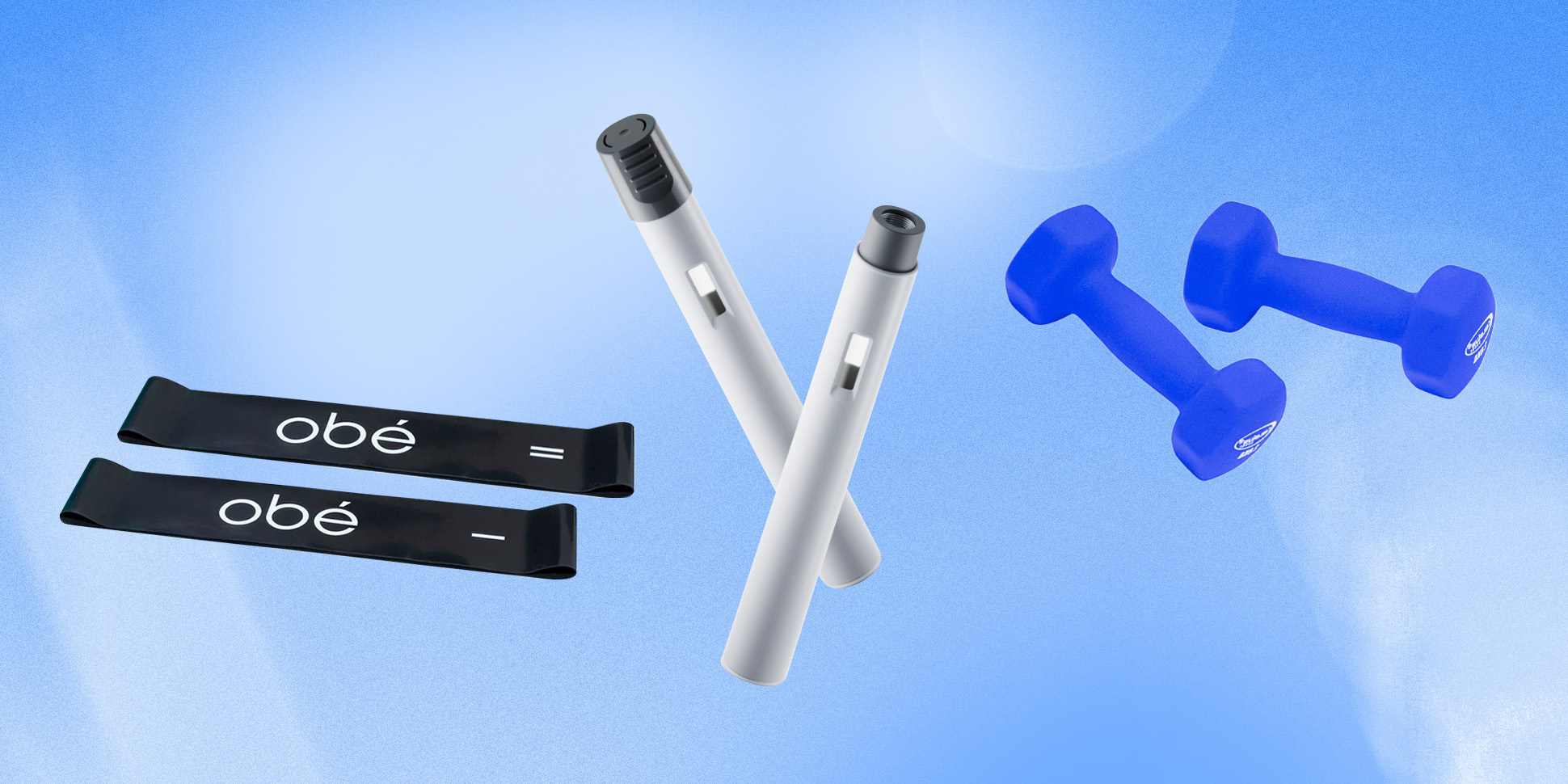
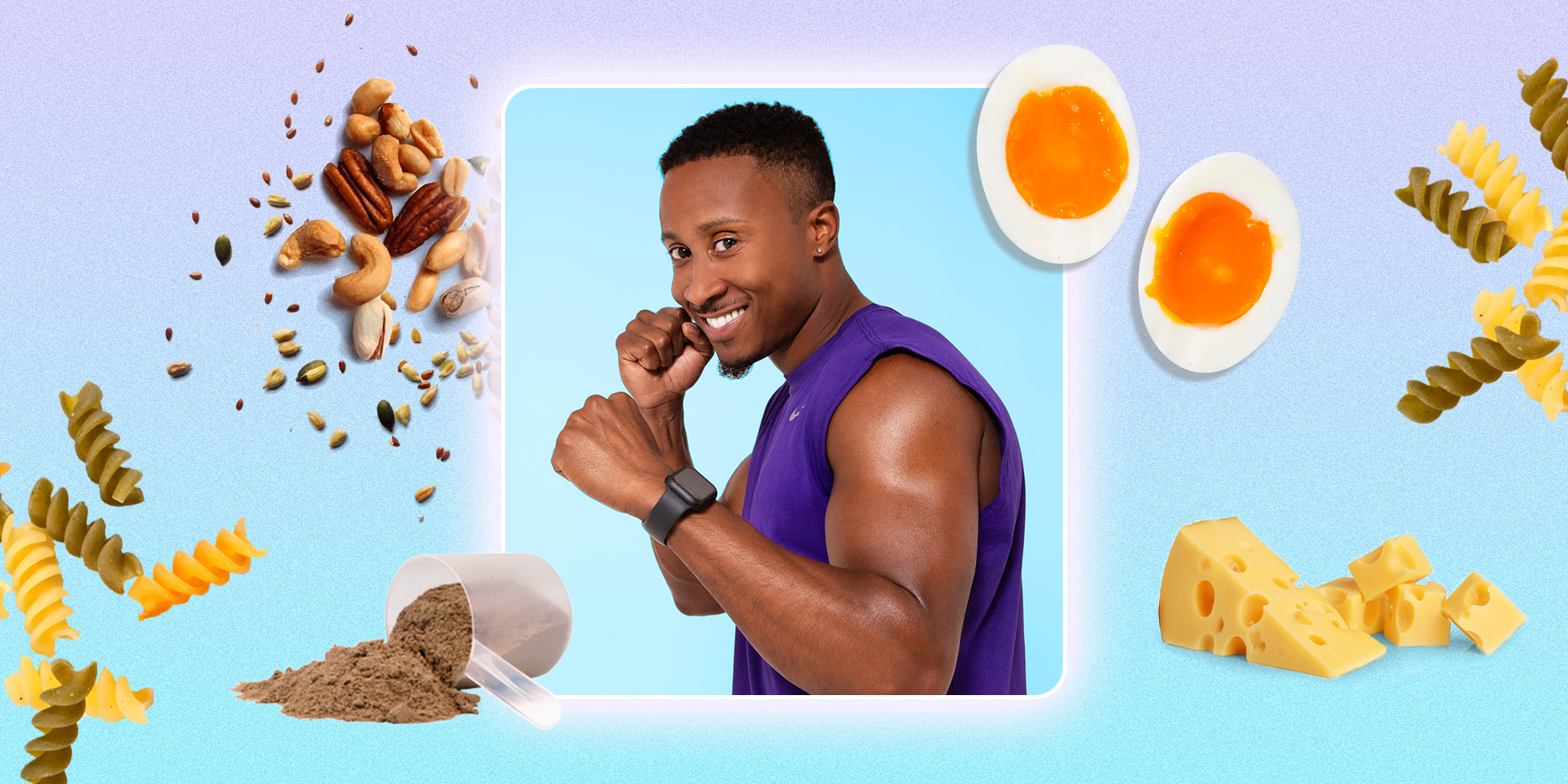
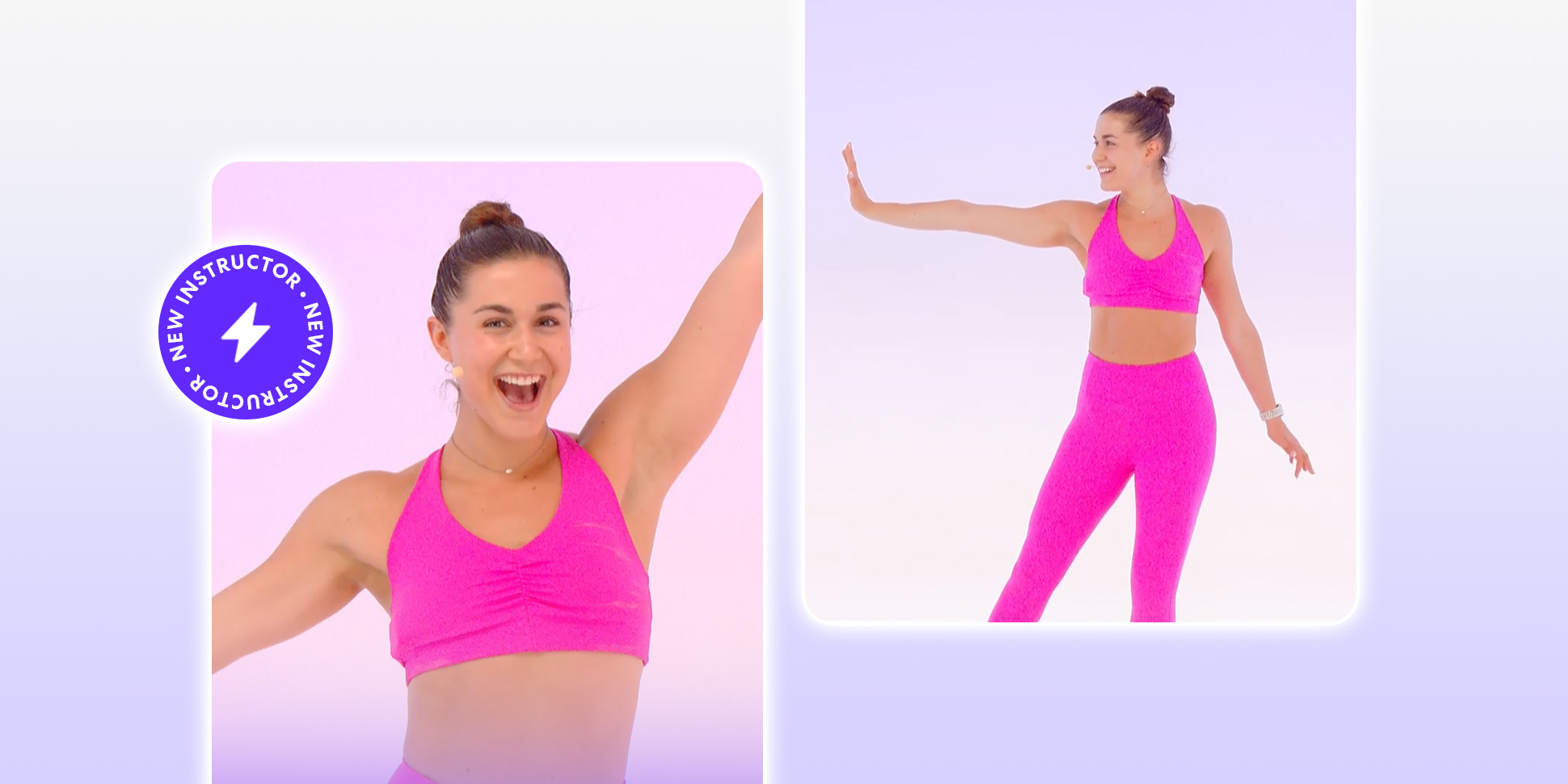
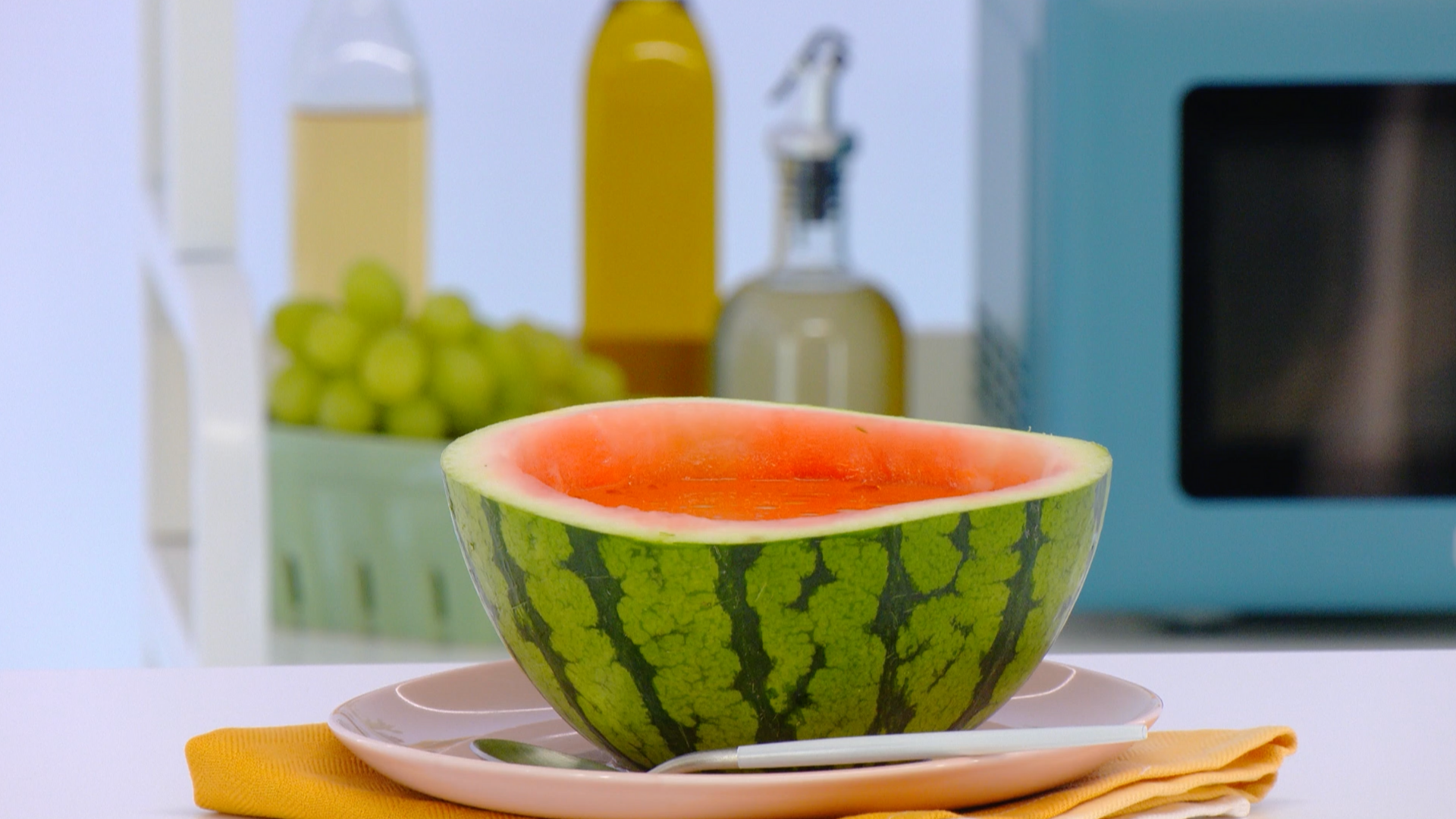
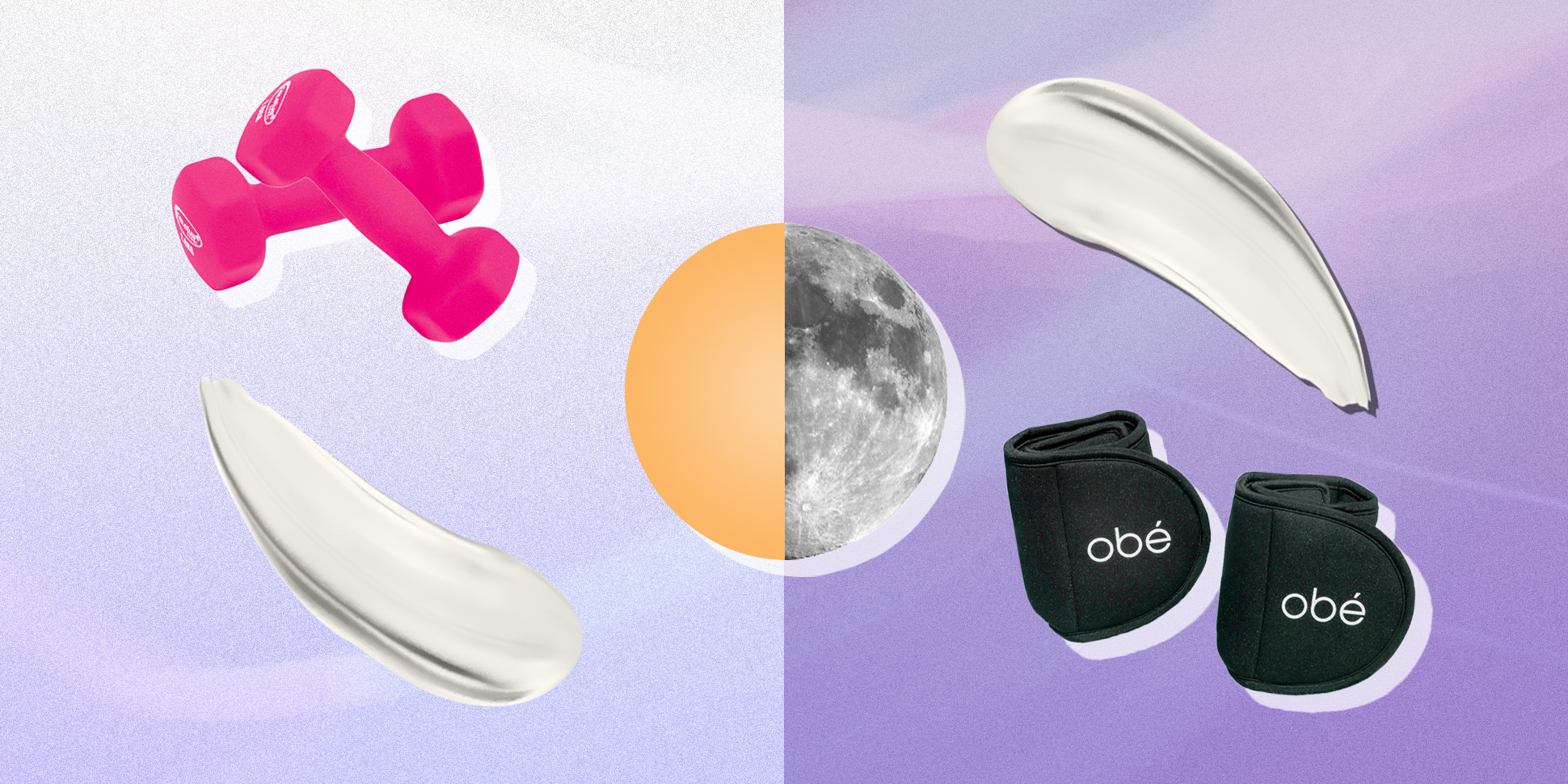
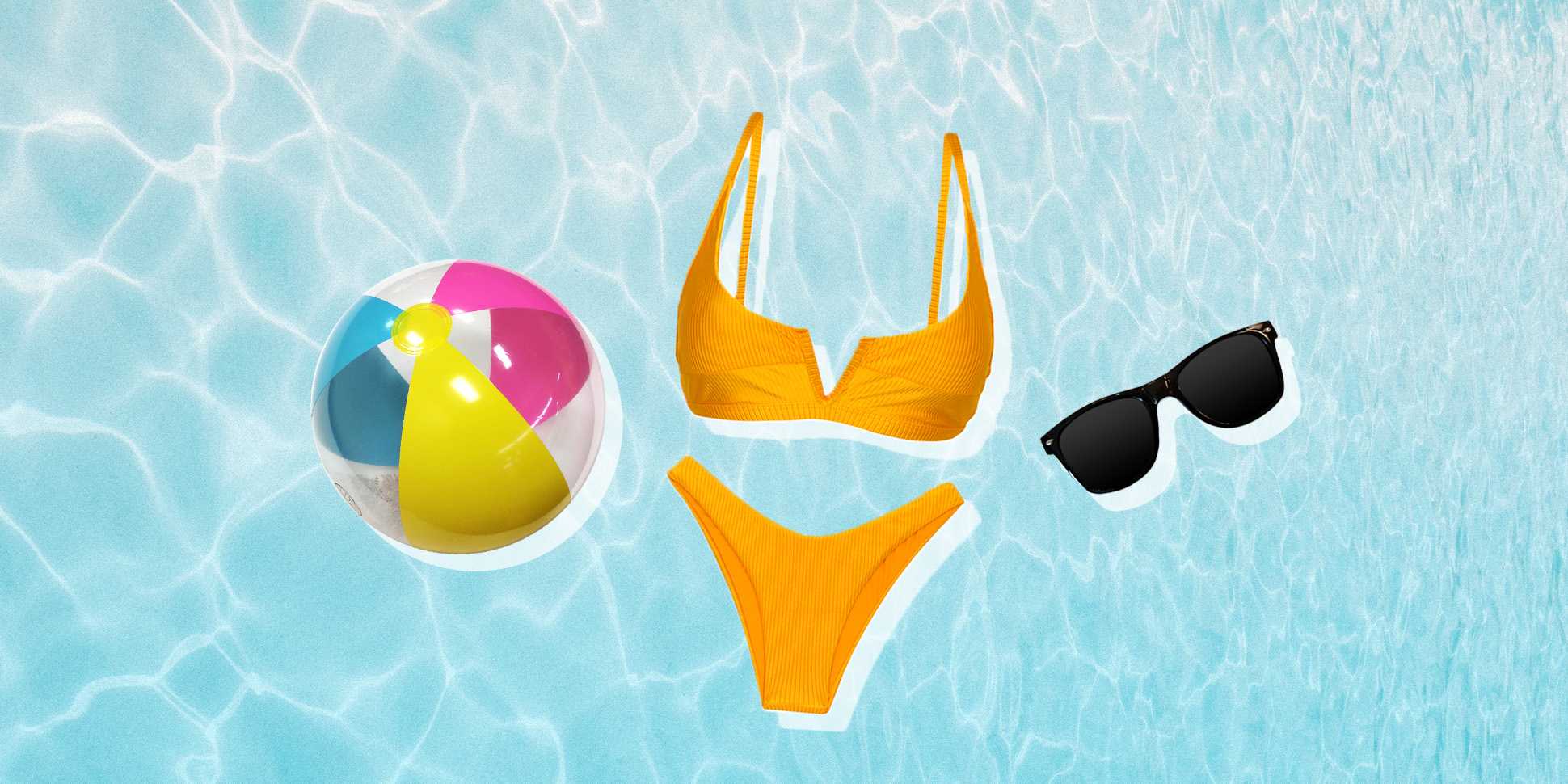
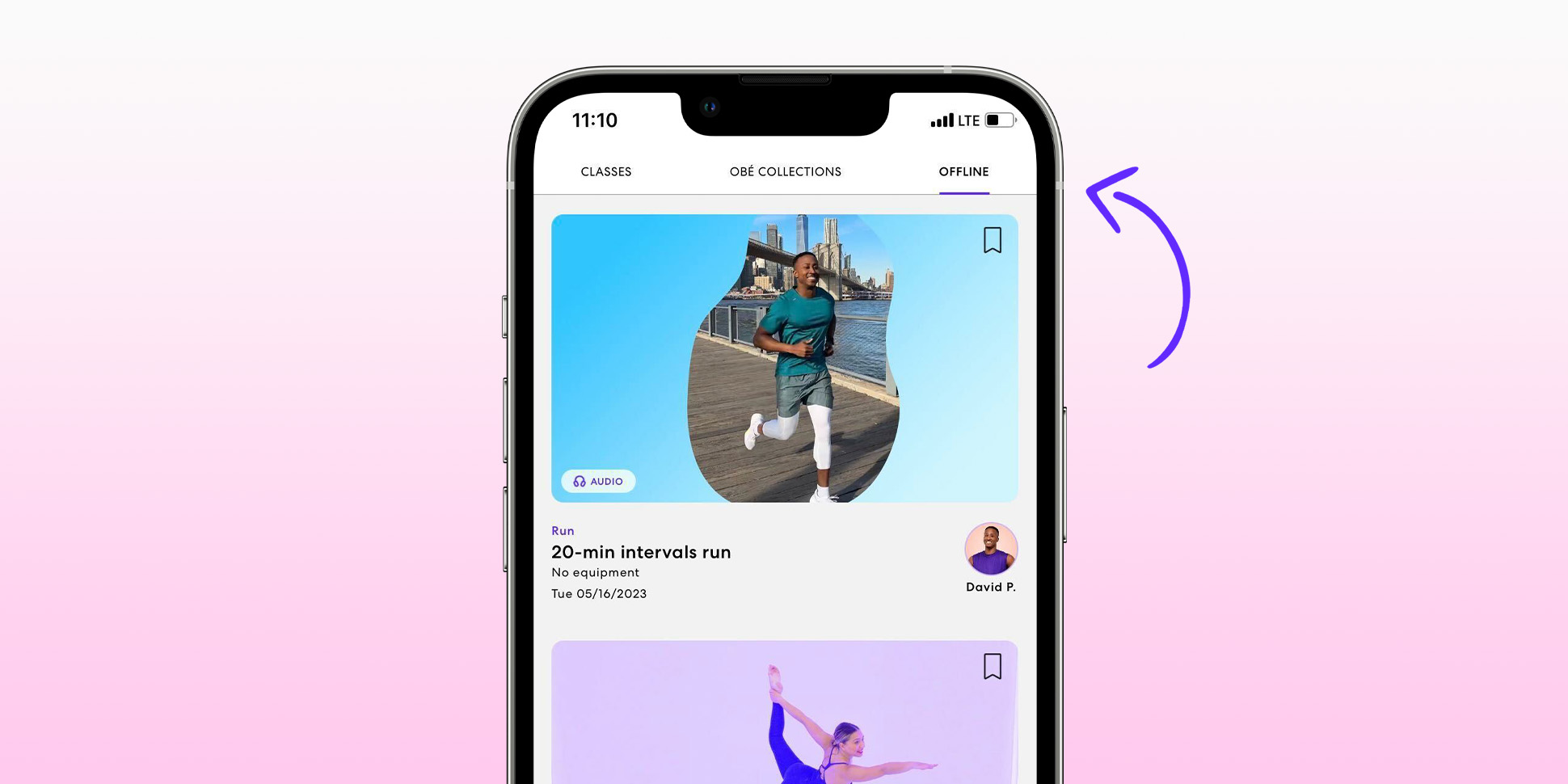
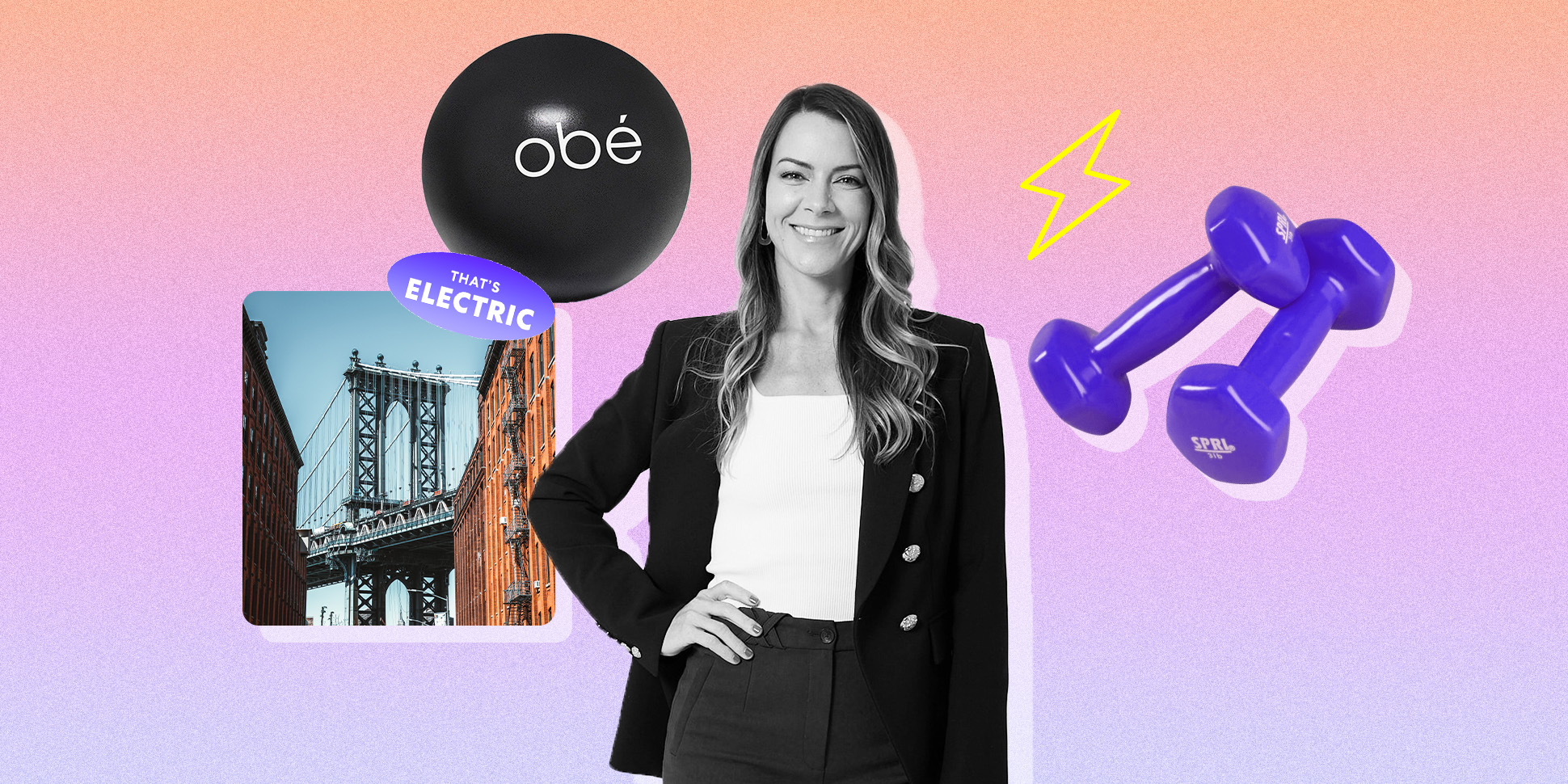

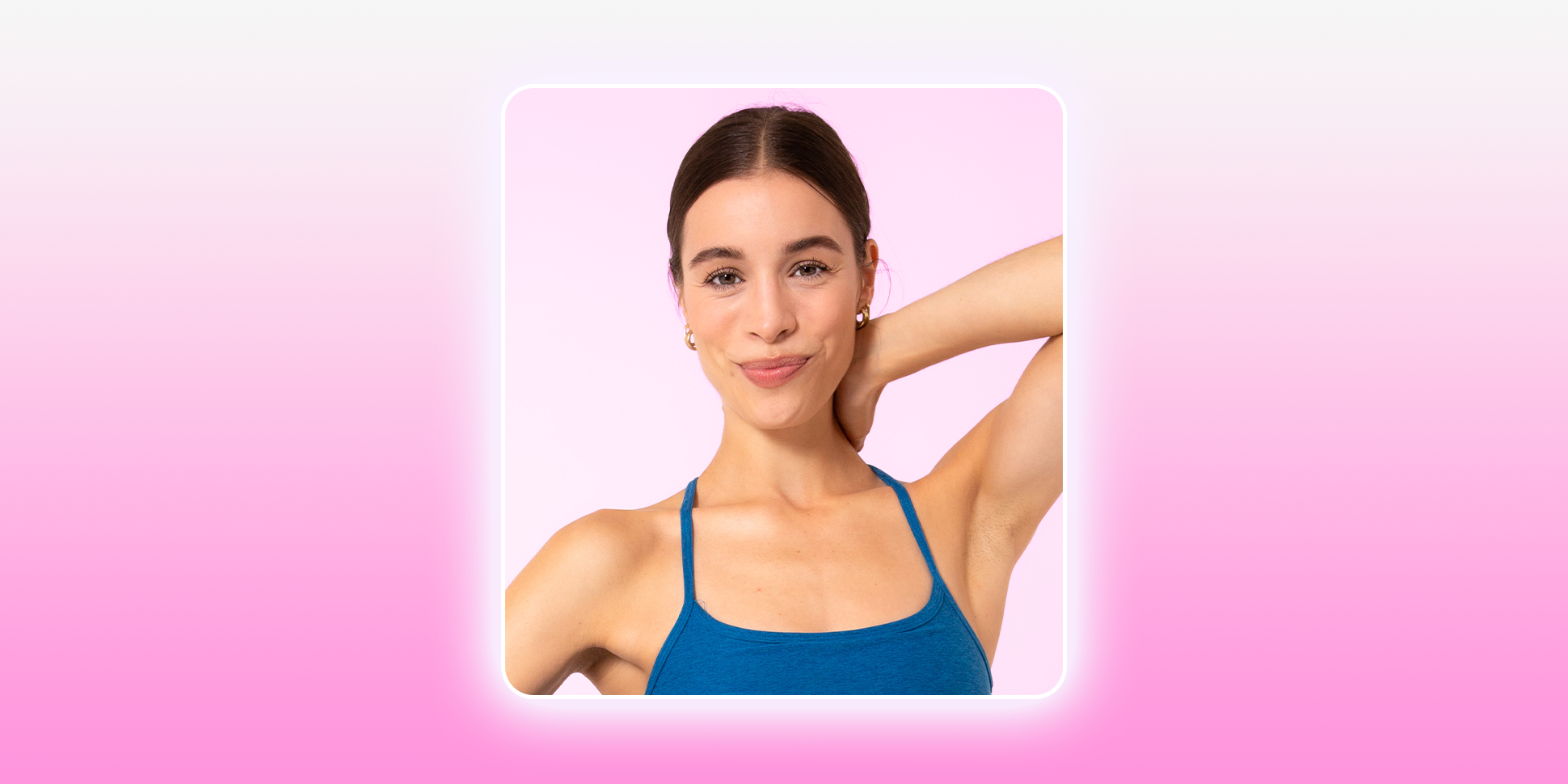
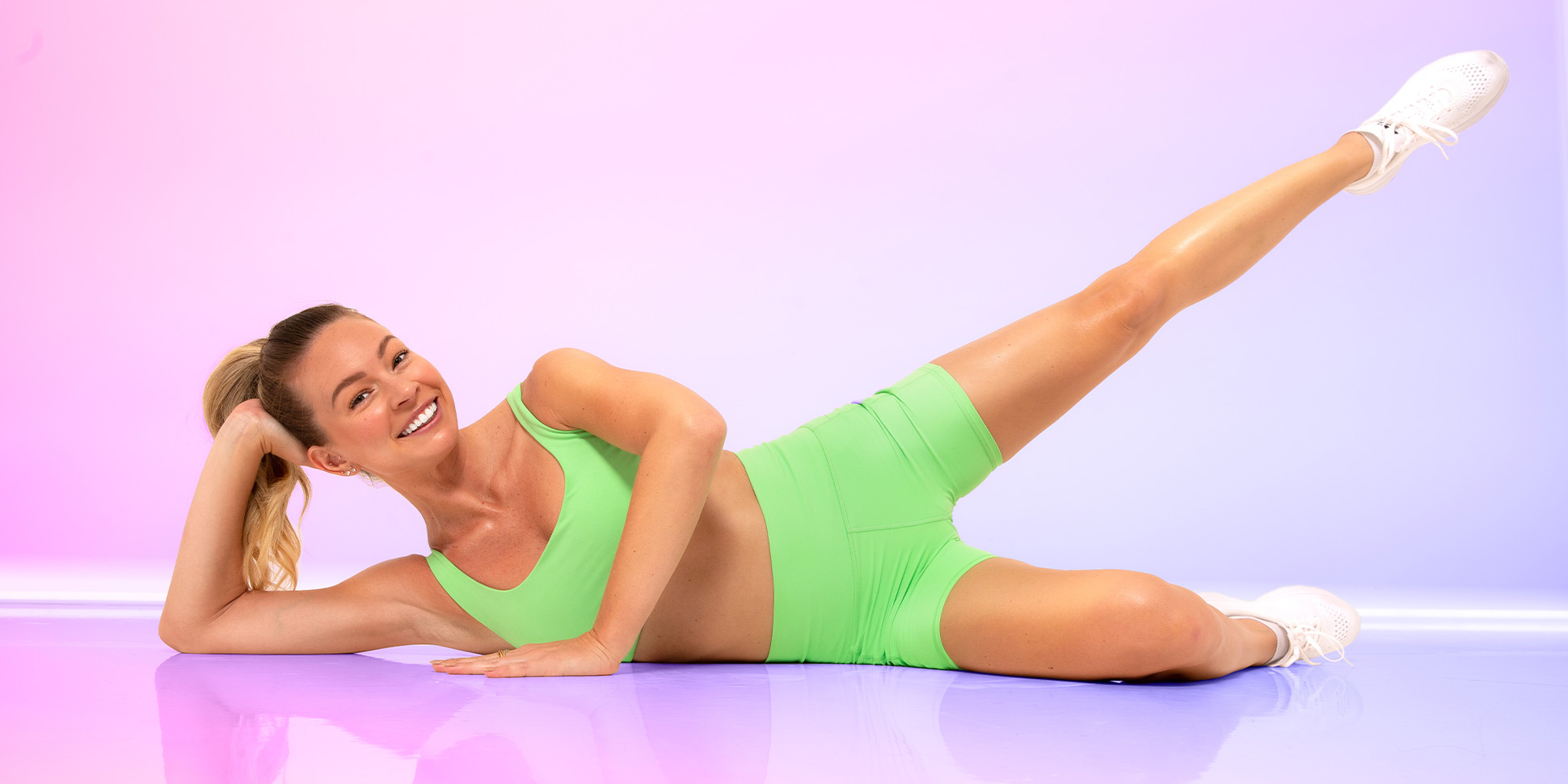
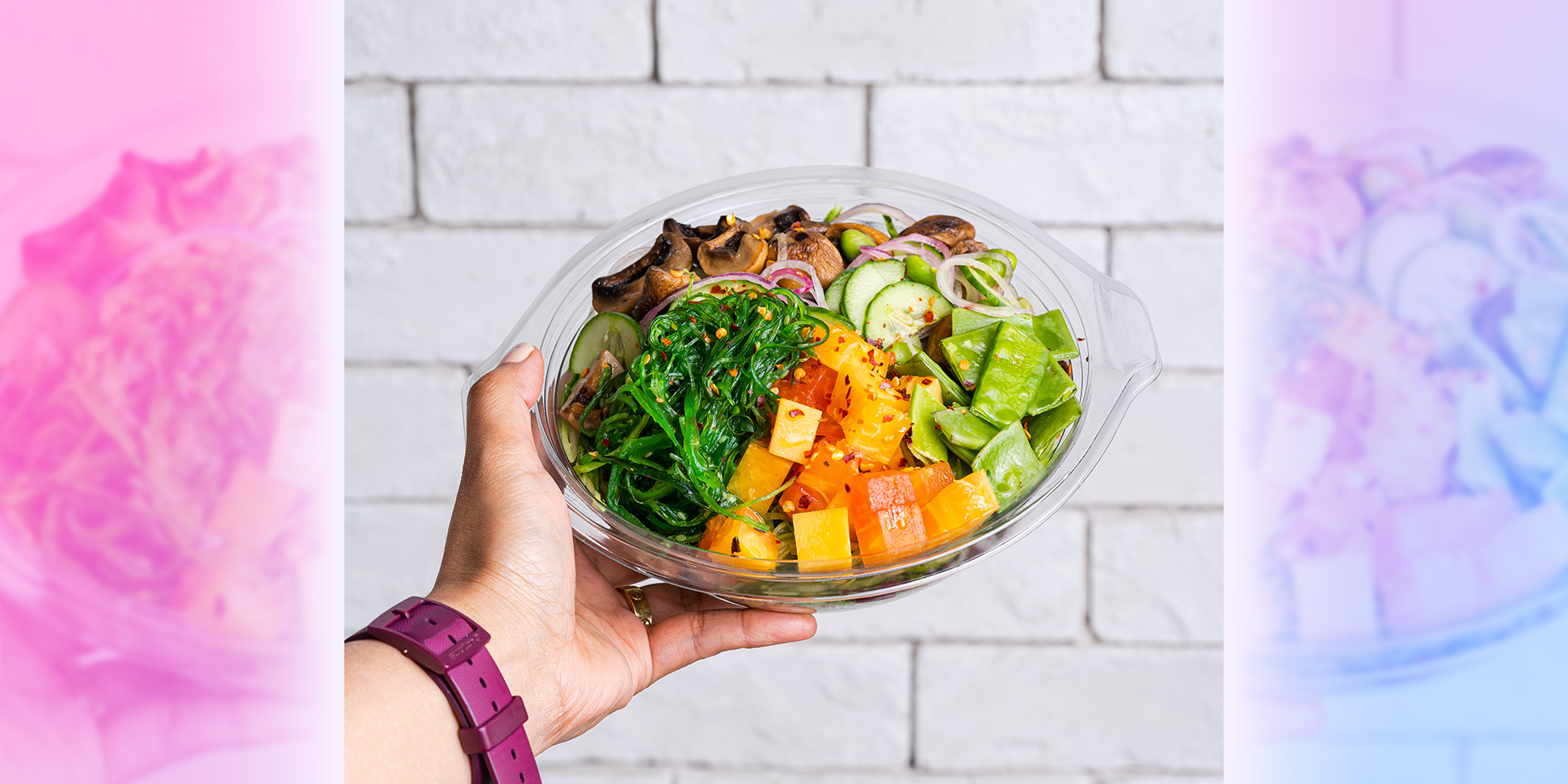
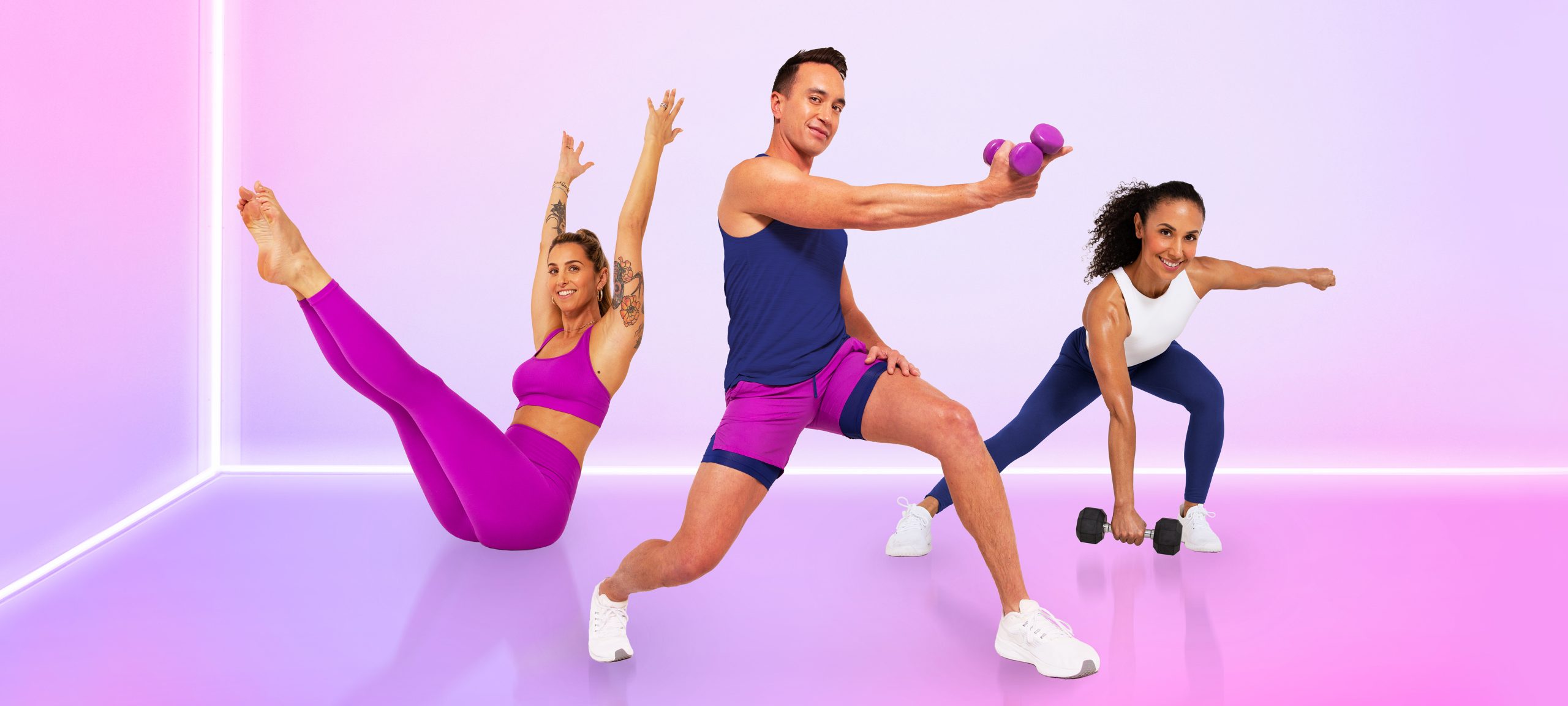
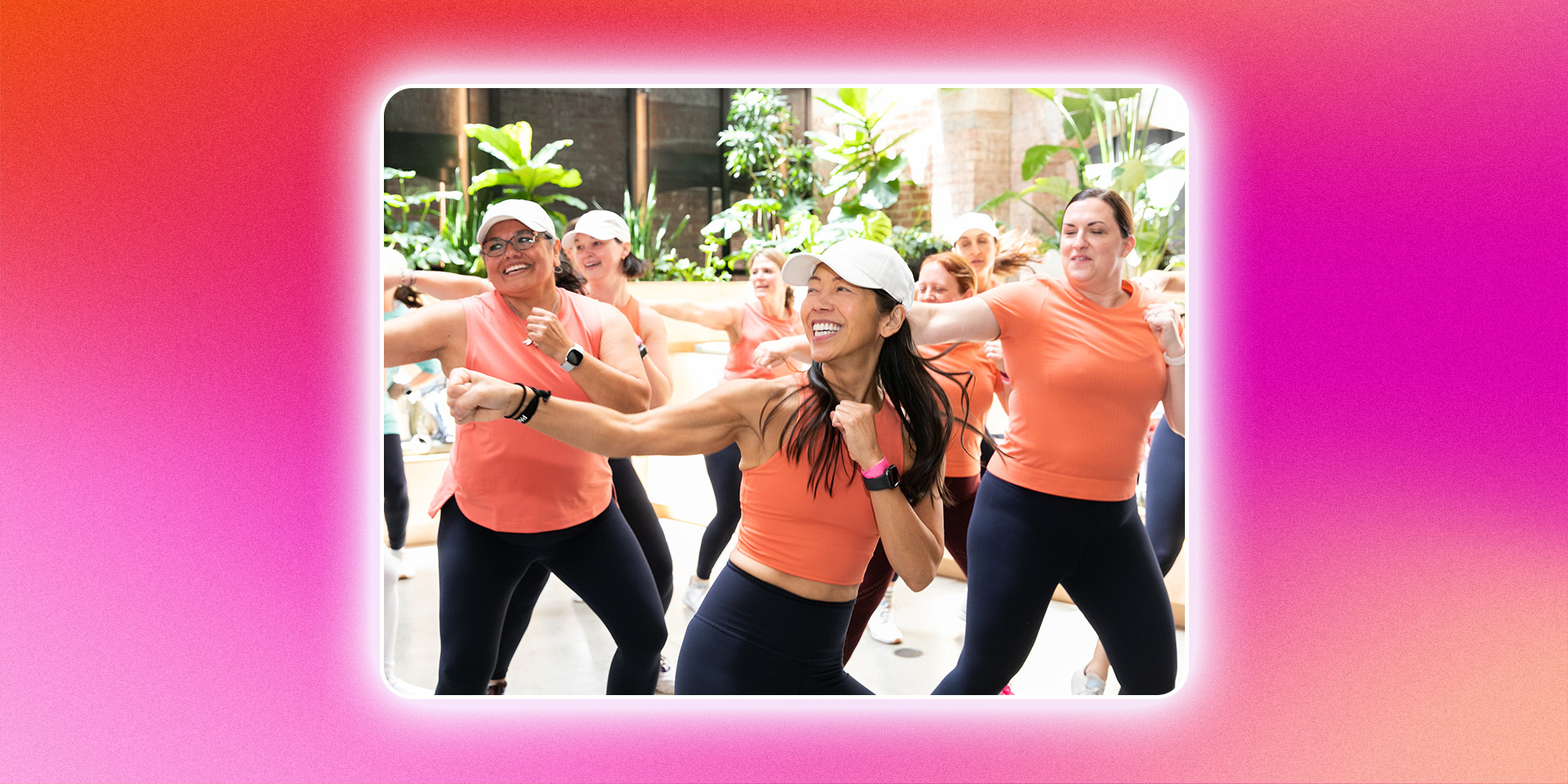
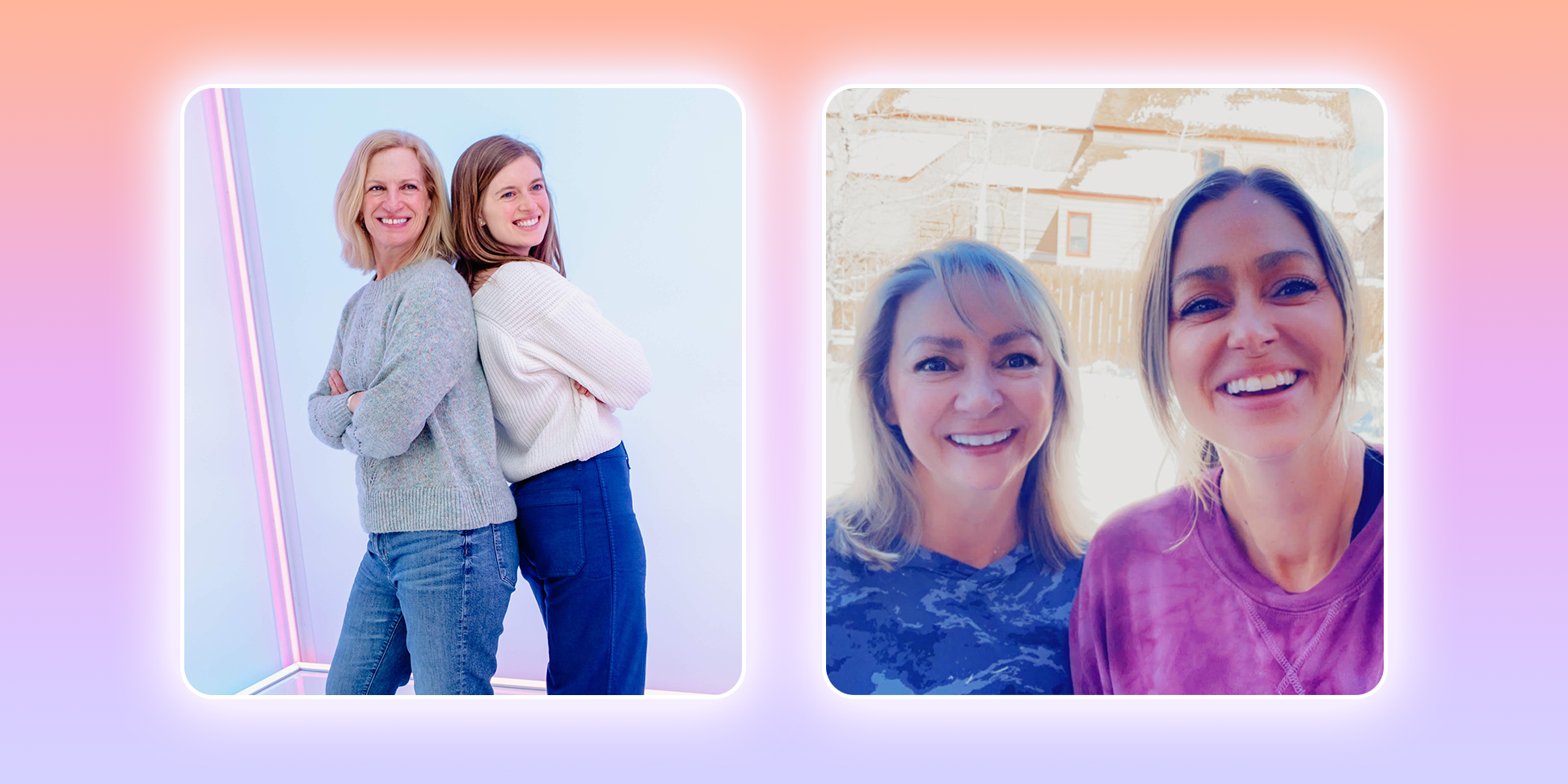
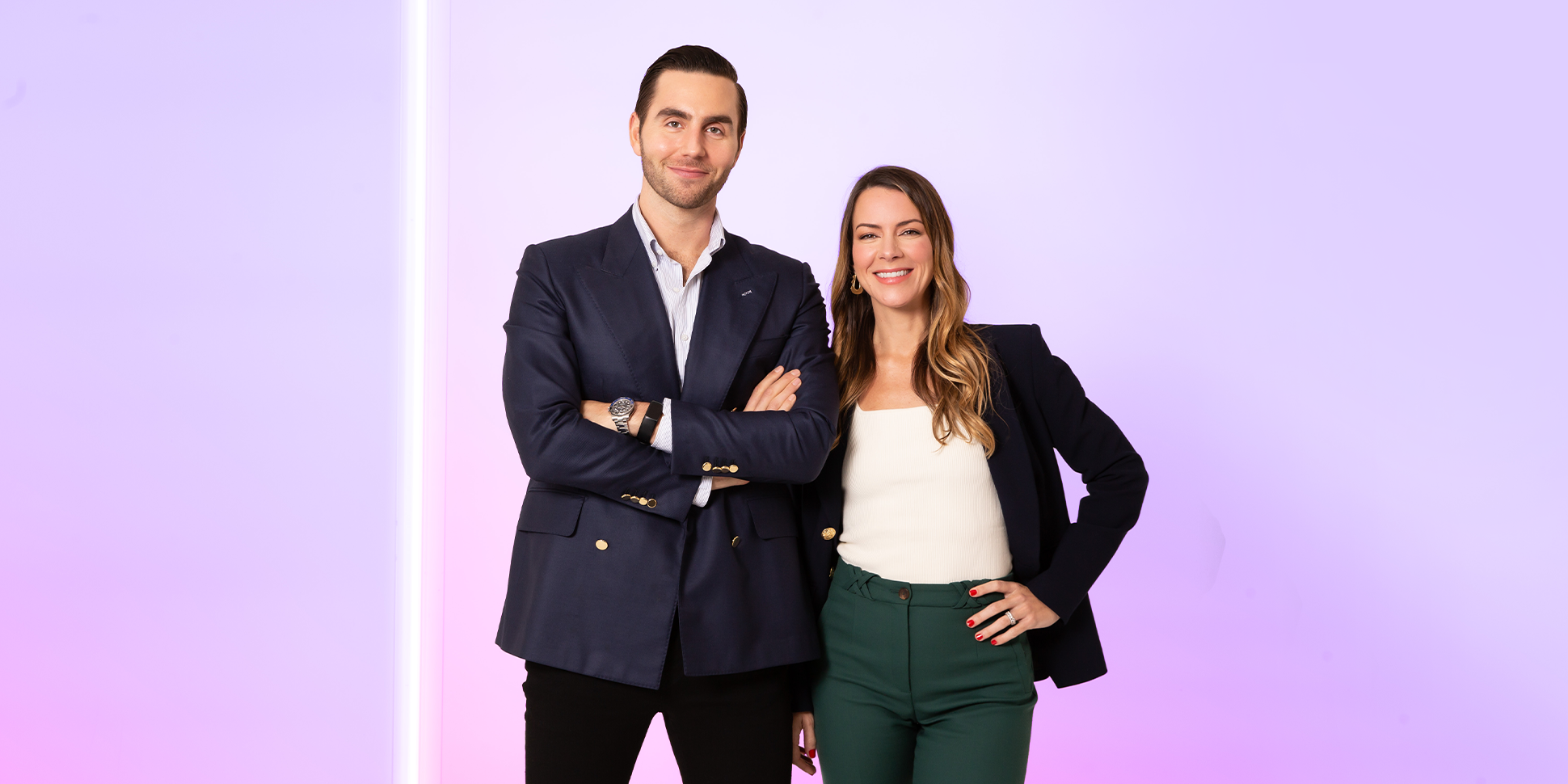
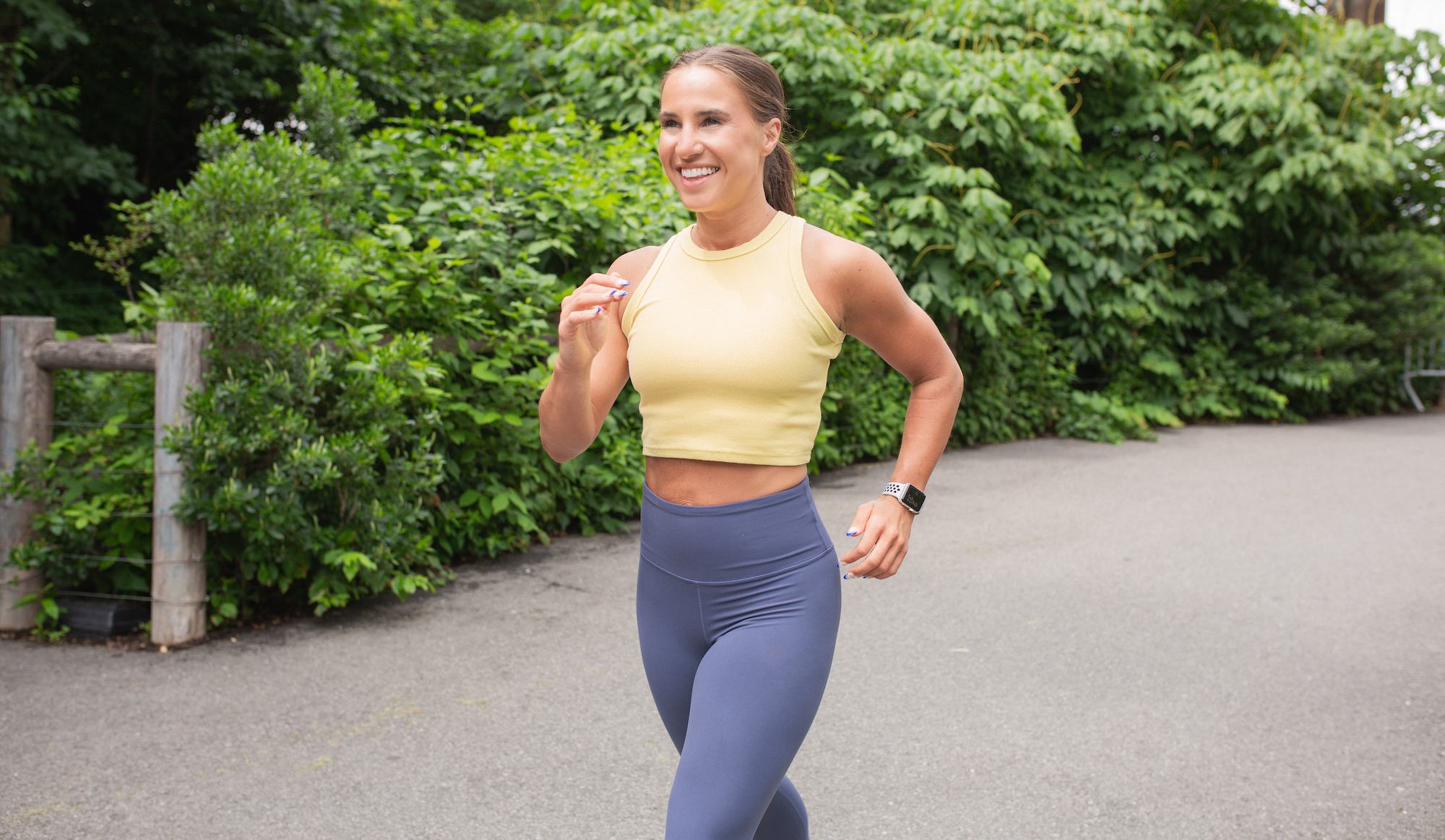
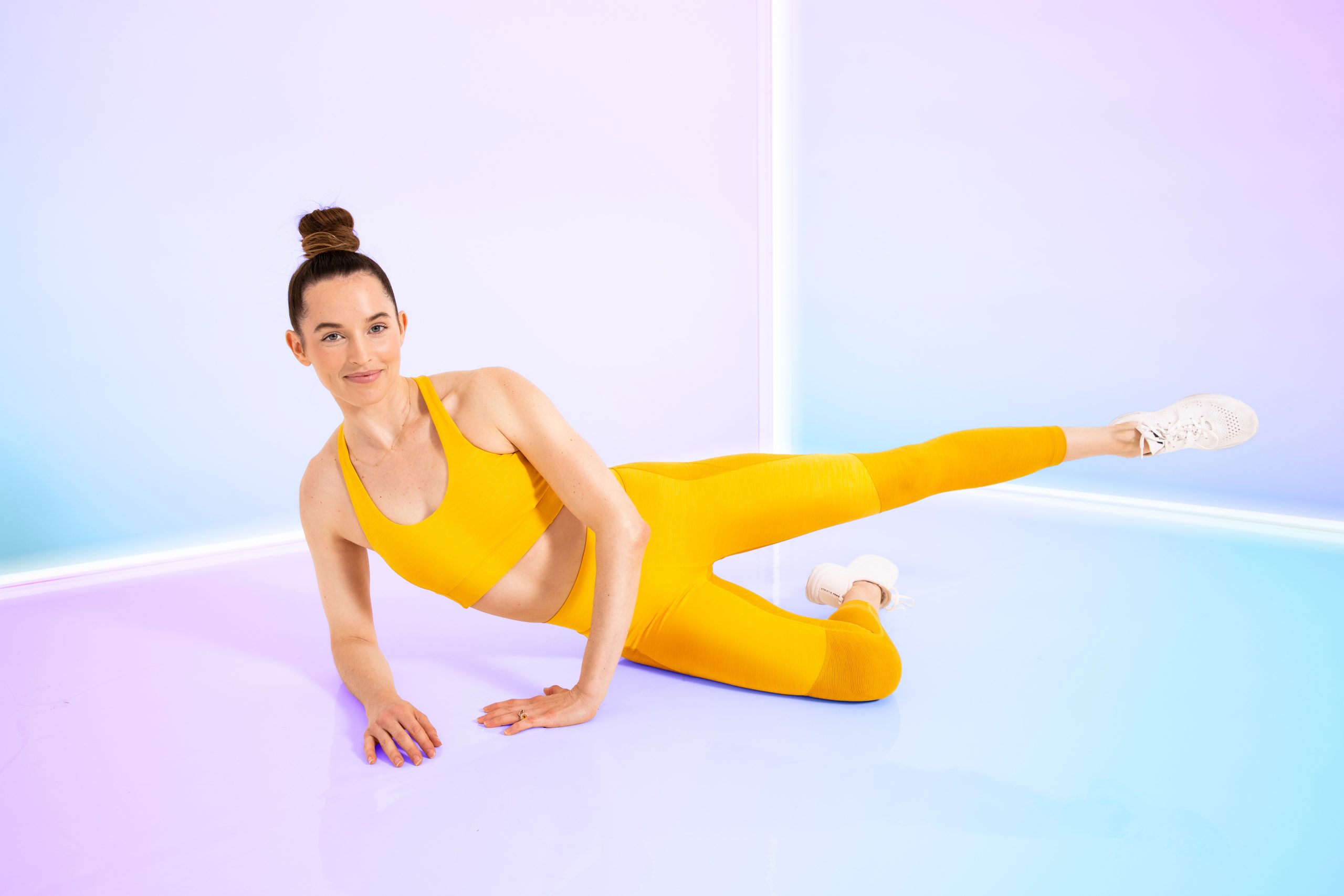

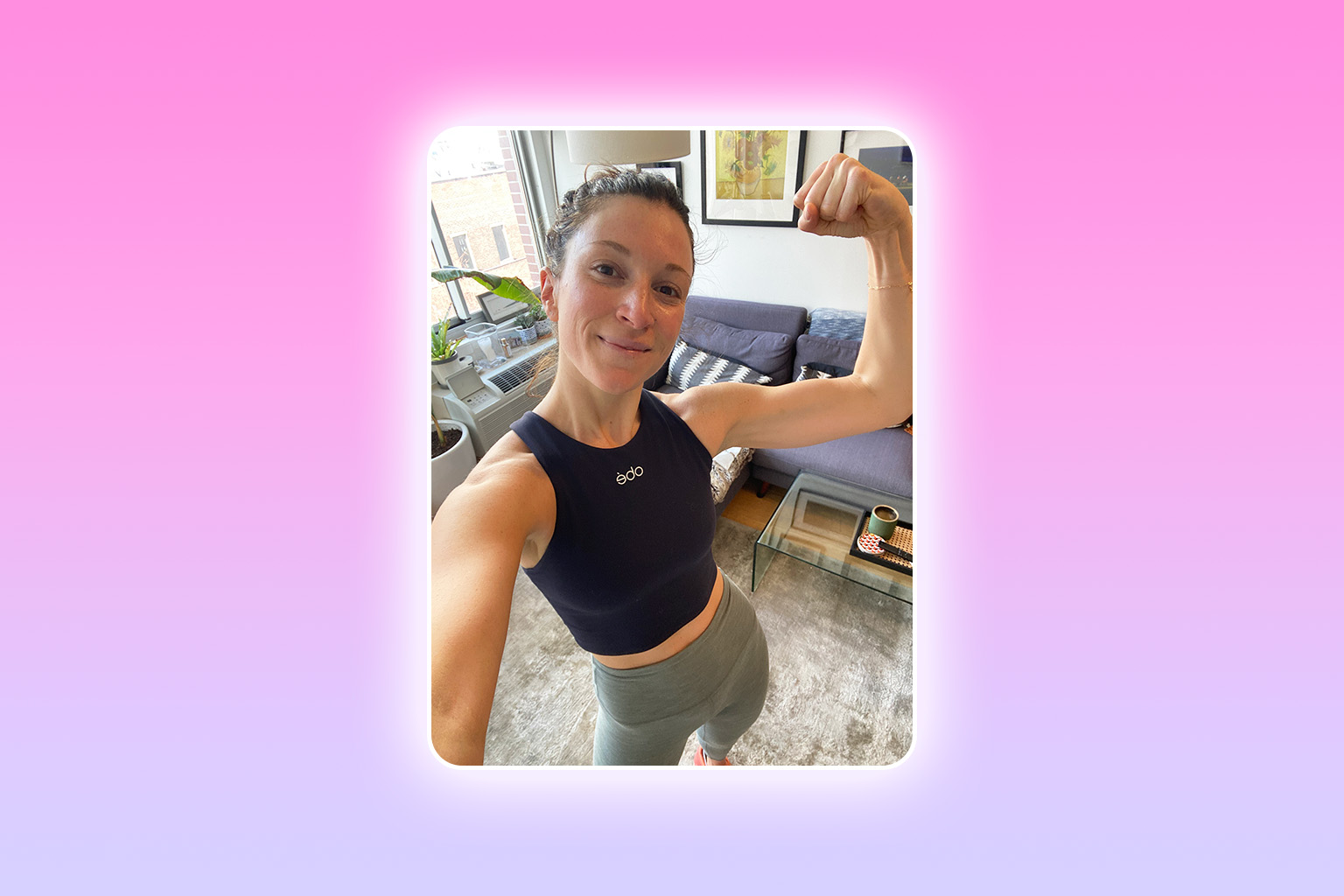
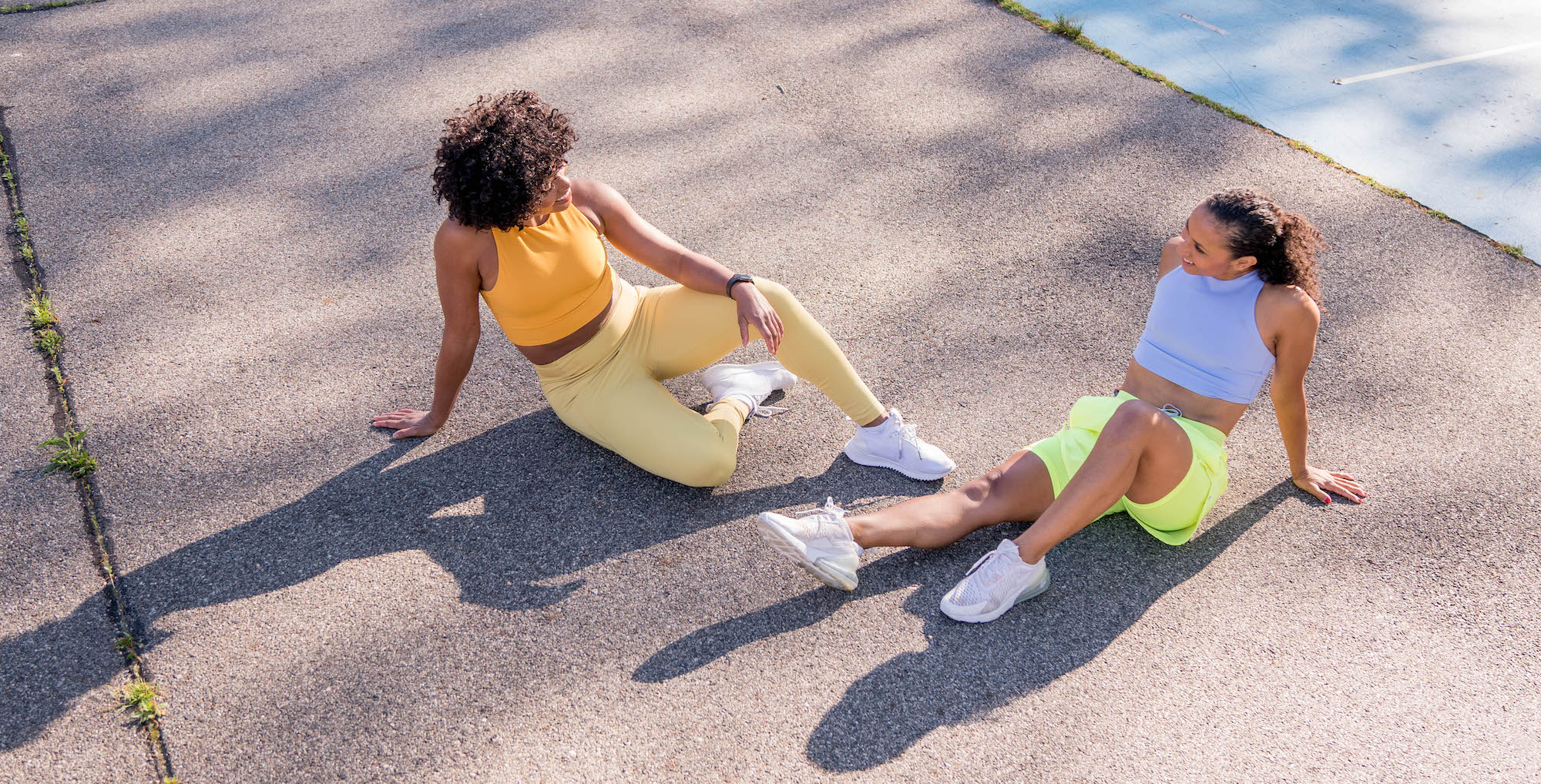
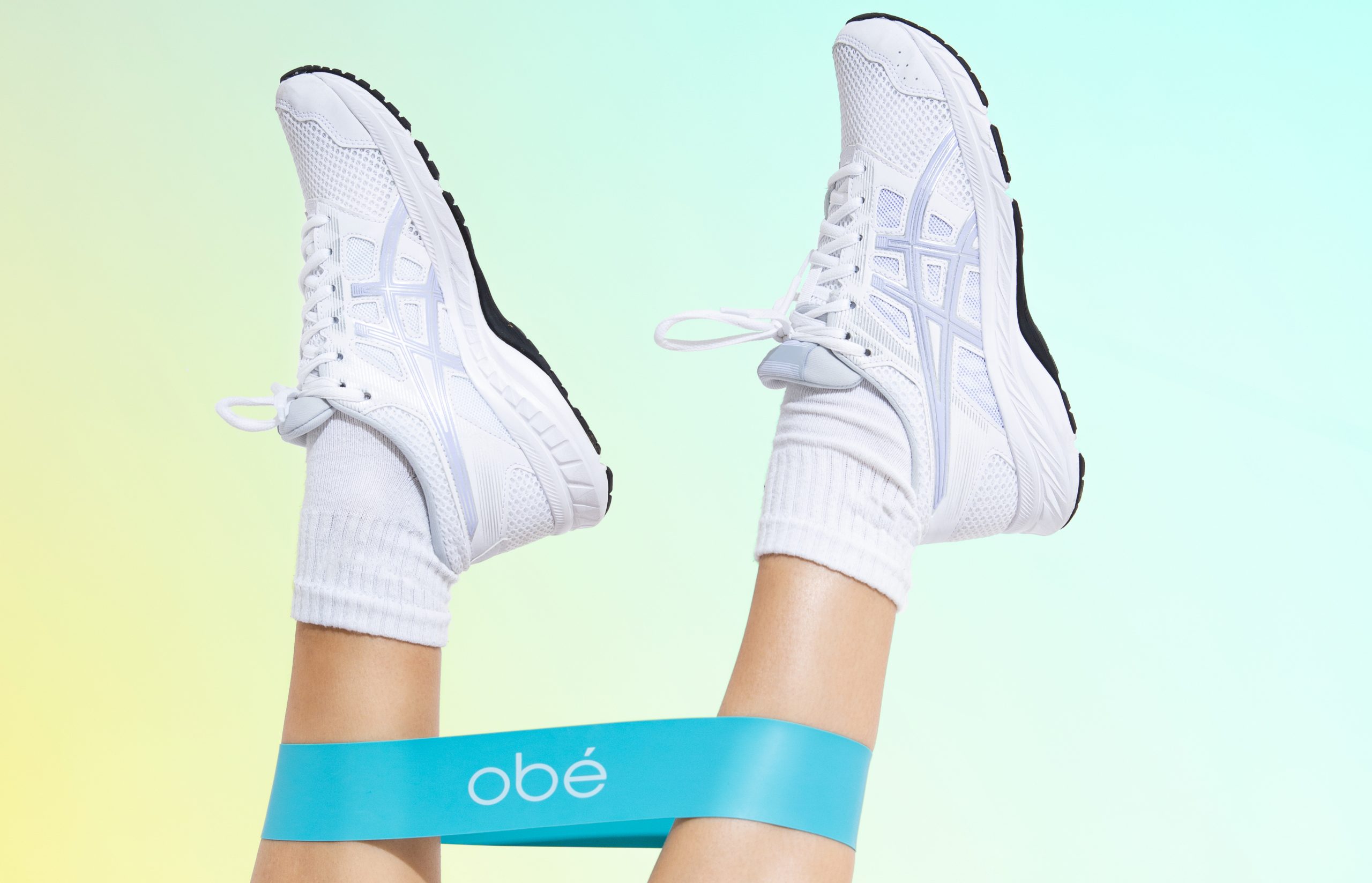

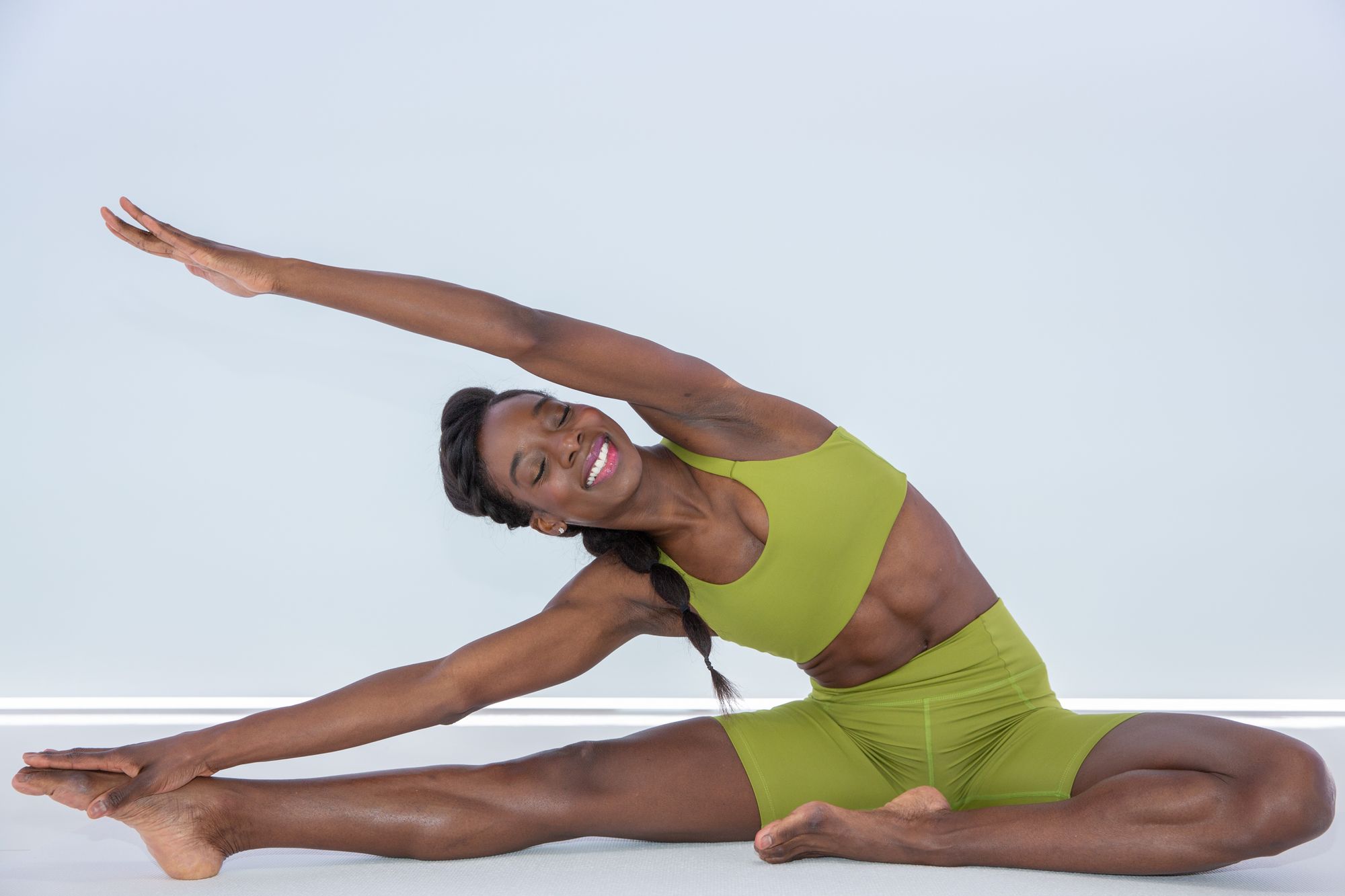
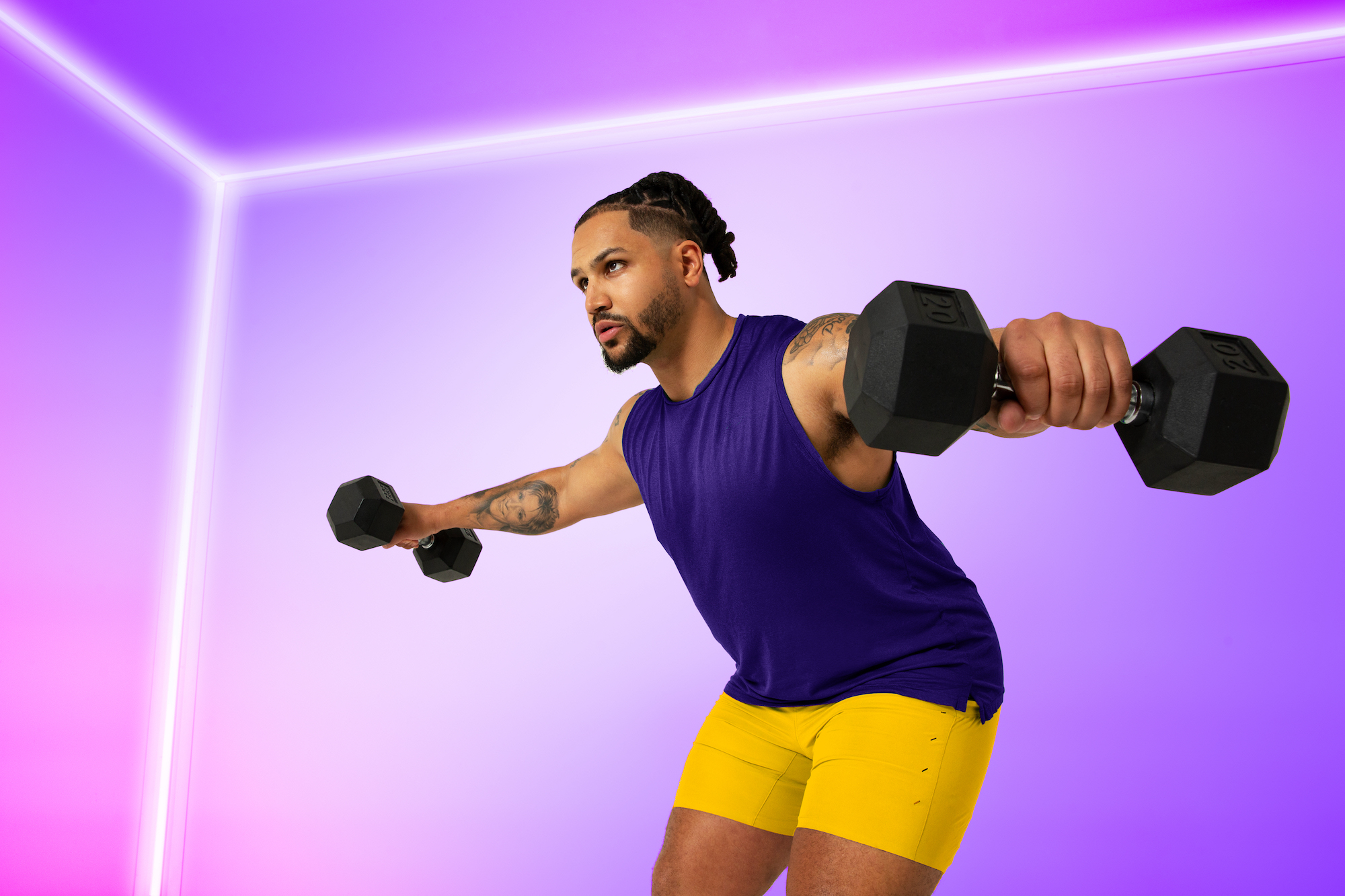
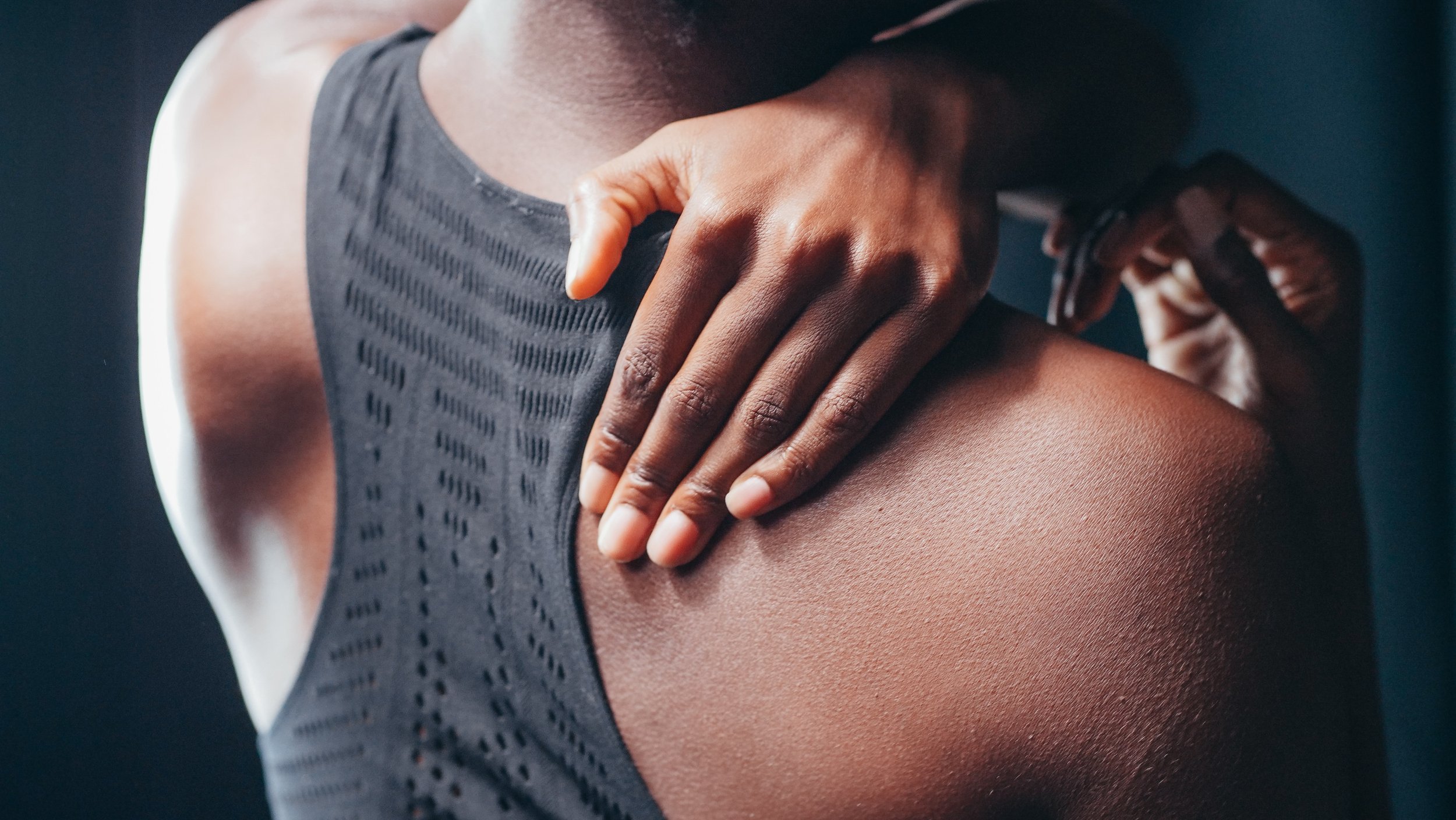
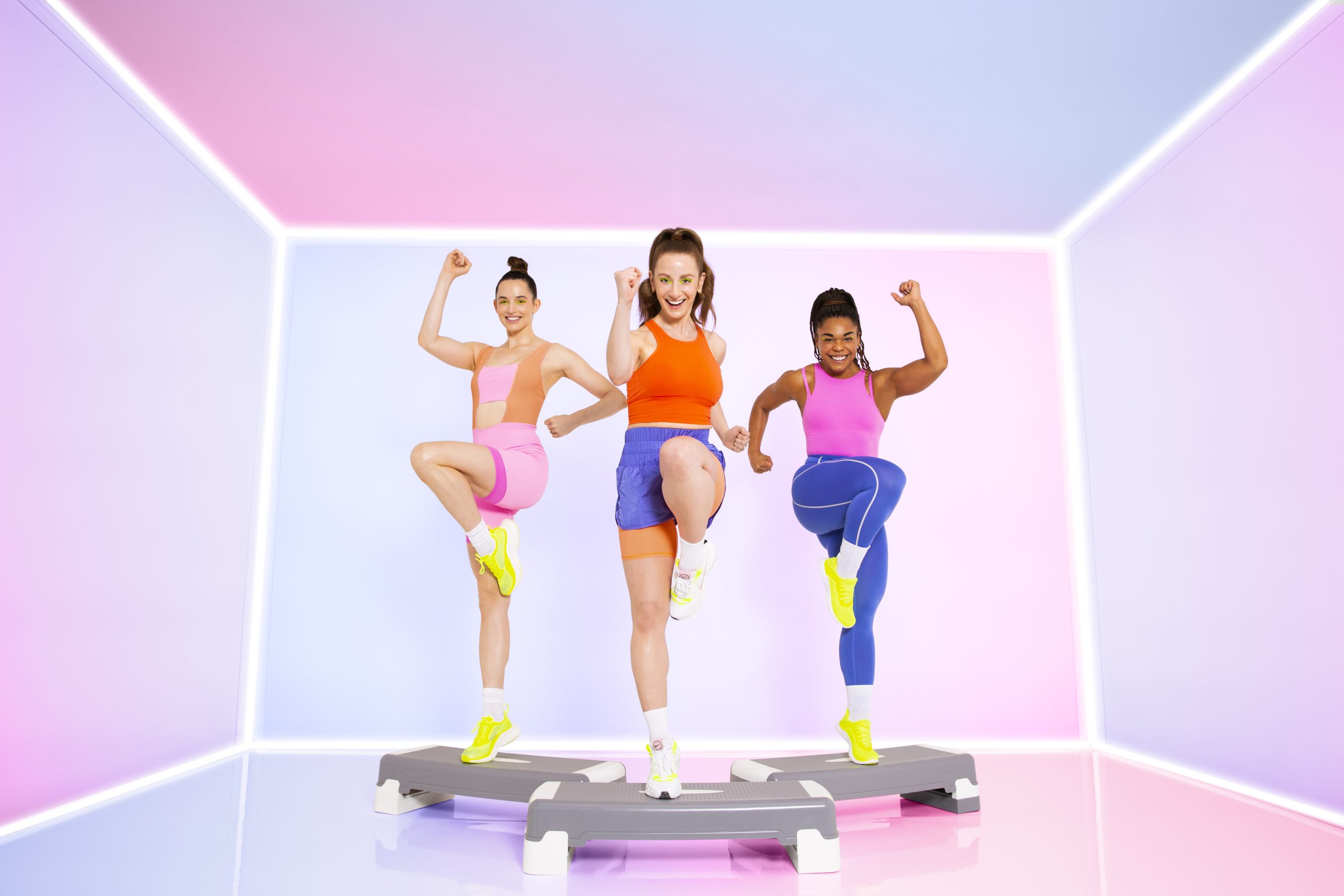
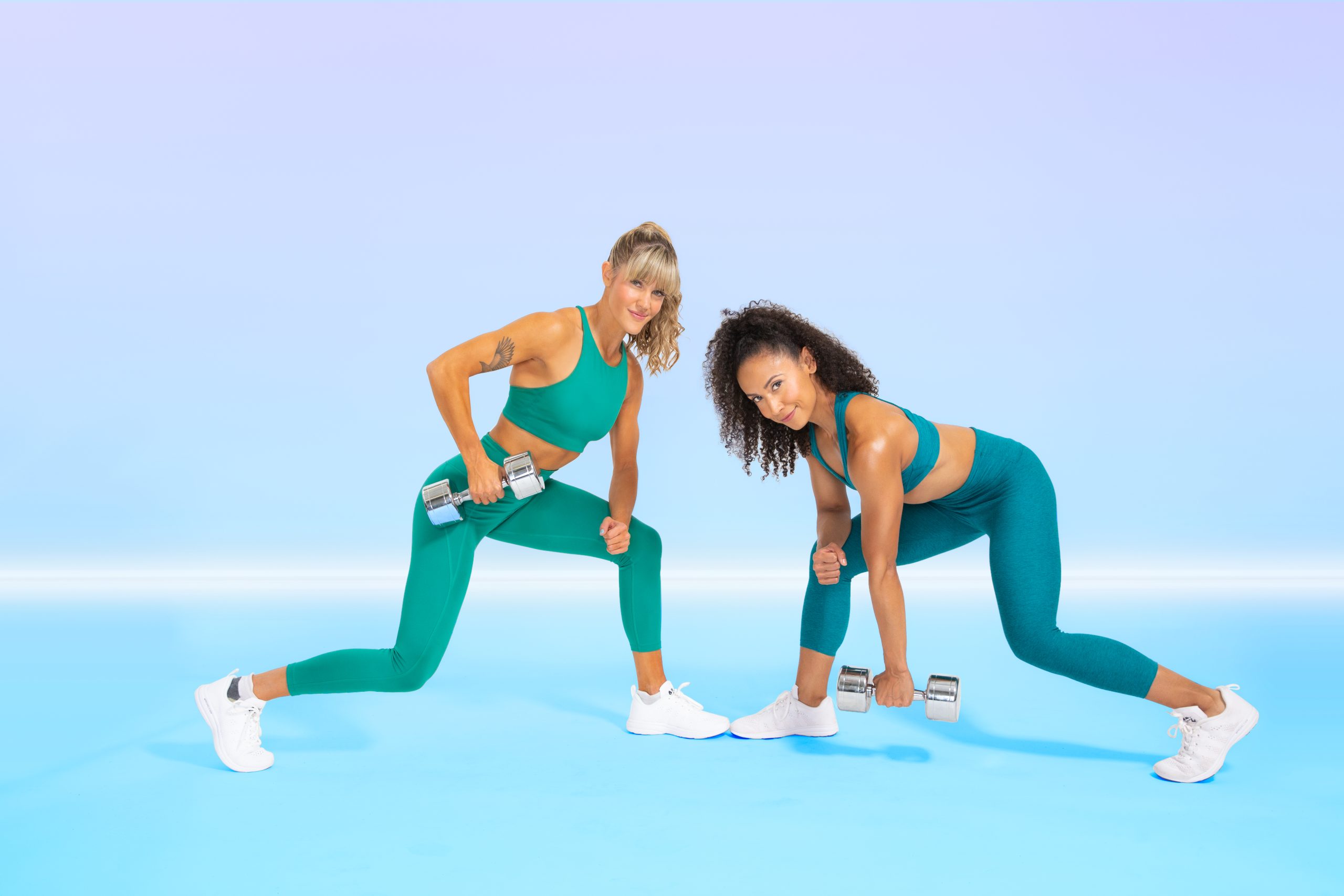
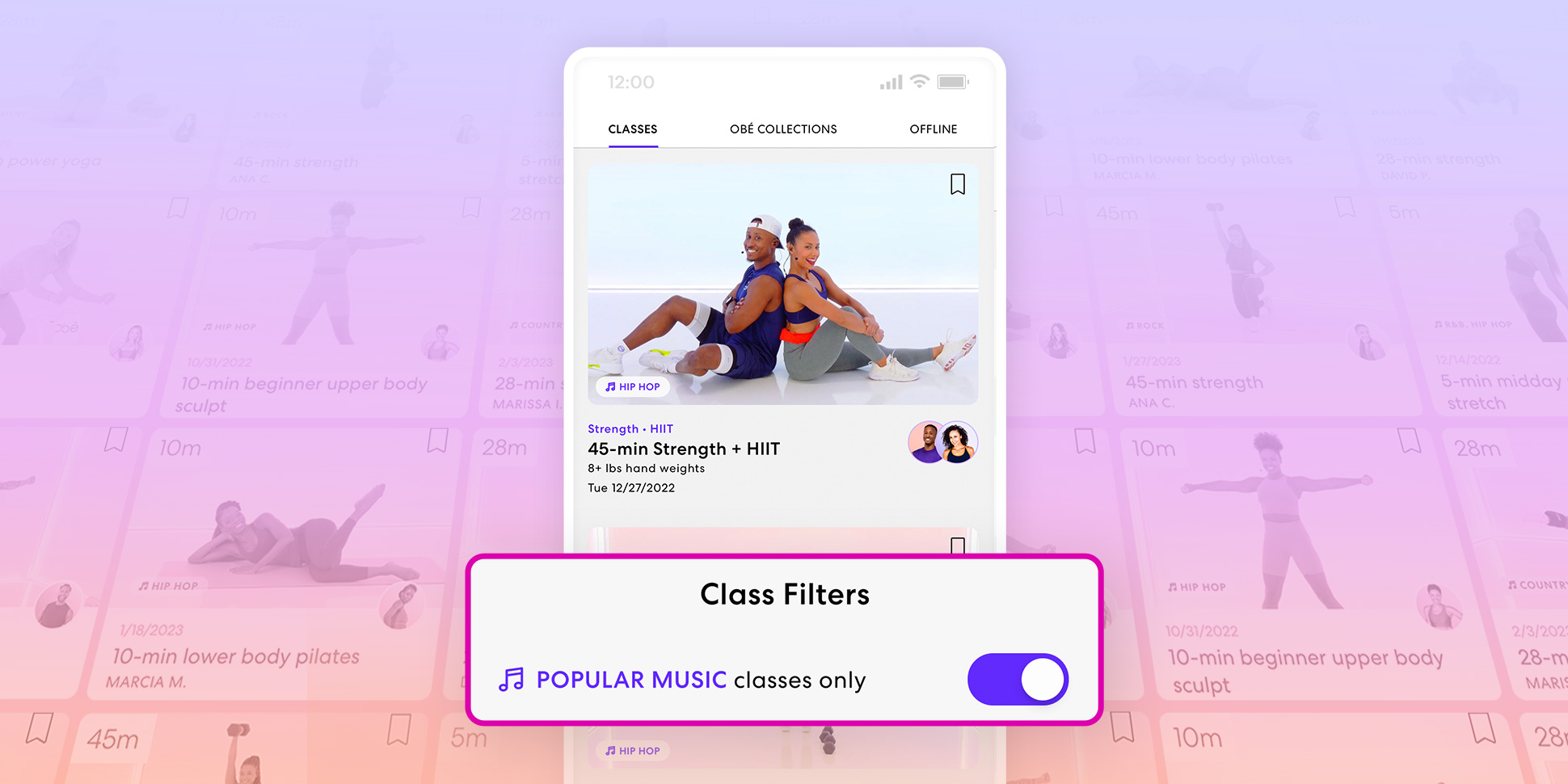
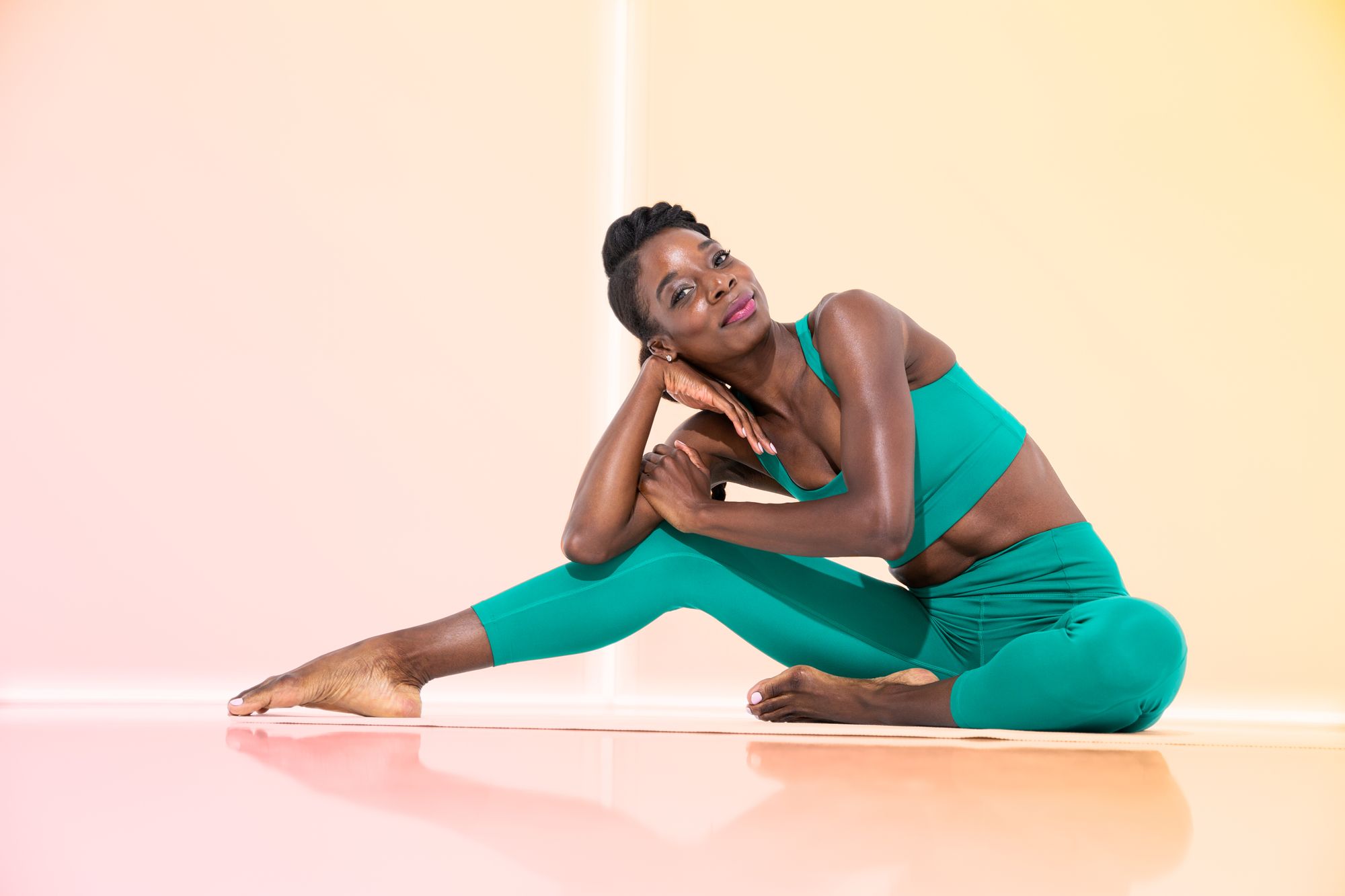

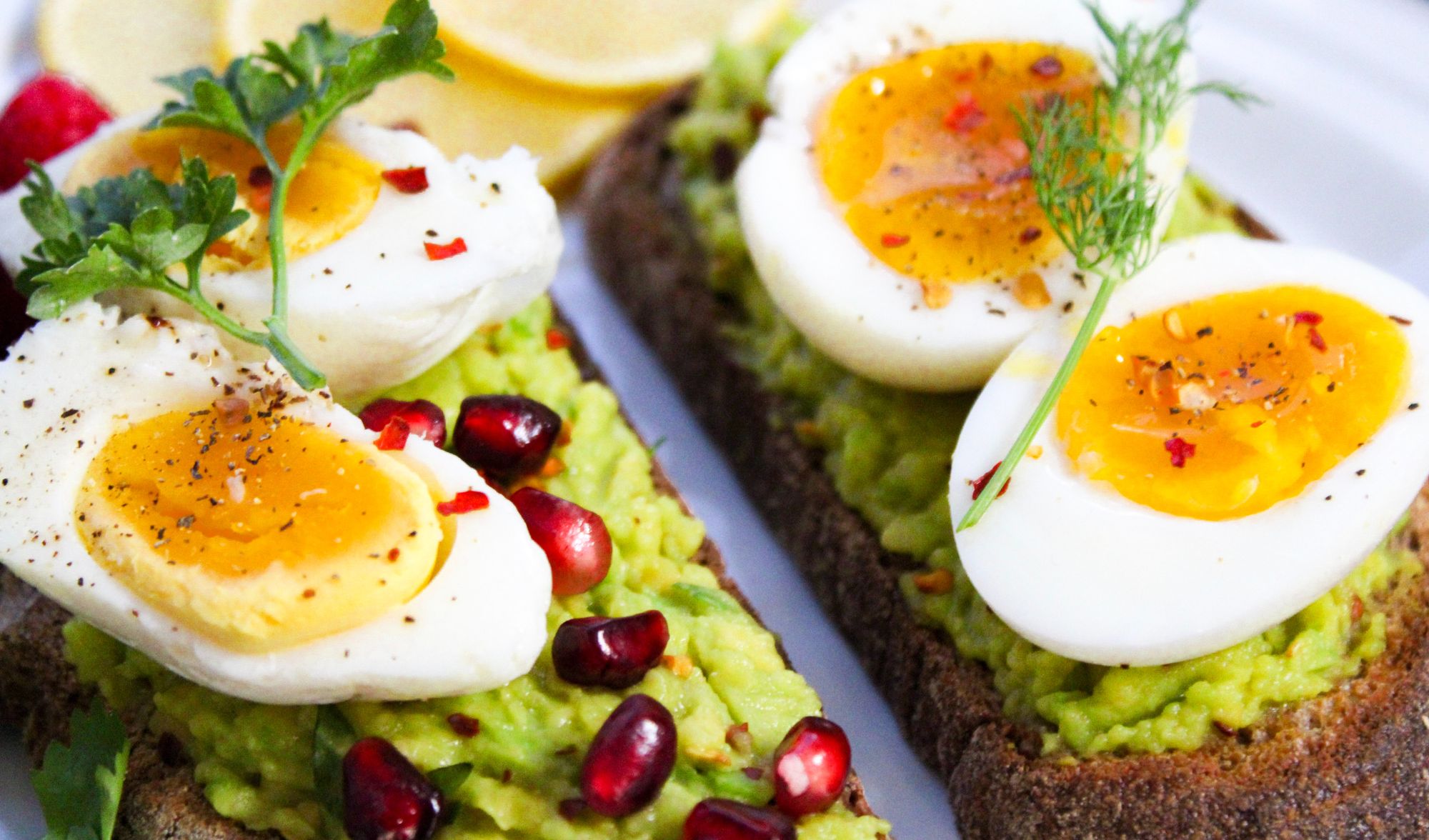
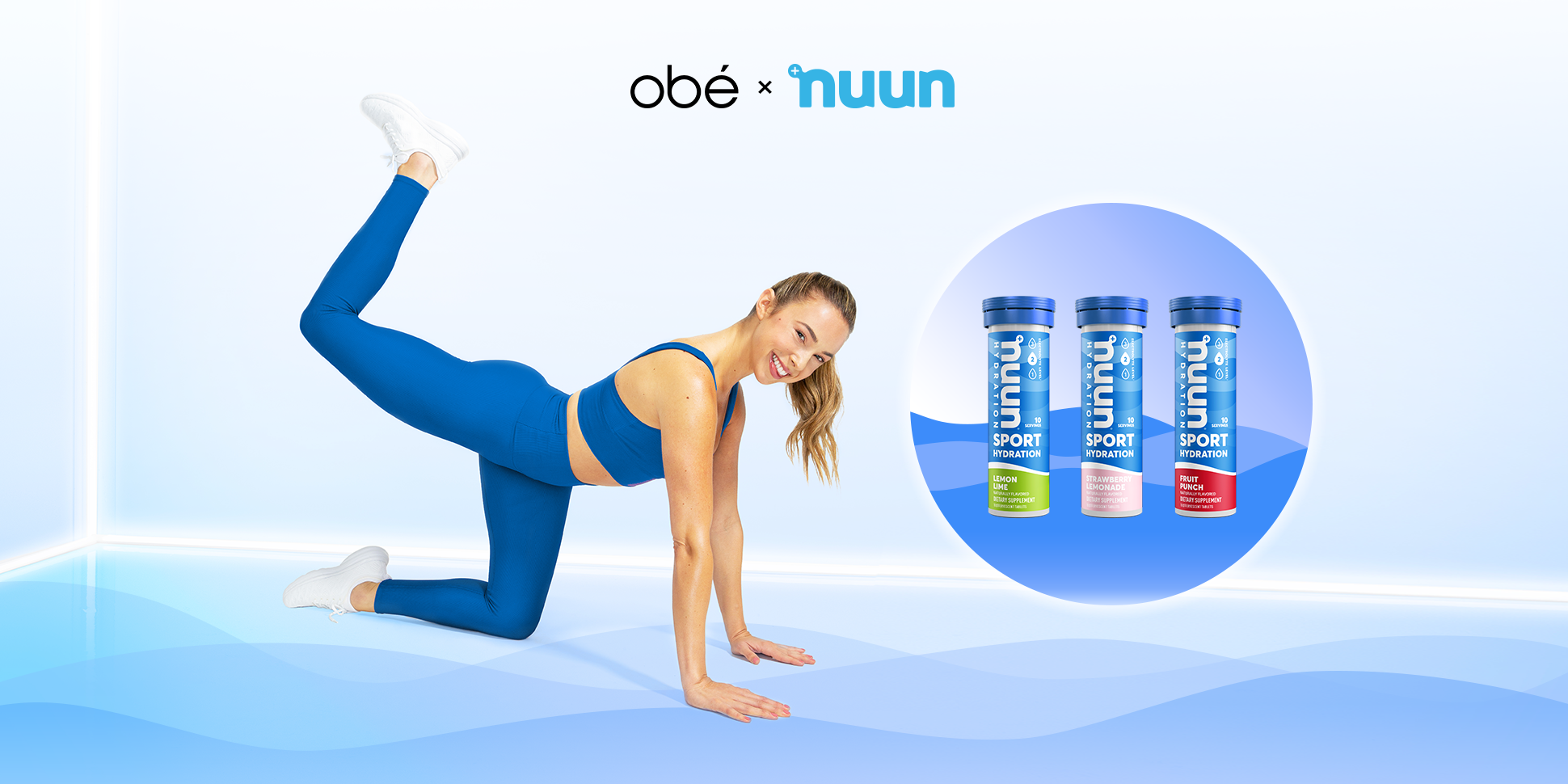
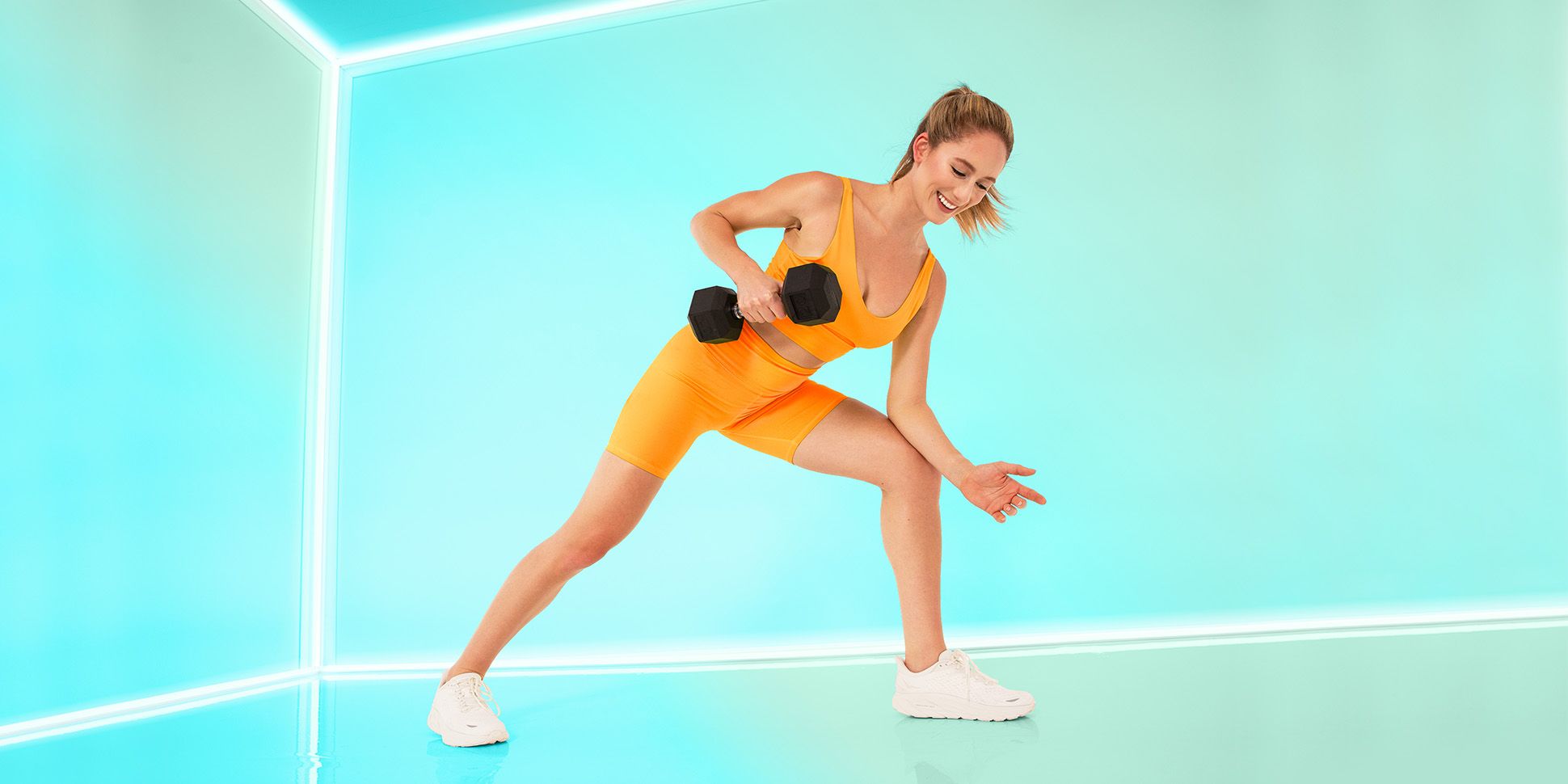
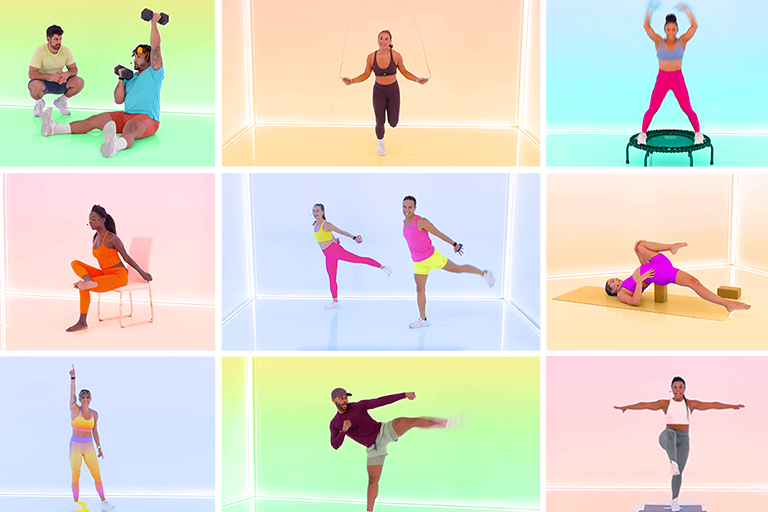
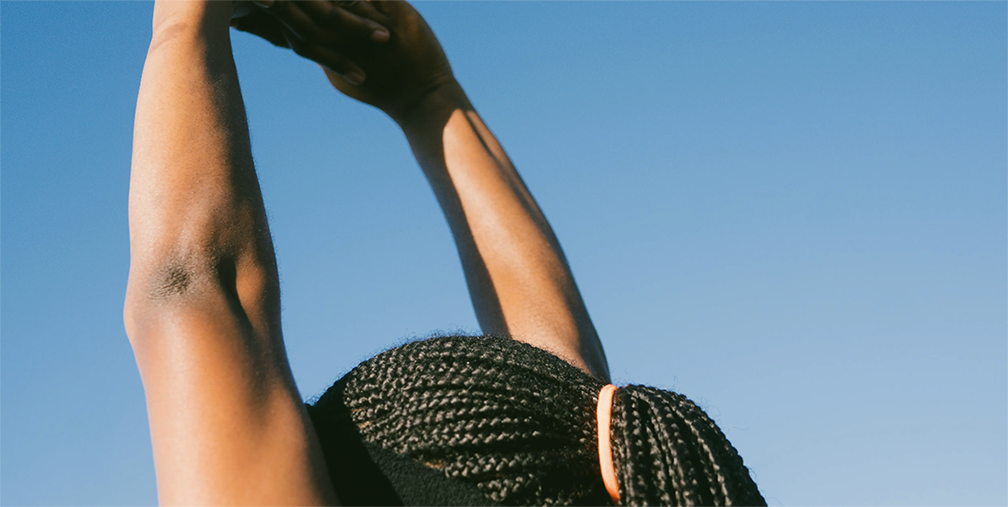

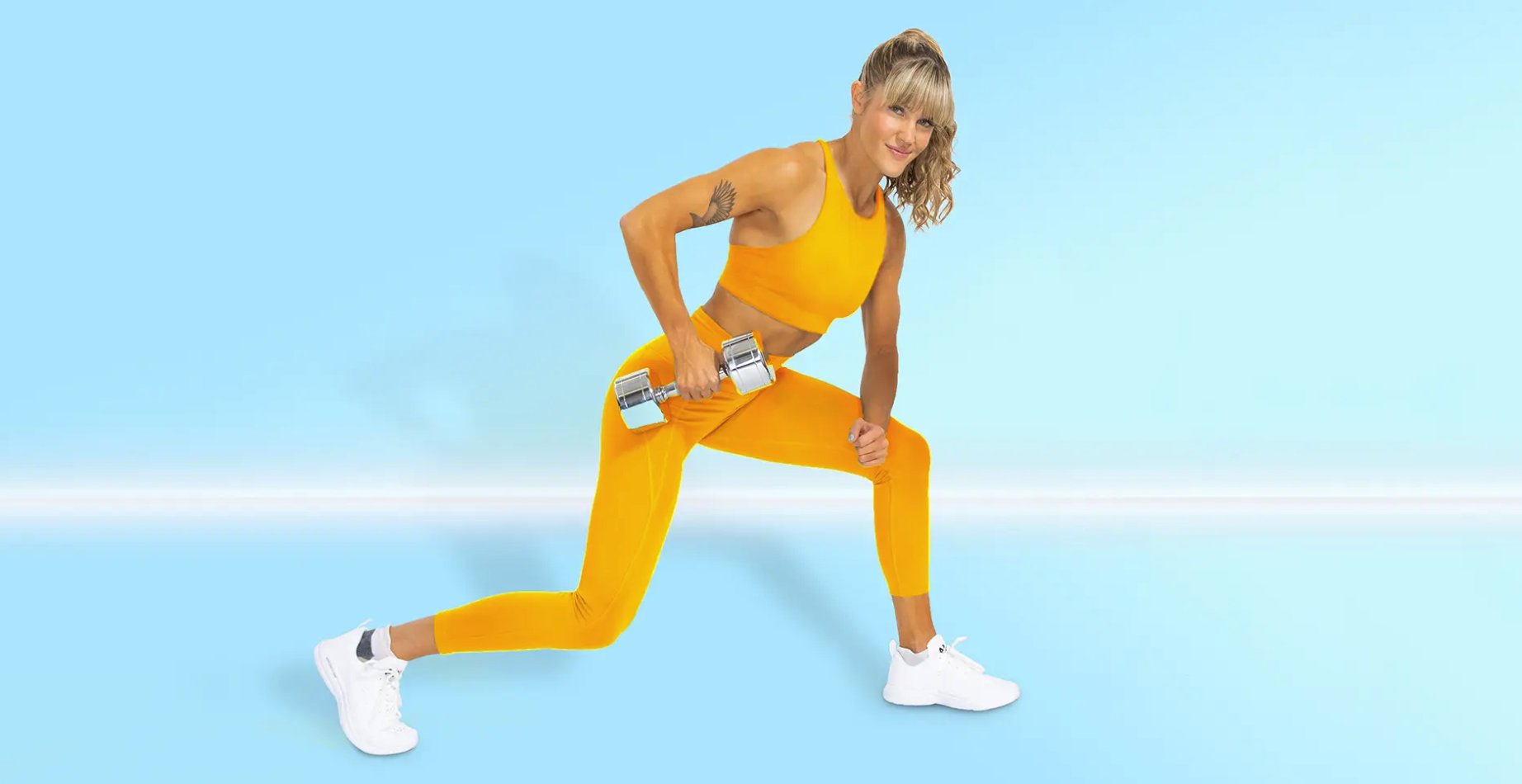
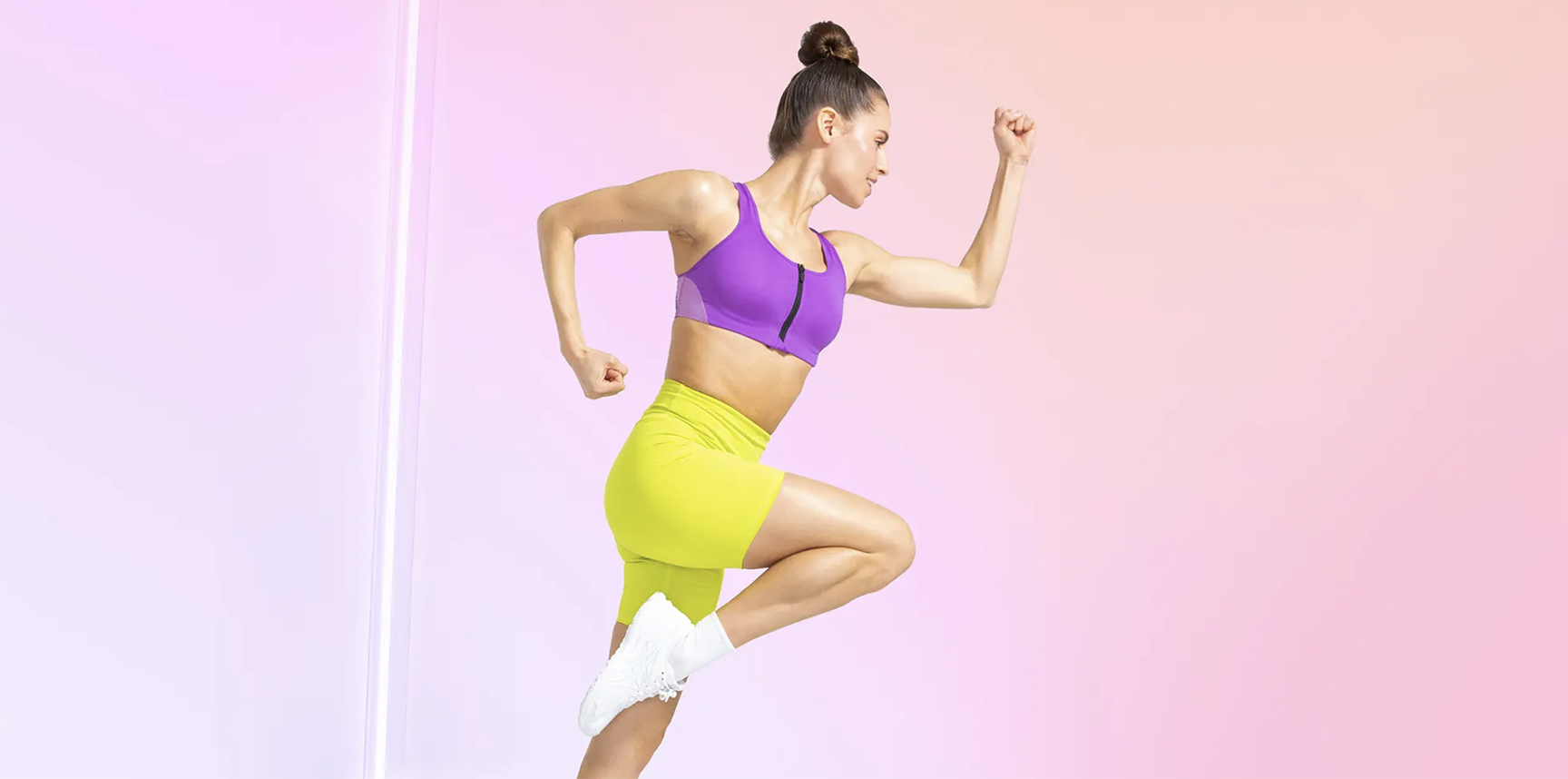
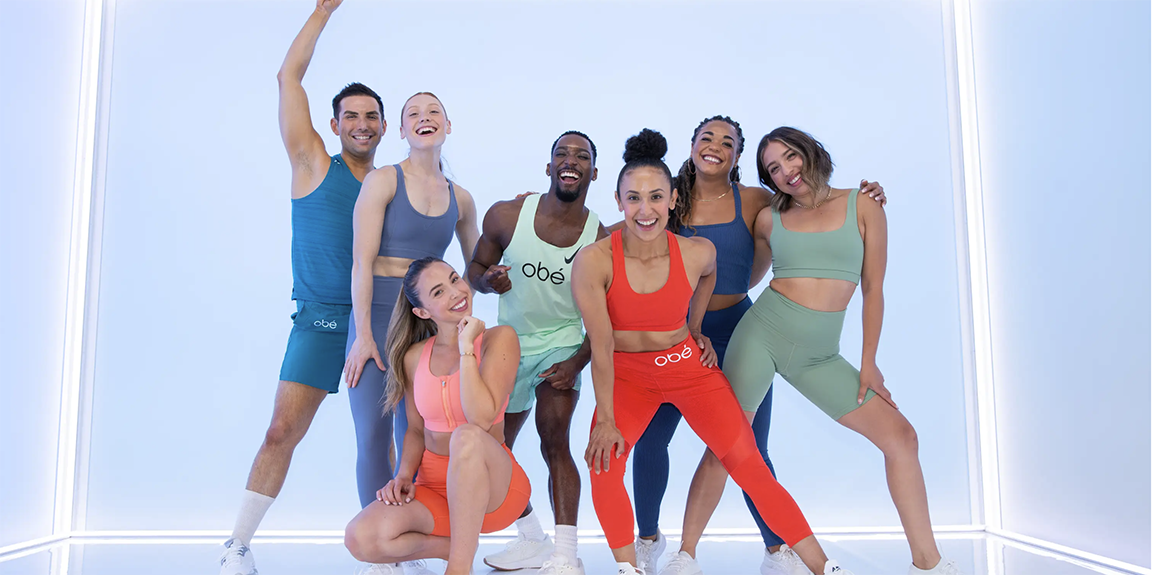
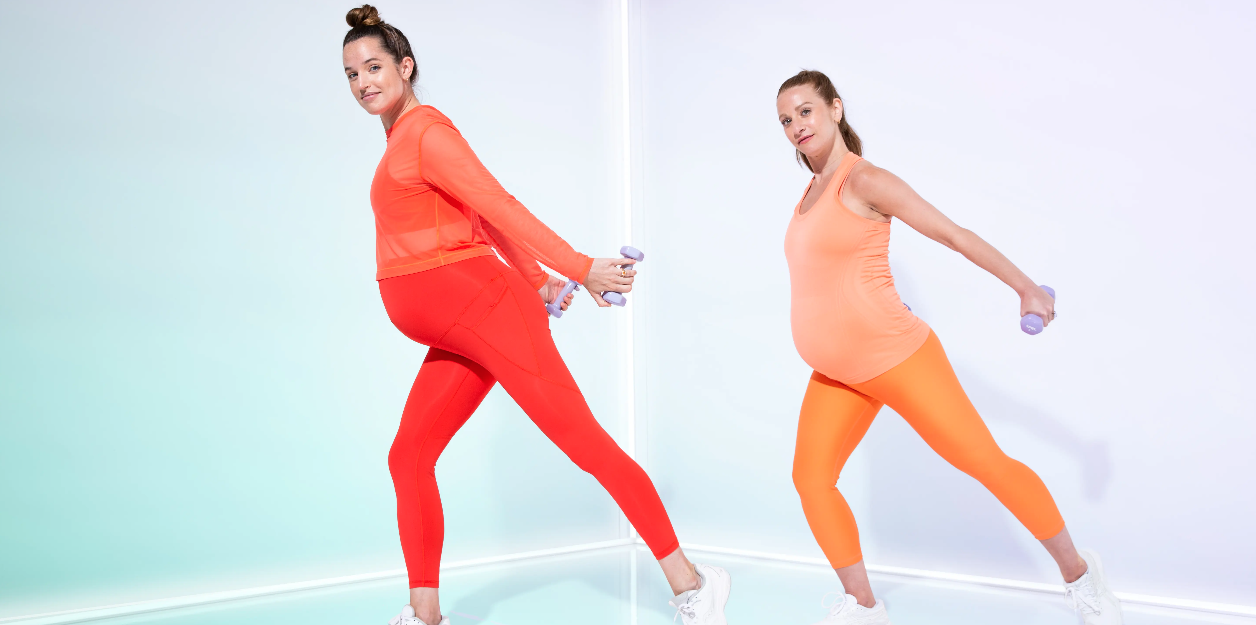
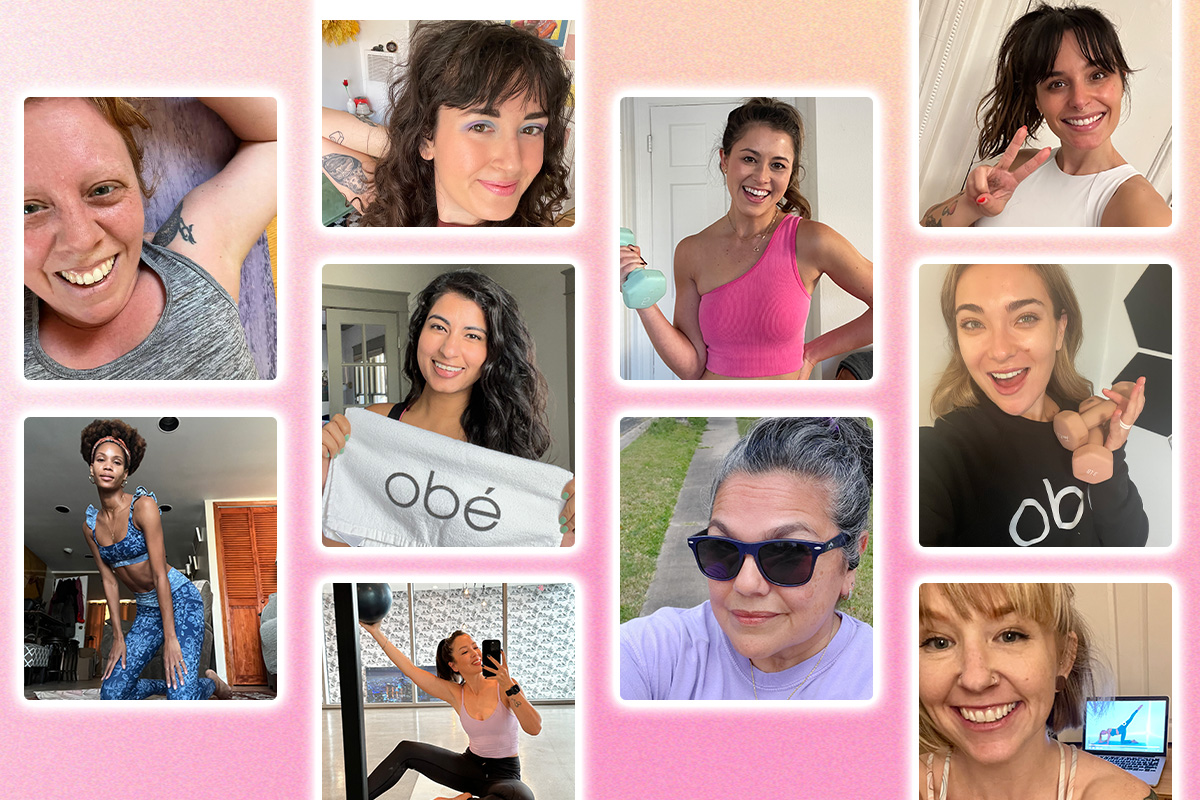
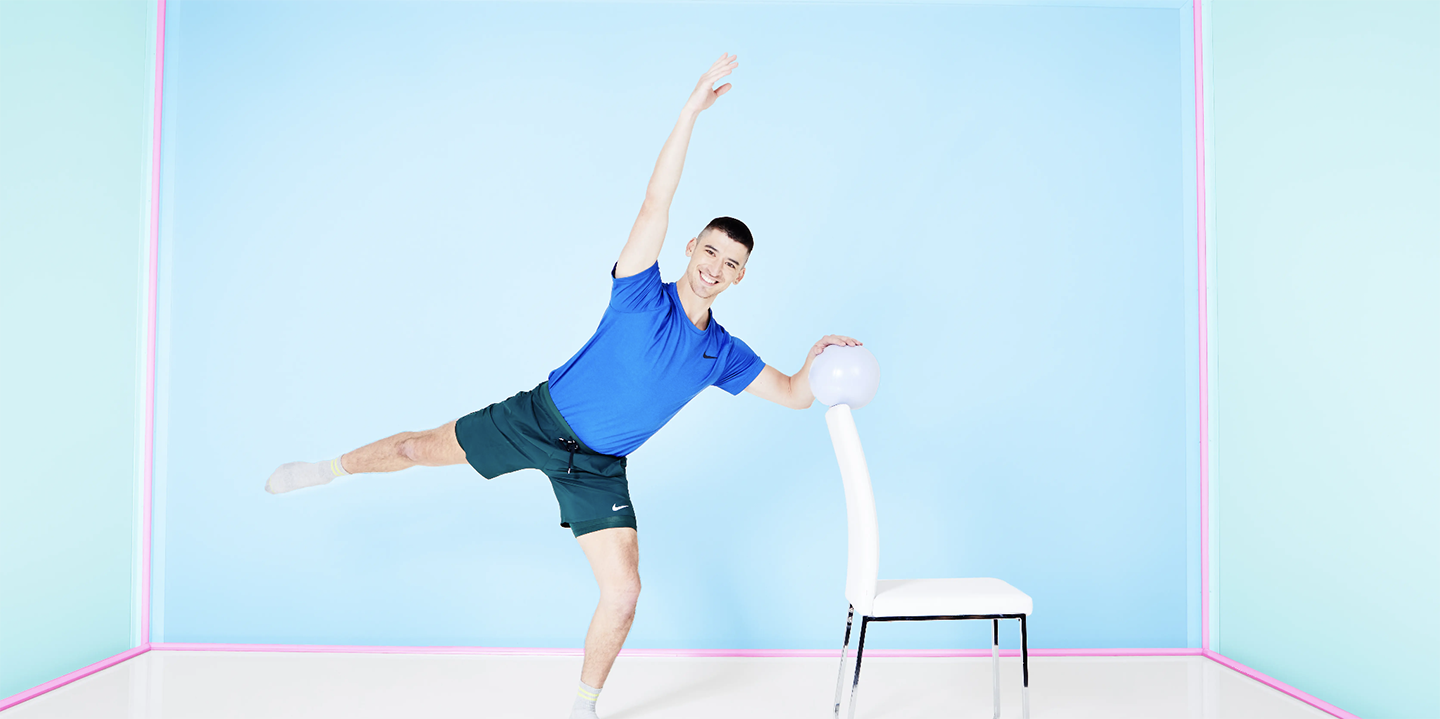
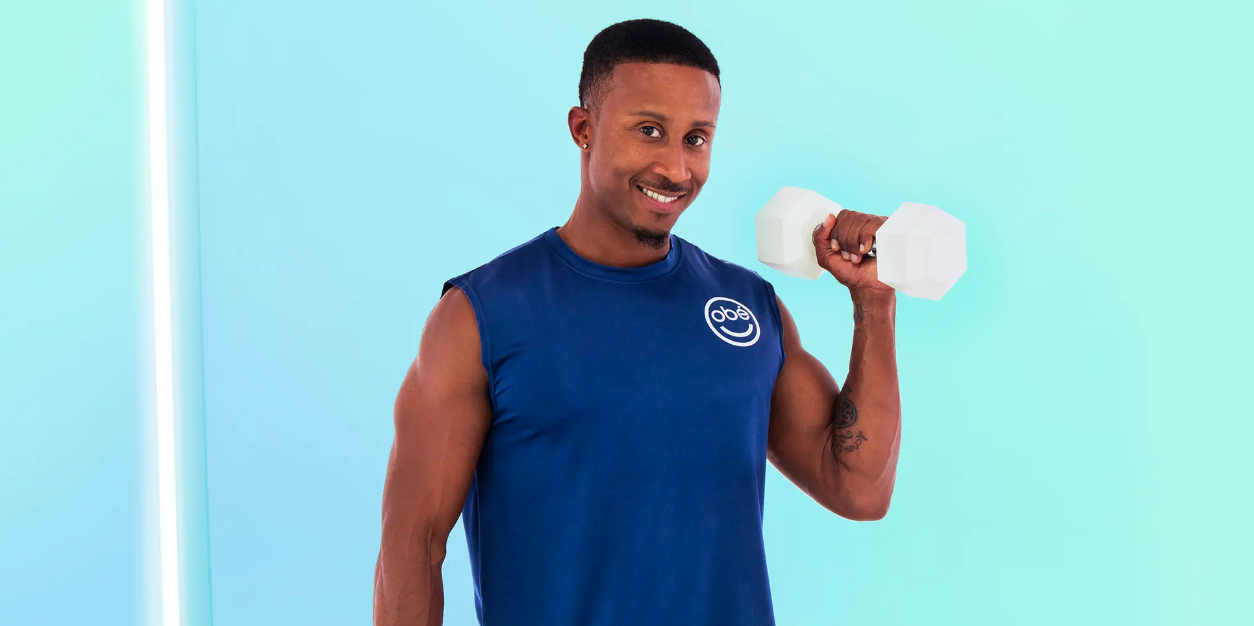
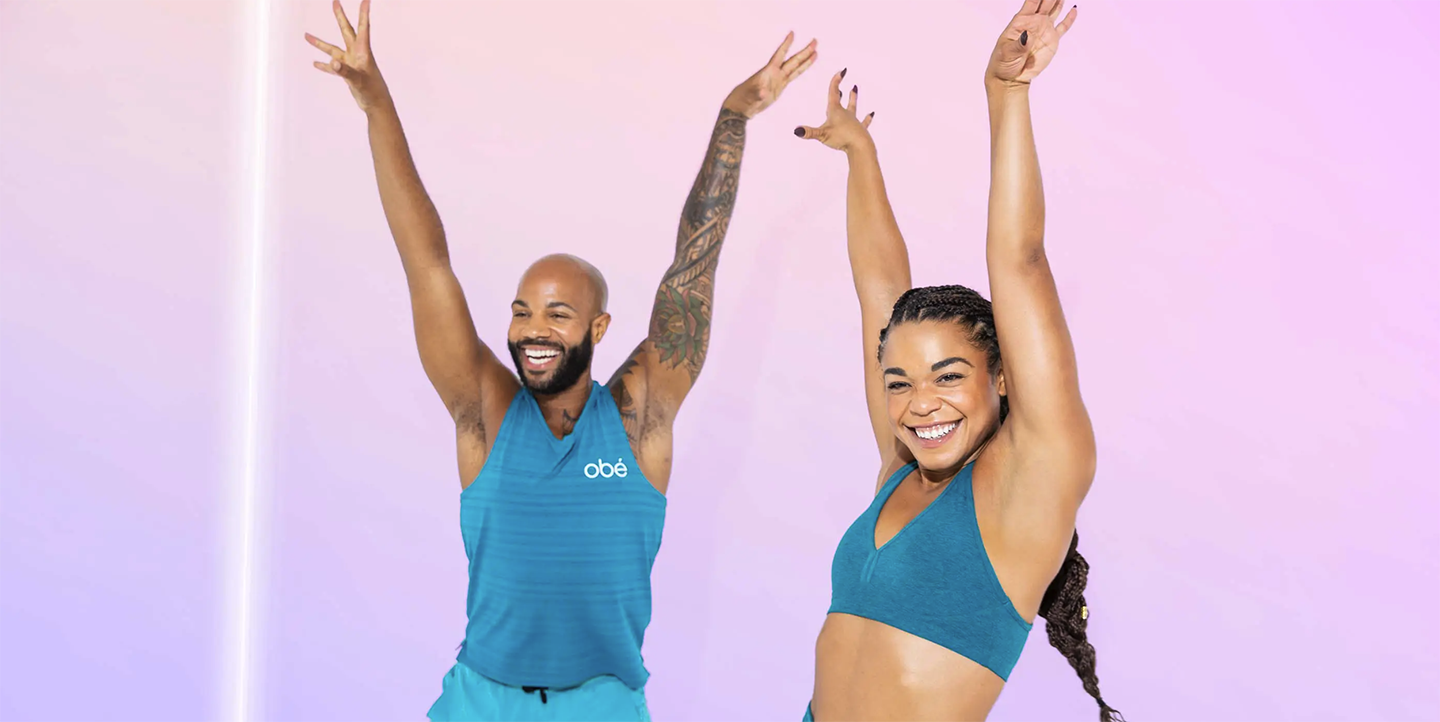
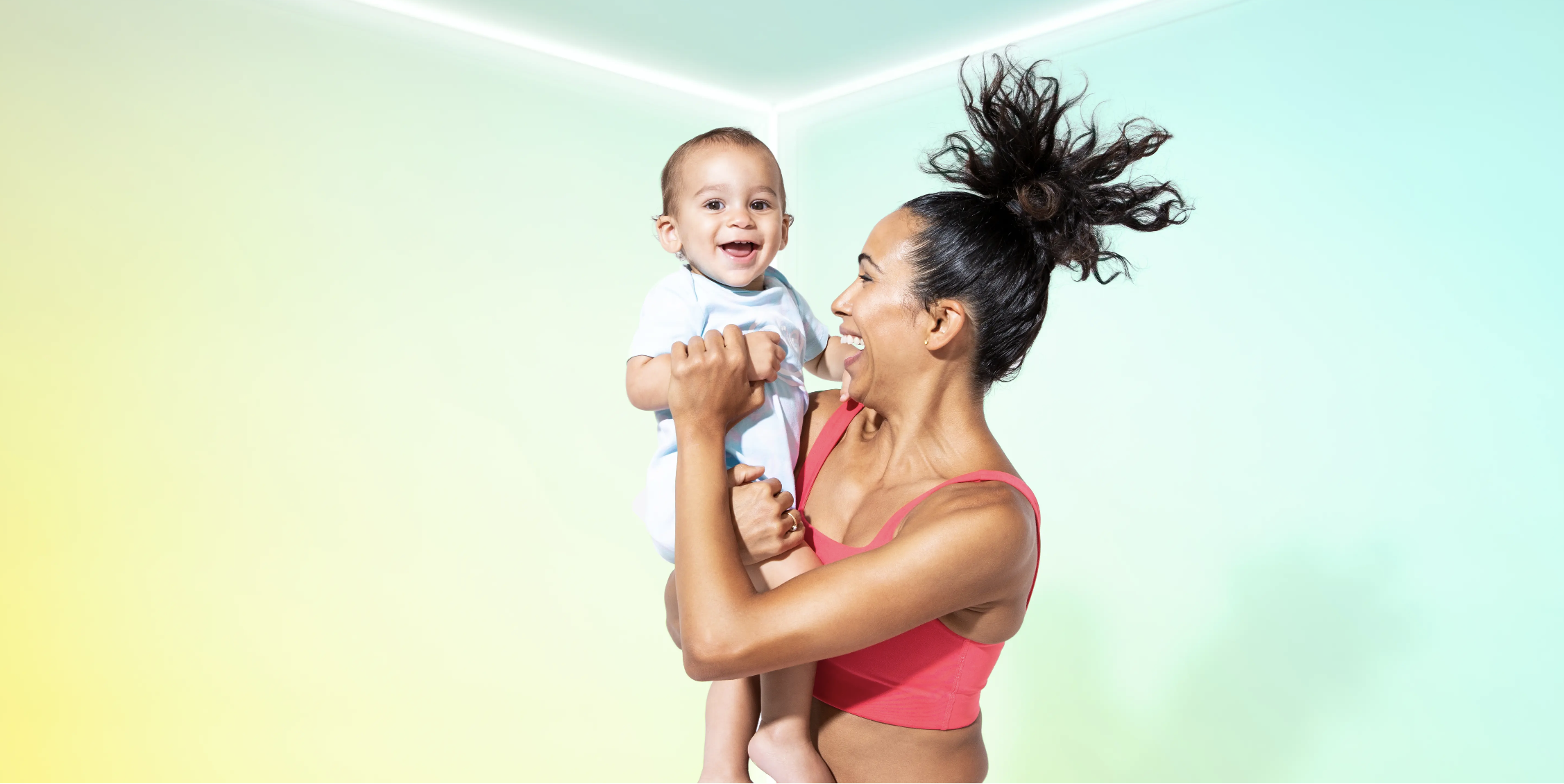


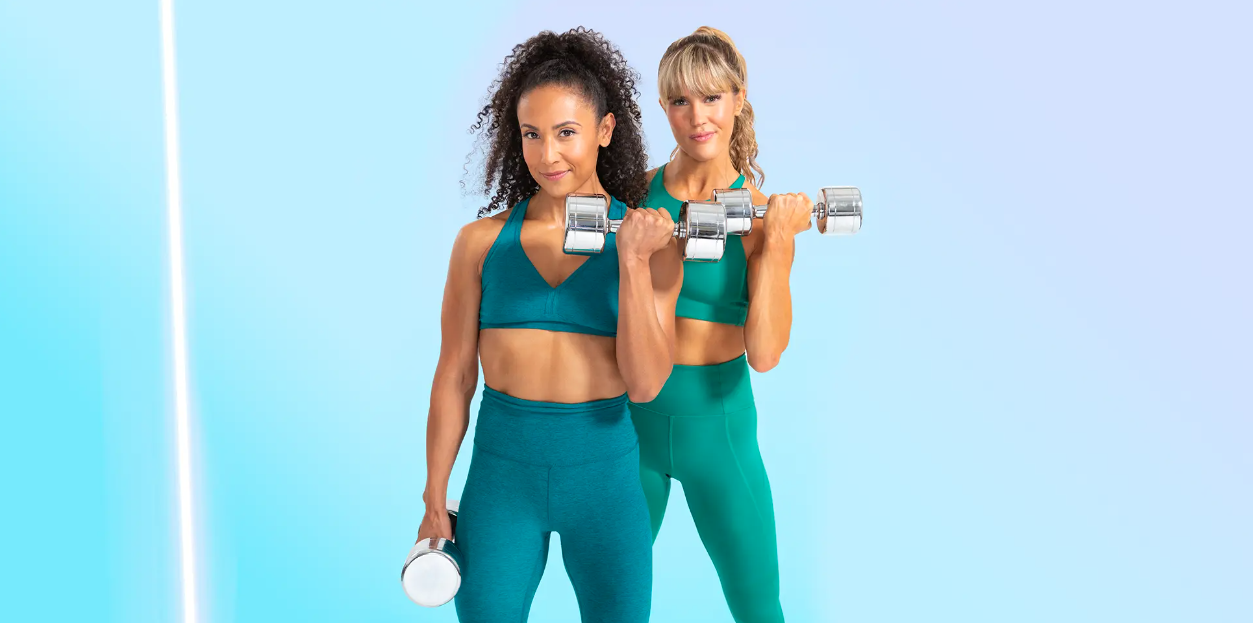

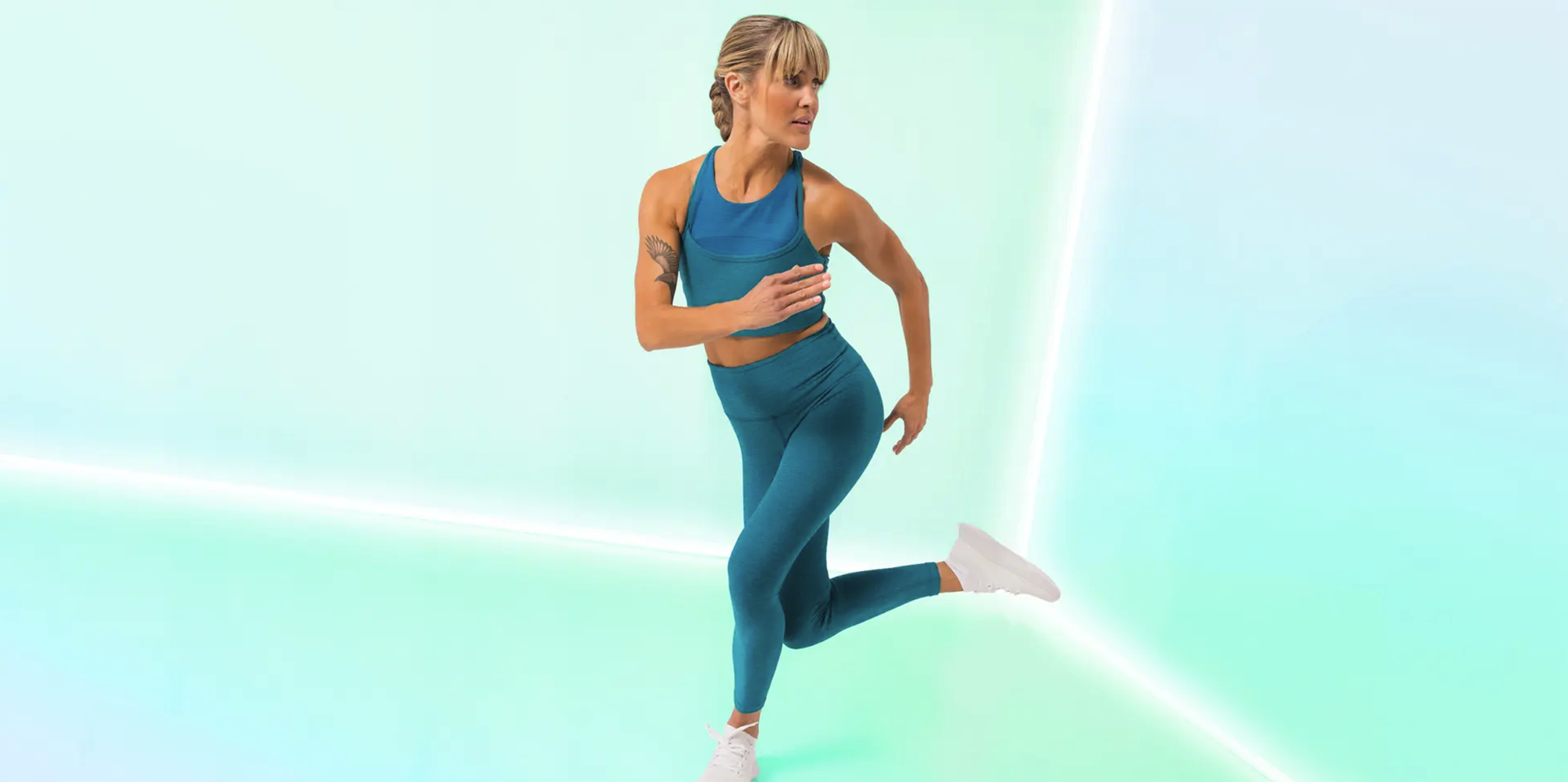
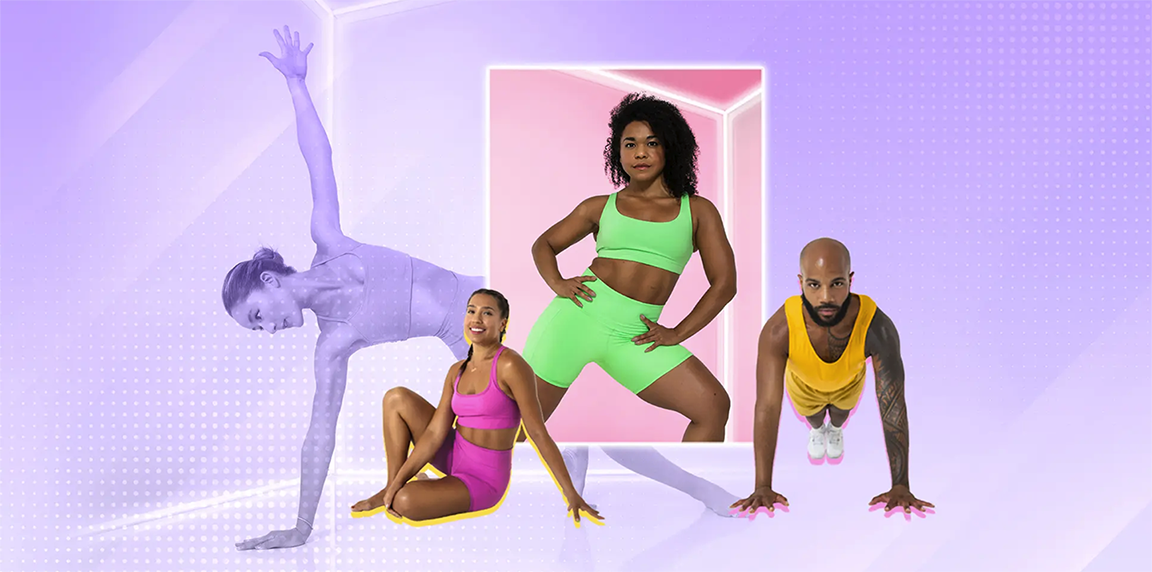

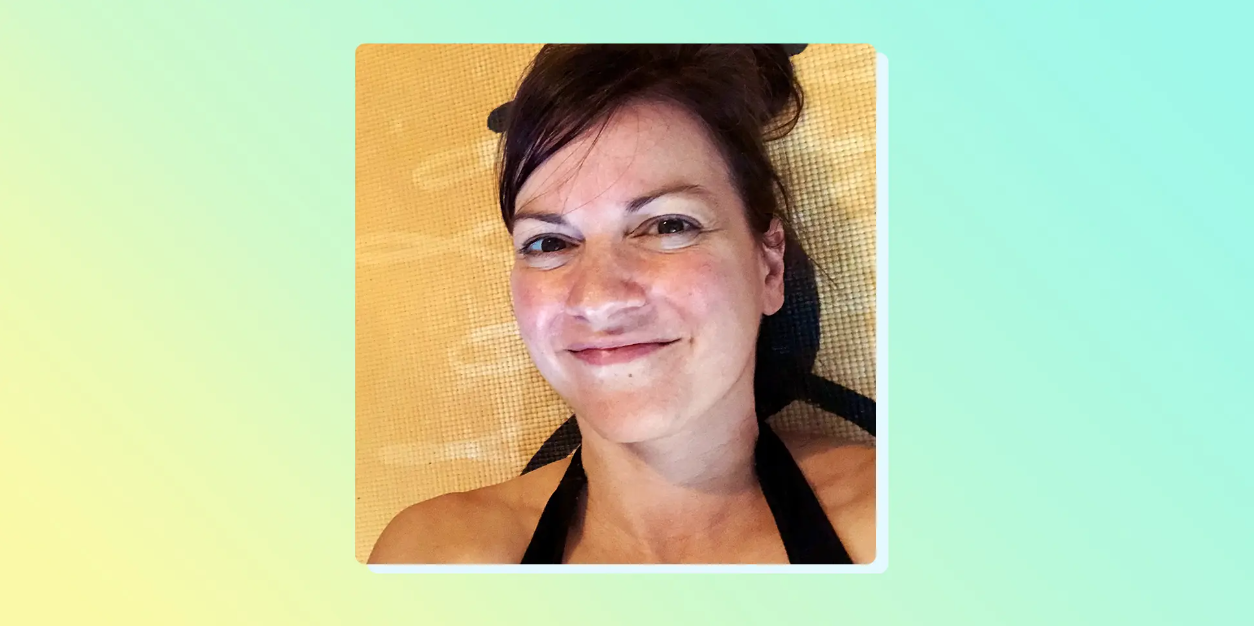
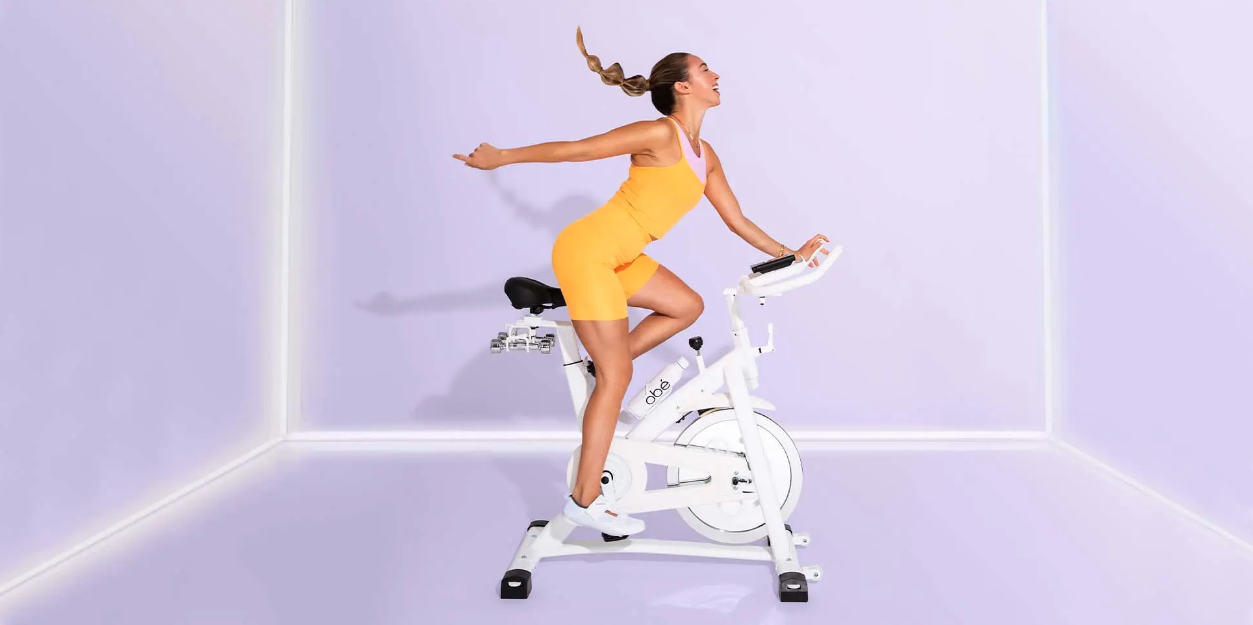
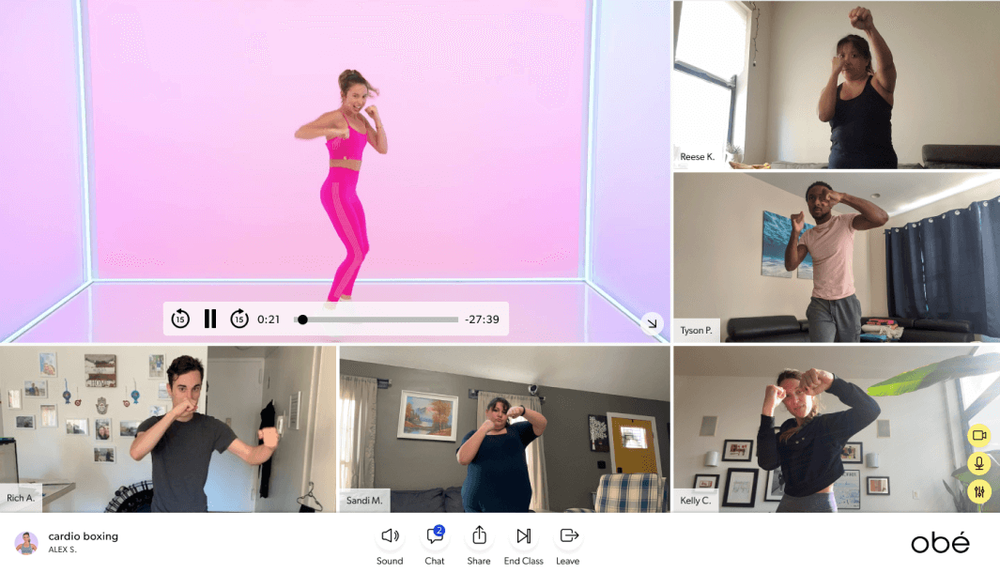

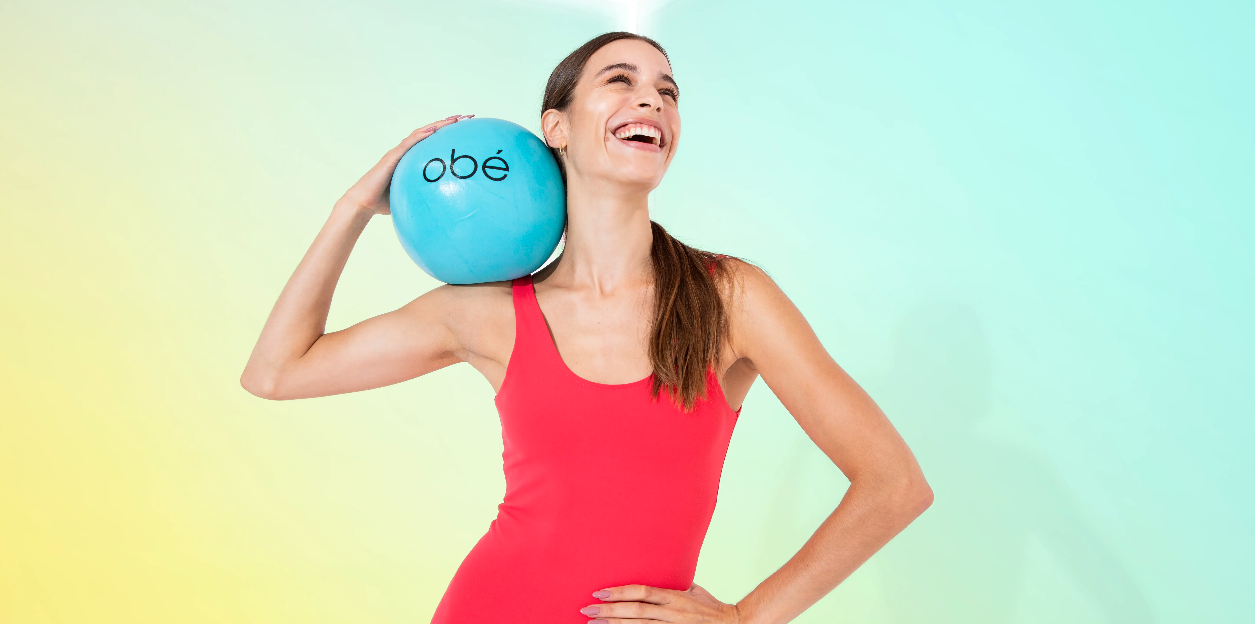
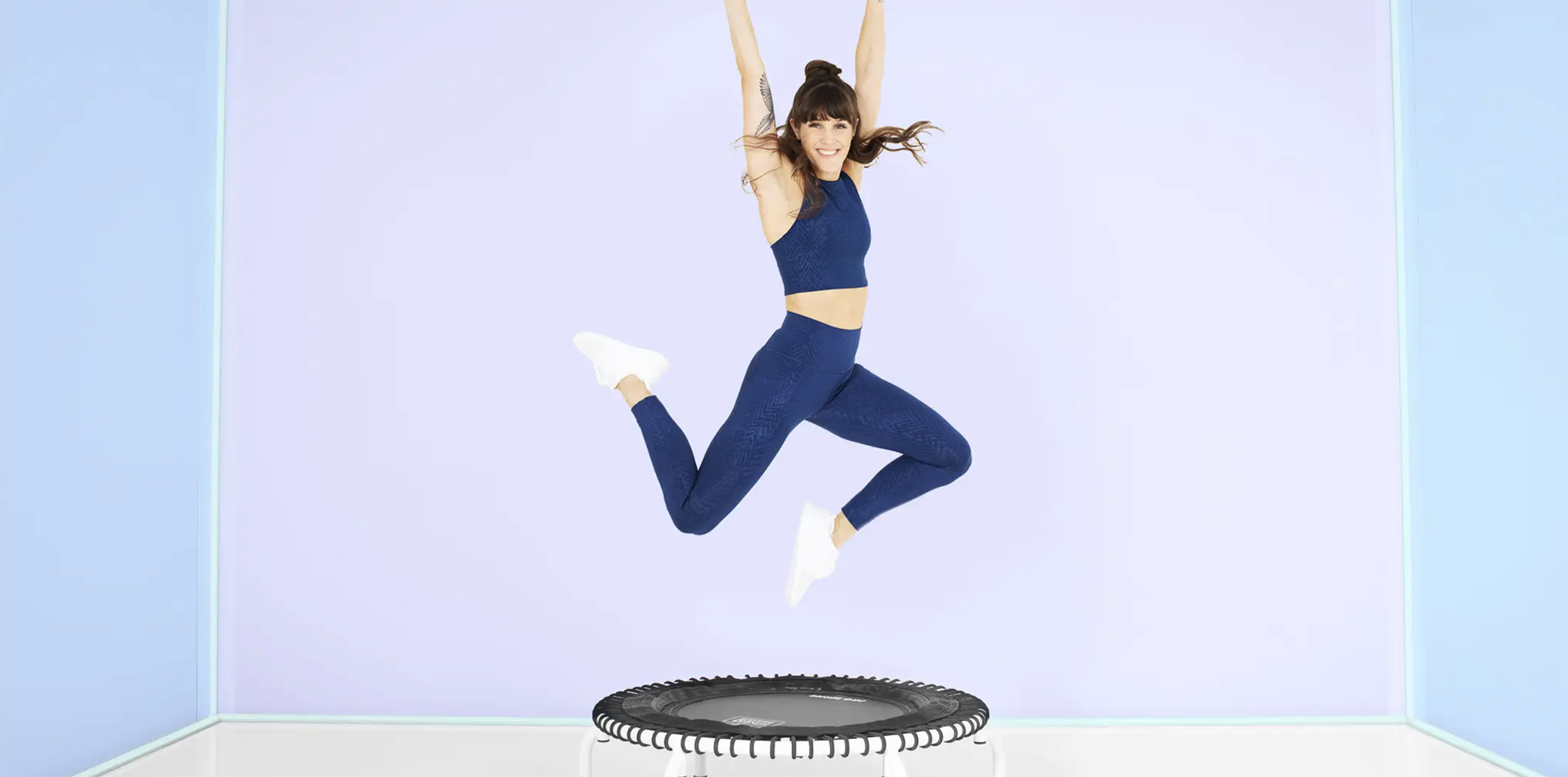
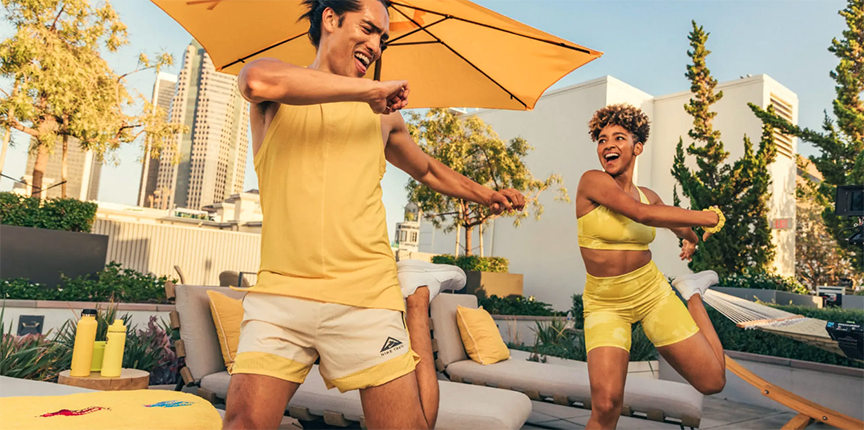
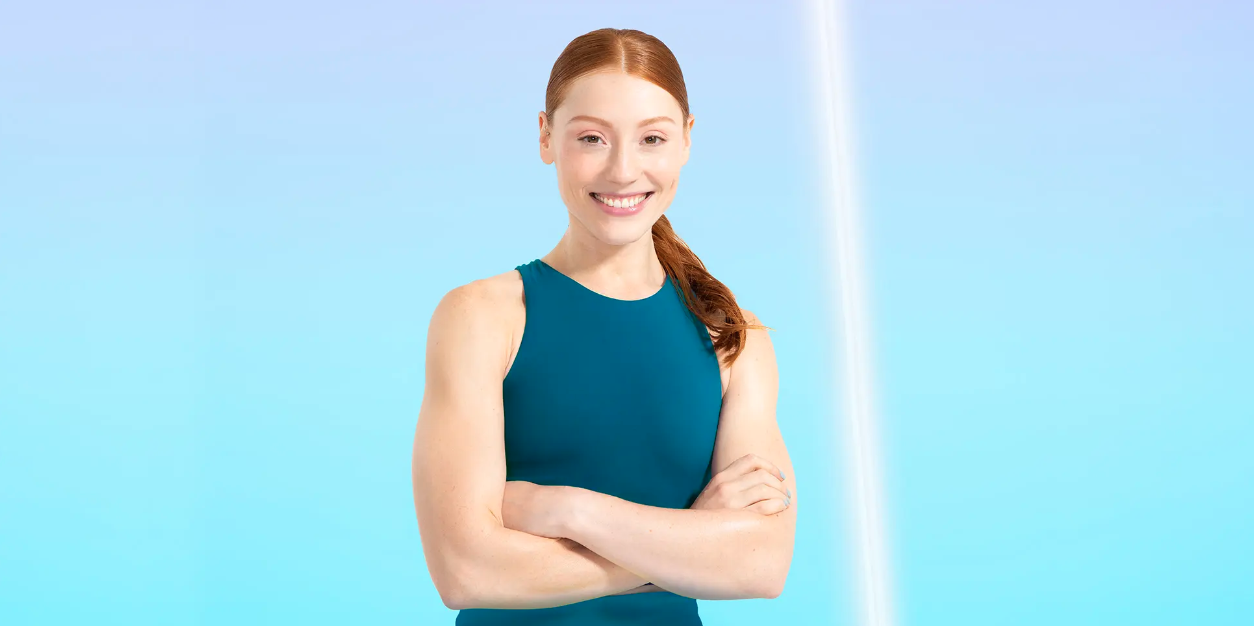
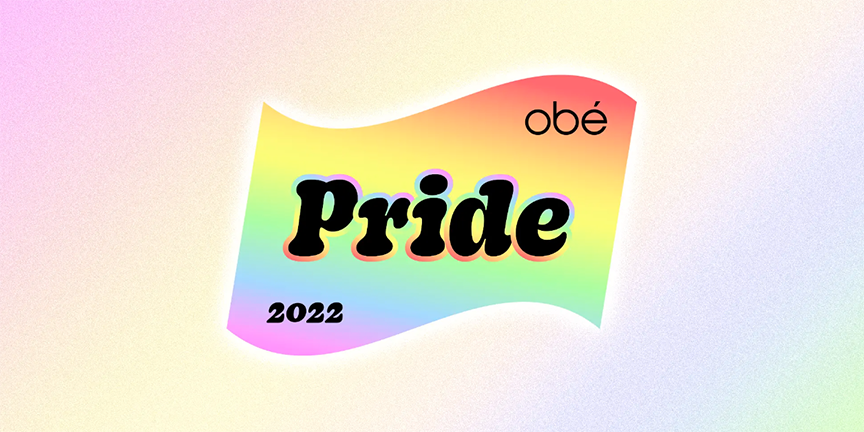


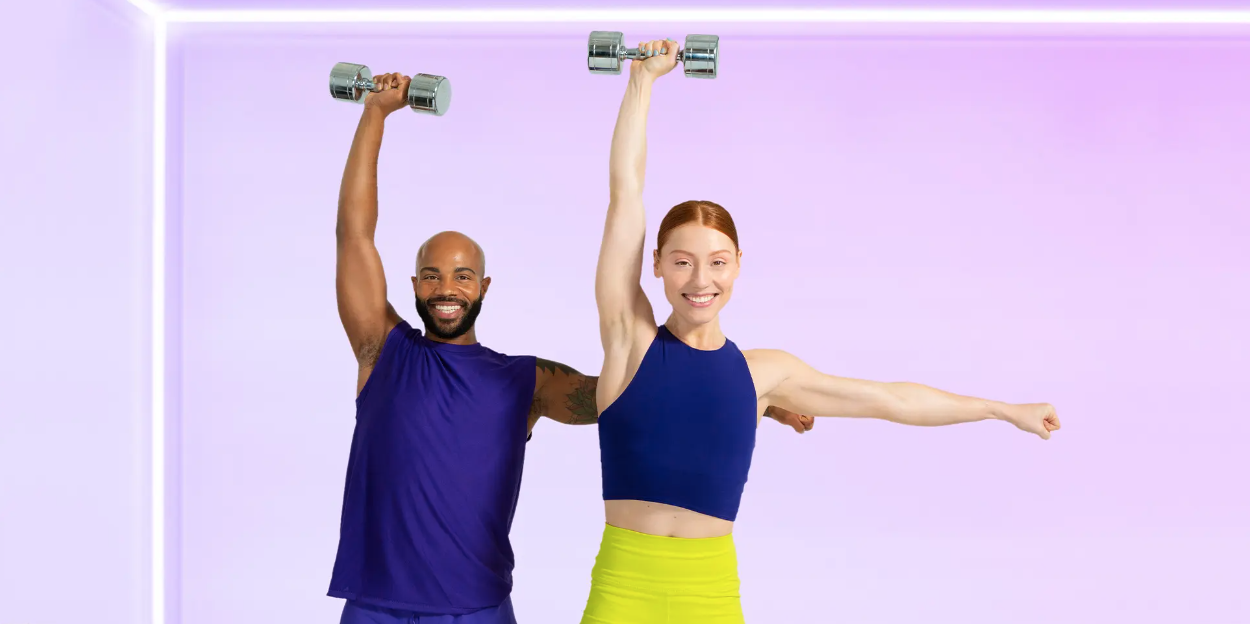
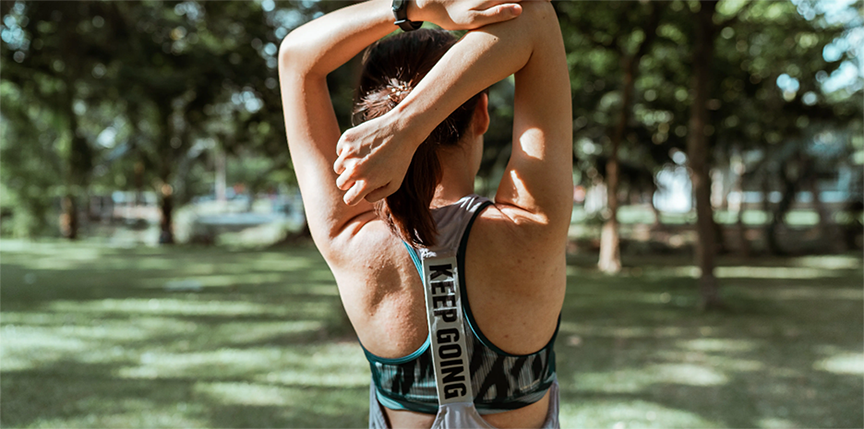

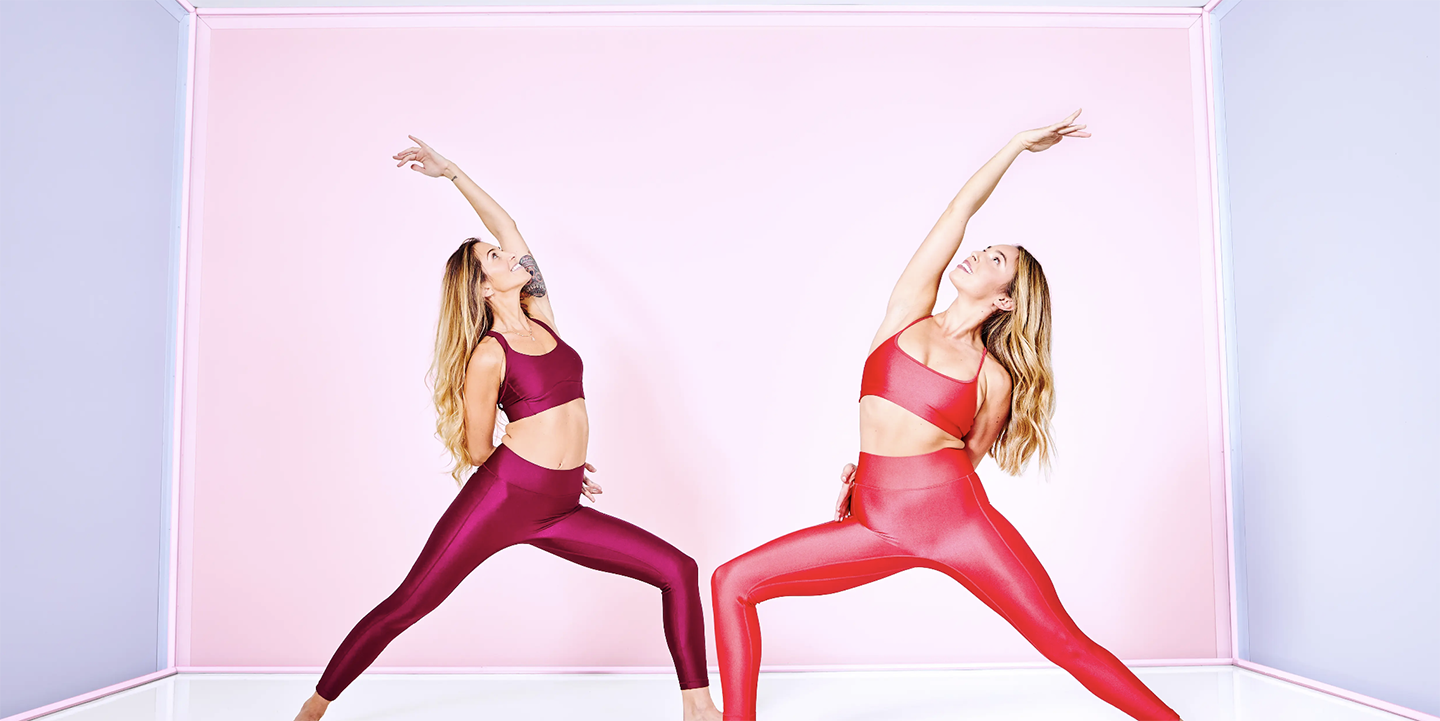
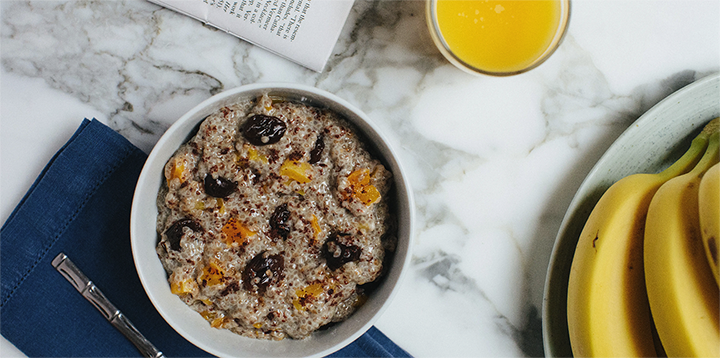
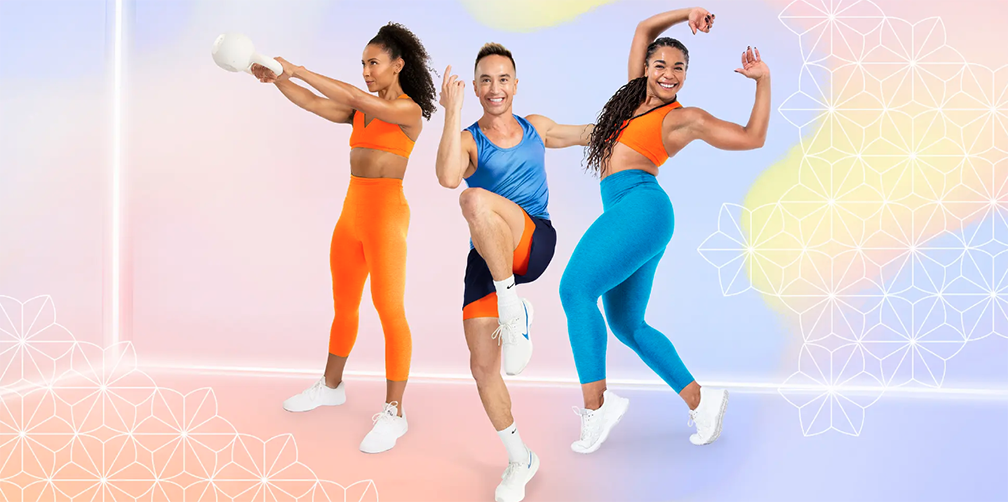

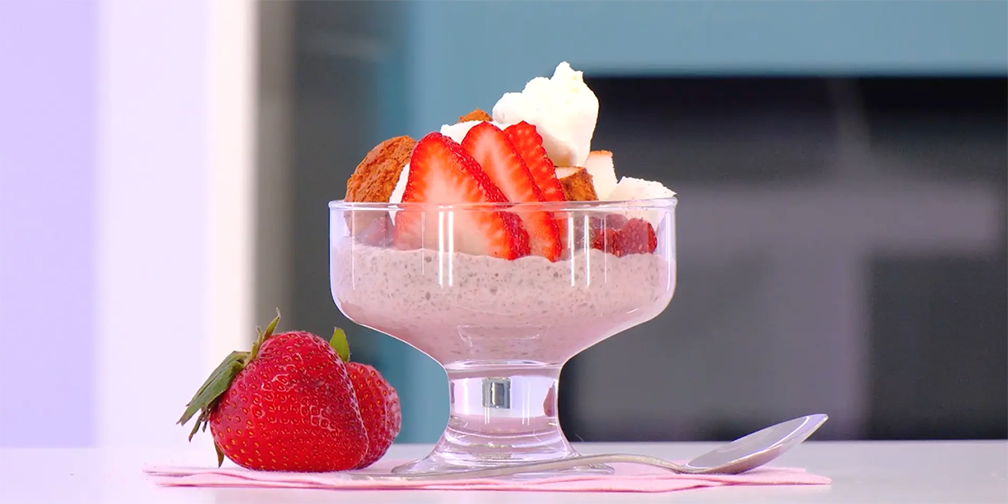
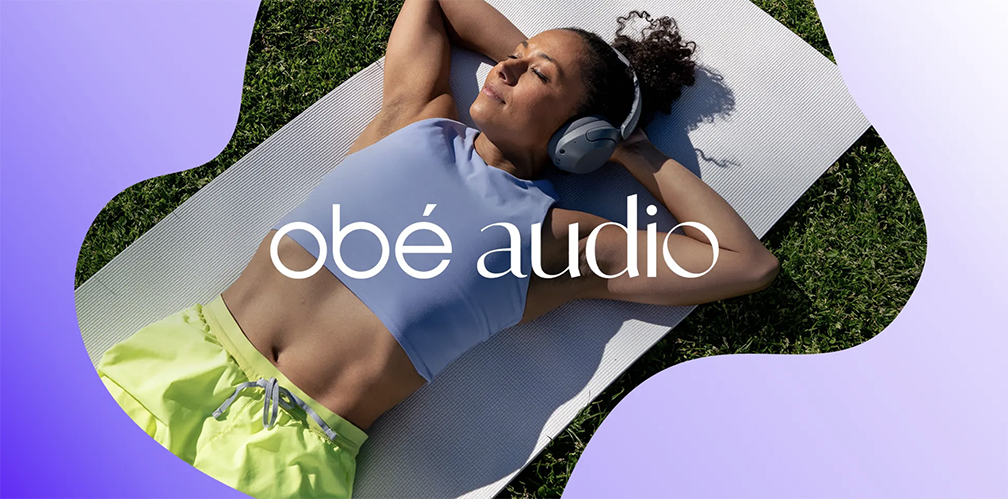
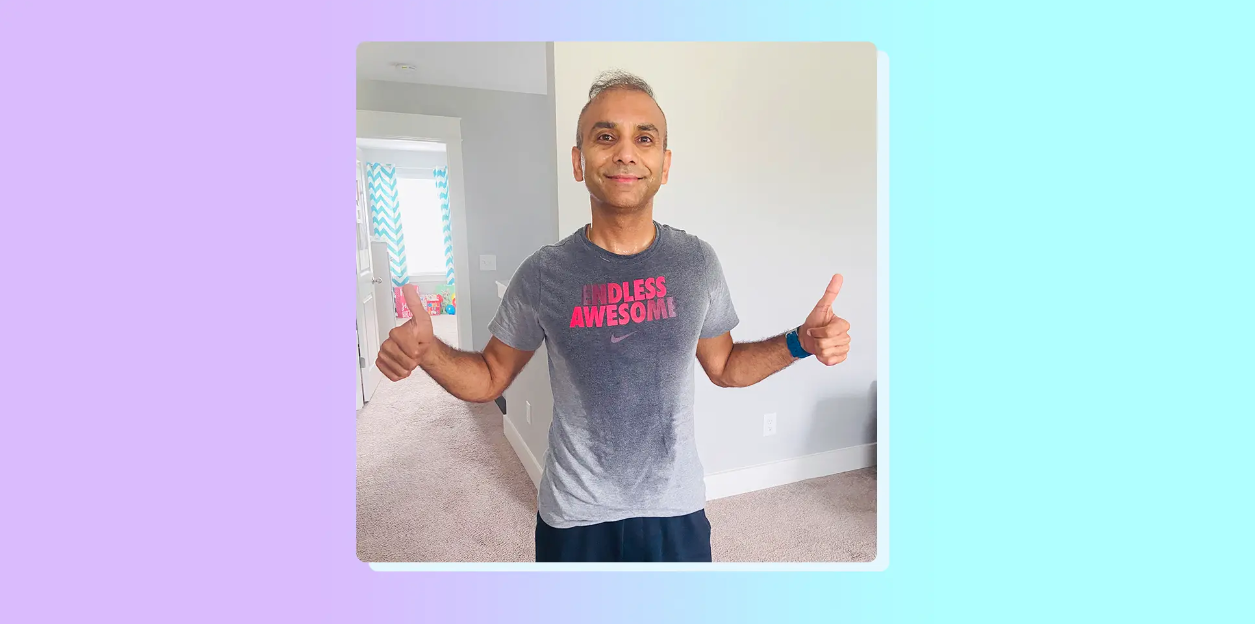
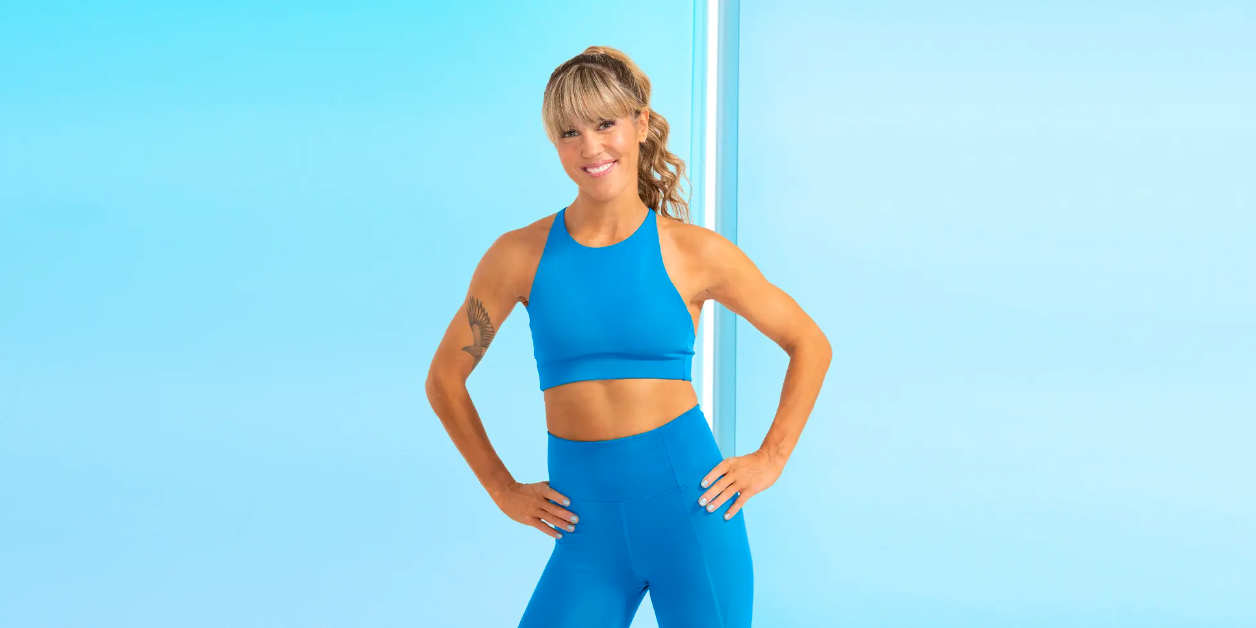
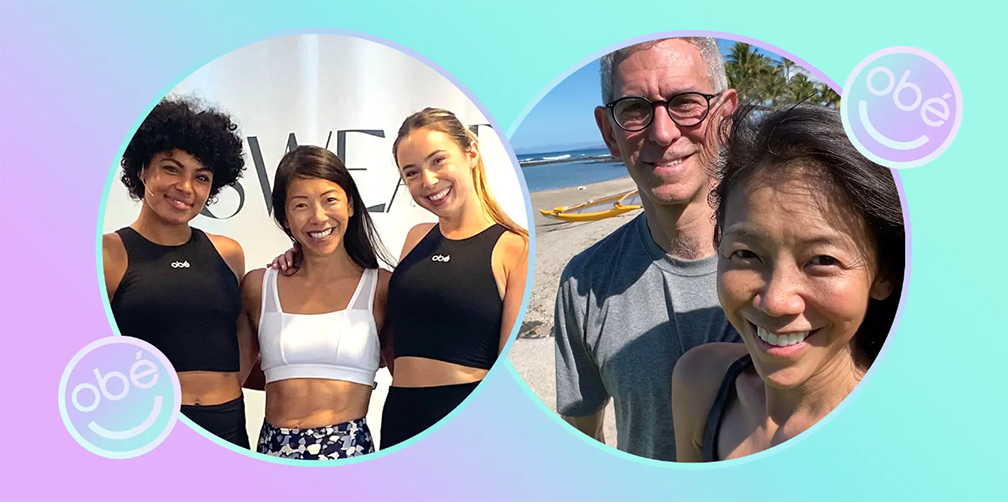



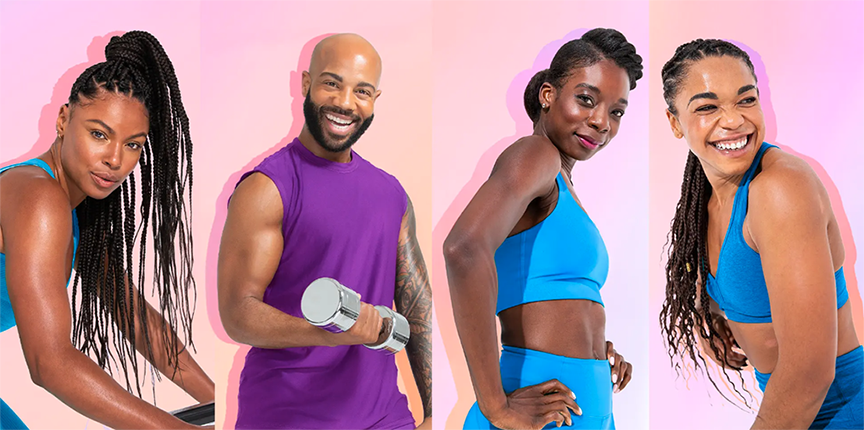
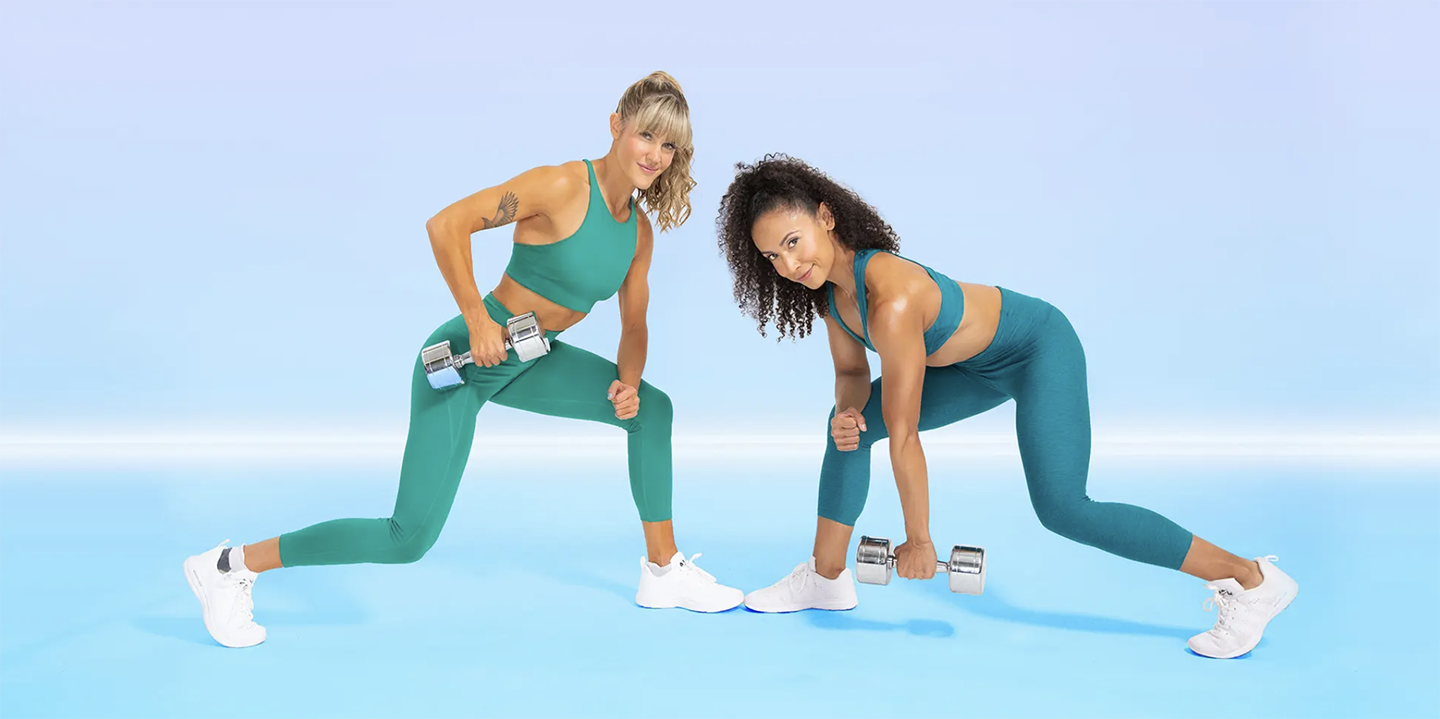
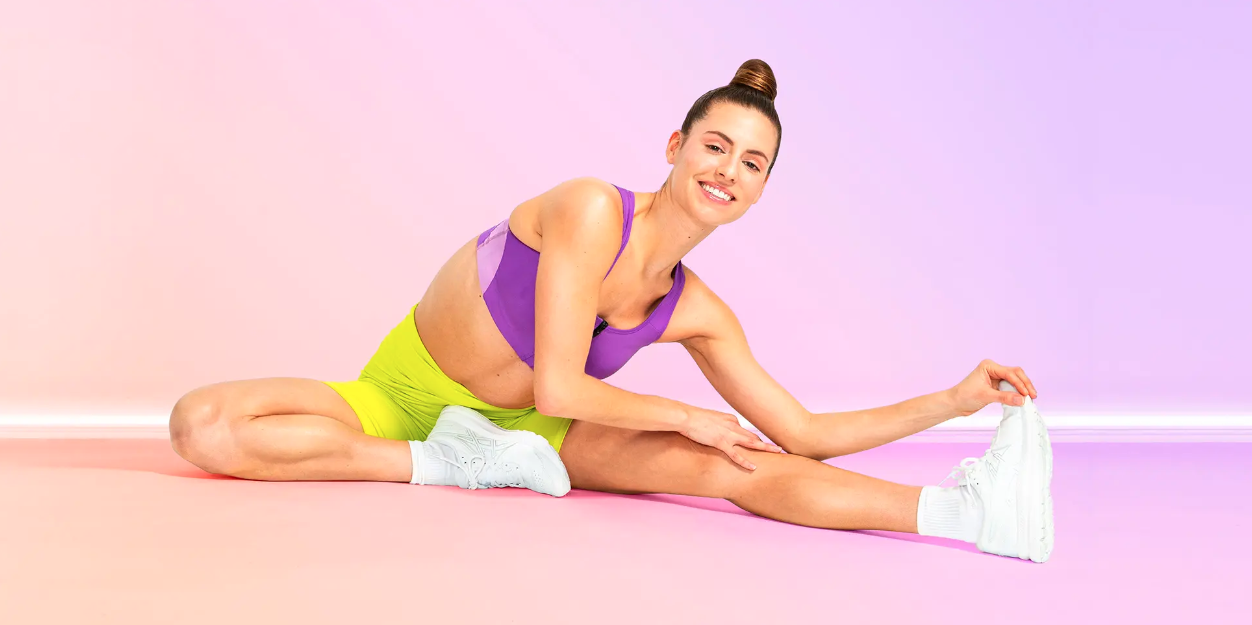
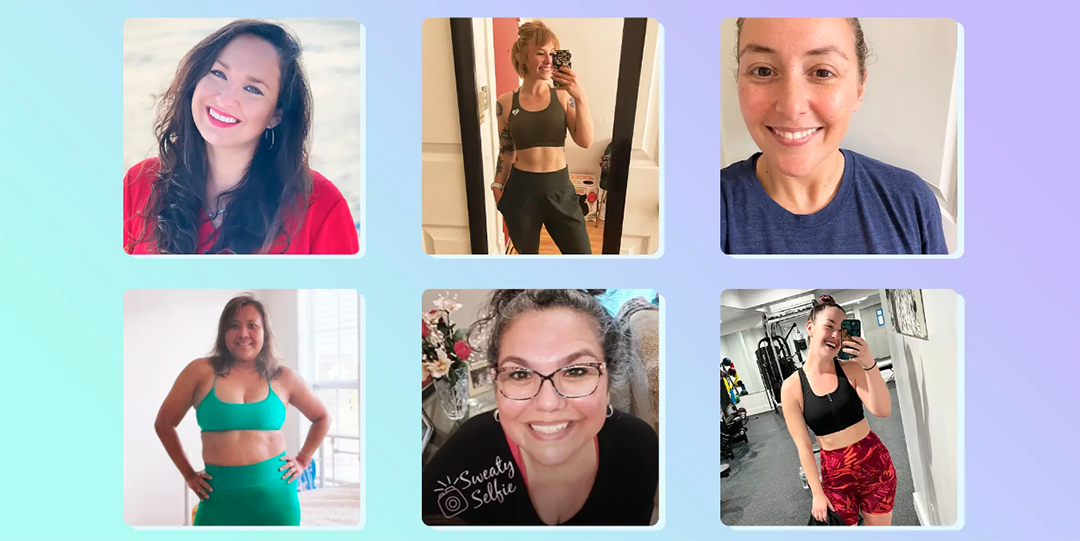
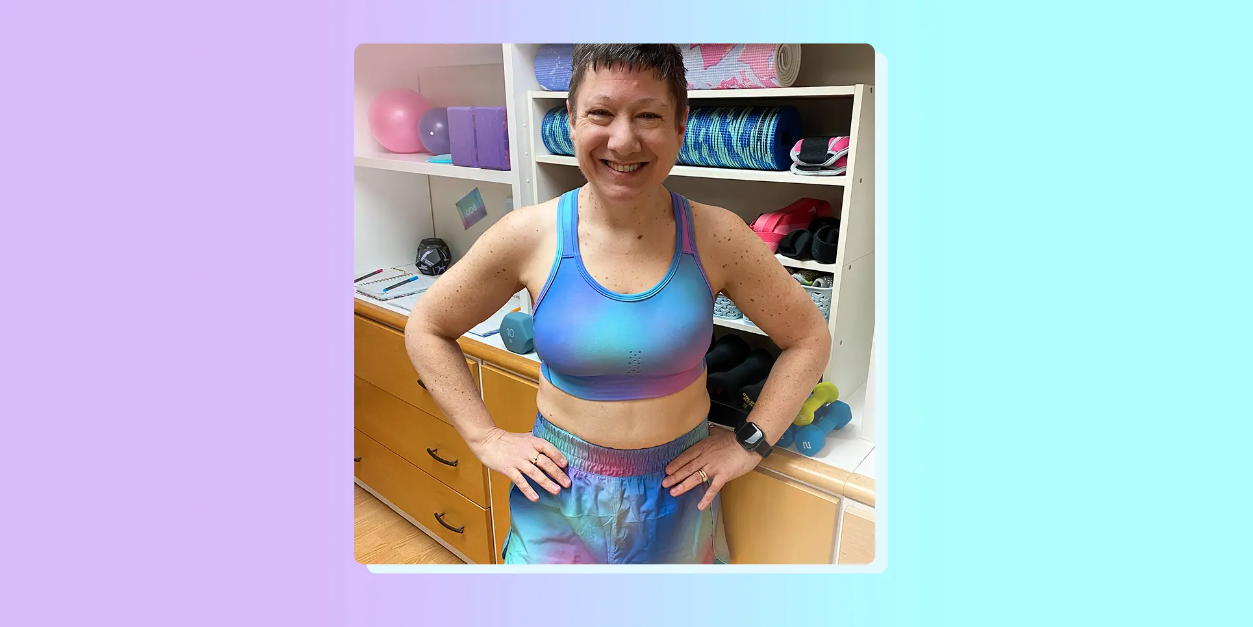
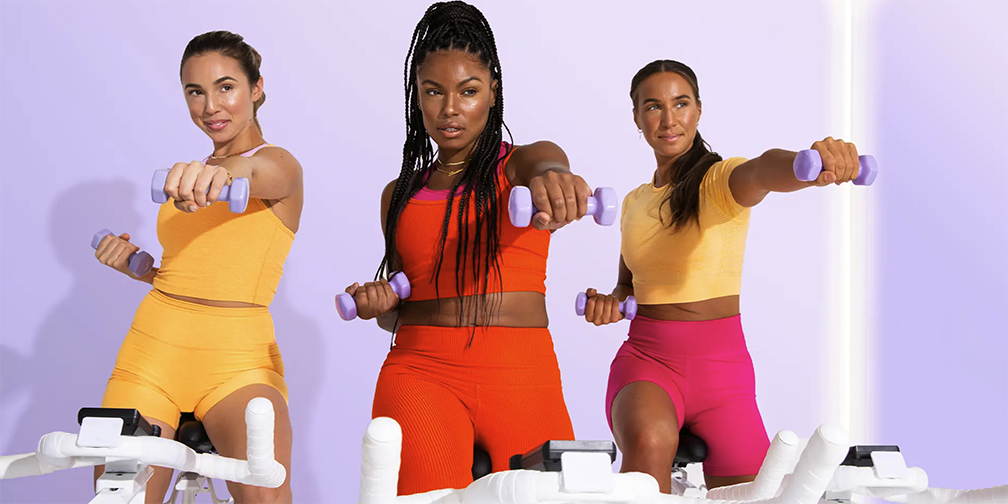
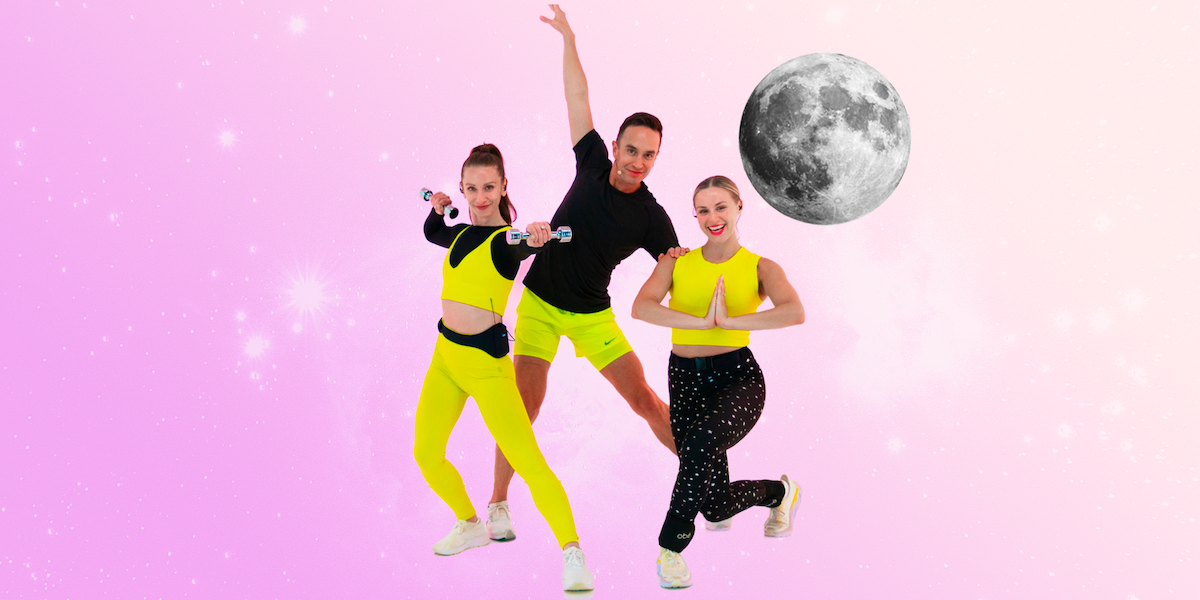
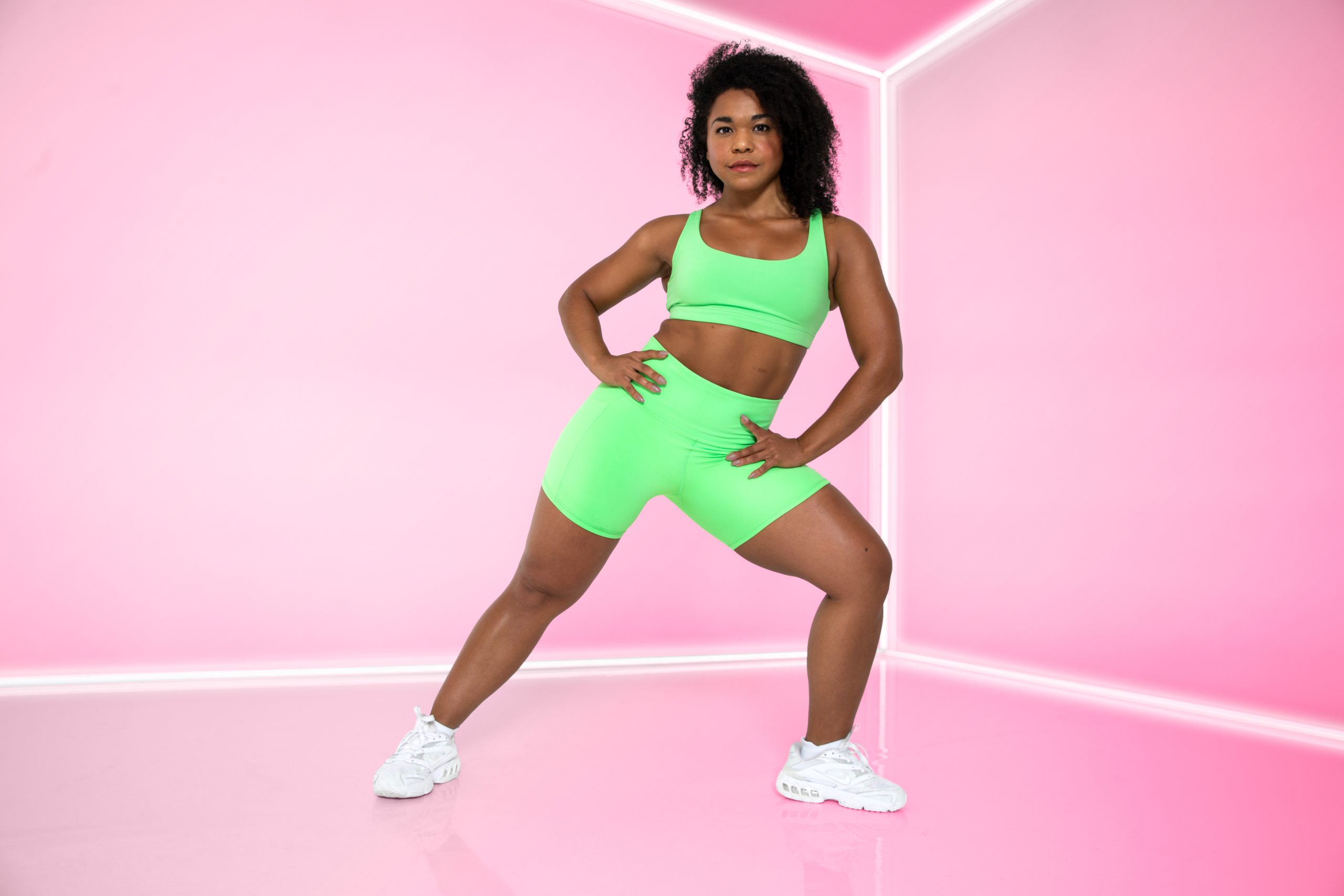
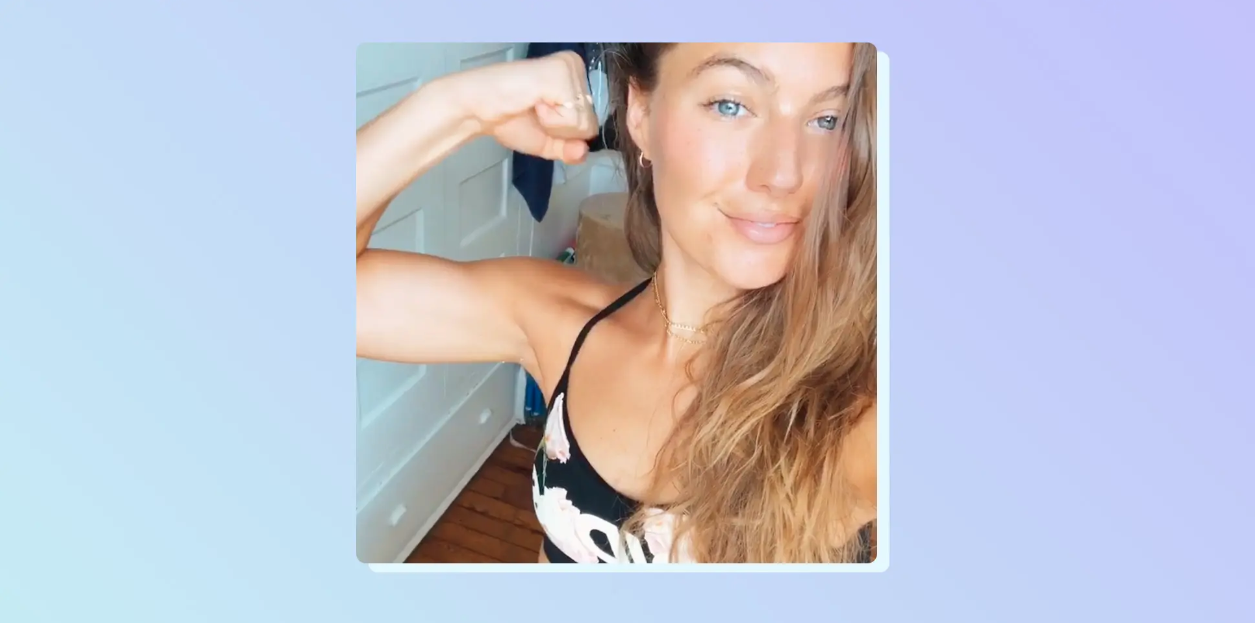
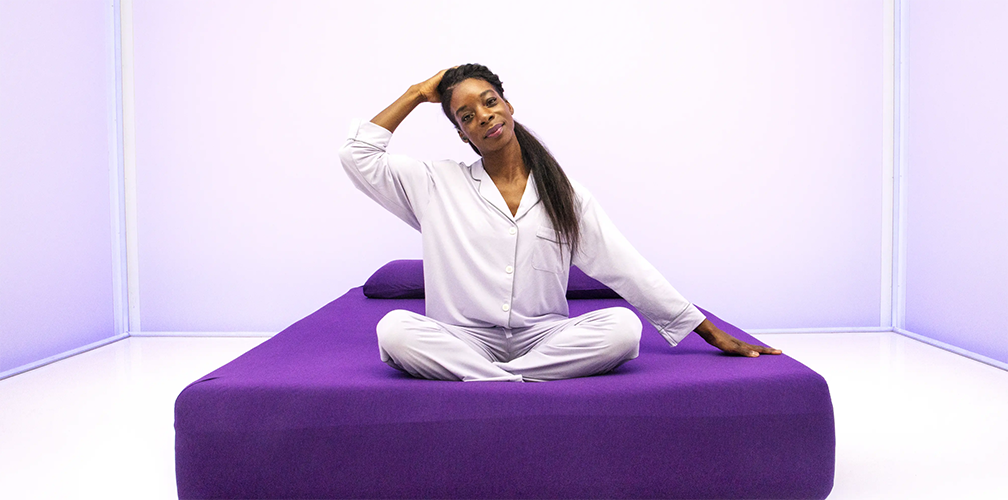

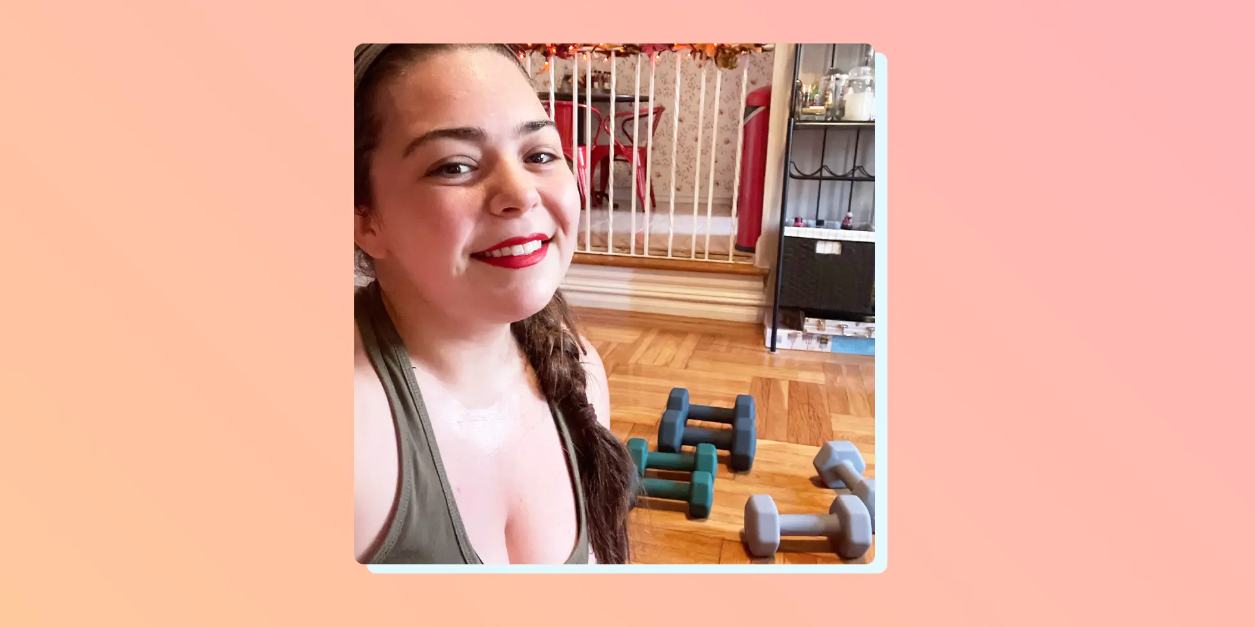
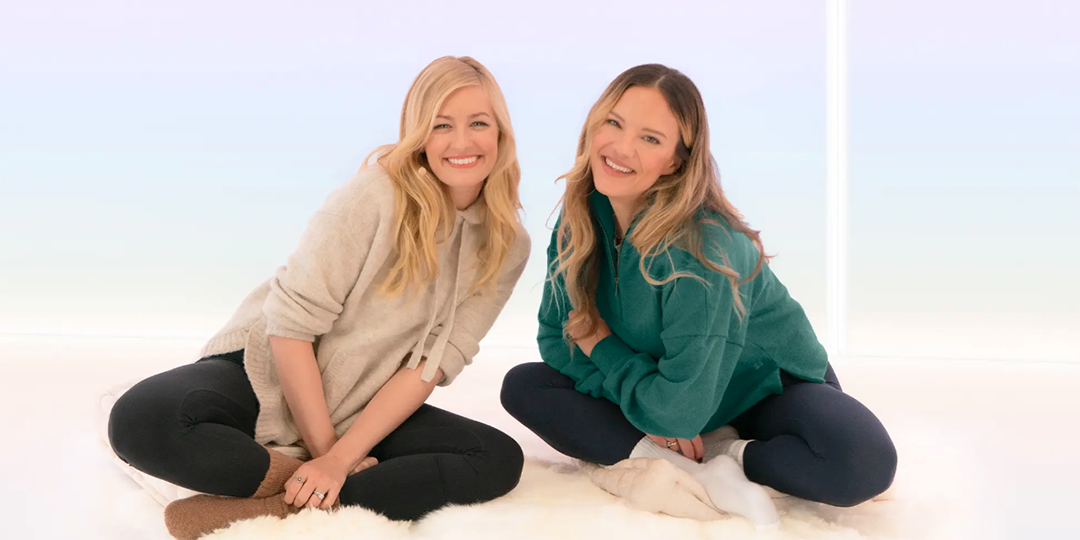
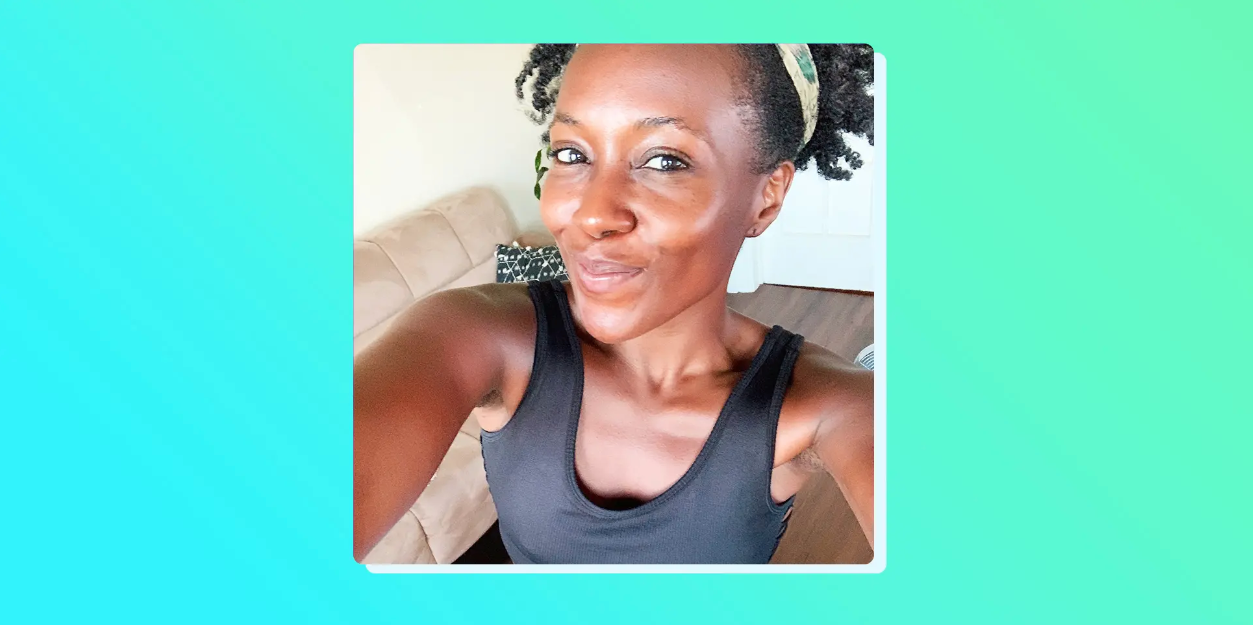
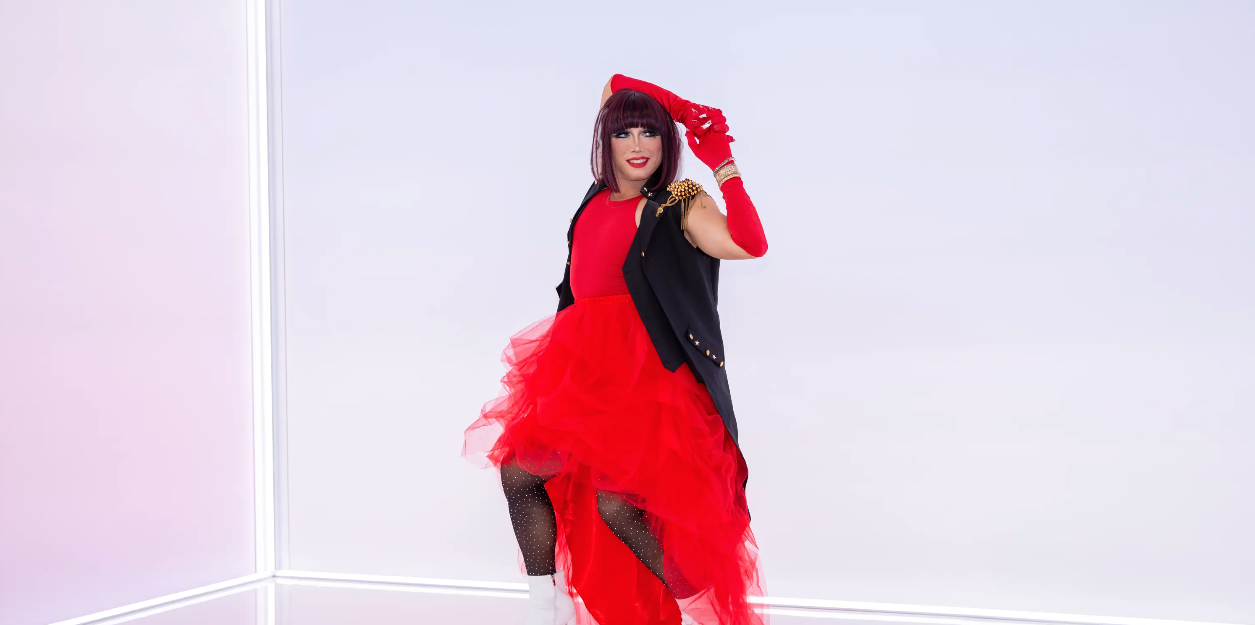
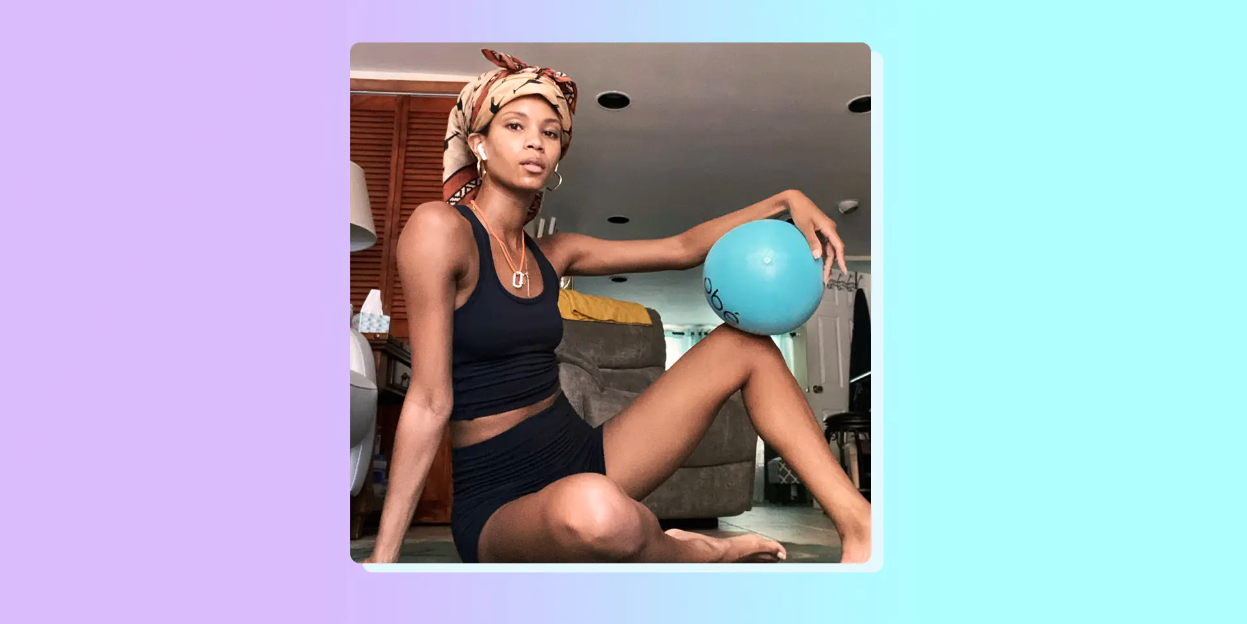
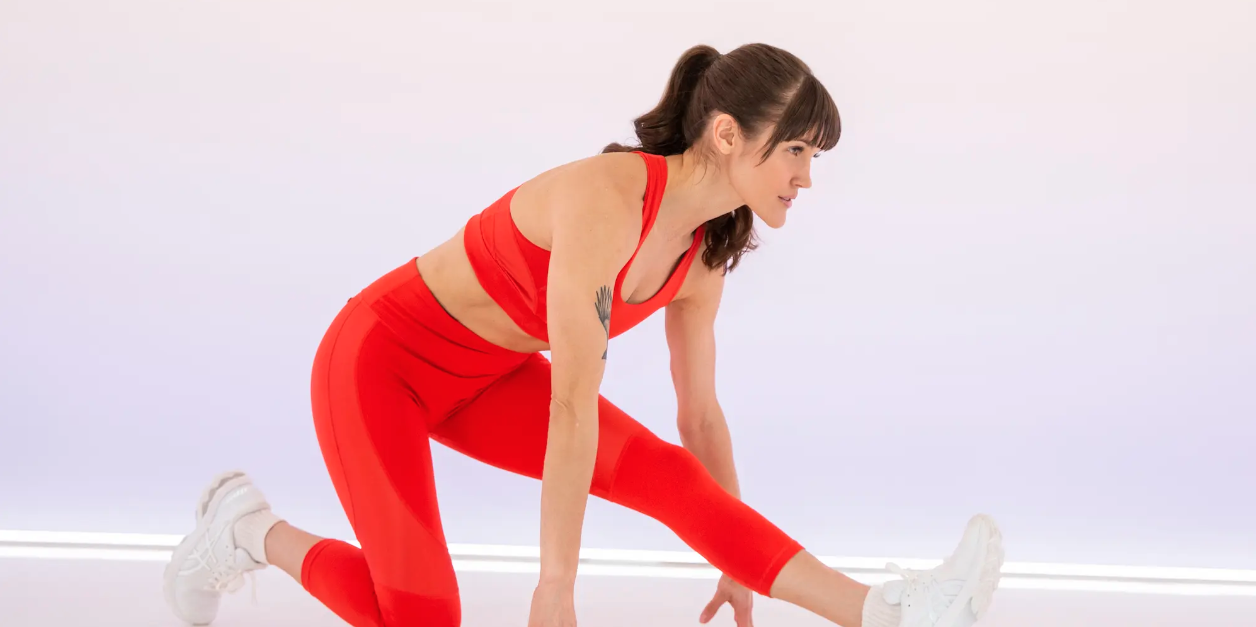
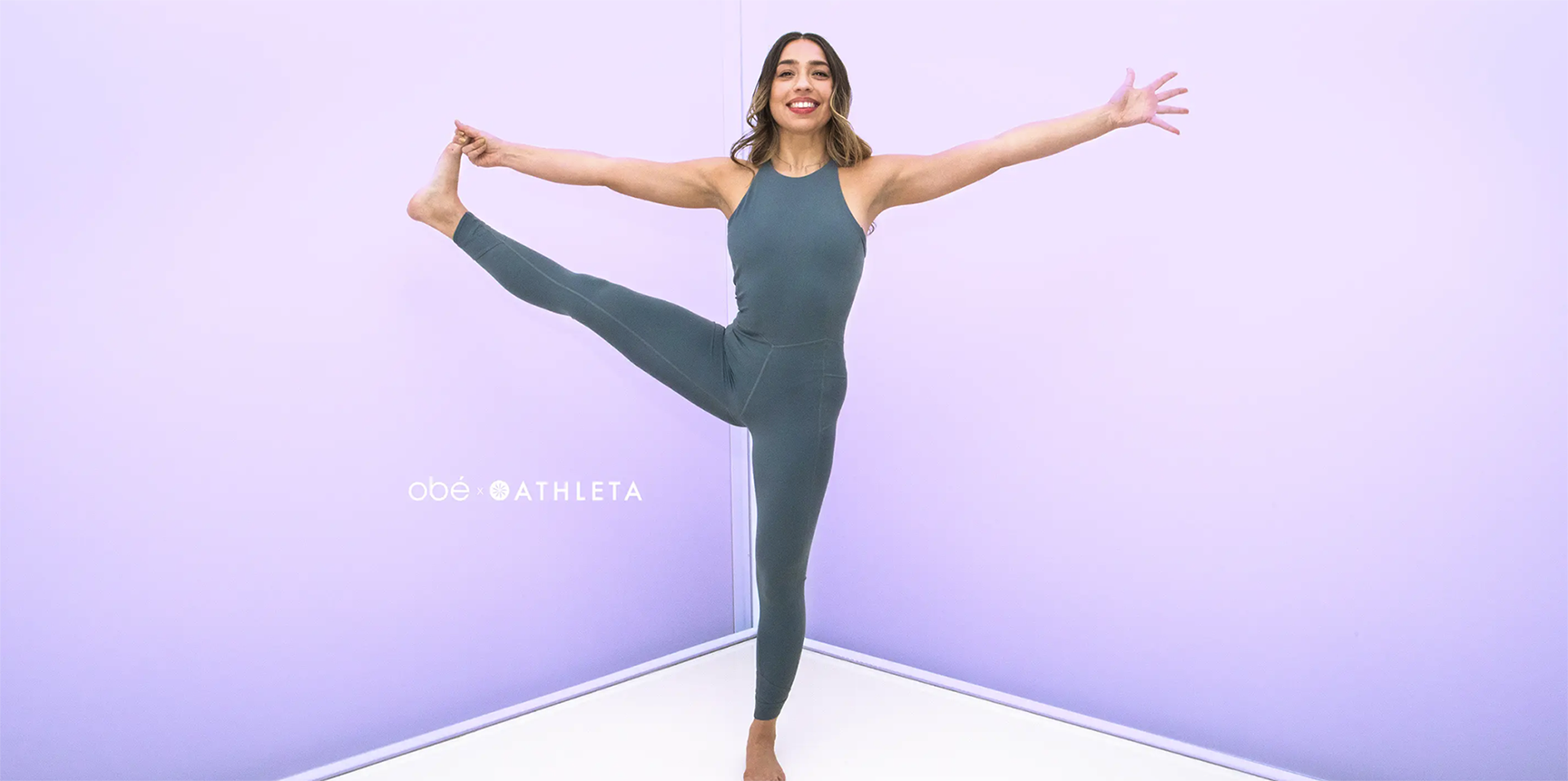
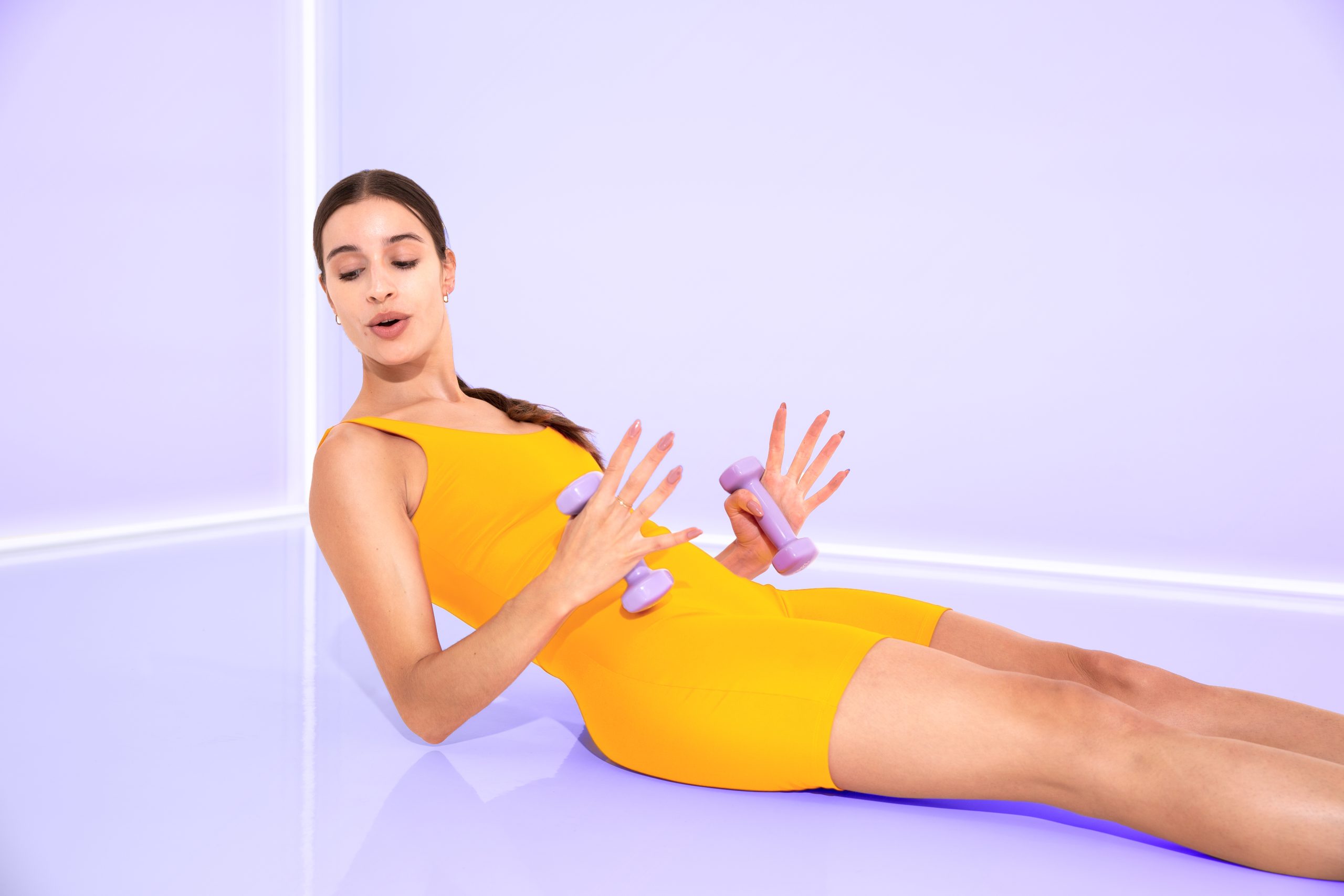
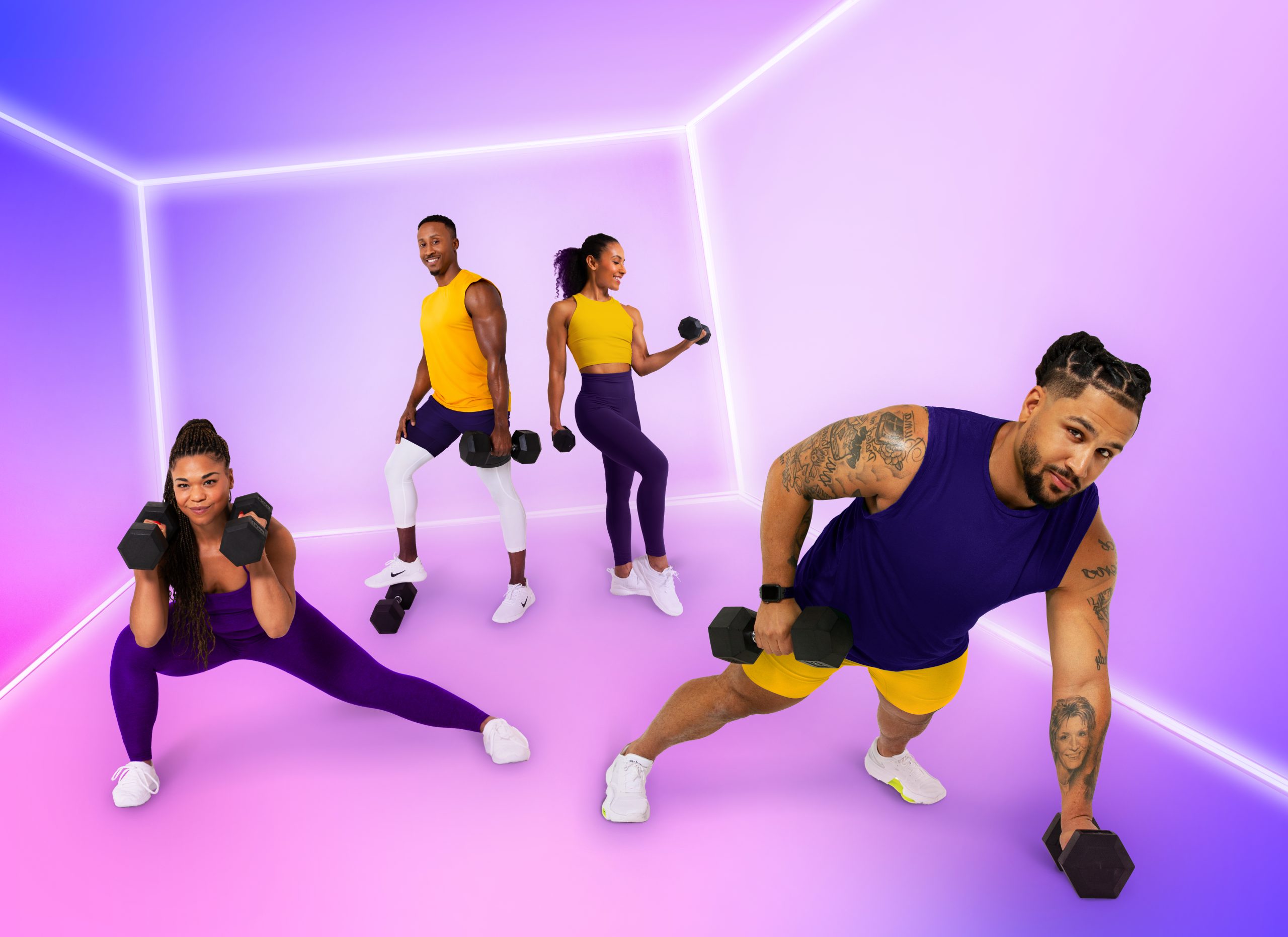
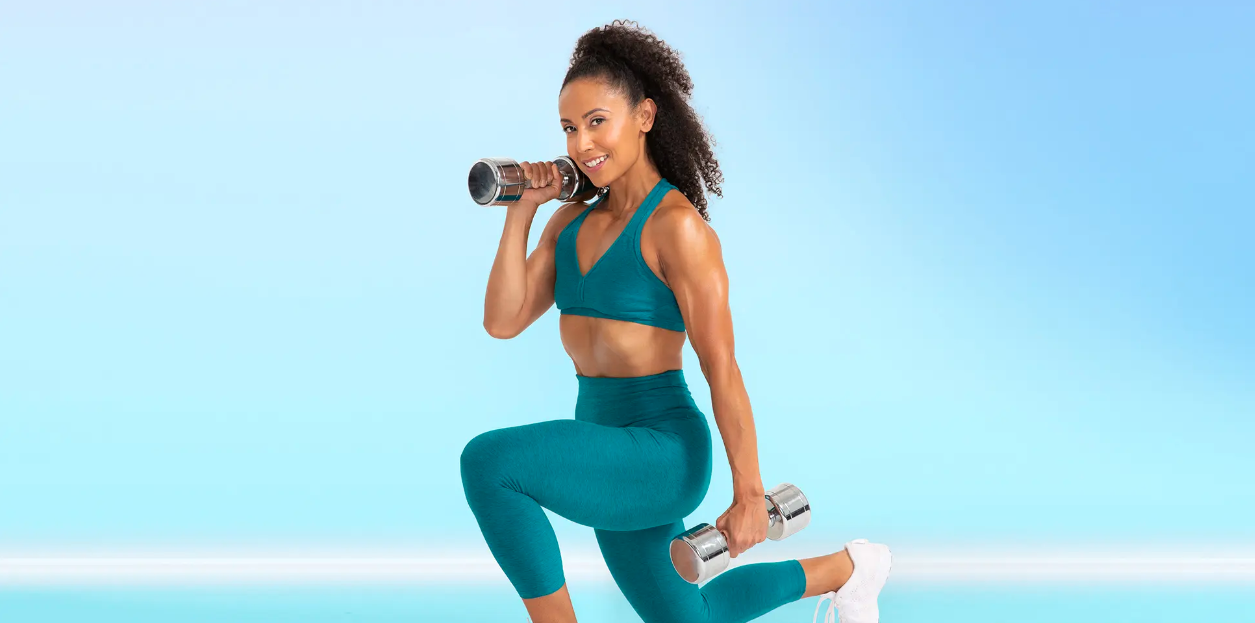
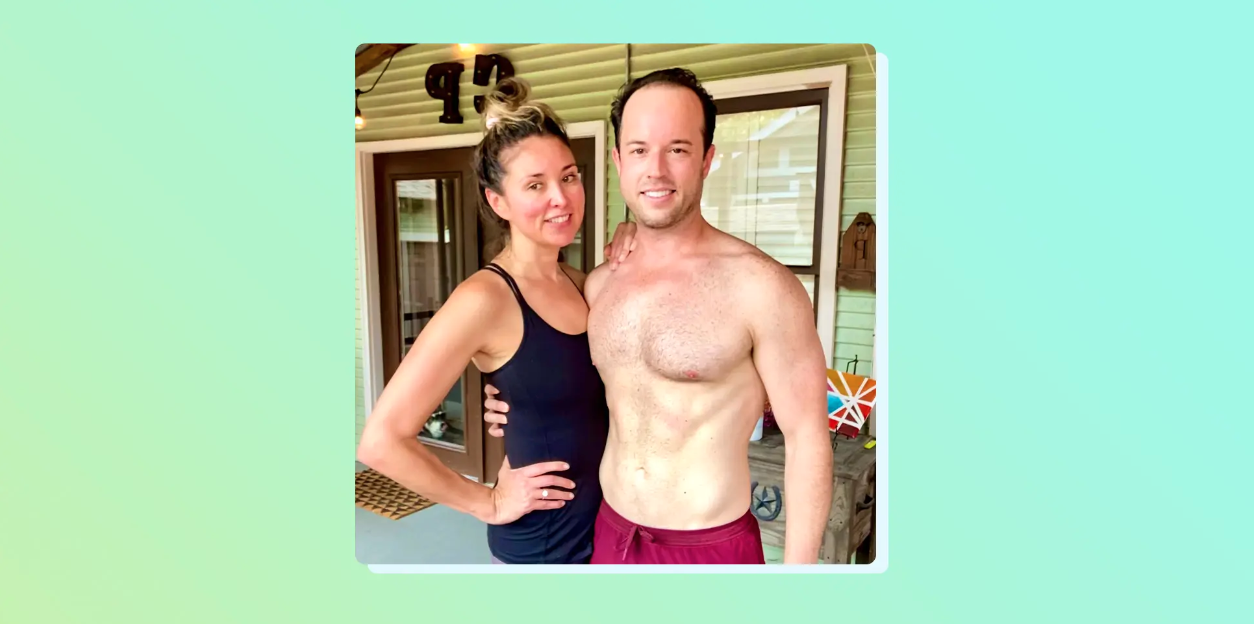
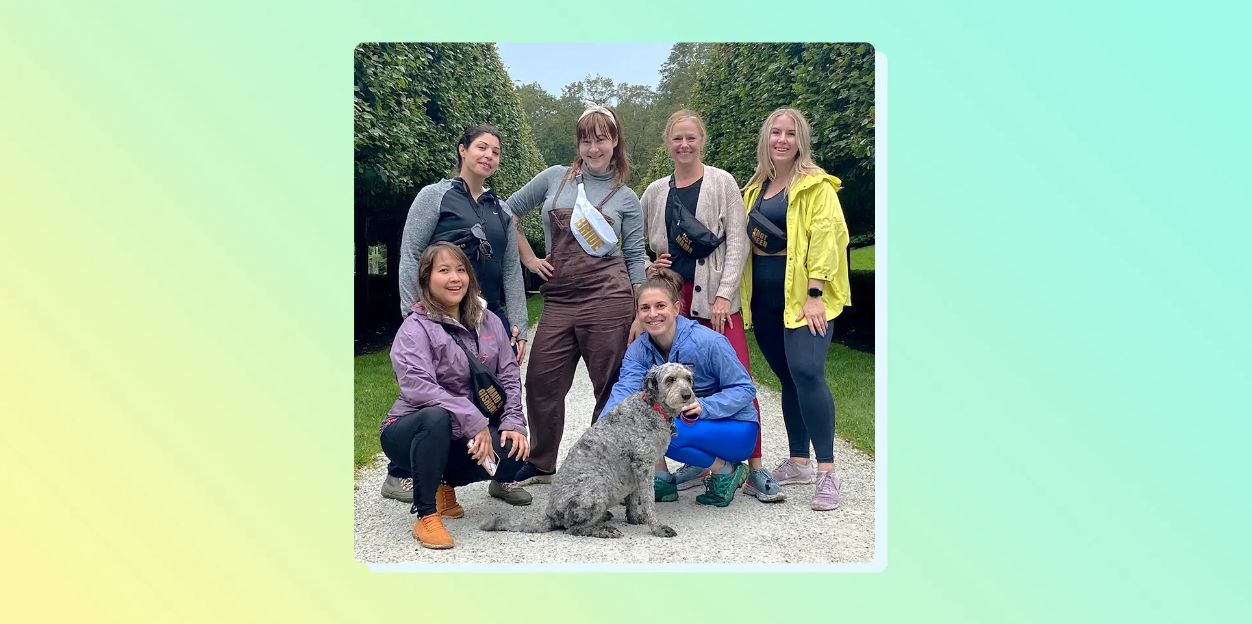
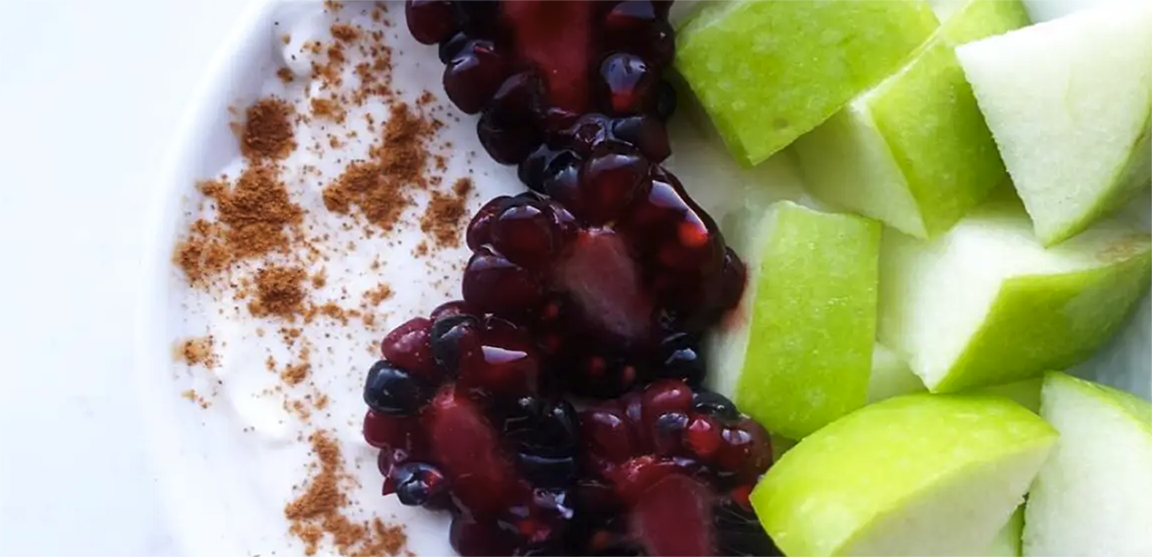

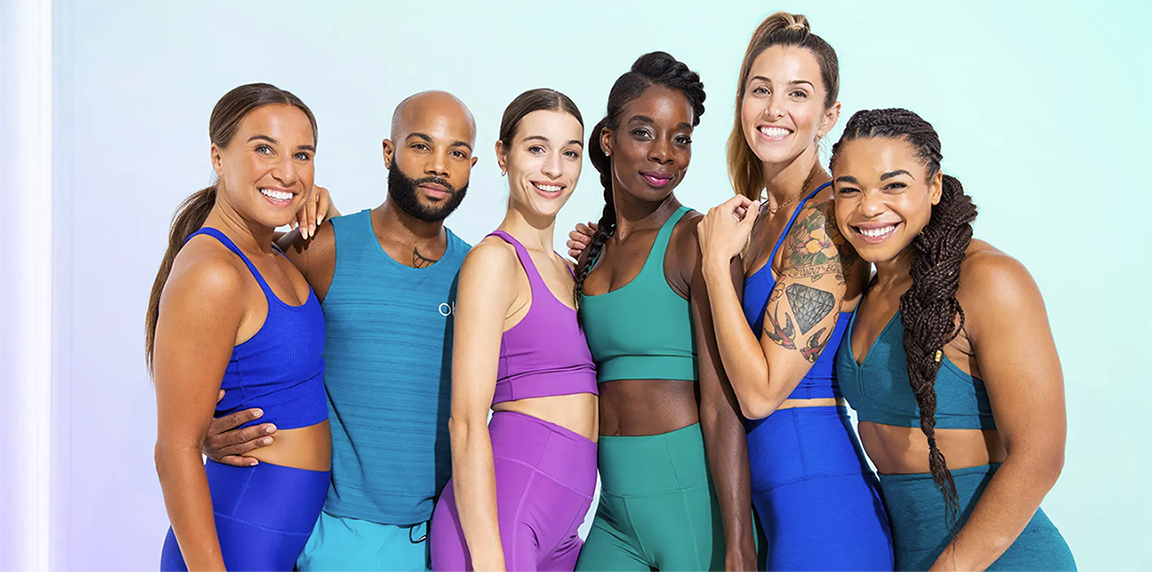
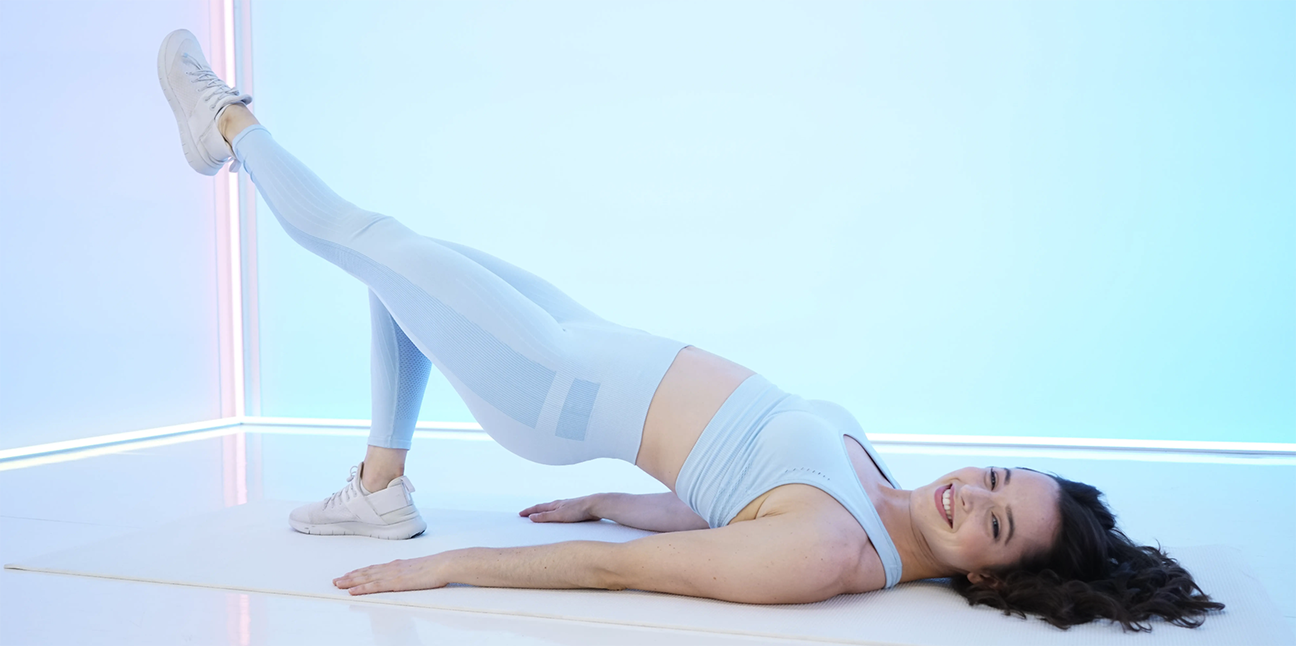
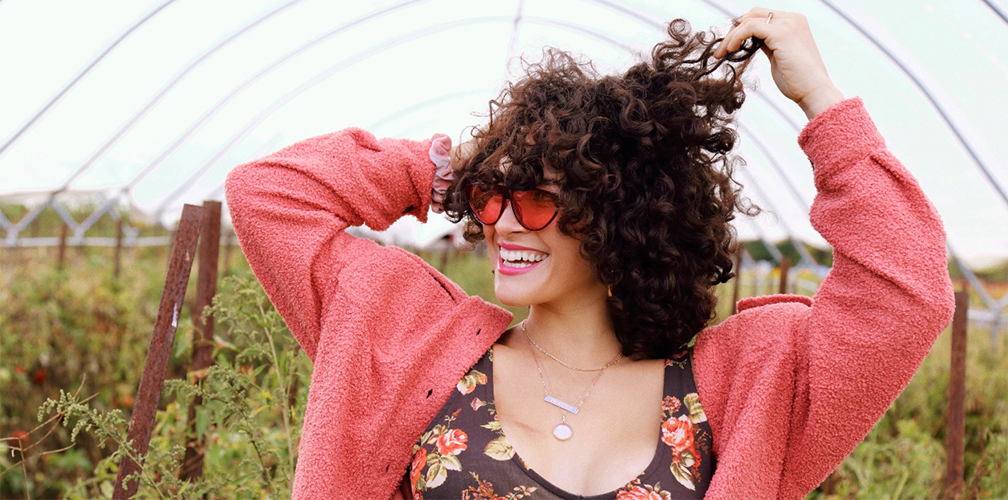
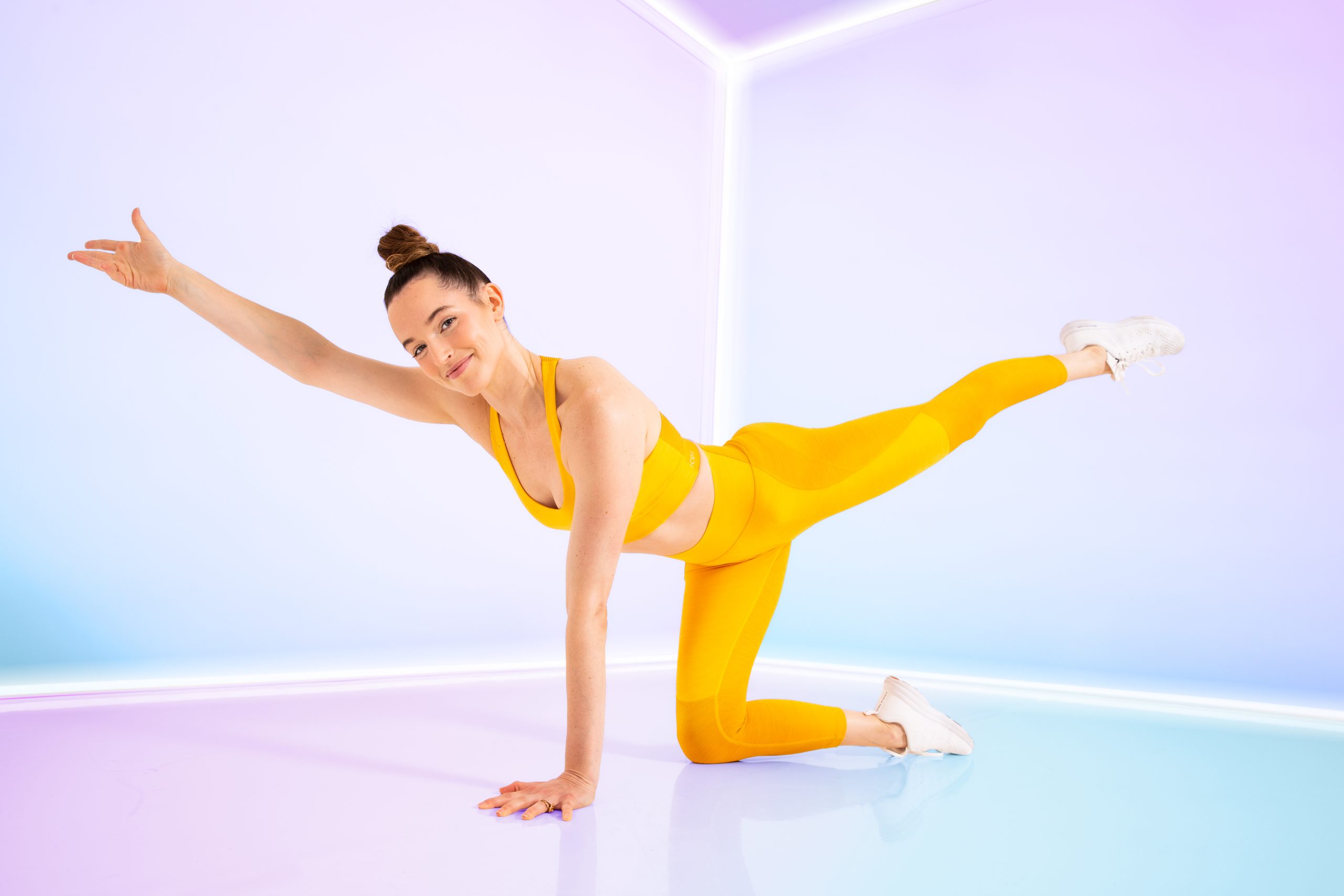
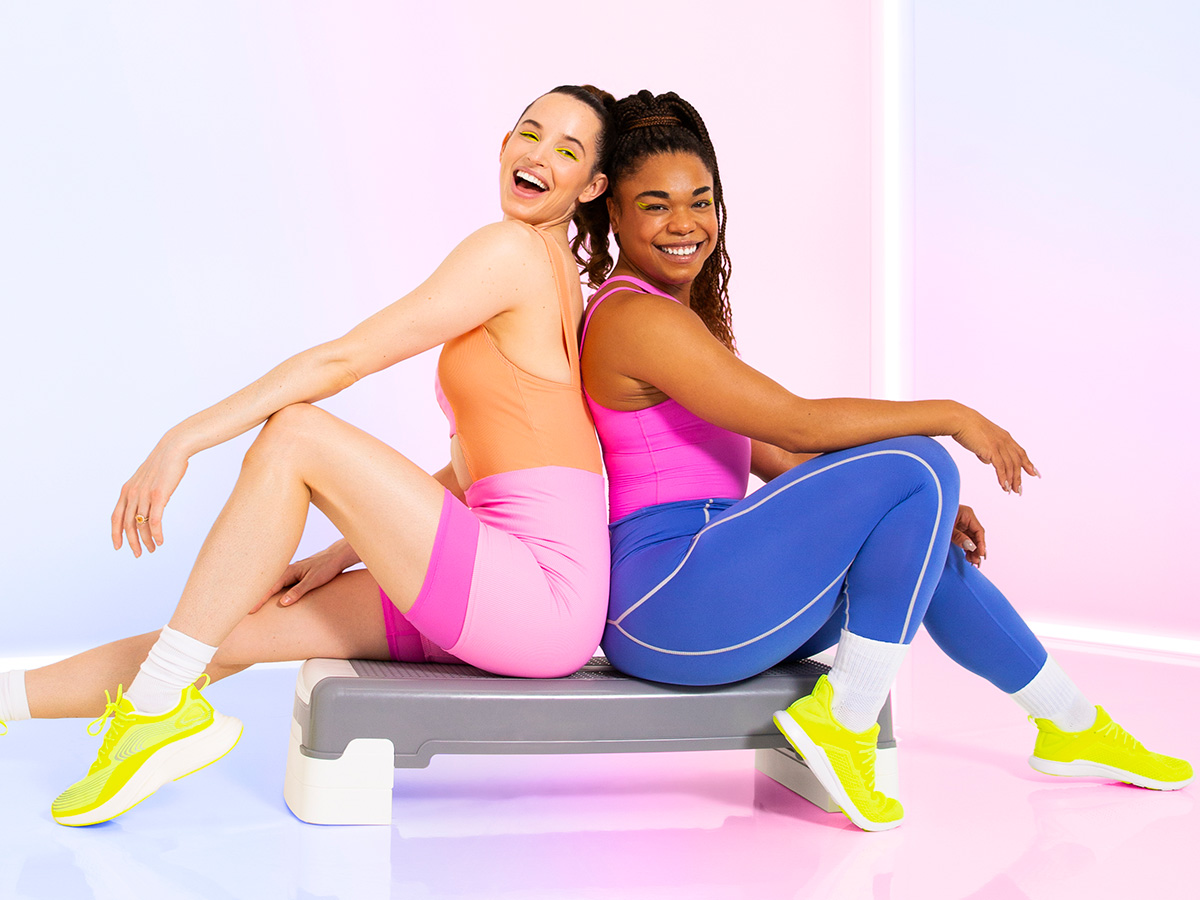
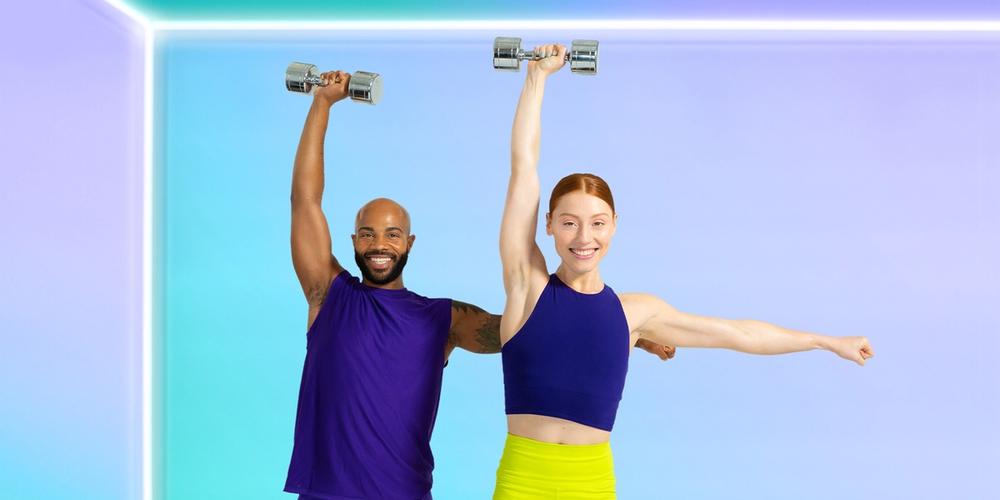
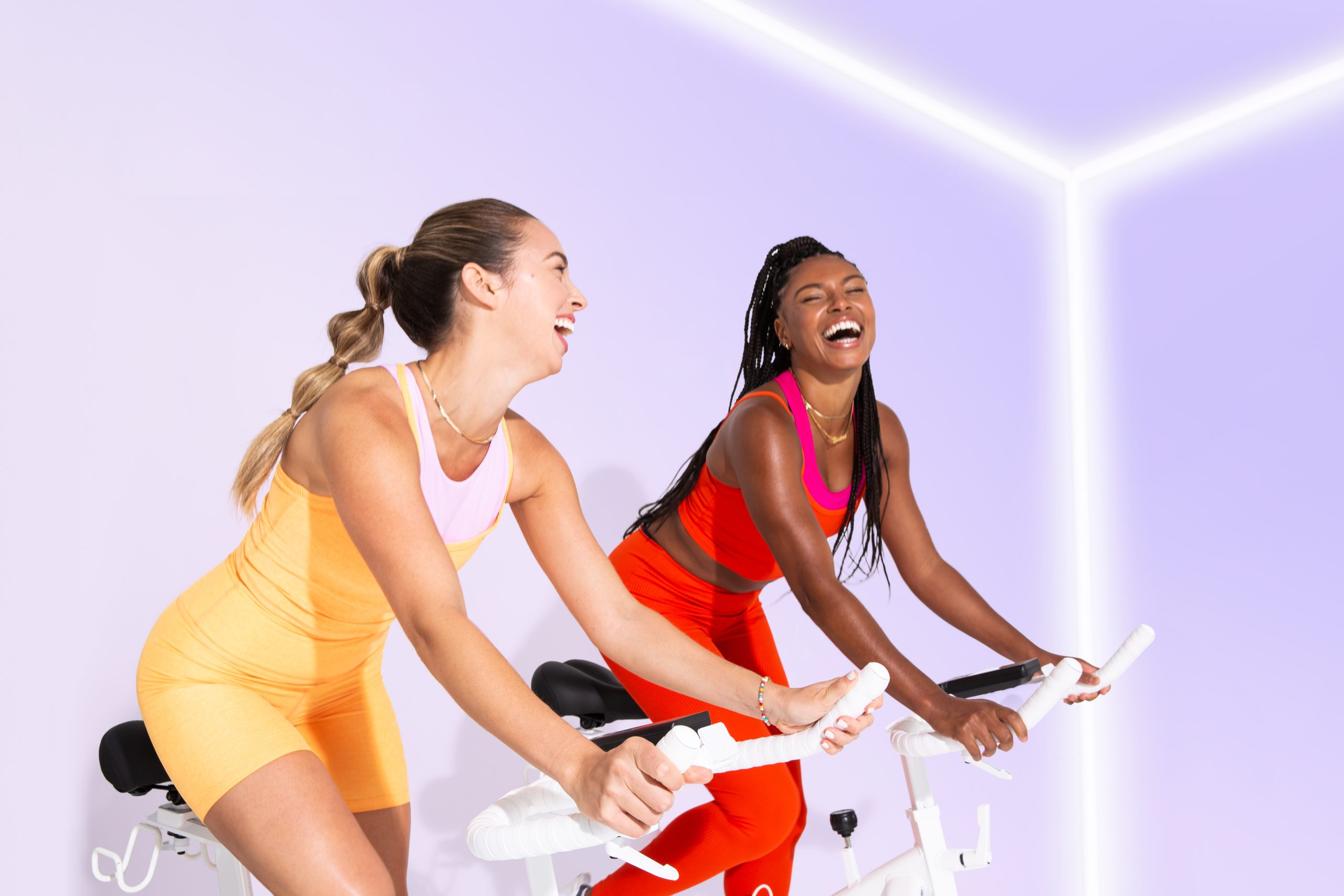
Leave a Reply to Allison M Cancel reply